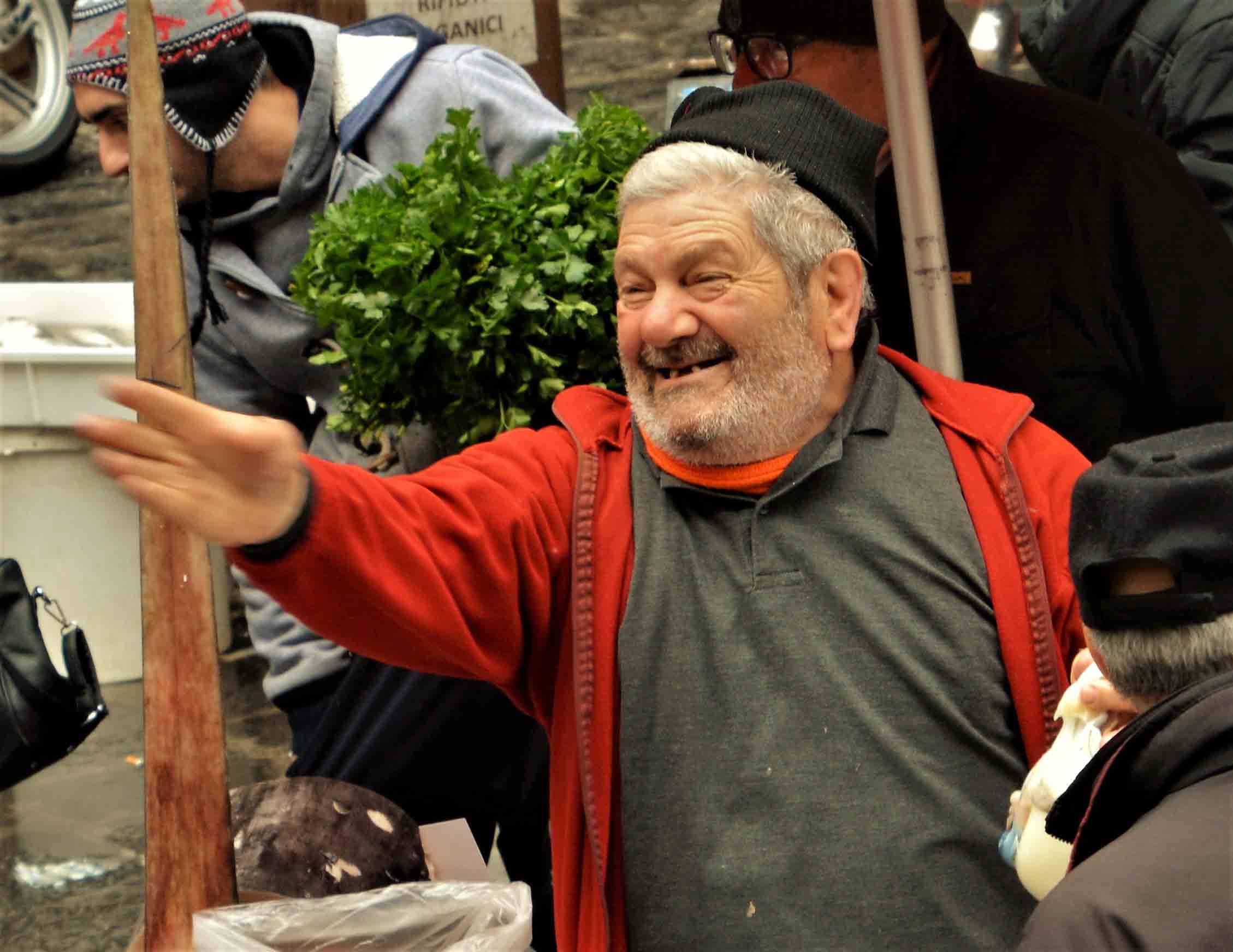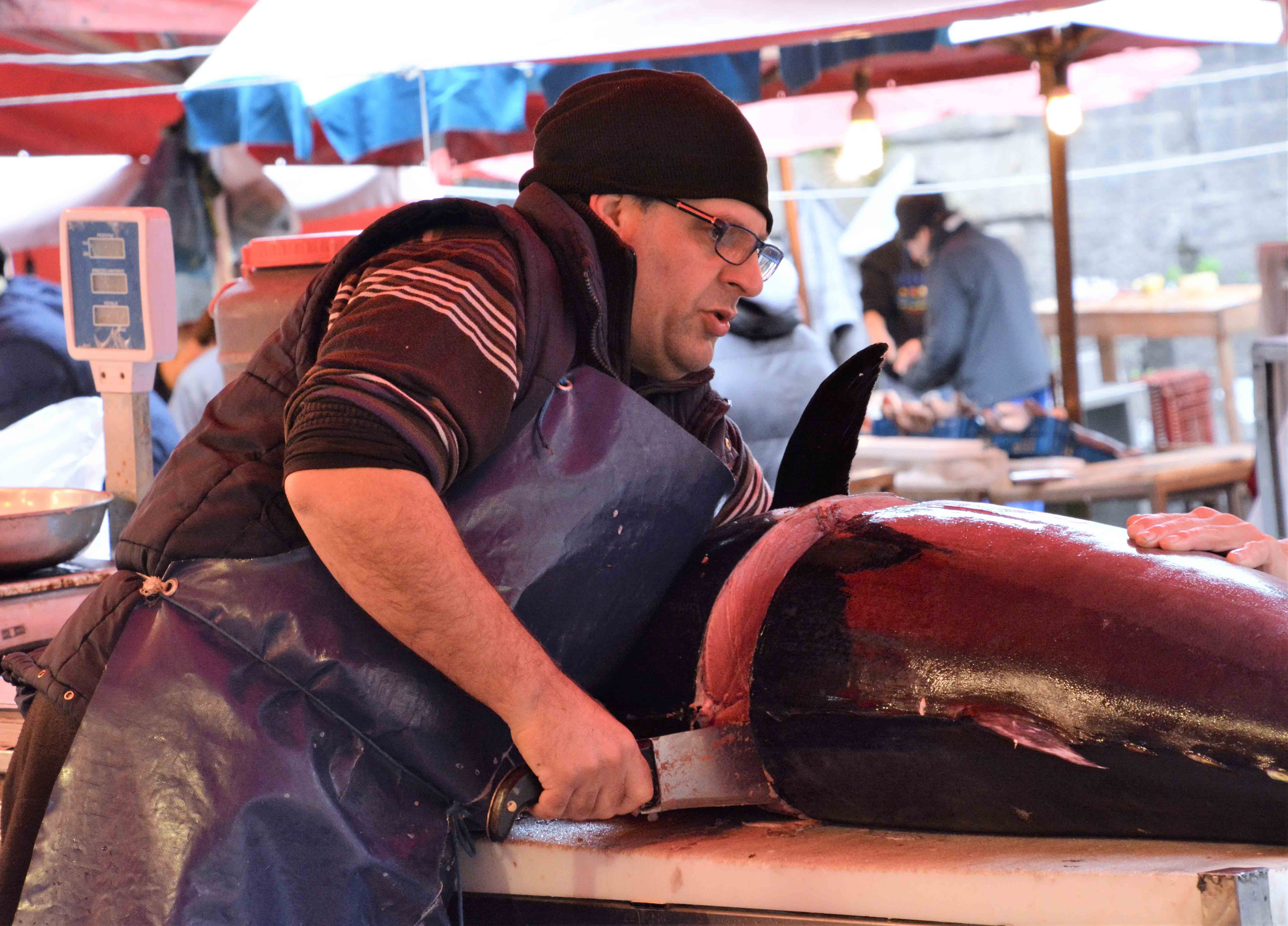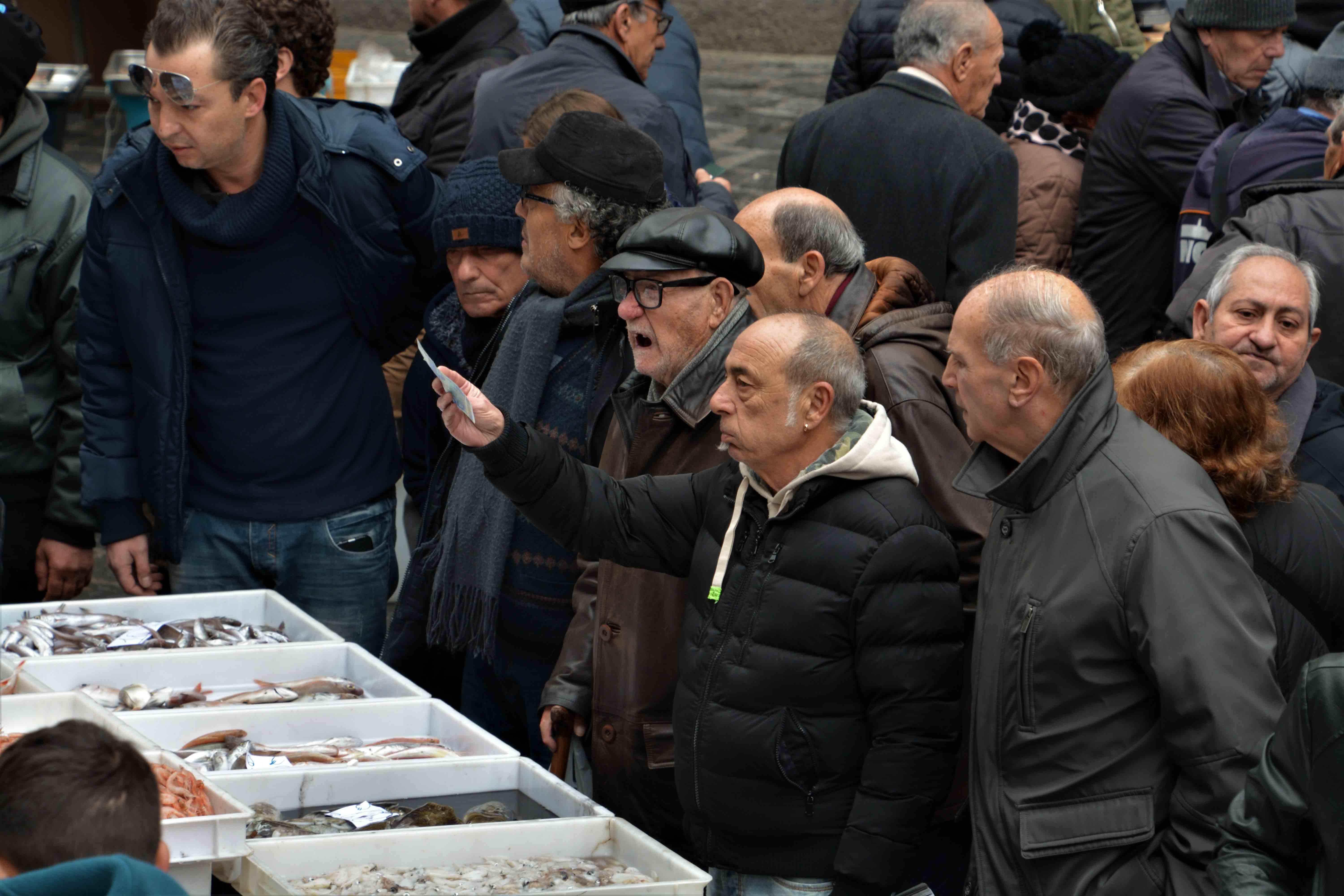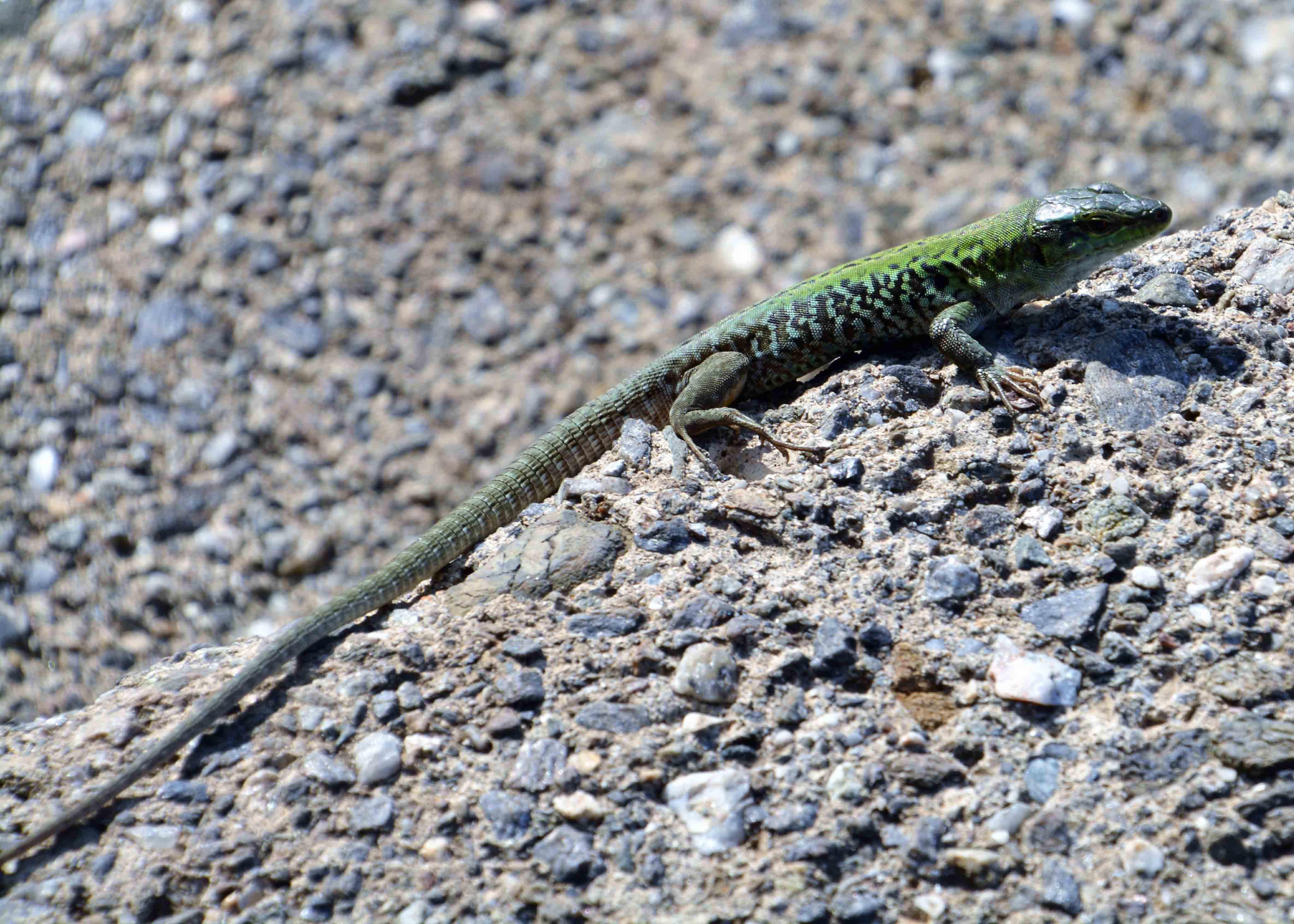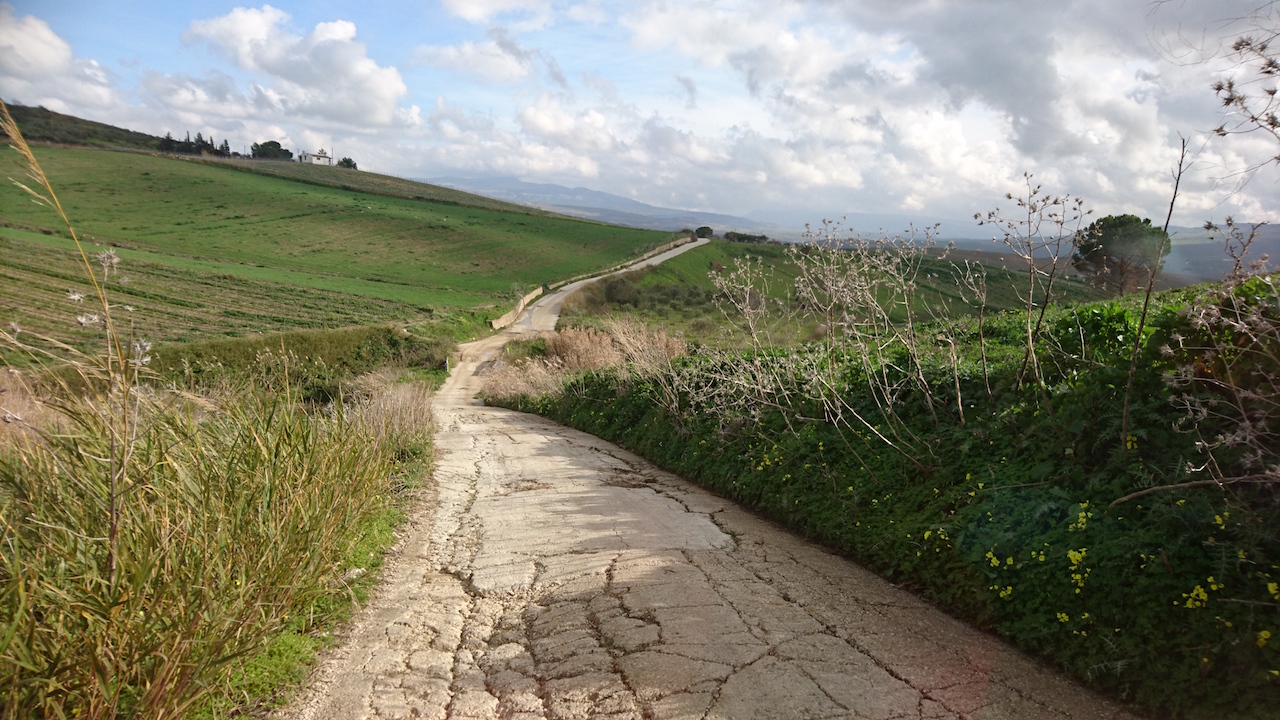
We spent this week in a remote corner of Bulgaria enjoying the wild landscape of the Rhodopes mountains, swapping van life for the comfort of a farm guesthouse.
On our last night in Greece, we wild camped by the harbour in Farni. It’s a village close to the border with Bulgaria and near Lake Vistonida.
It was a good spot for flamingo watching.

But thanks to some boy racers revving up round the van after 3 am, we didn’t have a very restful night. Things did eventually quieten down but we headed for the border feeling exhausted.
Thankfully the crossing into Bulgaria was painless. The road there was excellent and the process very smooth.

Pull up to a booth with Greece passport control in one window, Bulgaria in the other, buy the 15 euro road tax vignette and then we were on our way to the Eastern Rhodopes mountains, home to wolves, bears and vultures. ….
…and very, very loud frogs. (I’ve put a Campervanmatters tweet up with a recording of them…forgive the abysmal filming! It’s the first attempt at putting video on the blog.)

We pulled over by this lake astonished at the din from their mating.

Our destination was the village of Gorno Pole.

We were staying at the Wild Farm where Beti and her husband Nickolai and their four children have lived and farmed for over 20 years. It’s a big organic farm with around 700 cows which they raise for beef. We discovered when we got there that the couple have also very recently become reality TV stars in Bulgaria since they took part in ‘Fermata’ (The Farm).

Beti and Nicholai were the ones setting farm challenges to farmers and celebrities in the series which attracted over 1 million viewers per episode hence the reason why she is now finding herself in the odd position being asked for selfies from total strangers when she travels within Bulgaria.
Gorno Pole really is very remote. The village has just 59, mostly elderly, inhabitants. Most of the young people have moved to the city or abroad to find work.
Here’s the main square of the village…the building on the right is the shop though it’s hard to tell that from the outside.

It only opens in the mornings.

Judging from the way locals gathered outside in the mornings, it looks like the shop also serves as a sort of community centre for the village and maybe a mediation centre too judging by the heated exchanges we overheard as we passed one morning. It was most likely a row over why one man’s donkey was grazing on a patch normally used by another man’s goats, we were told later.
But the striking feature of the village was the number of derelict houses….beautiful stone buildings with traditional tiled roofs, all tumbling to the ground.

The problem is that many are impossible to sell for renovation because there could be 50 or more family owners with a share in the same house. So the willing buyer faces a lengthy and potentially costly task even to get to the first base of finding who has authority to sell.
We heard this is a problem not just in this part of the country but in the centre of cities in Bulgaria where properties with multiple owners have scattered far and wide.

Ivo was lucky. He and his wife came to Gorno Pole because they wanted to raise their young family in the country. They came close to buying one house in the village but discovered at the 11th hour, their ‘seller’ owned just one fifteenth of the property. They pulled out but luckily found another house next door with just one owner. They are doing it up by themselves bit by bit, a story he is telling in a blog called Happyrhodopes.blogspot.com which is in Bulgarian but with the photos and the sometimes weird Google translation, you get the gist of their ‘Good Life’ story.
Before coming to Gorno Pole, Ivo’s career was spent working on vulture conservation projects so he was the ideal person ….

….to guide us to this spot on the mountainside where we saw vultures nesting in the cliffs and, rising up the thermals in front of us, fly overhead…

….including this rare sight, an Egyptian vulture back from Africa to nest.

In the valley below we could see the sweep of the Arda river where during the Balkan war in 1912, after the border with Greece was redrawn, some 2000 women and children trying to return to Bulgaria were killed by the pursuing army of the Ottoman Empire ….

Also in sight is the closest town to Gorno Pole. It’s Madzharovo, once a prosperous mining town with 10,000 inhabitants…

…and now a ghost town since the closure of the mines in 1997. Today there are just 600 inhabitants and we heard you can buy one of the apartments in these high rise blocks for about £1500.

Vultures and wolves:
Of course, it’s not strictly true that everyone is leaving Madzharovo. We met Vanya who came to live there very recently when she took up her new job at the Vulture Conservation Centre.

The centre’s work includes giving cows to local farmers on the basis that more stock = more carcasses = more food for the vultures. But an ongoing challenge for them is persuading local farmers to shoot wolves (and claim the Government bounty for it) instead of putting out poison to kill them which has the result of killing off the feeding vultures. But even though the Government also pays farmers compensation if wolves do kill their livestock, the practice of poisoning is proving hard to stop.
We heard that all the local shepherds have stories of wolves brazenly walking into their herds and flocks and snatching a lamb or calf. We were also told how the cows when threatened by the wolves put their calves into the middle of a circle and run round them to keep the wolves at bay.
However when we went walking ourselves on a long hike through the mountains, it wasn’t the wolves we were worried about. We had enough assurances that they are not interested in attacking people. Instead, we were advised to watch out for the fierce sheepdogs.
Beti was more sanguine. ‘Just throw stones at them. The dogs hate the stones’.

Ivan, the shepherd we met on the hillside, didn’t seem as confident about our ability to protect ourselves.

He was eating his lunch when we walked past him but he called out to us to stop and we understood enough to know from his sign language that we shouldn’t go any further but should wait for him to finish. He then accompanied us down the mountain and safely past his dogs – named Hitler and Stalin – throwing stones at them himself to keep them away!

On our way back that evening, on a different hillside, we heard the tell tale tinkle of bells. A flock of sheep and goats was nearby. We stopped still, armed ourselves with stones, bracing ourselves for when the sheep dogs caught sight of us. We could hear in the distance someone talking. It was the shepherd on his mobile phone, too deep in conversation to notice the fearty townies stranded and waiting for the signal from him that we were safe to pass….
…….and move into territory where the only animals we disturbed were cows from Wild Farm grazing on the mountainside…….or in this one’s case, feeding her calf.

In the village of Borislatvsi, Beti and her daughter Beti kindly introduced us to Georgi Cholakov. He was a miner but now in retirement devotes his time to building his own private museum where his collection of exhibits from the local region ranges from Roman jewellery to memorabilia from Bulgaria’s recent communist past and more.

He has a special room dedicated to the history of mining in the local area. This photo caught the eye. Camels? Yes, it seems camels were once used to shift loads at the mines before eventually being replaced by trucks.


Maybe for Stuart this was the most eye catching exhibit….it is a catfish caught in the lake nearby.

And they are still out there for the catching apparently. The previous week one of these river monsters capsized a fishing boat….or so they told us.

And also in Borislatvsi, we popped in to the little home factory where Hristo and his wife roast locally grown sesame seeds to make tahini. They also produce their own honey so we had a tasting.

The most delicious was the paste mixed with one quarter honey to three-quarters tahini which is delicious spread on spread or, as we tried it, eaten by the spoon load direct from the bowl.

Easter celebrations:
On Good Friday I joined Beti and her daughter in the small congregation at the Orthodox church service. Amidst the icons, the incense and the candles and the chanting, there was a very contemporary addition. The lay helper leading the priest in procession round the small church was holding aloft his smart phone to read the prayers he was chanting.

And back at the Wild Farm, it looked like our fellow guests were having a very traditional Easter Sunday morning. We arrived for breakfast to be greeted with ‘Christ is Risen’ and welcomed to join the egg fighting.

It looked like the object was to use the beautifully painted egg like a weapon and crack your opponent’s egg to win for yourself a lucky year or lucky day.
At least that’s what we think they said. So far we’ve picked up just enough Bulgarian to say the informal words for thank you (mersi) and goodbye (chao chao) which sound reassuringly familiar.
We’ve had a very relaxing week in the Rhodopes but tomorrow we will be saying ‘mersi’ and ‘chao chao’ to Beti and will be heading northwards to stay on a camp site in the Stara Zagora area and then onward north and west.
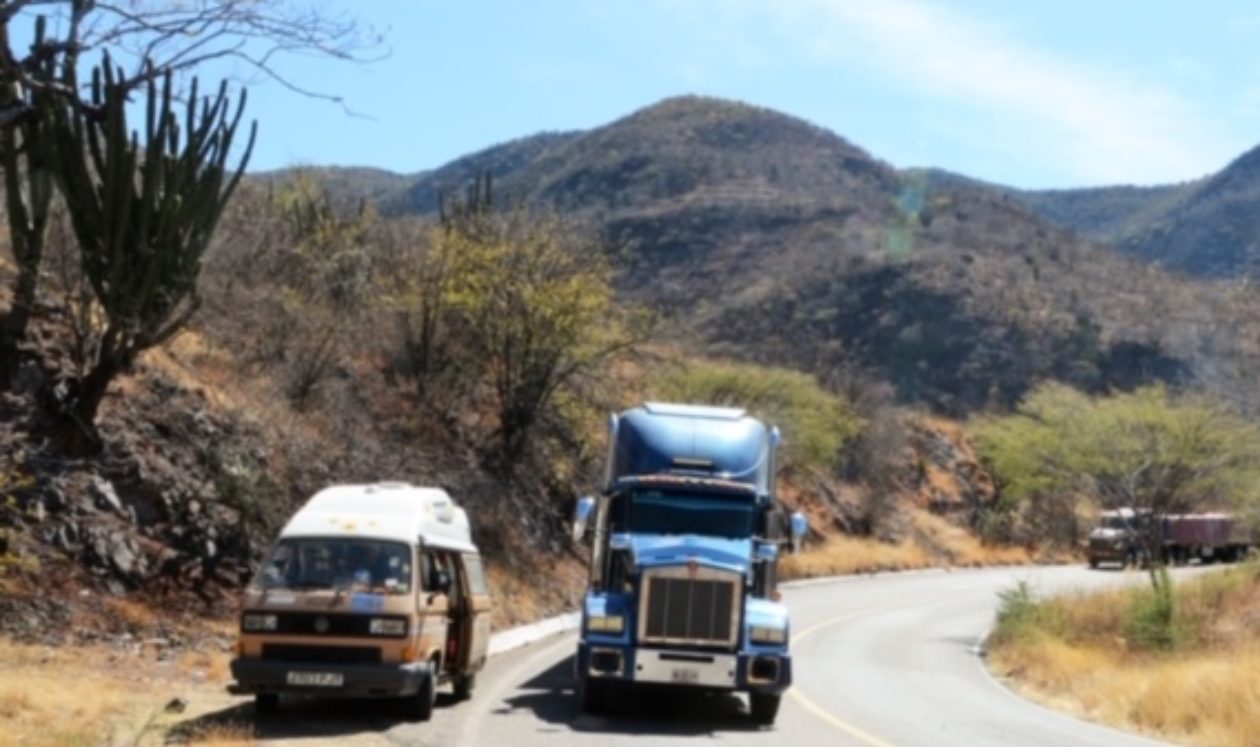










































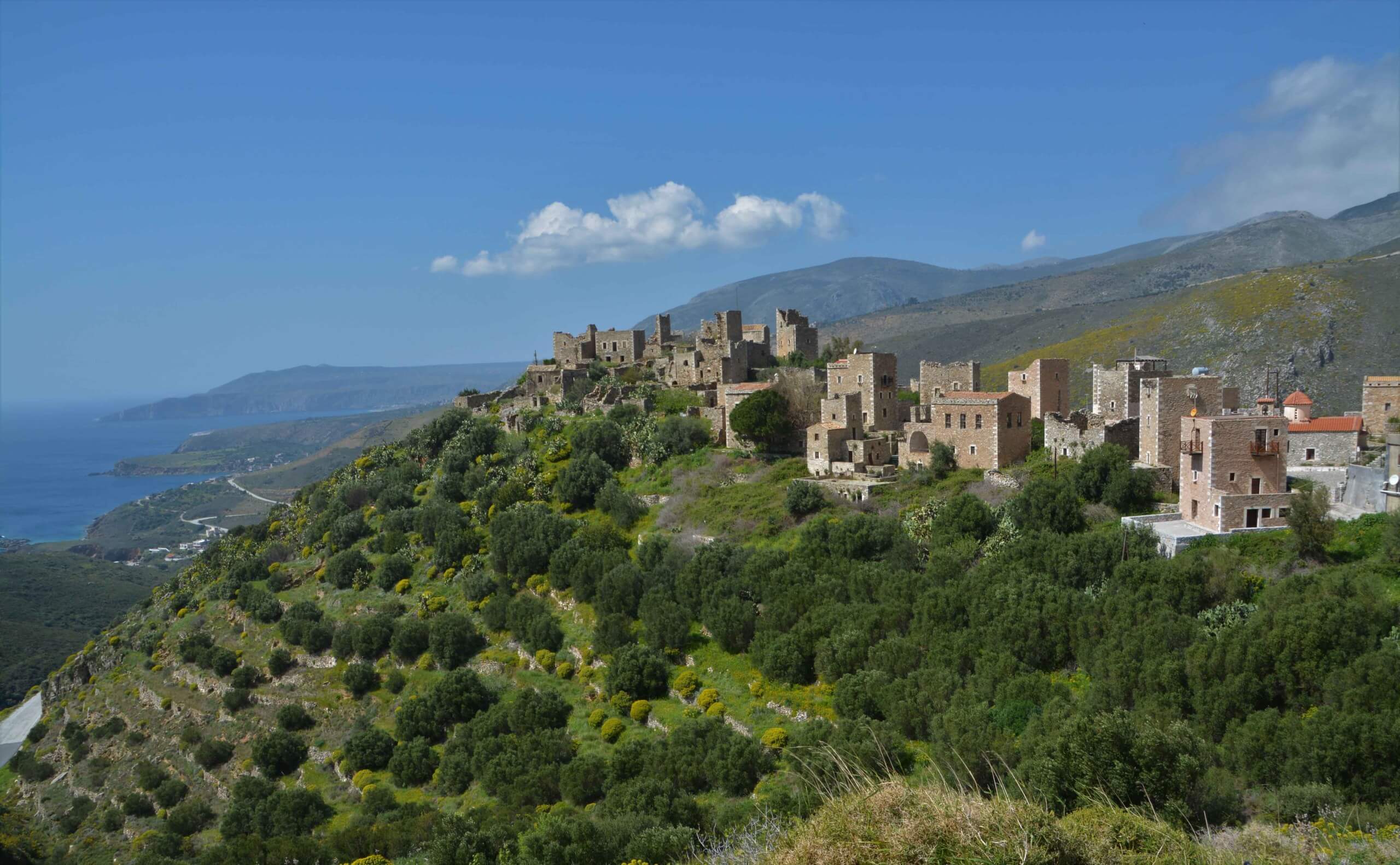
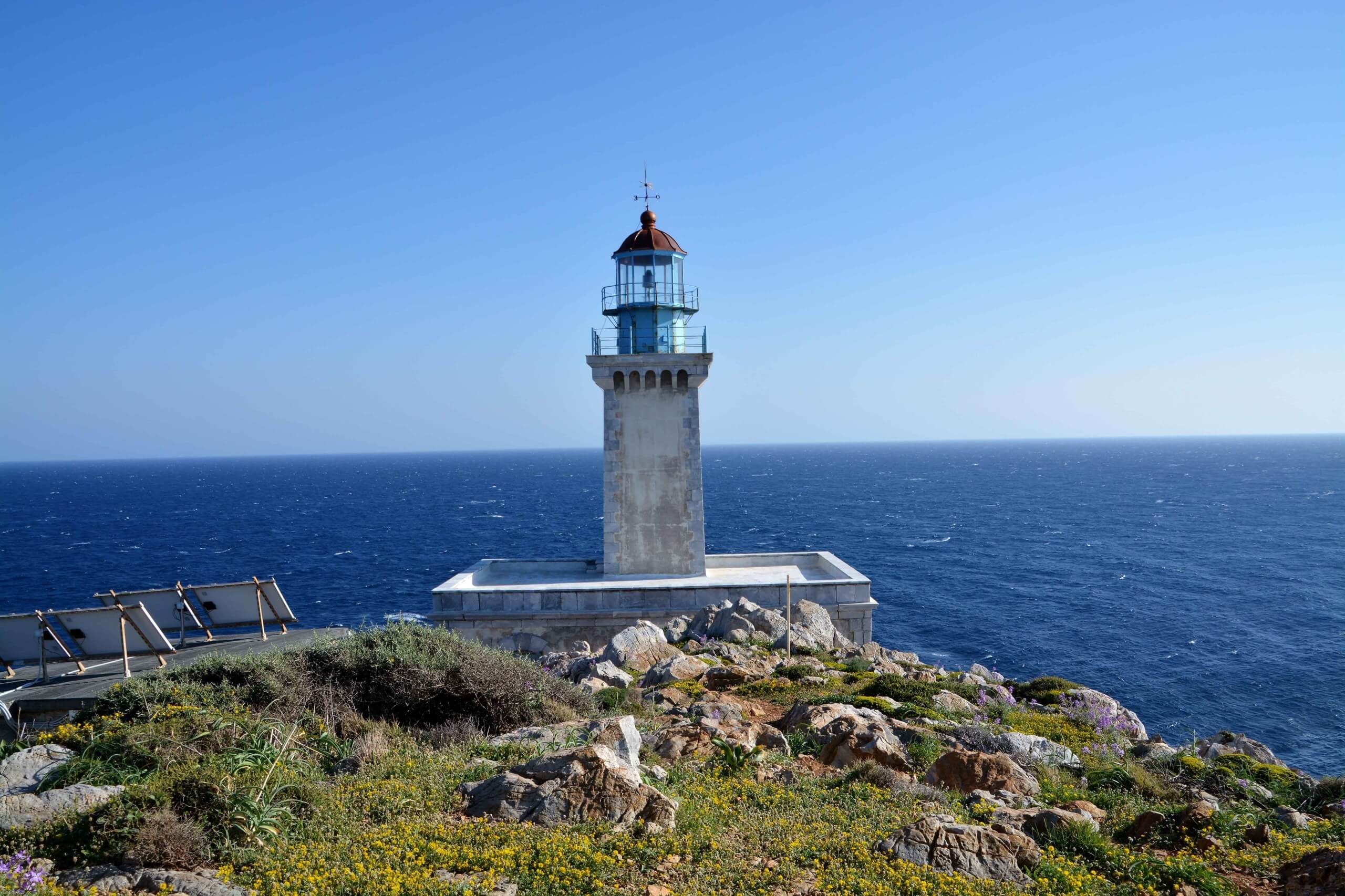
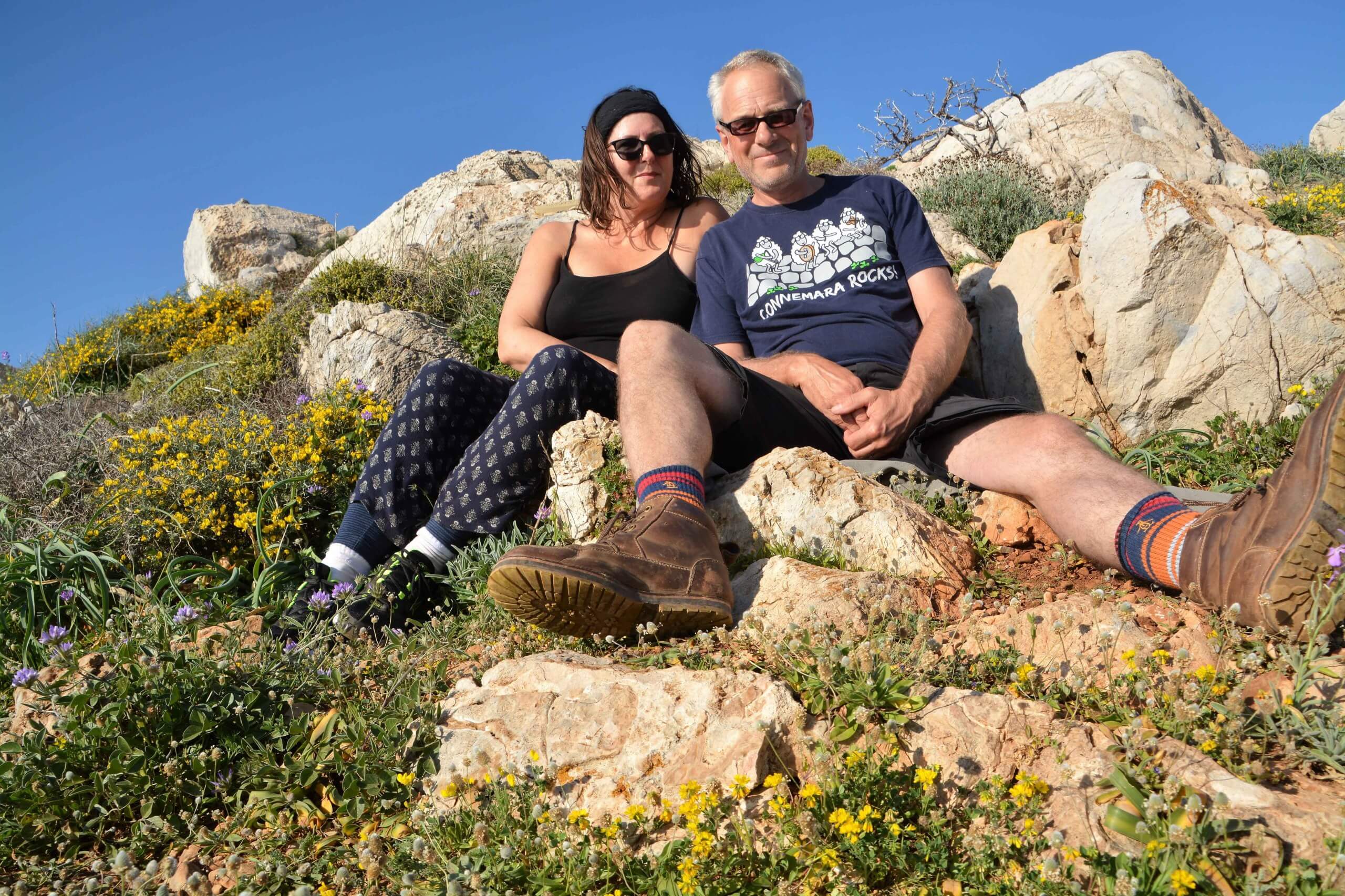
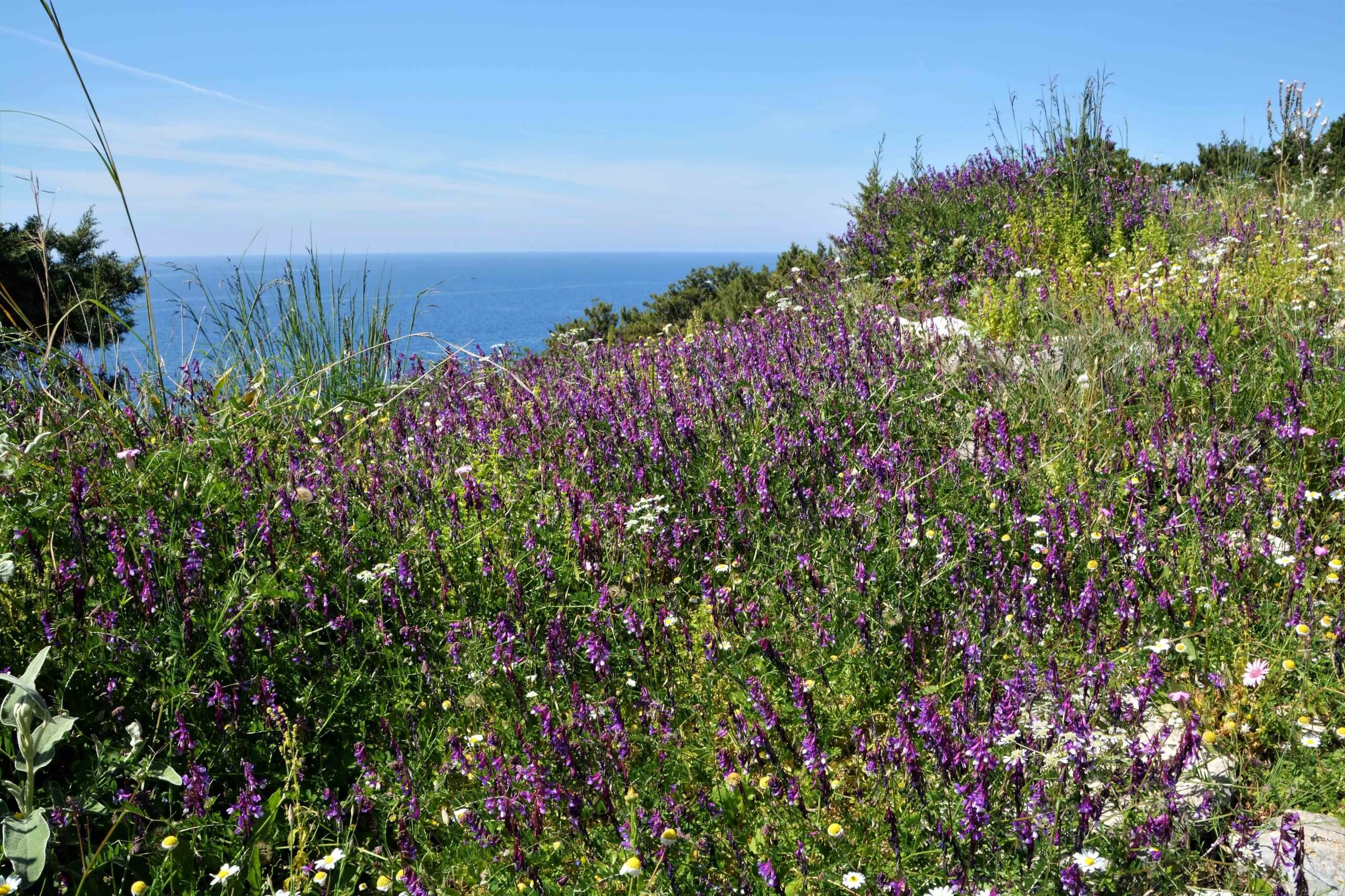
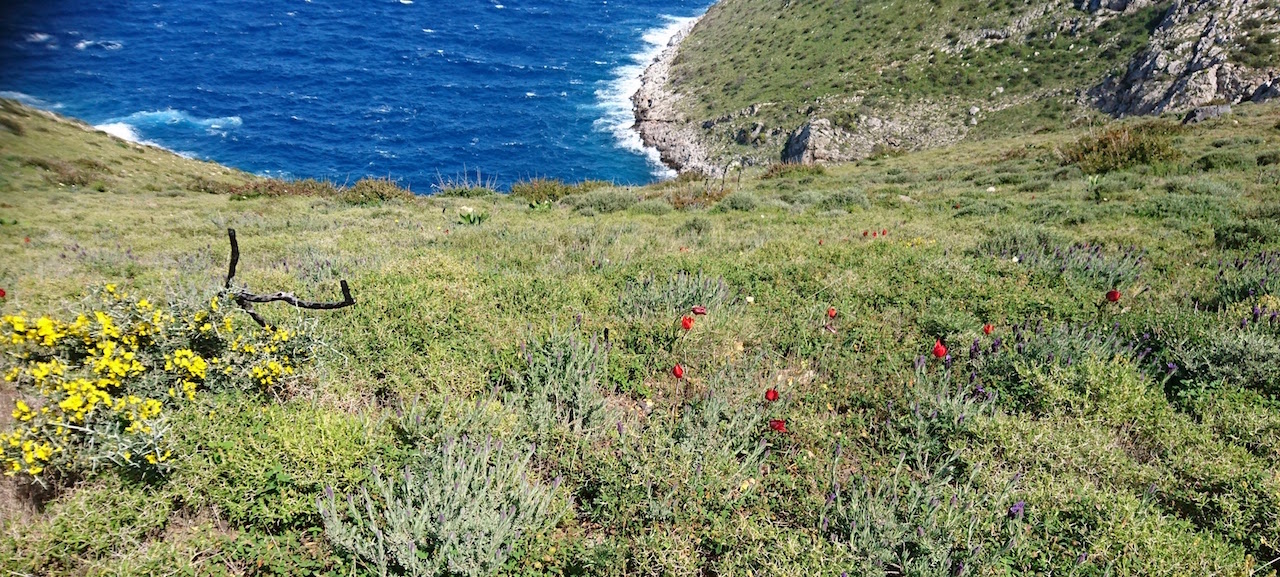
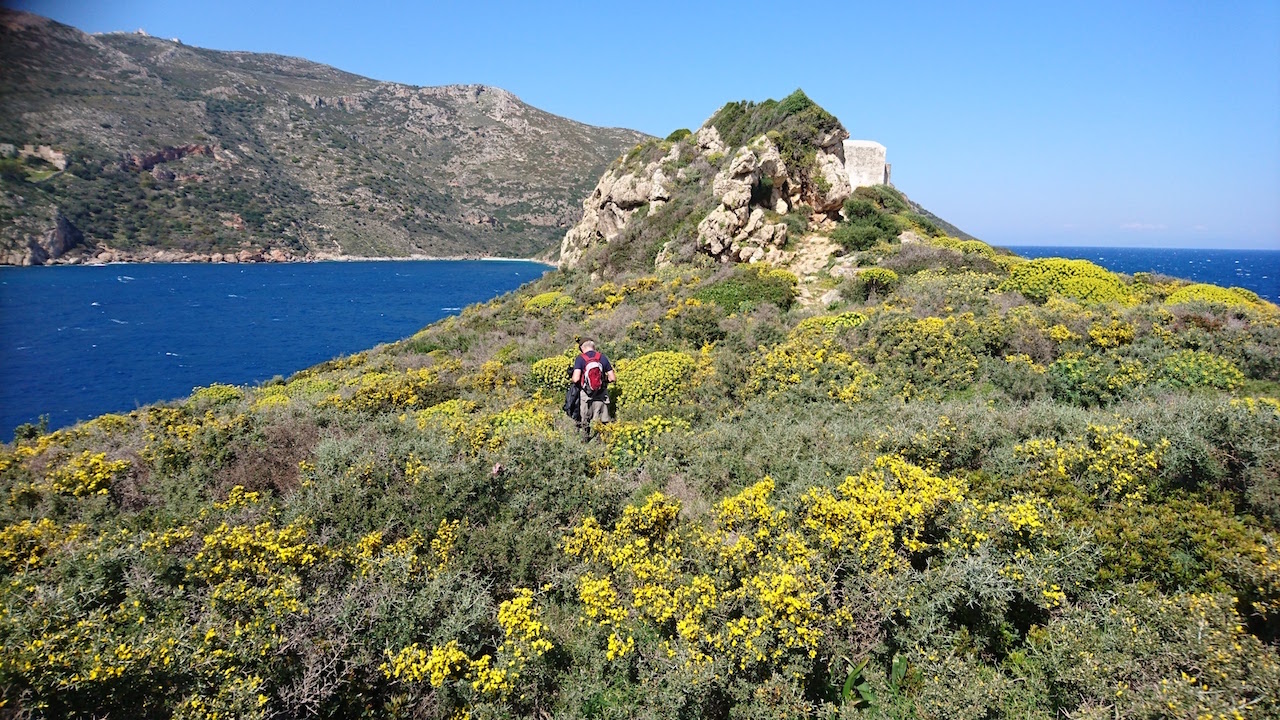
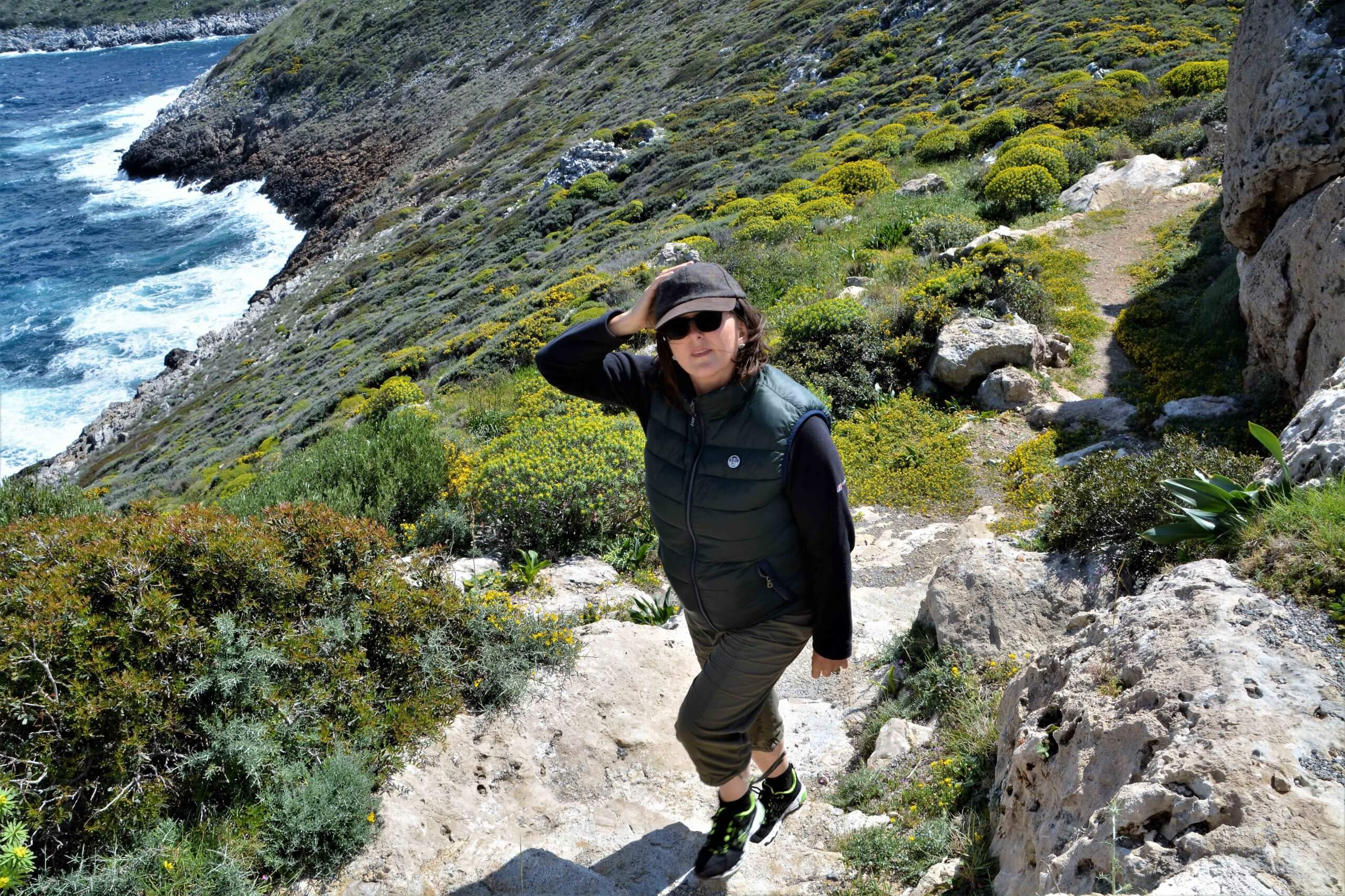
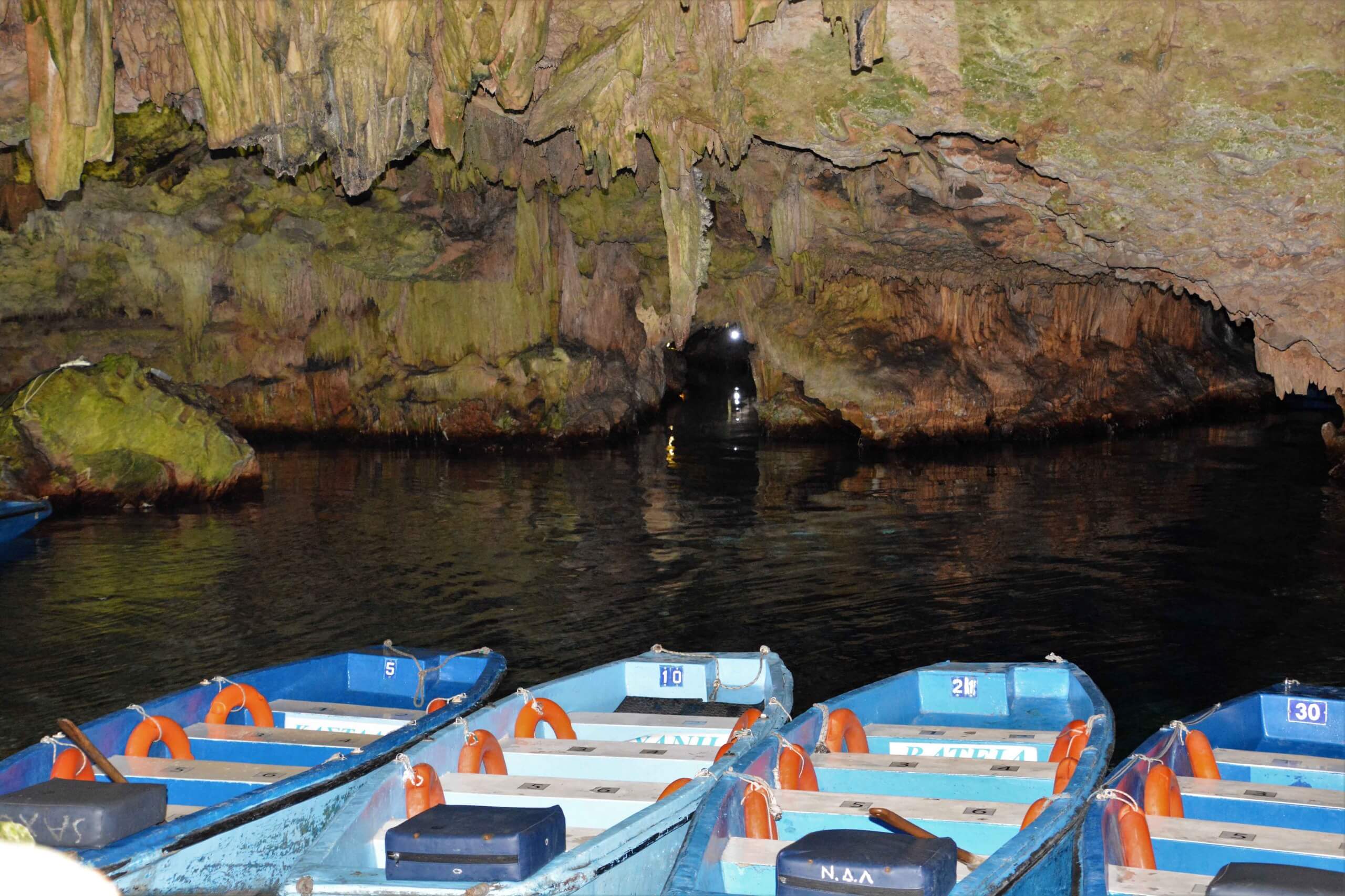
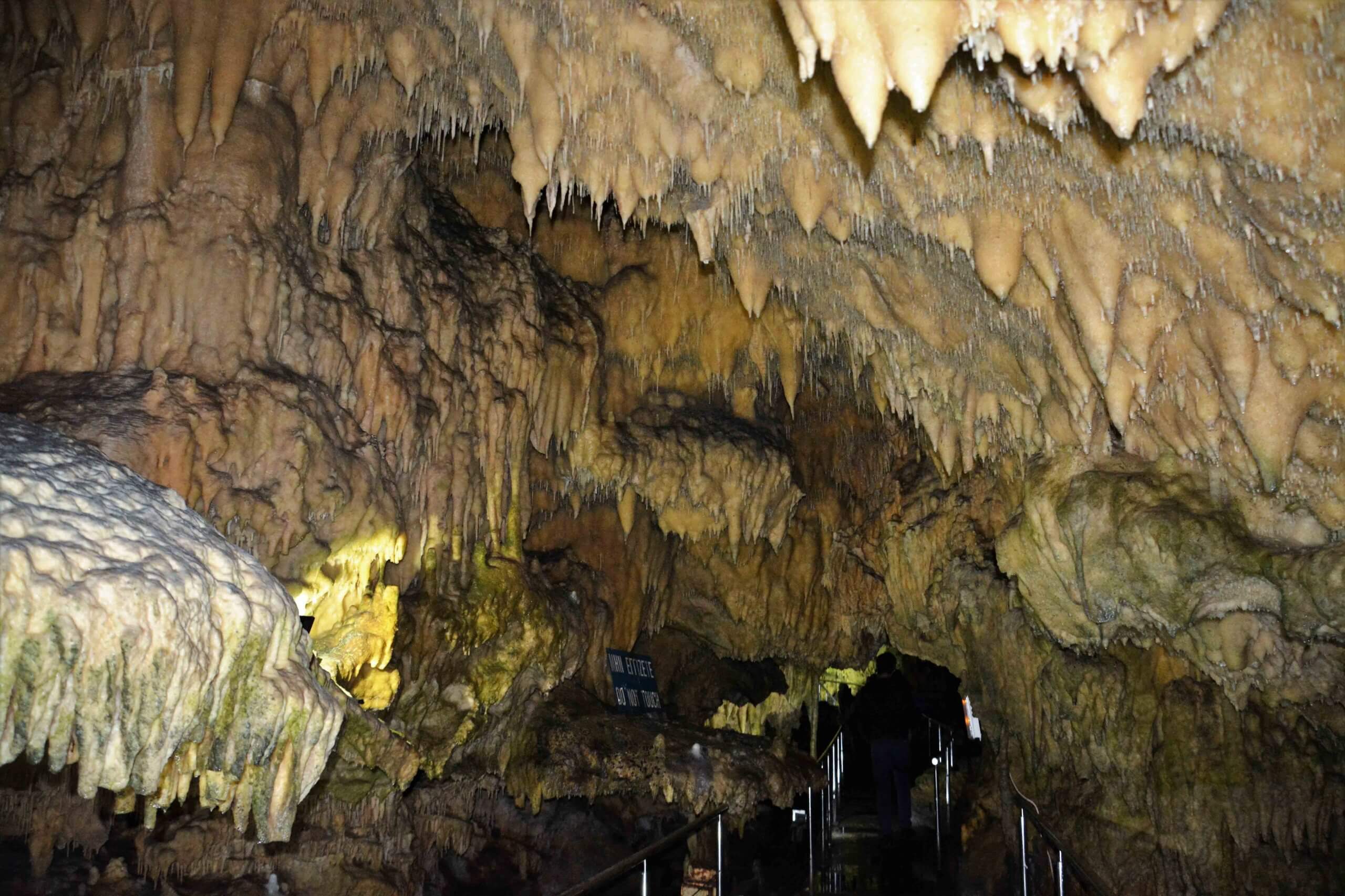
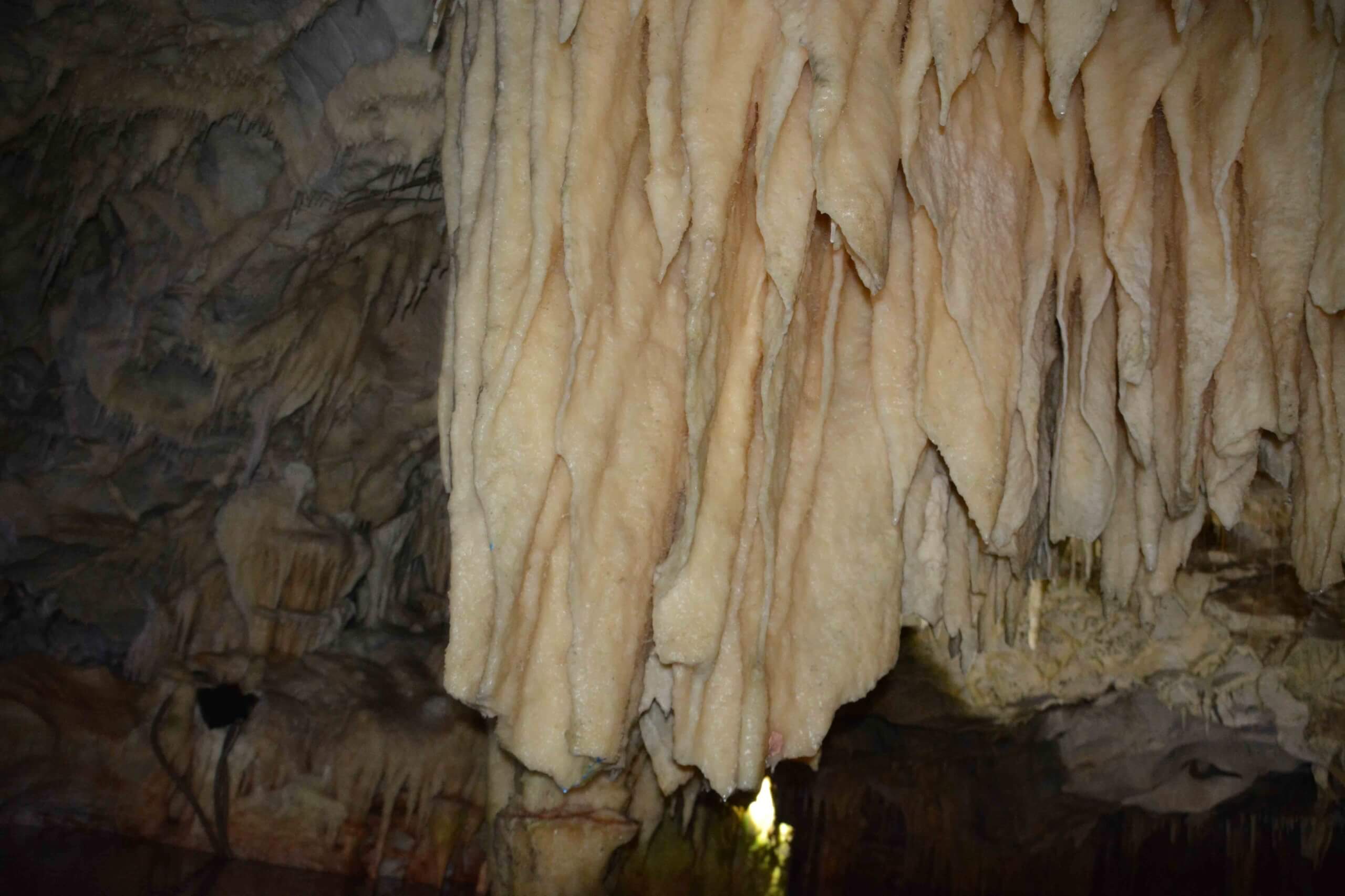
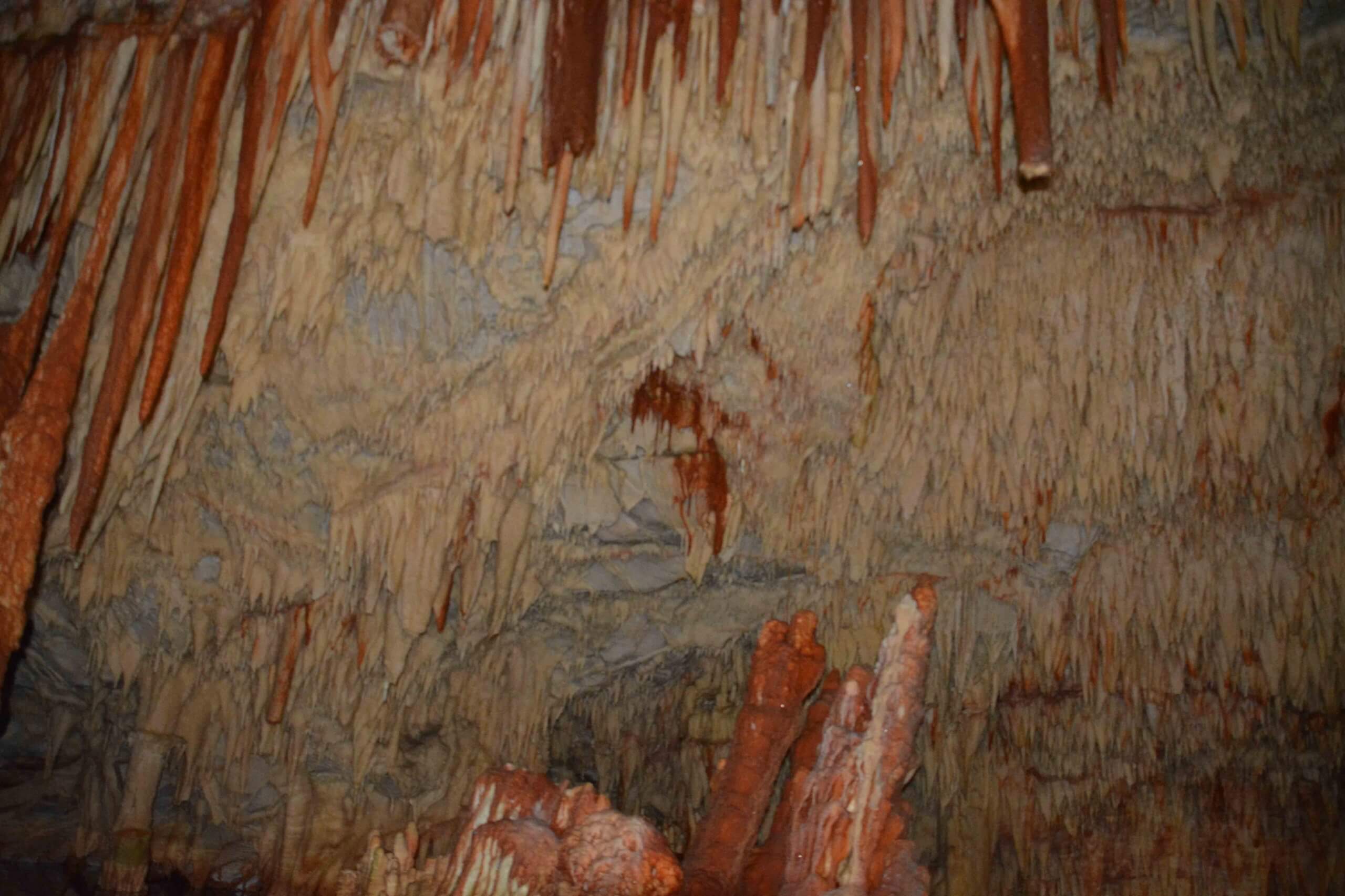
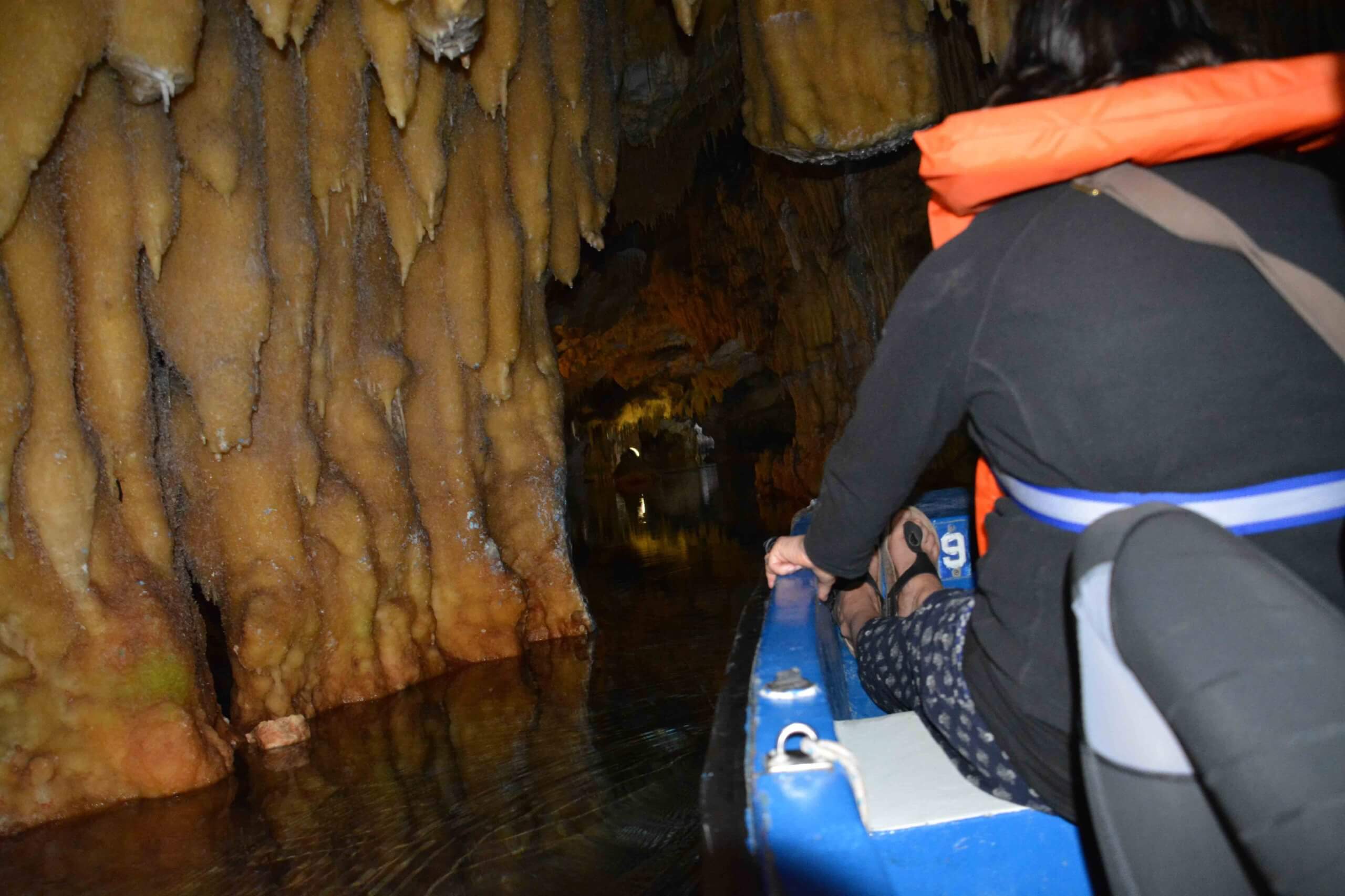
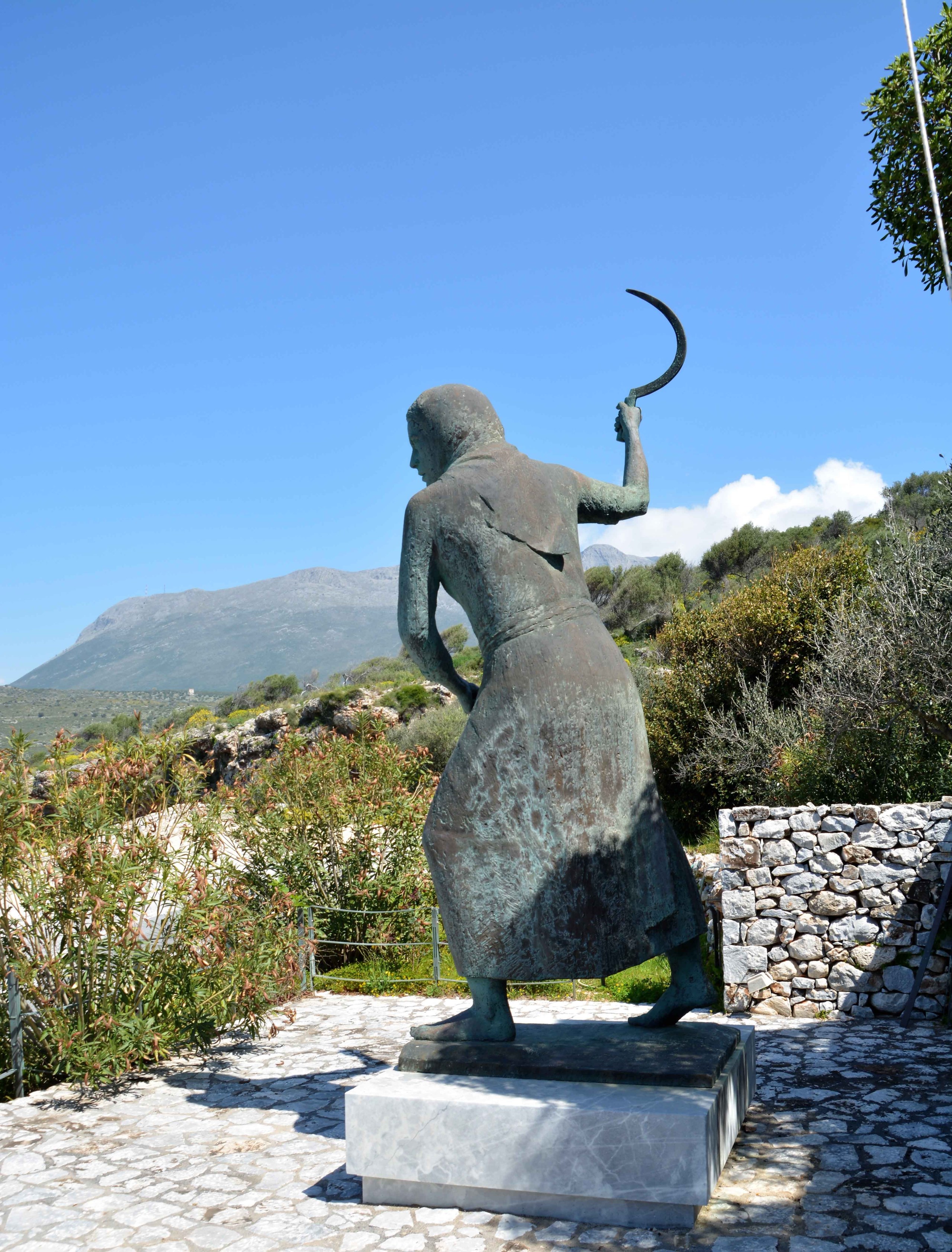
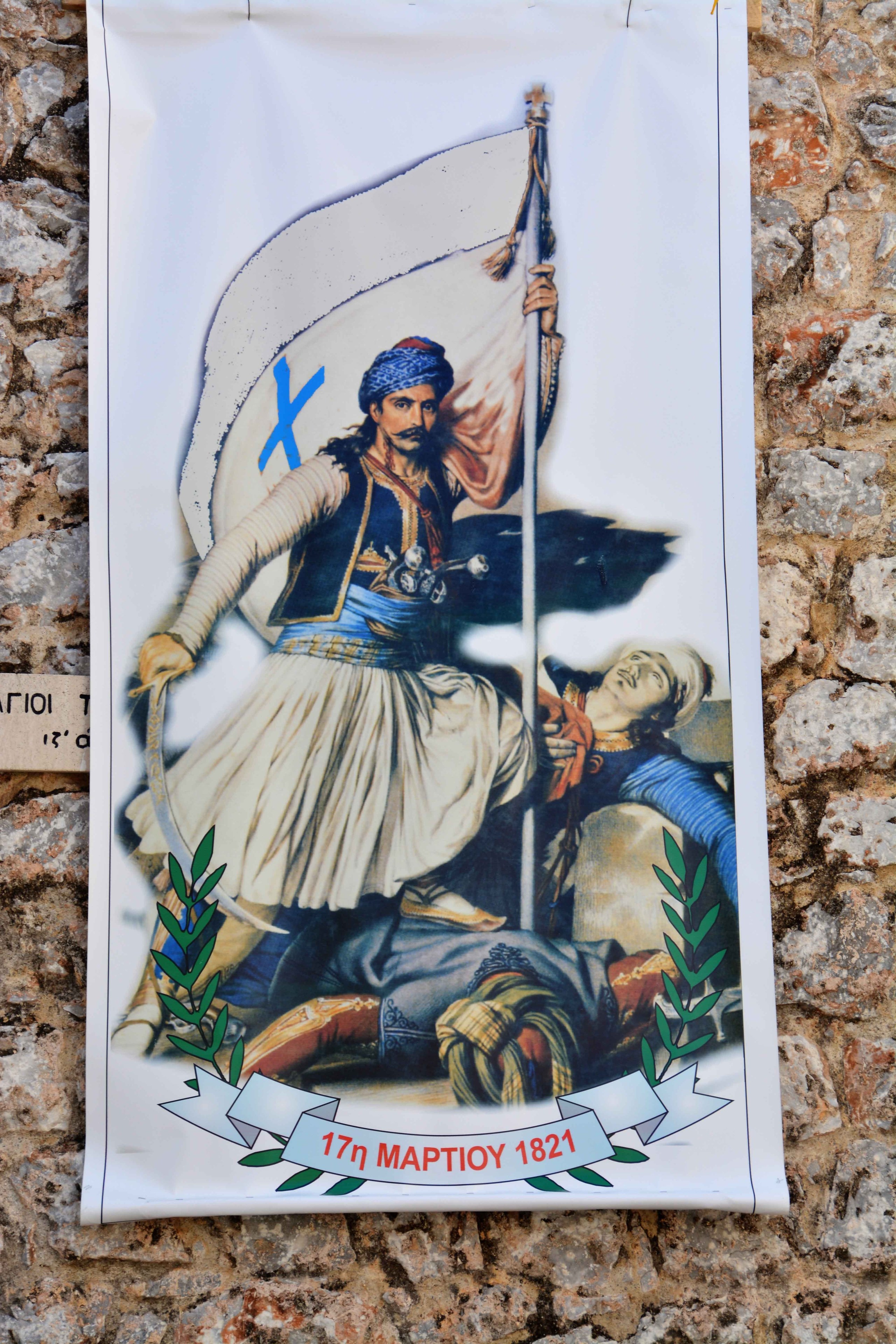
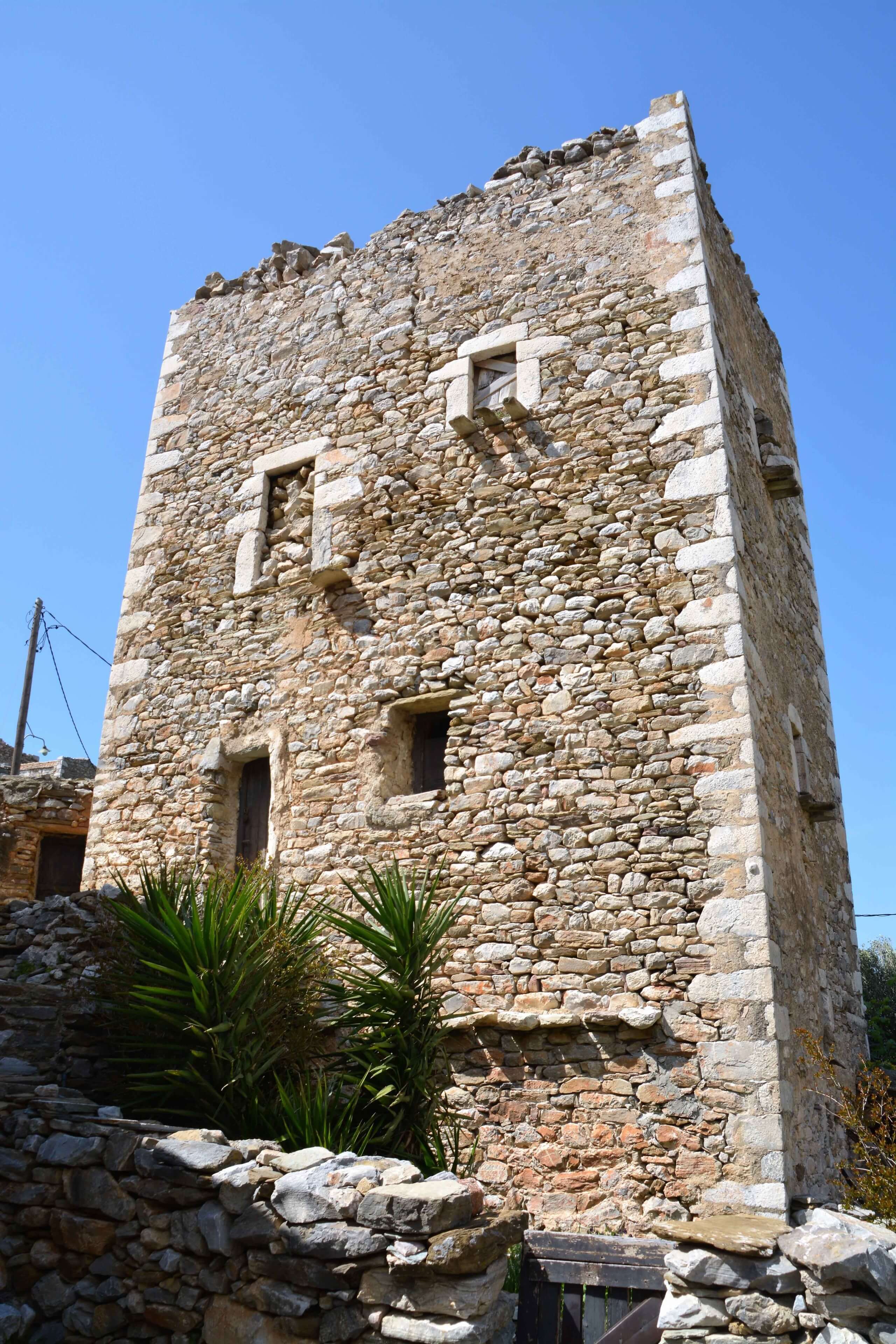
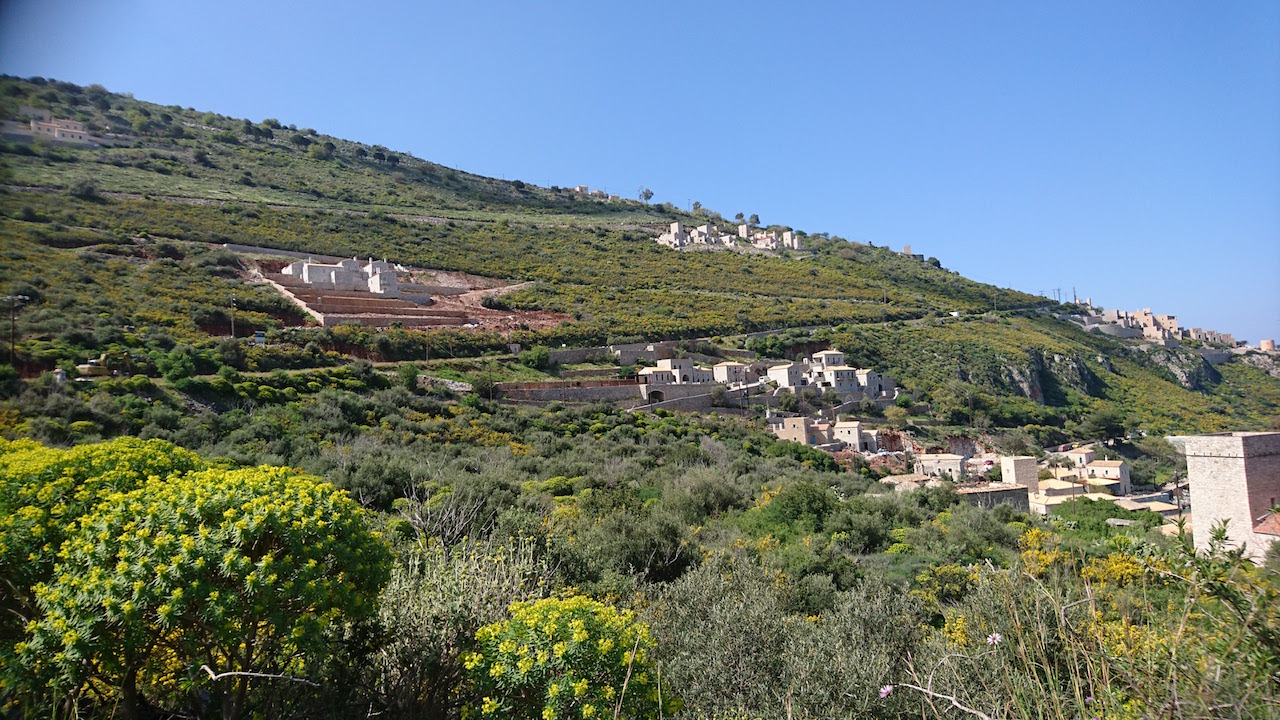
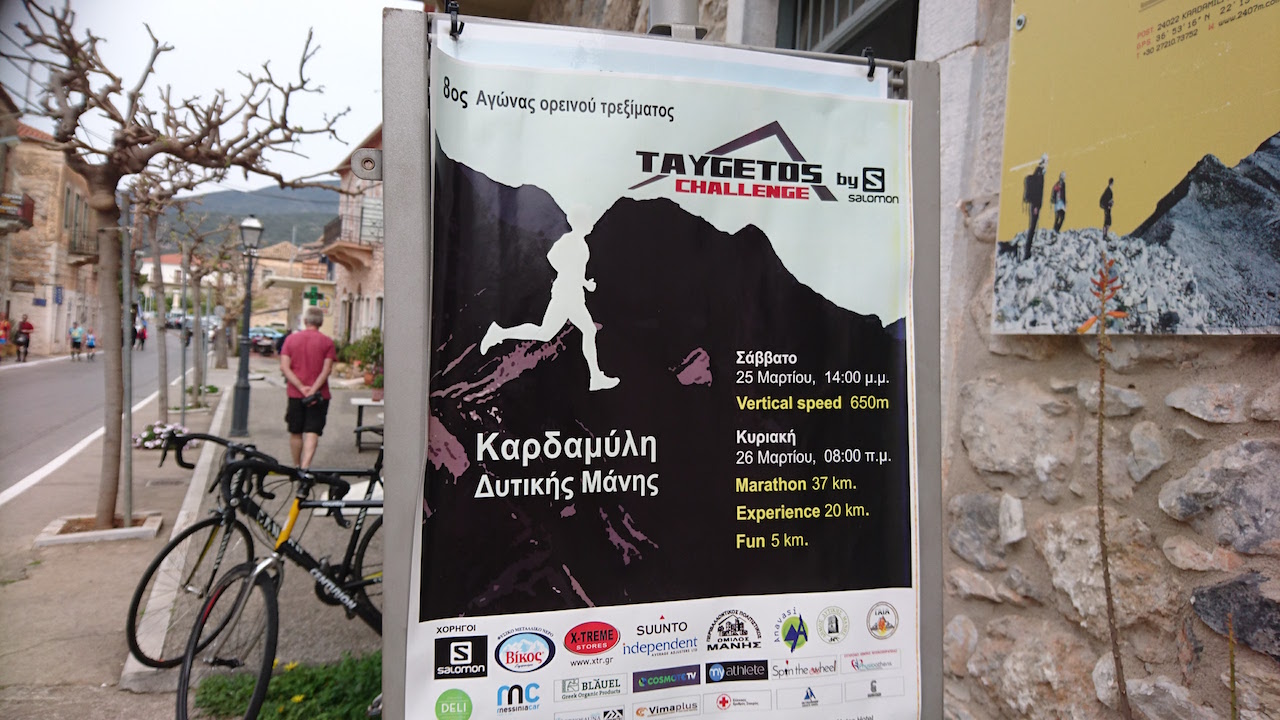
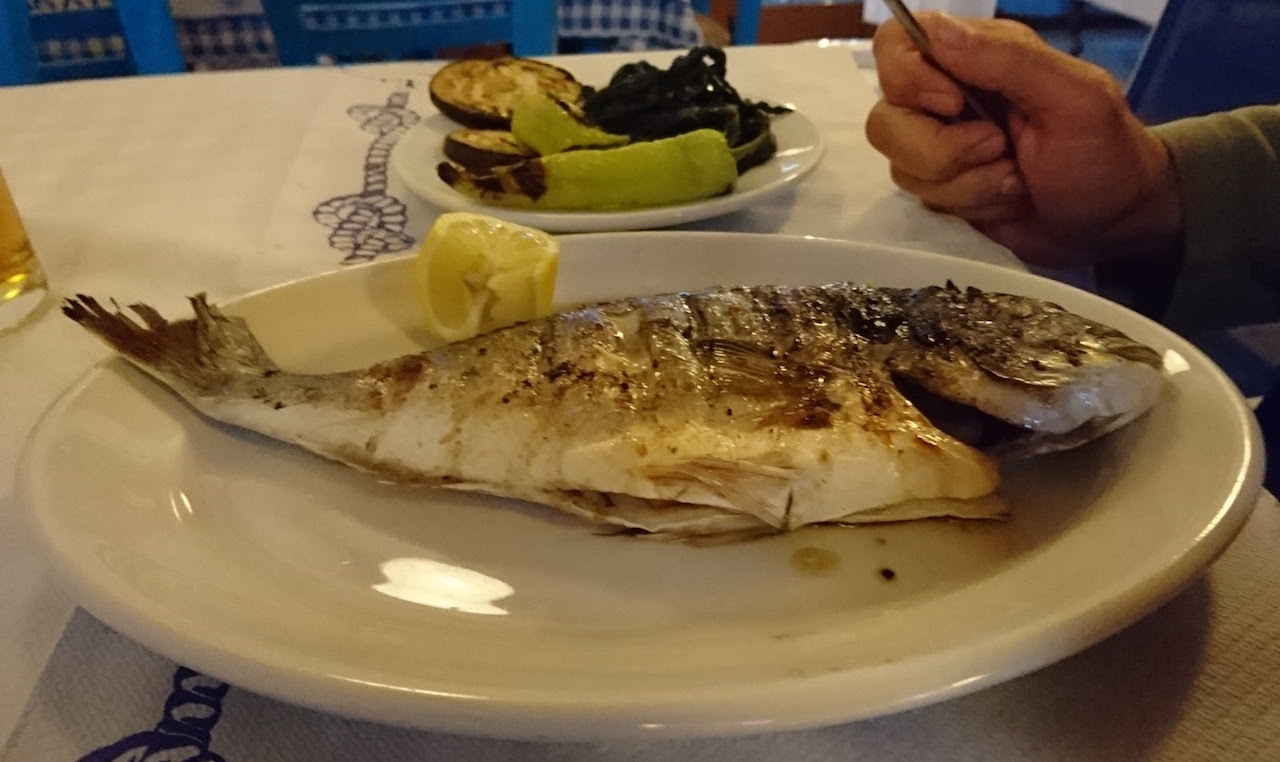
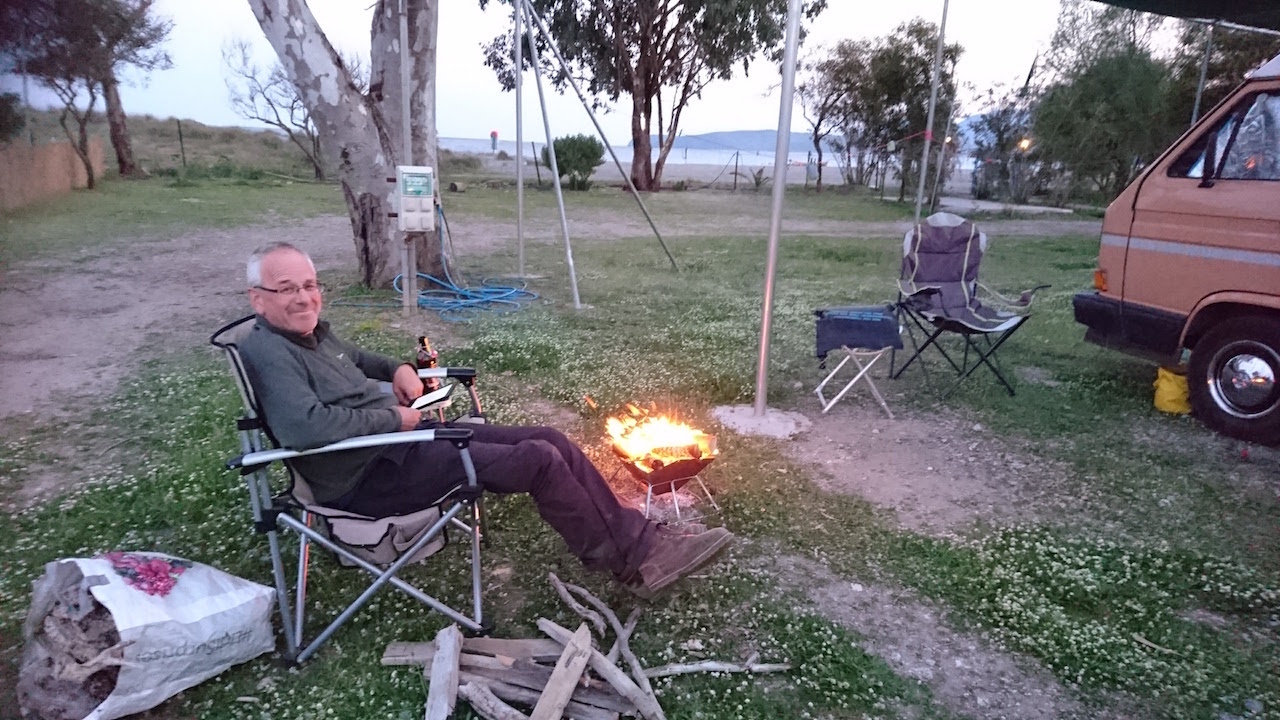






























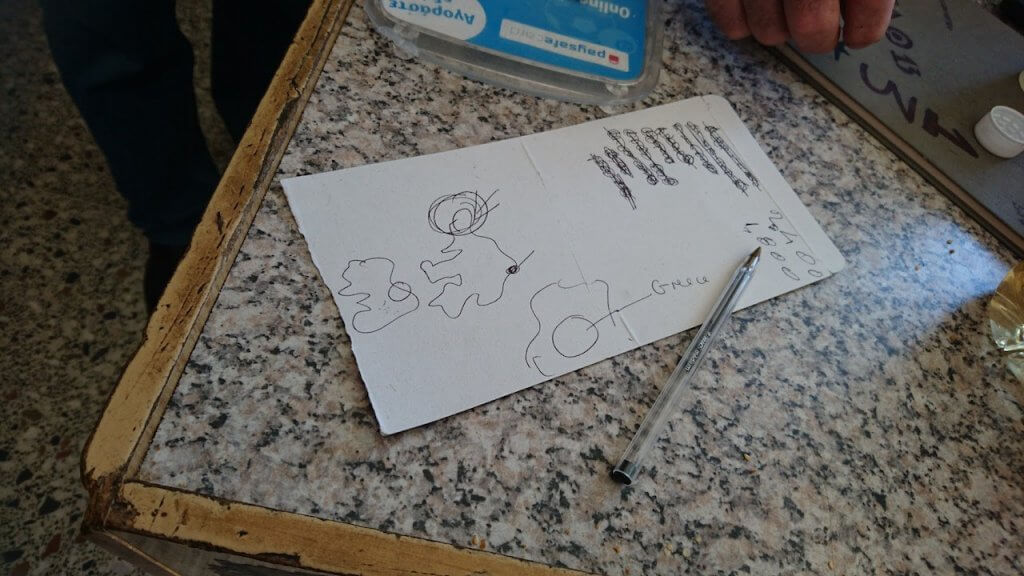


























































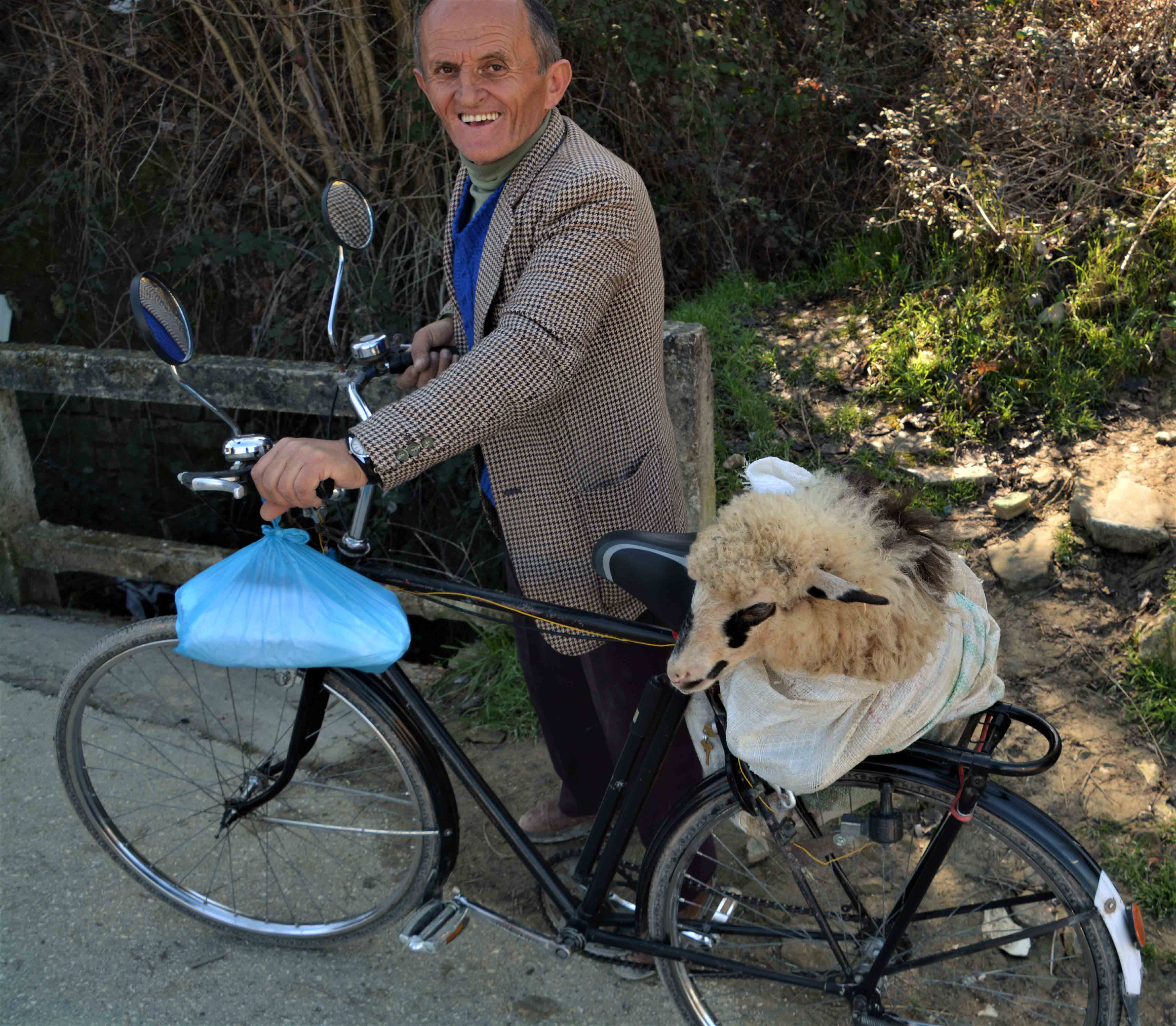
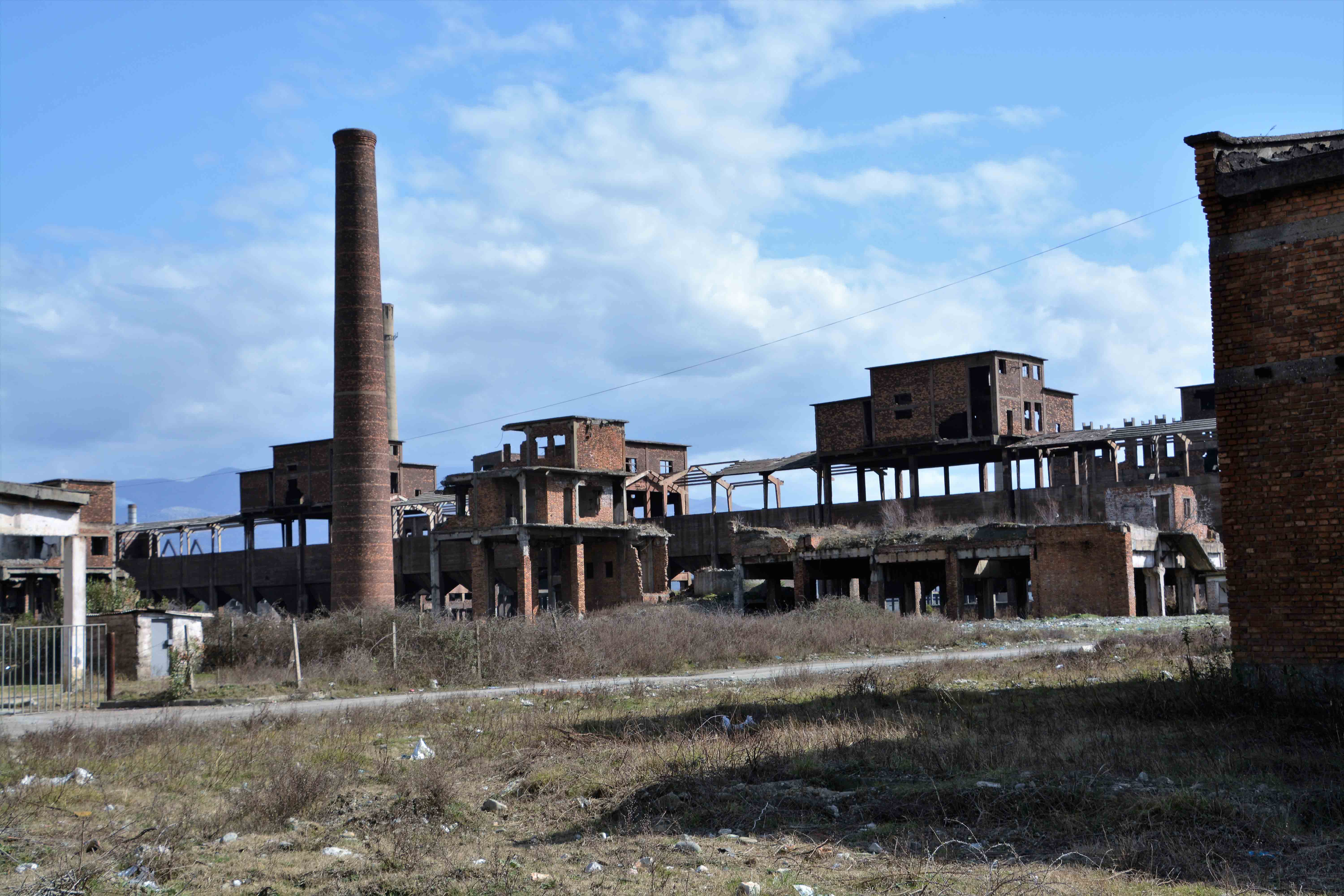
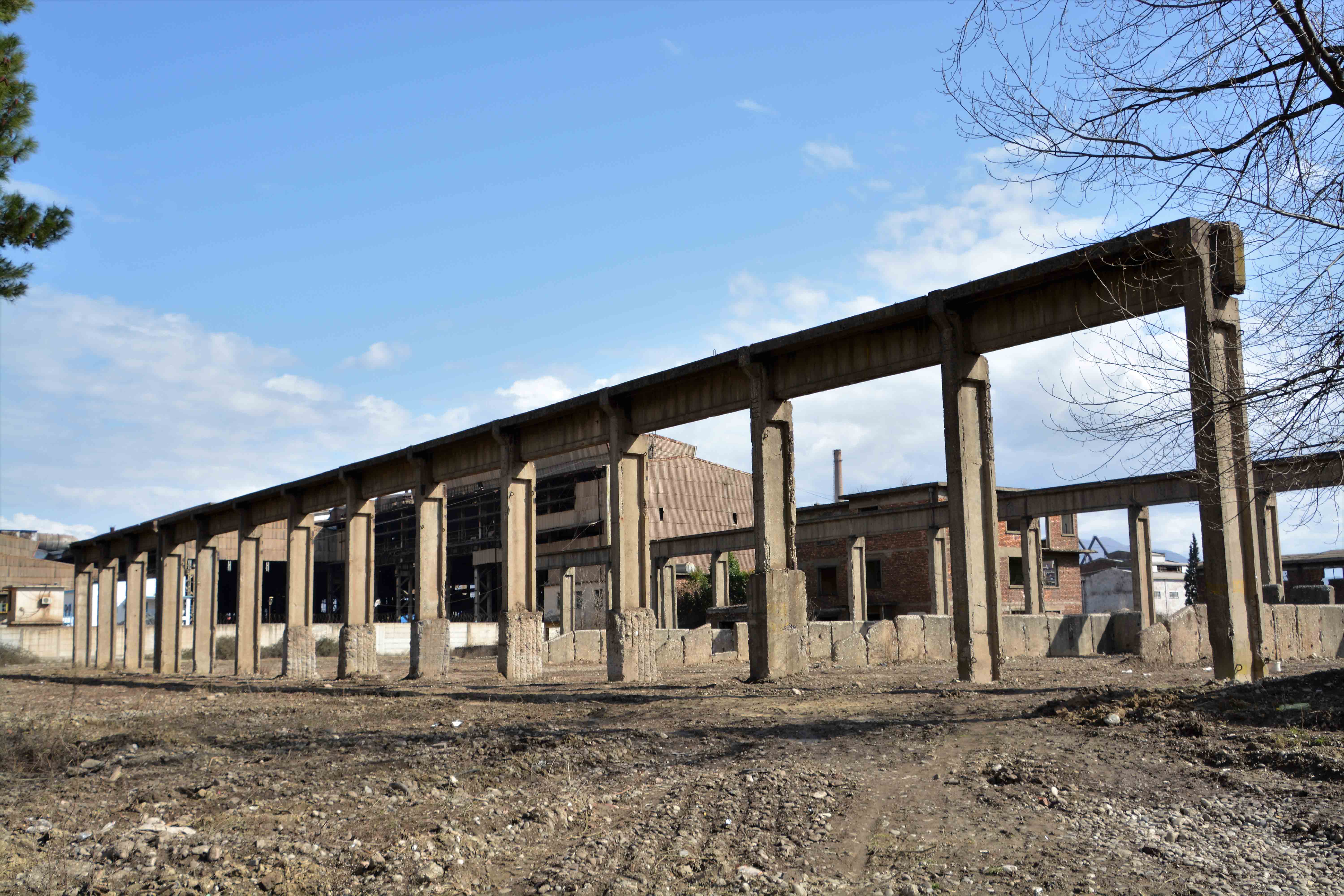
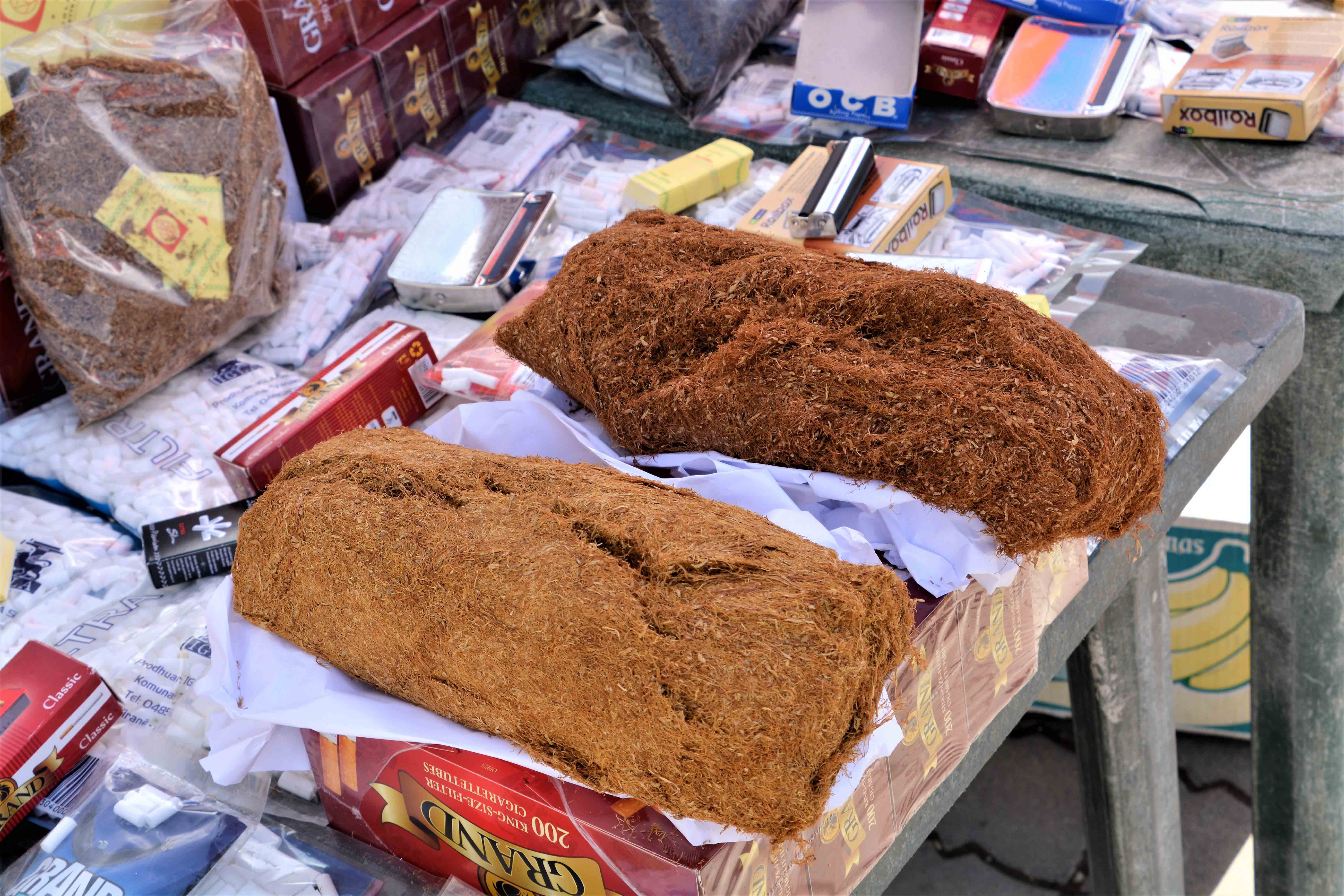
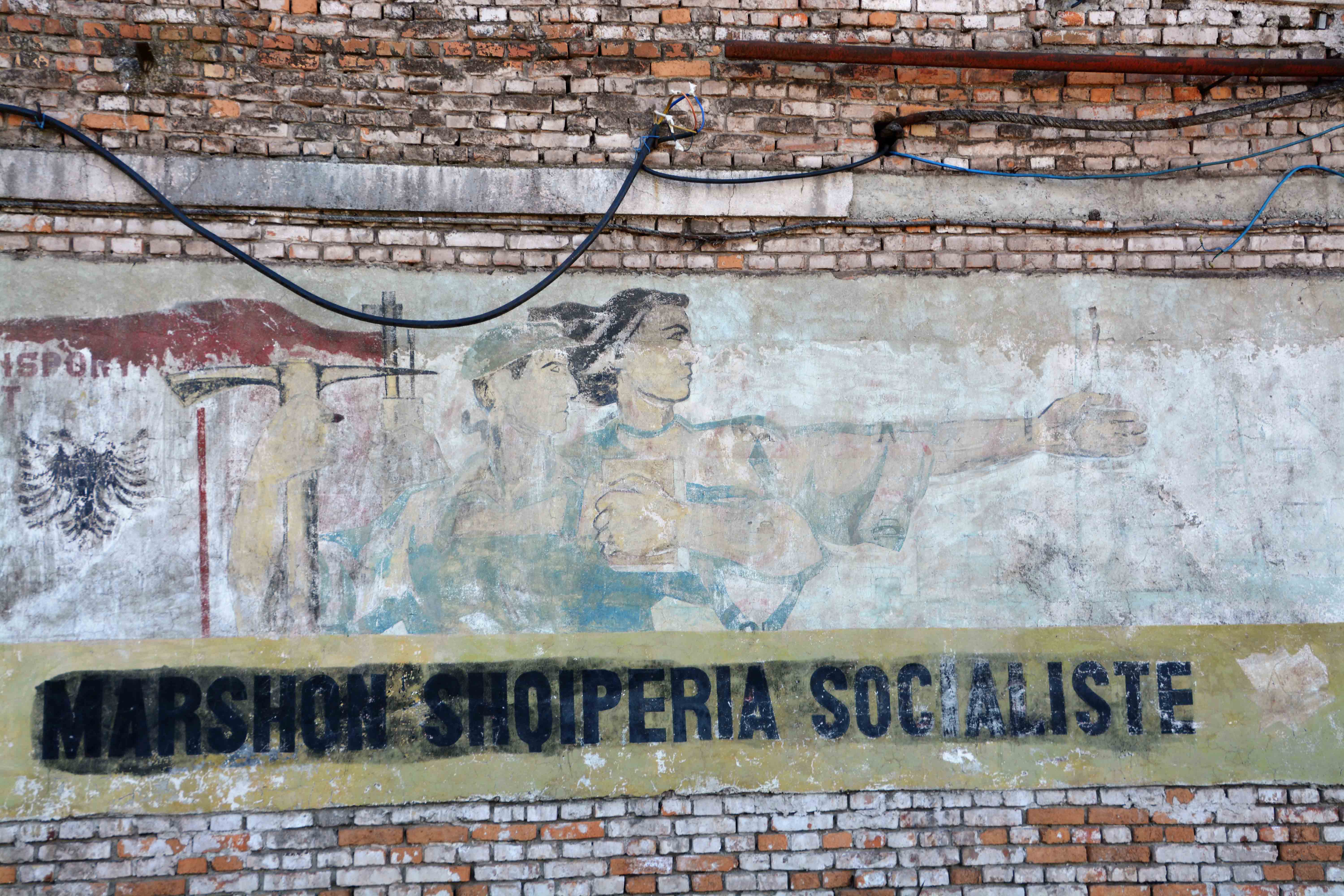
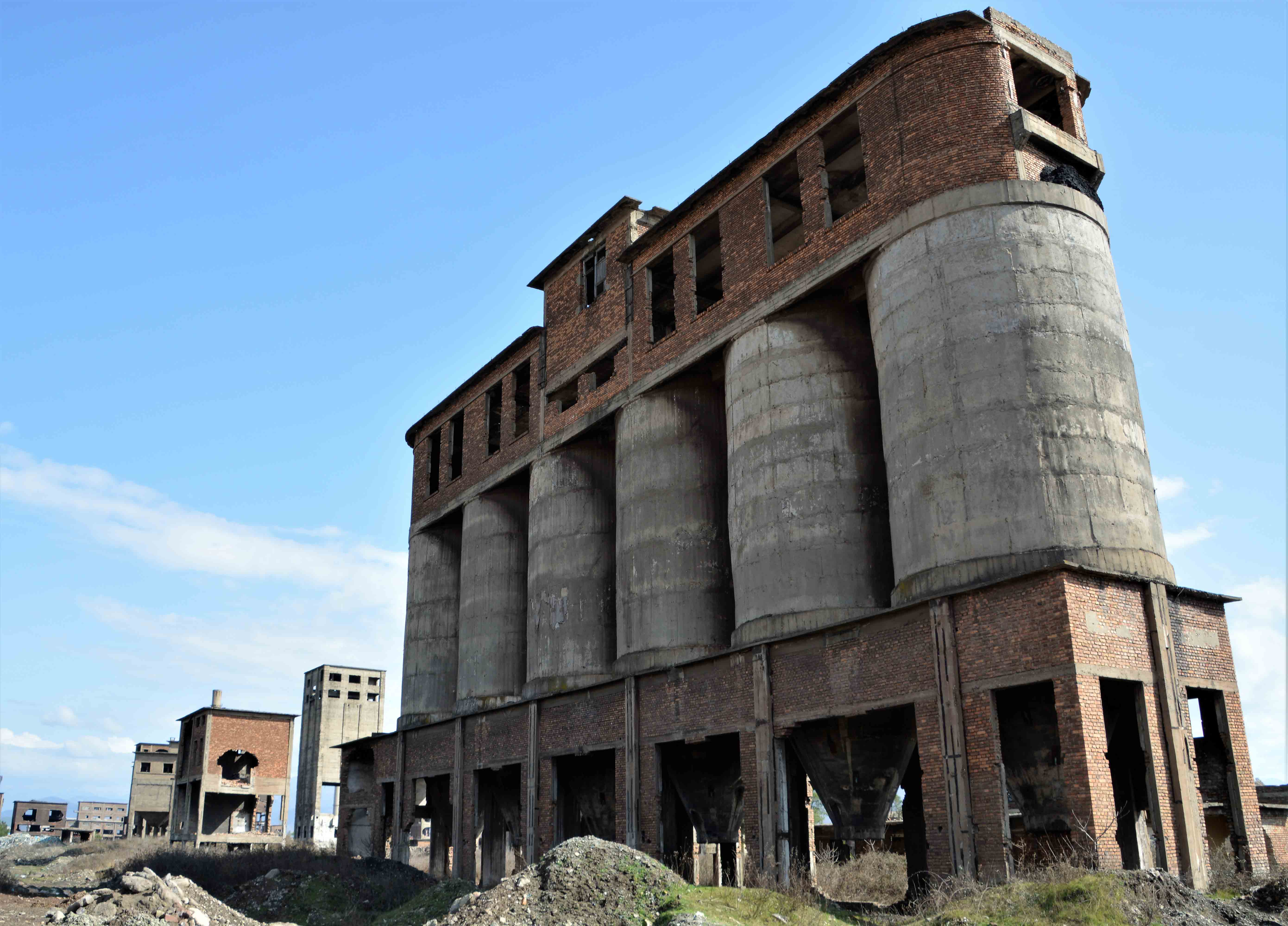
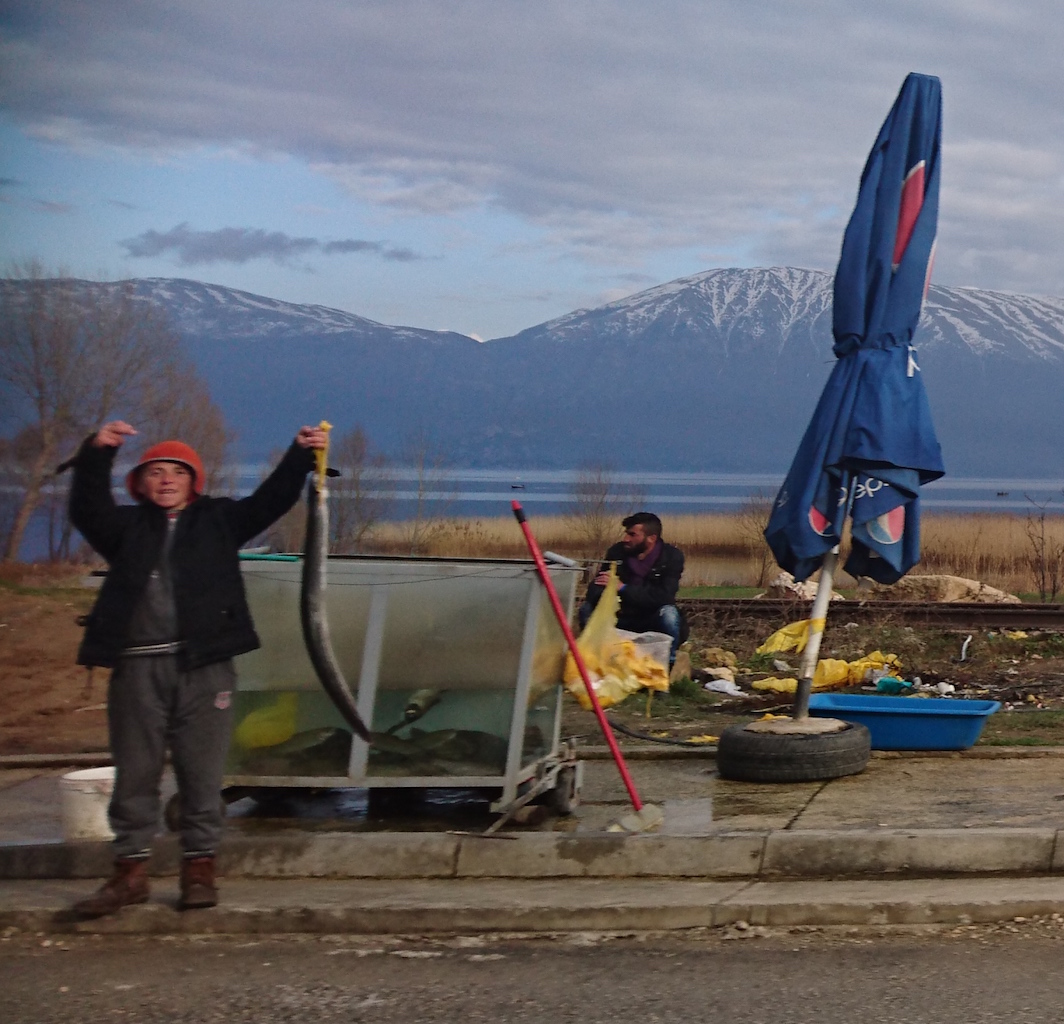
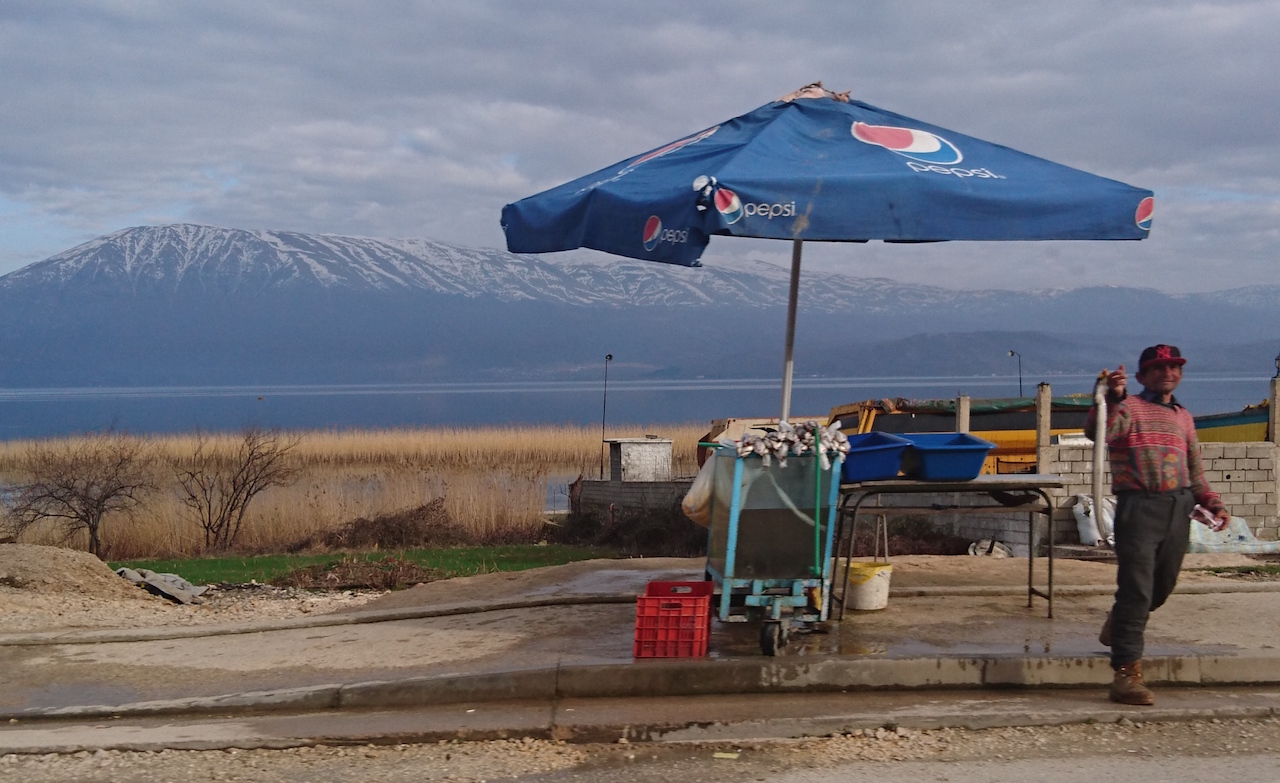
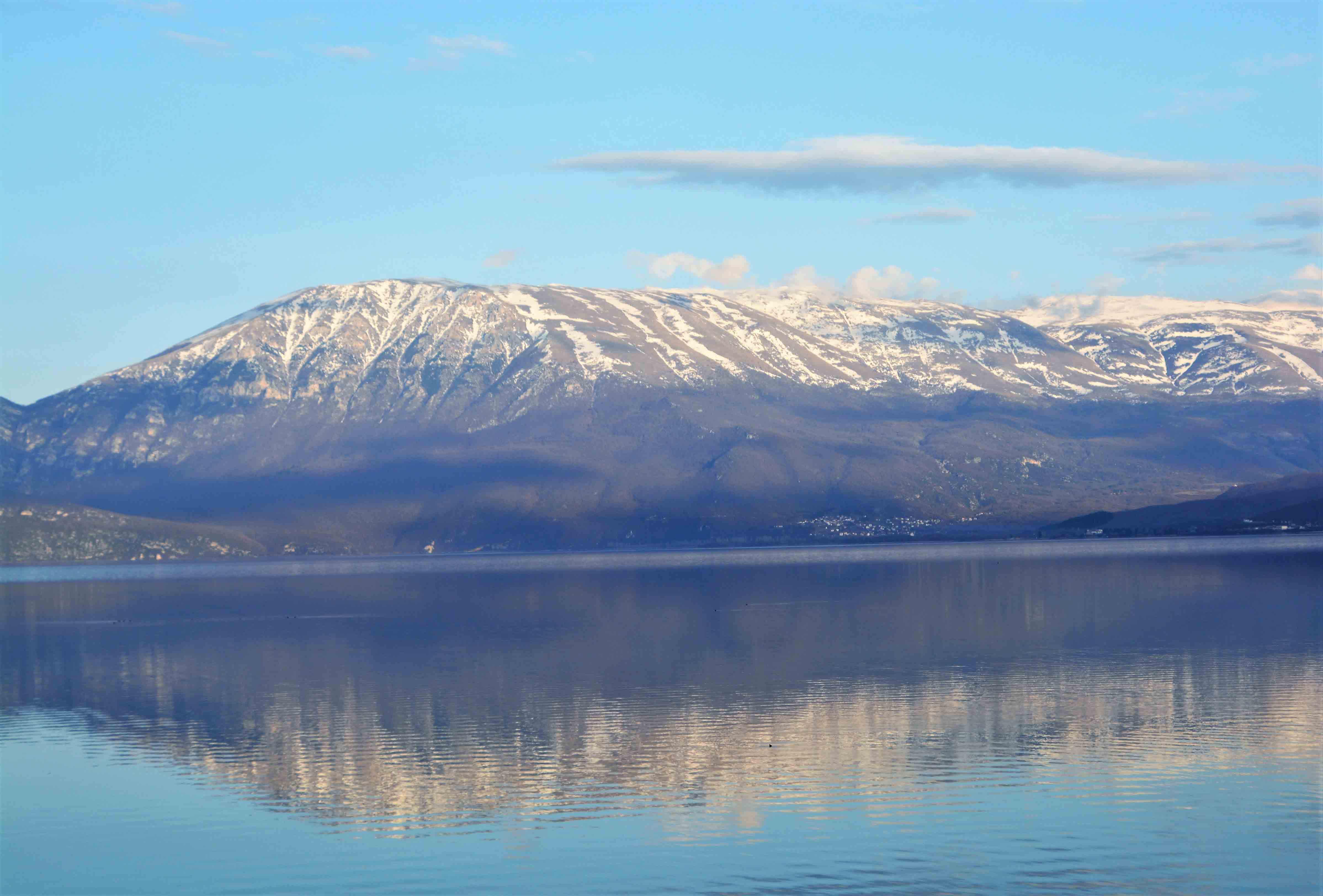
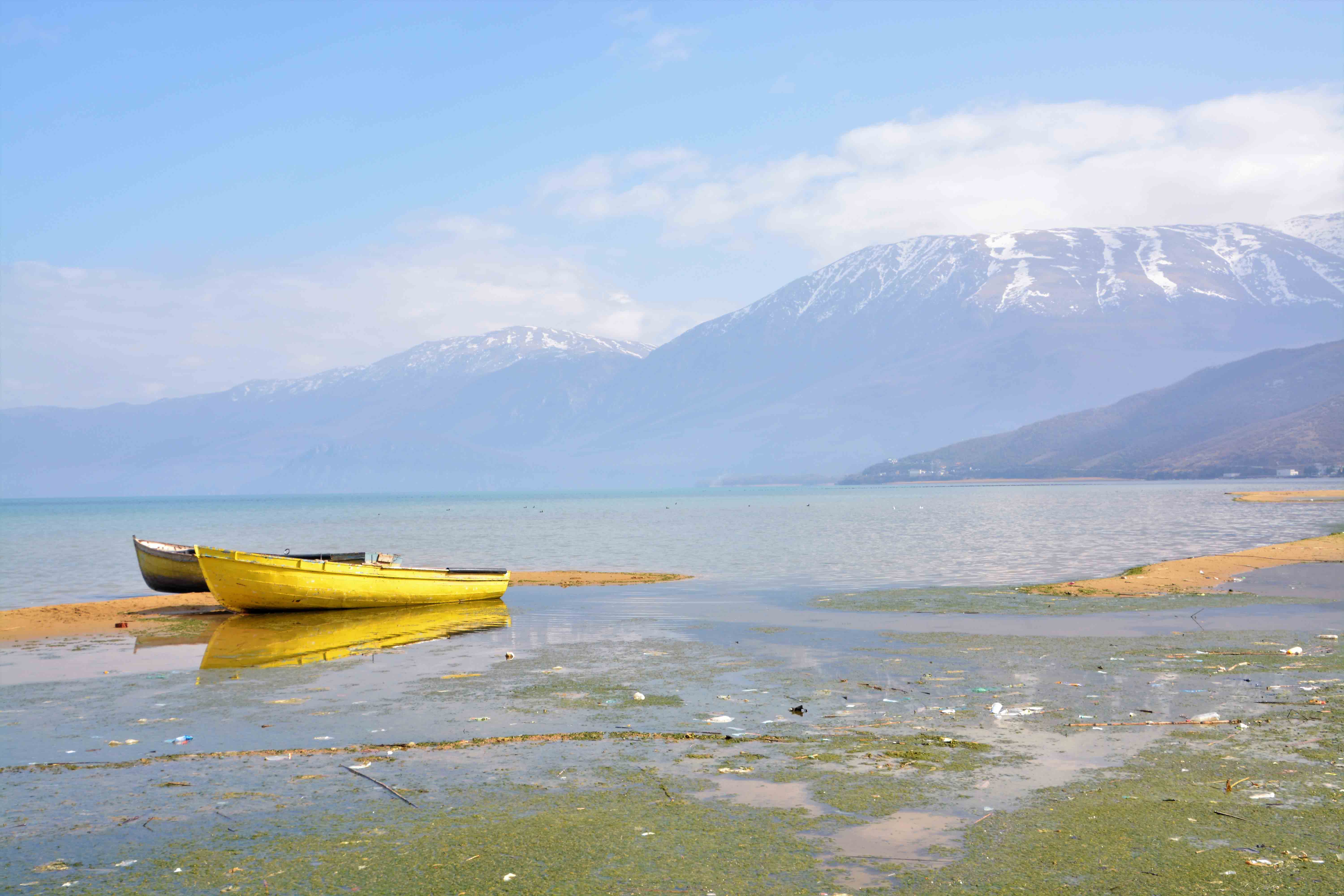
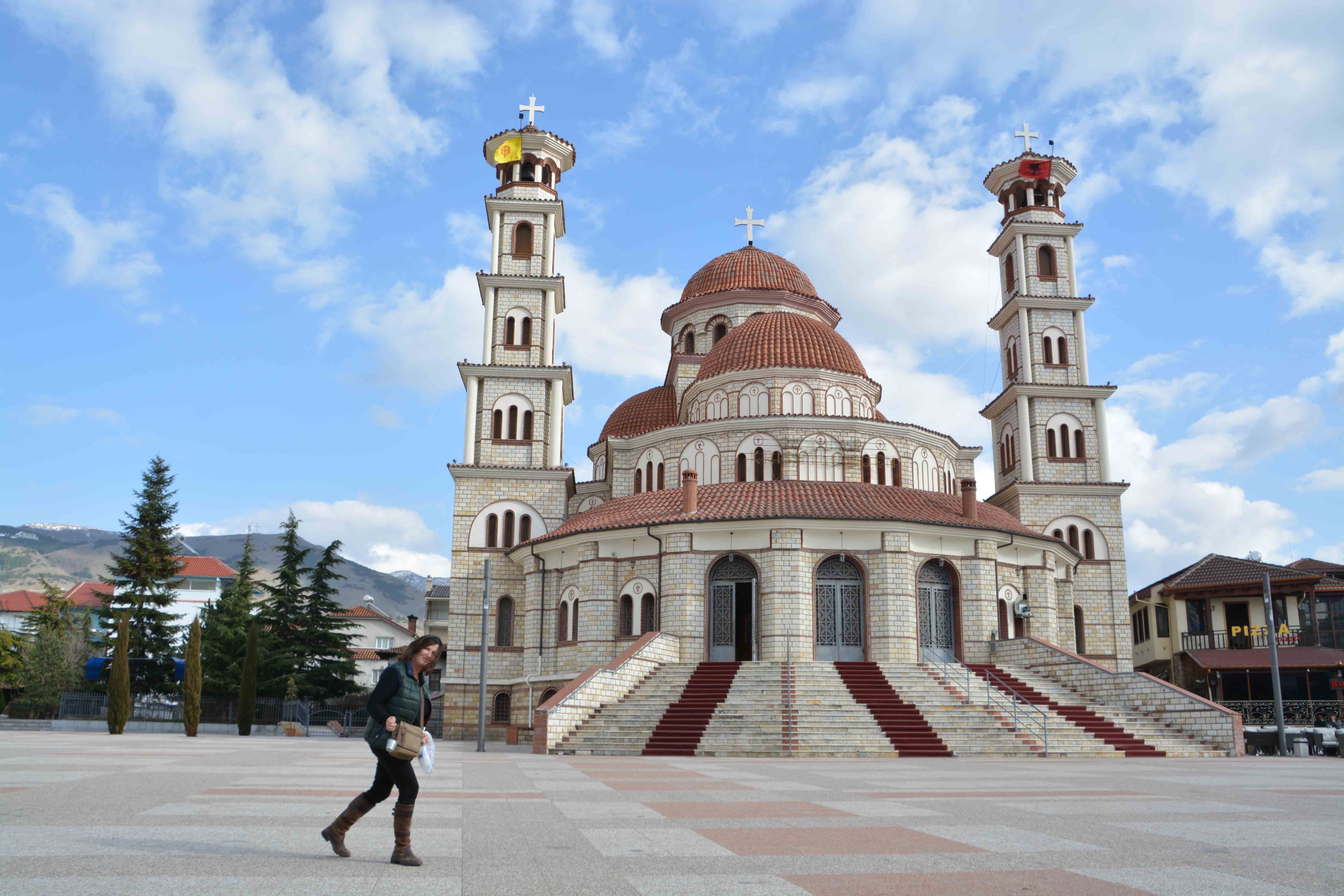
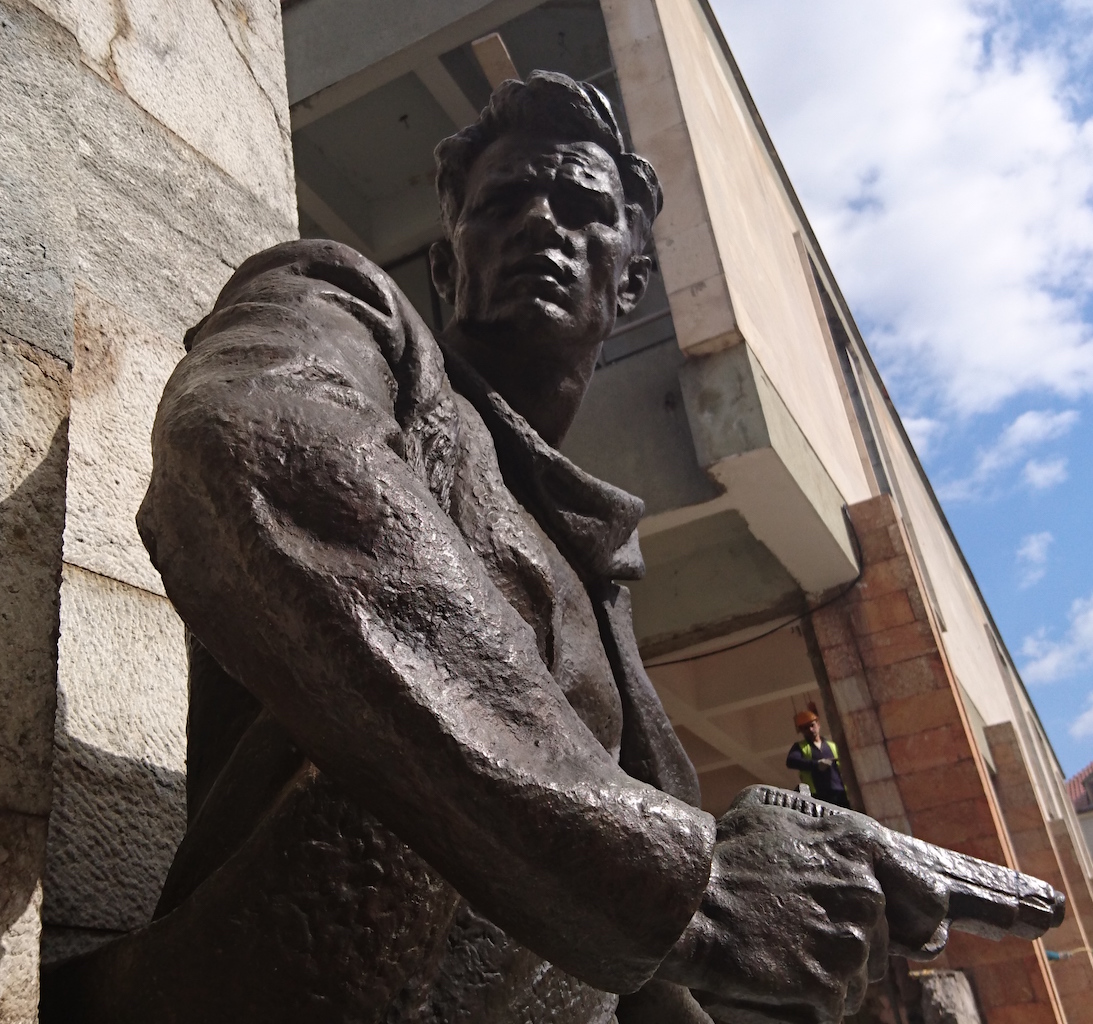
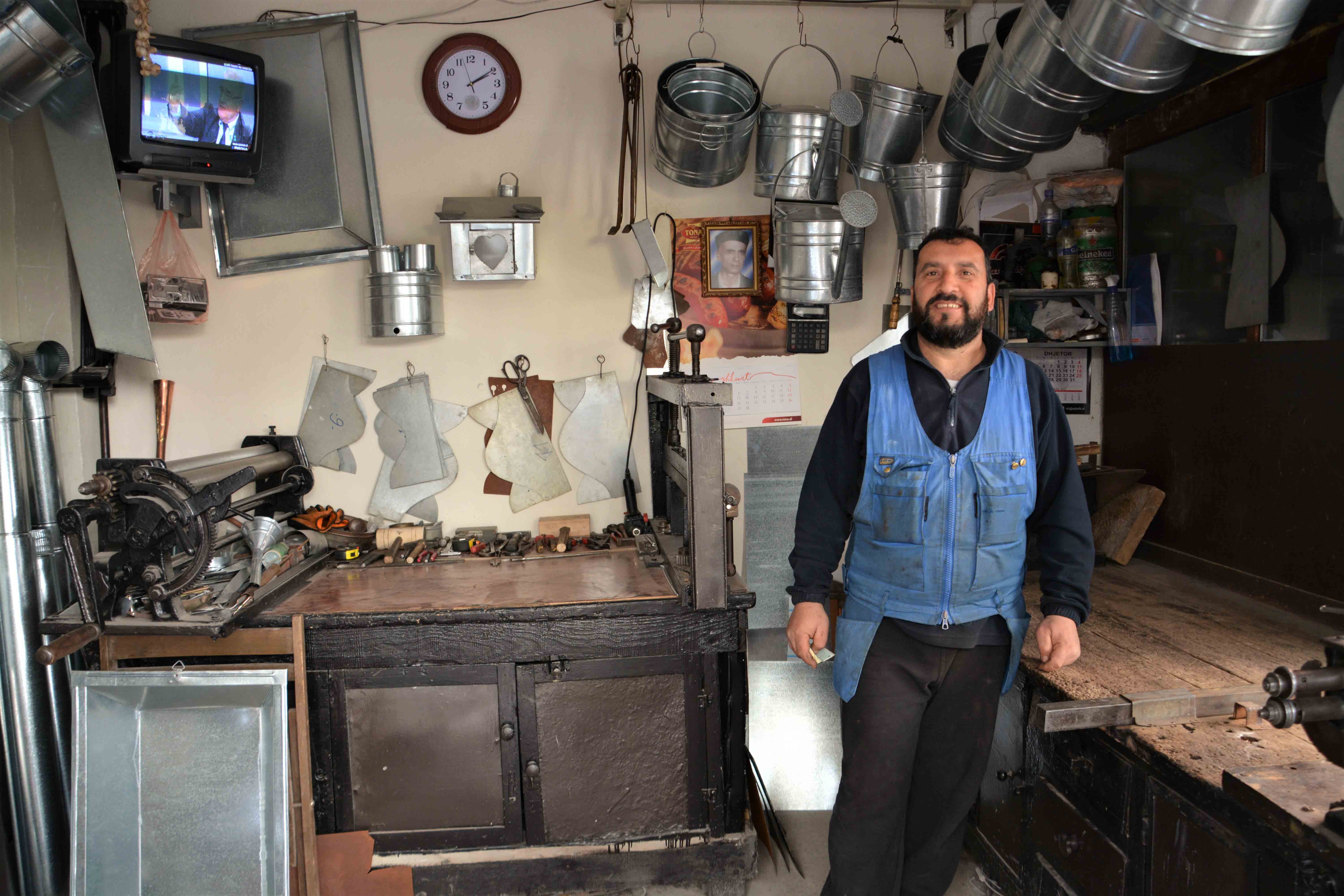
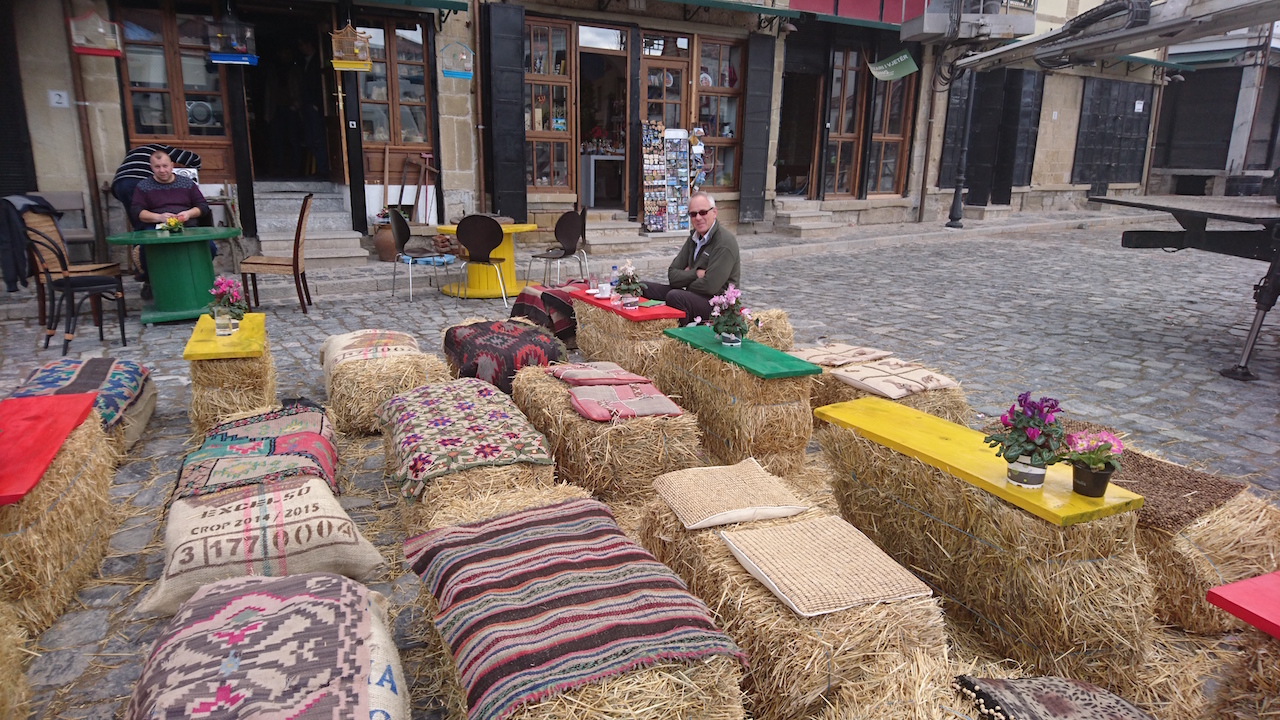
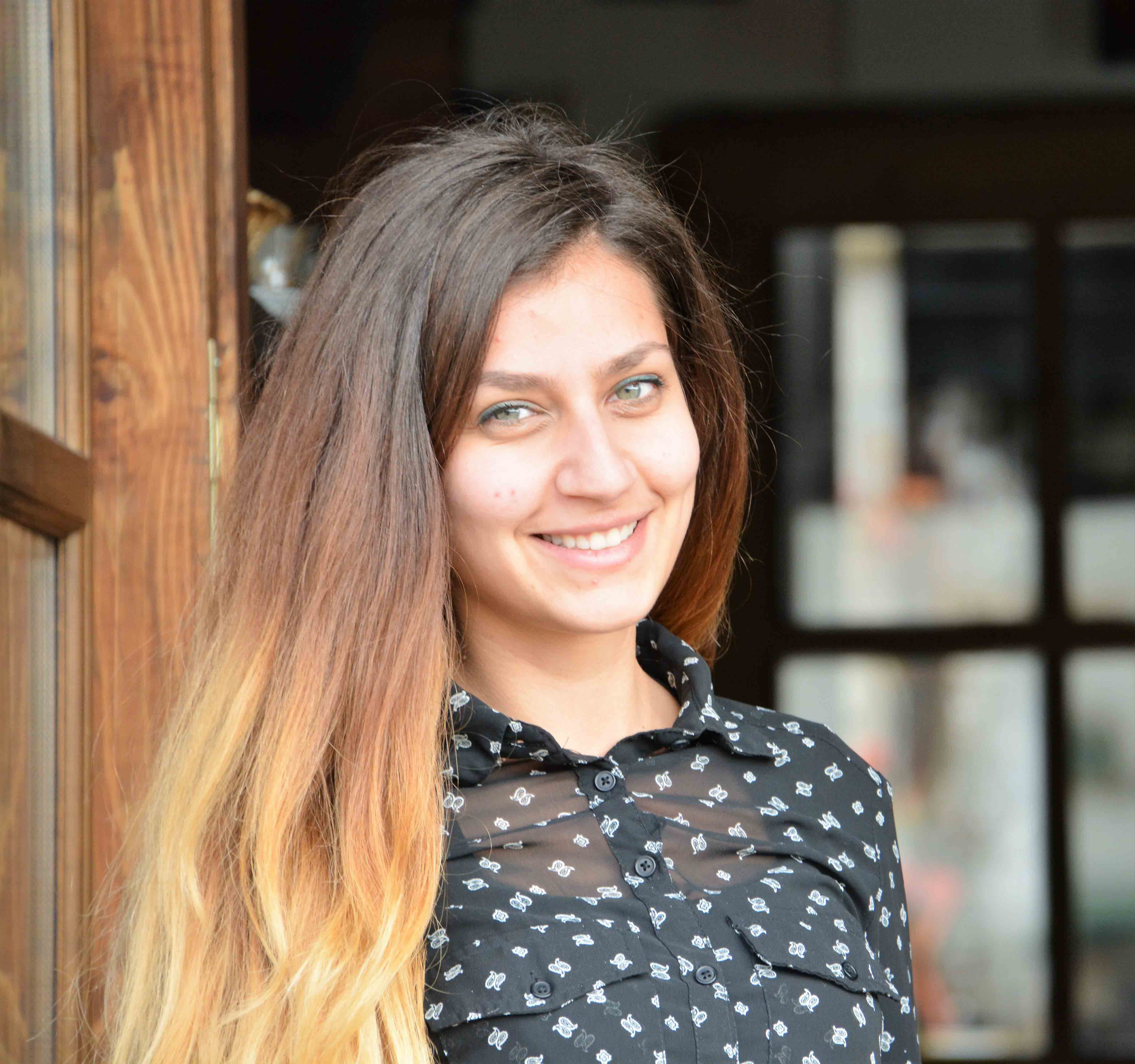
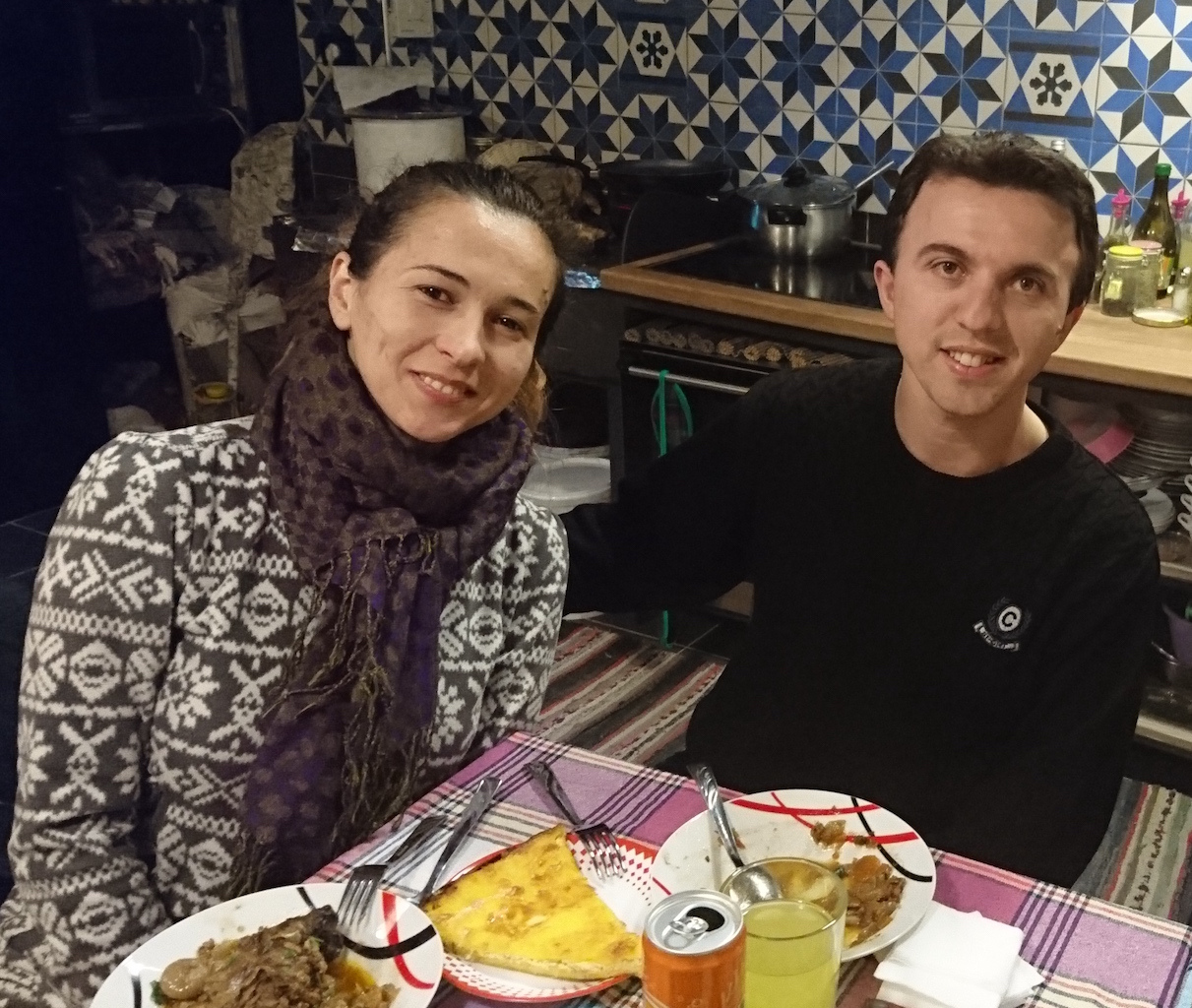
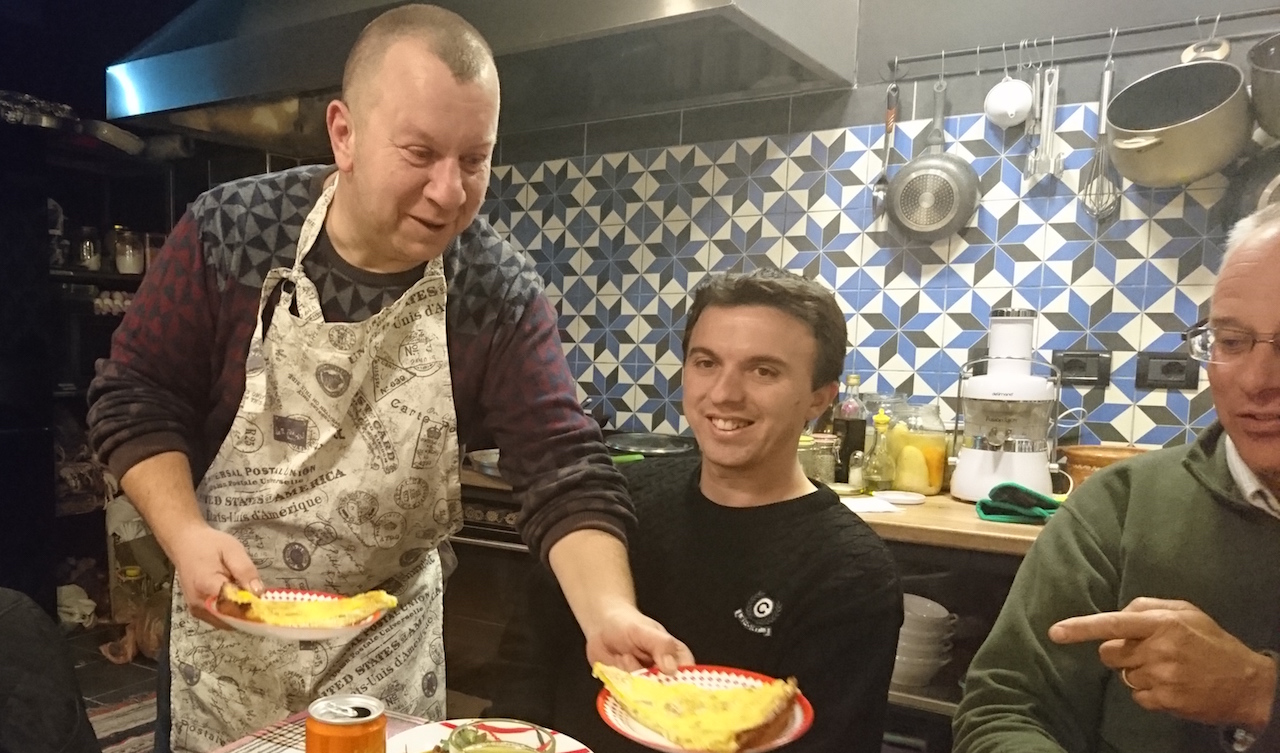
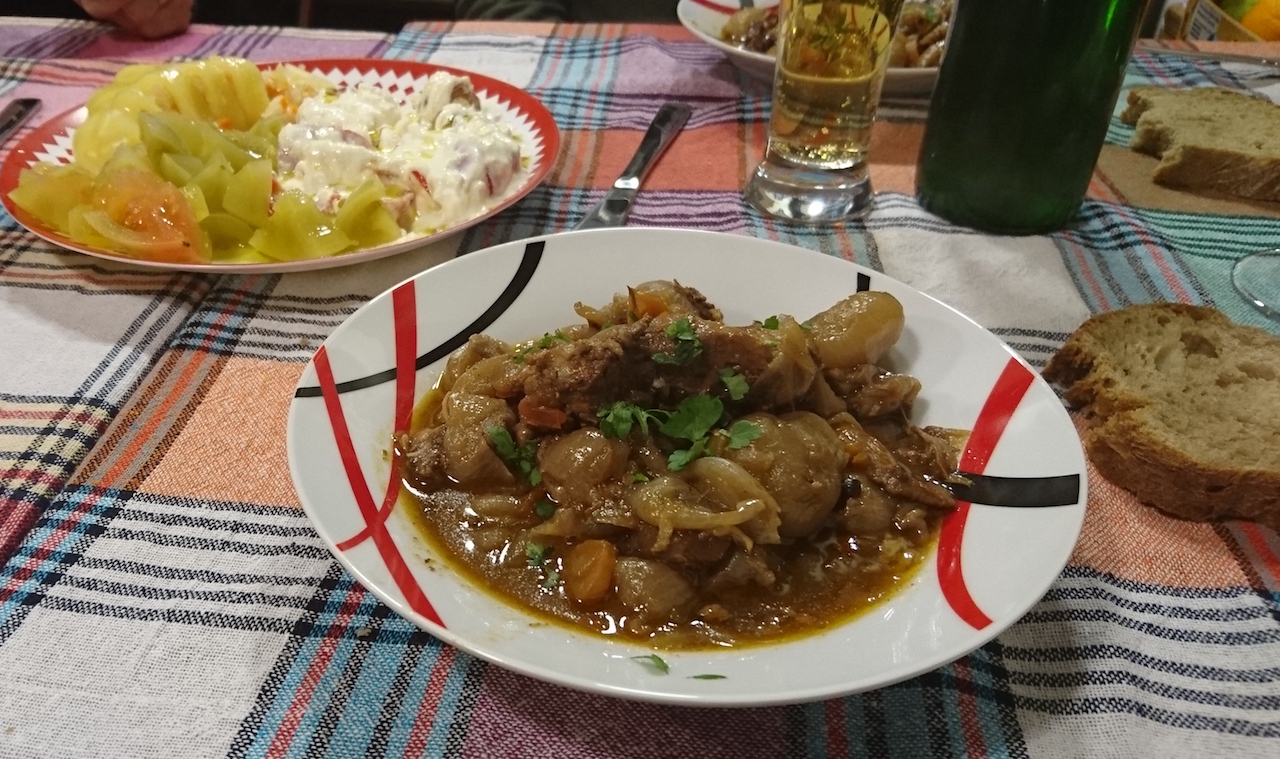
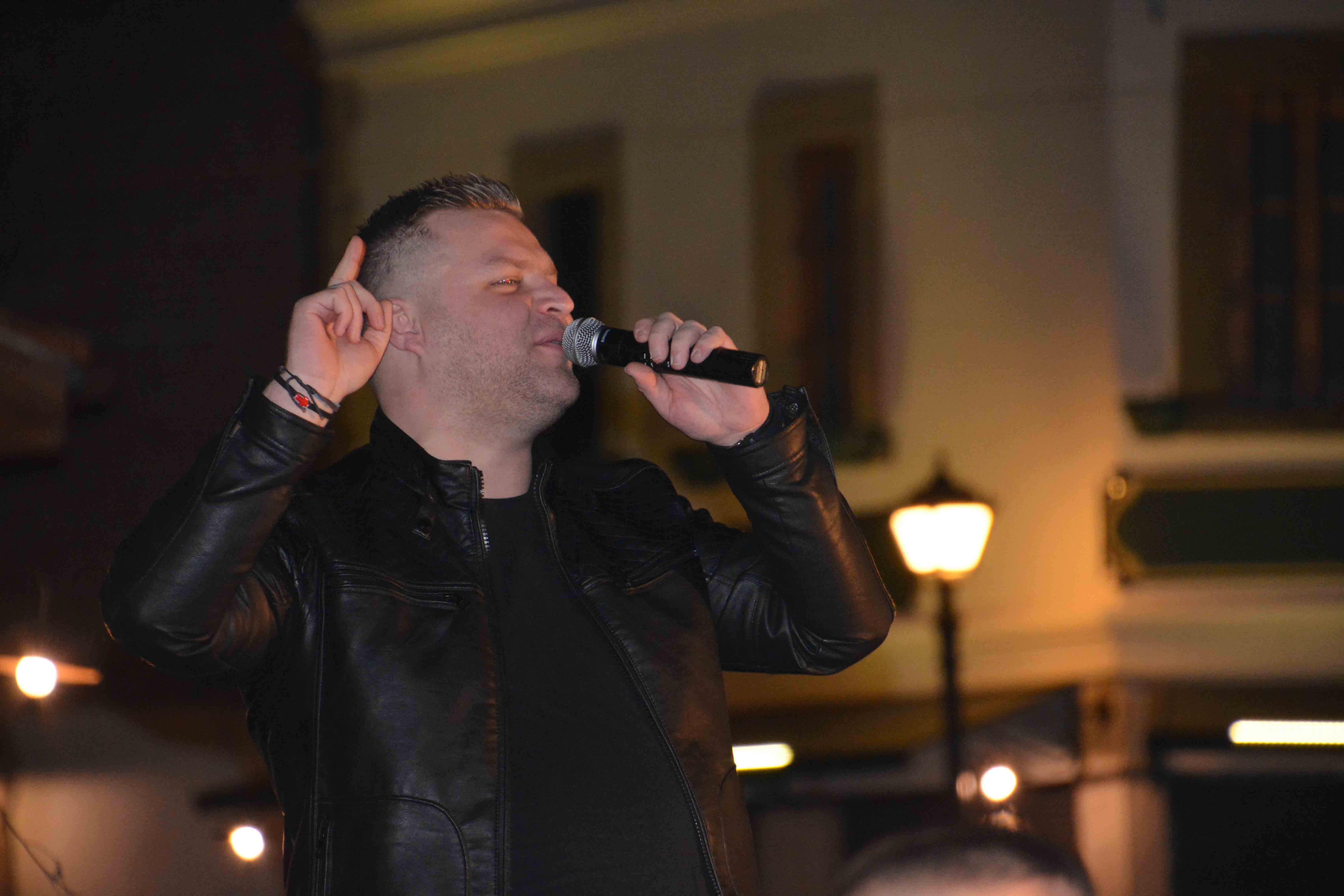
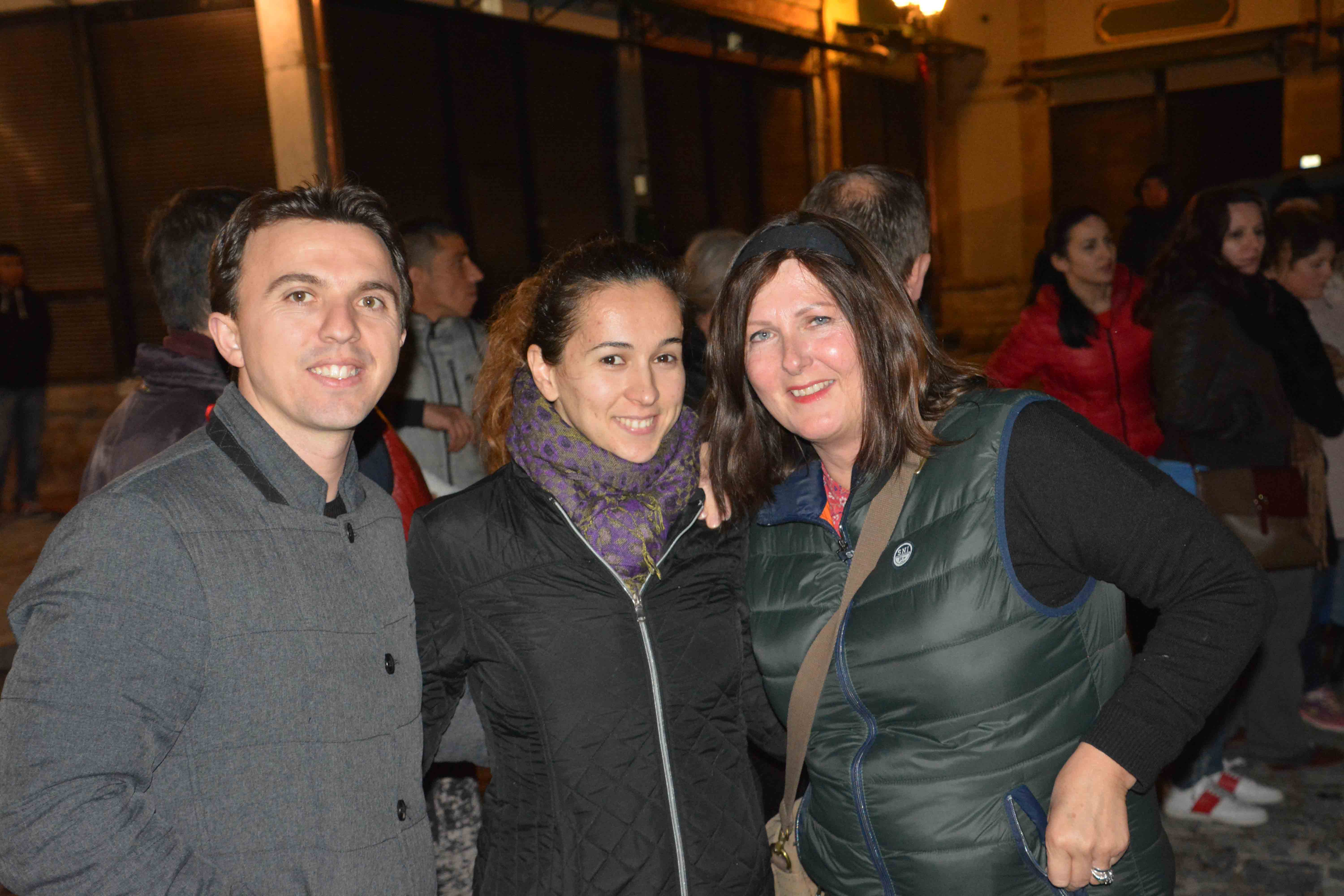
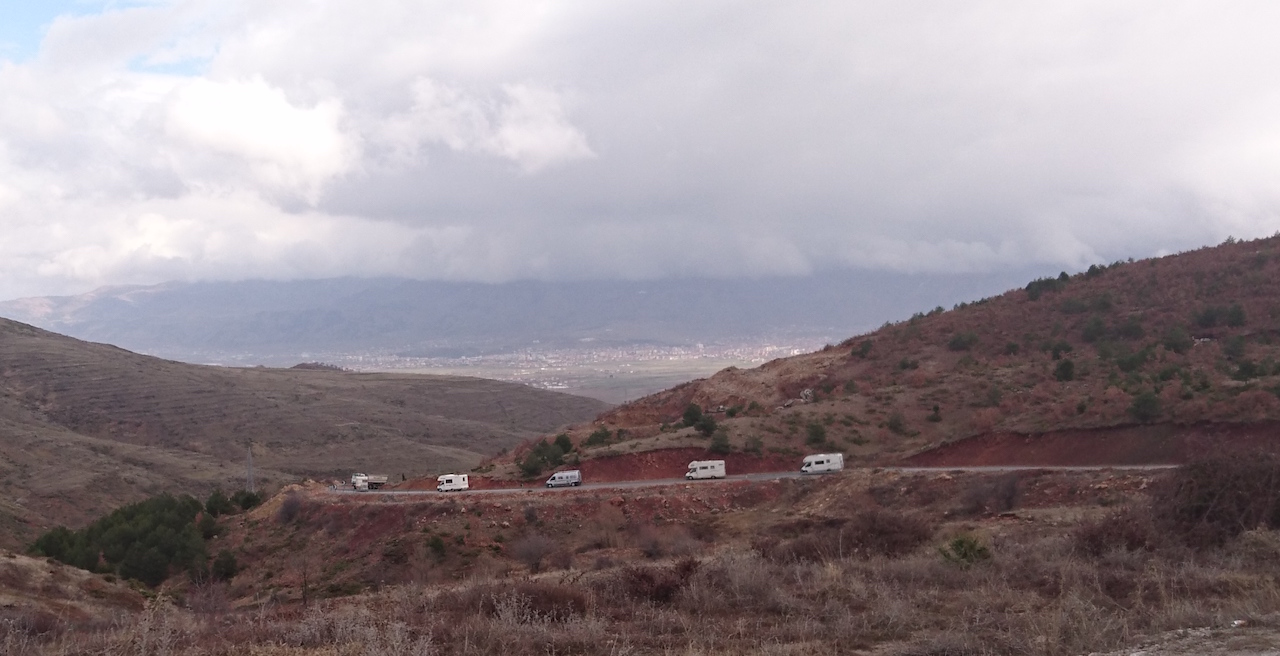
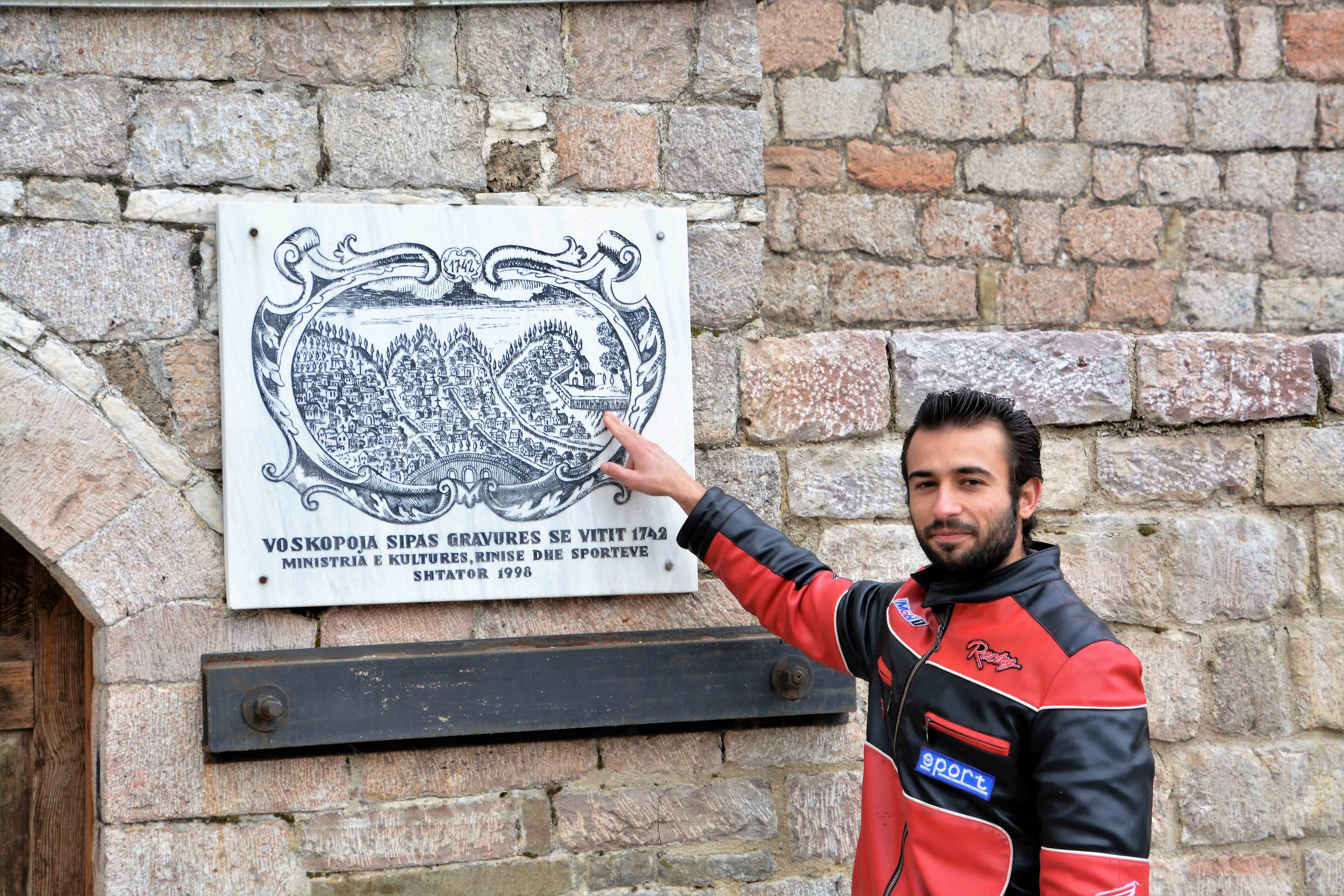
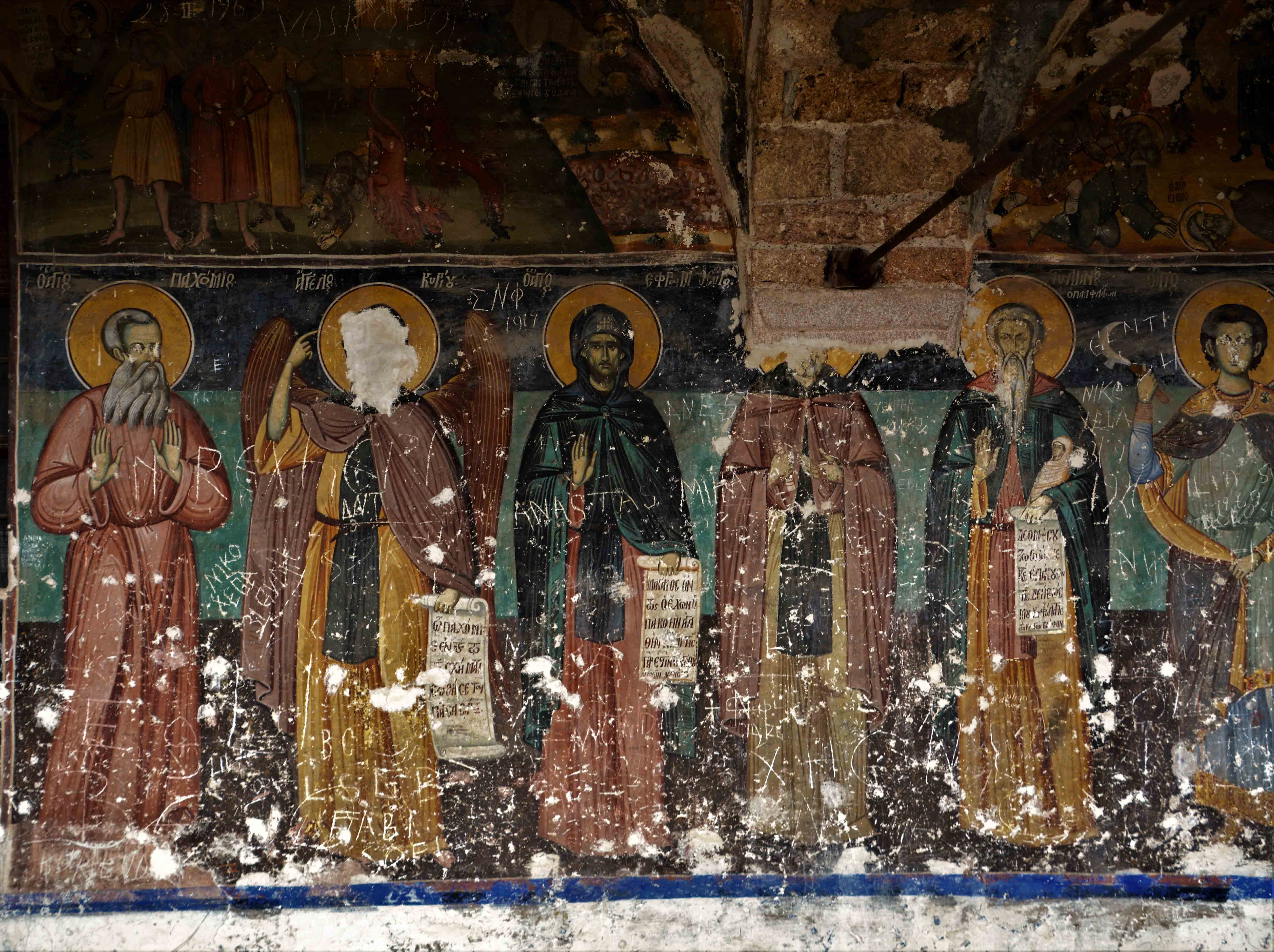
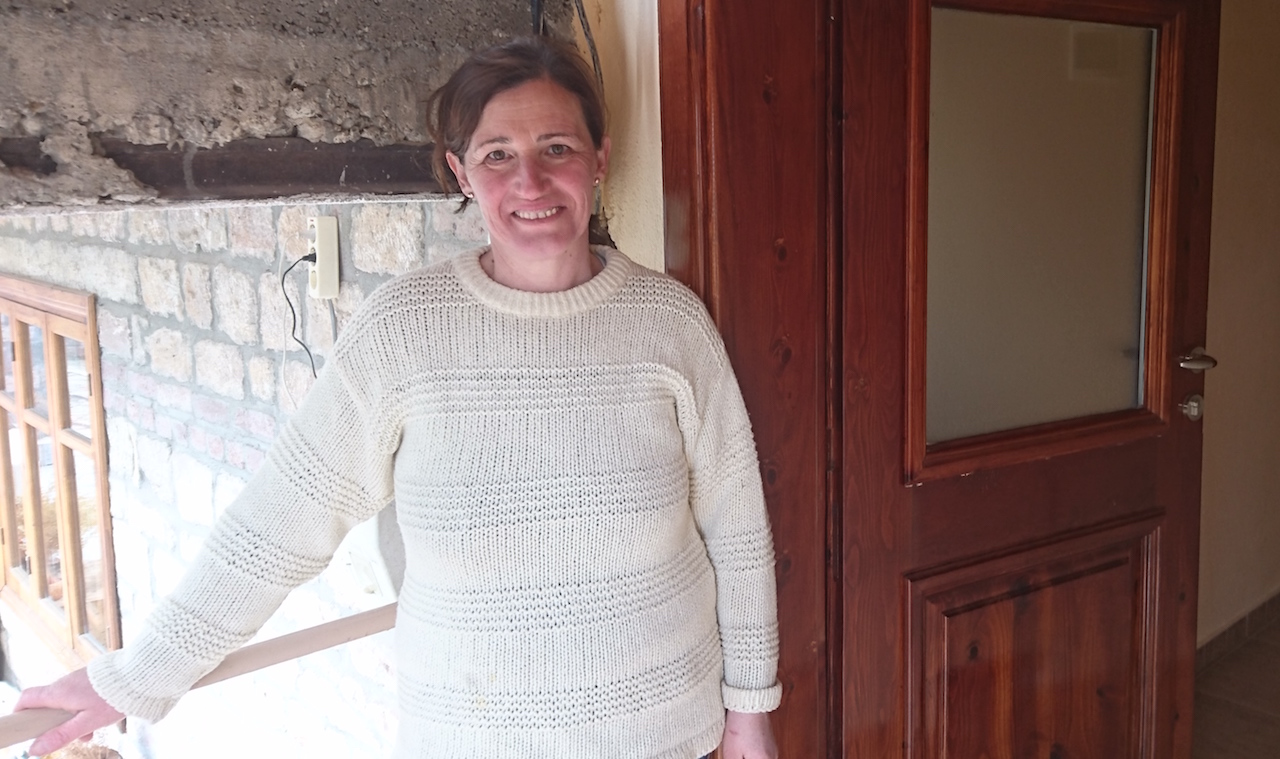
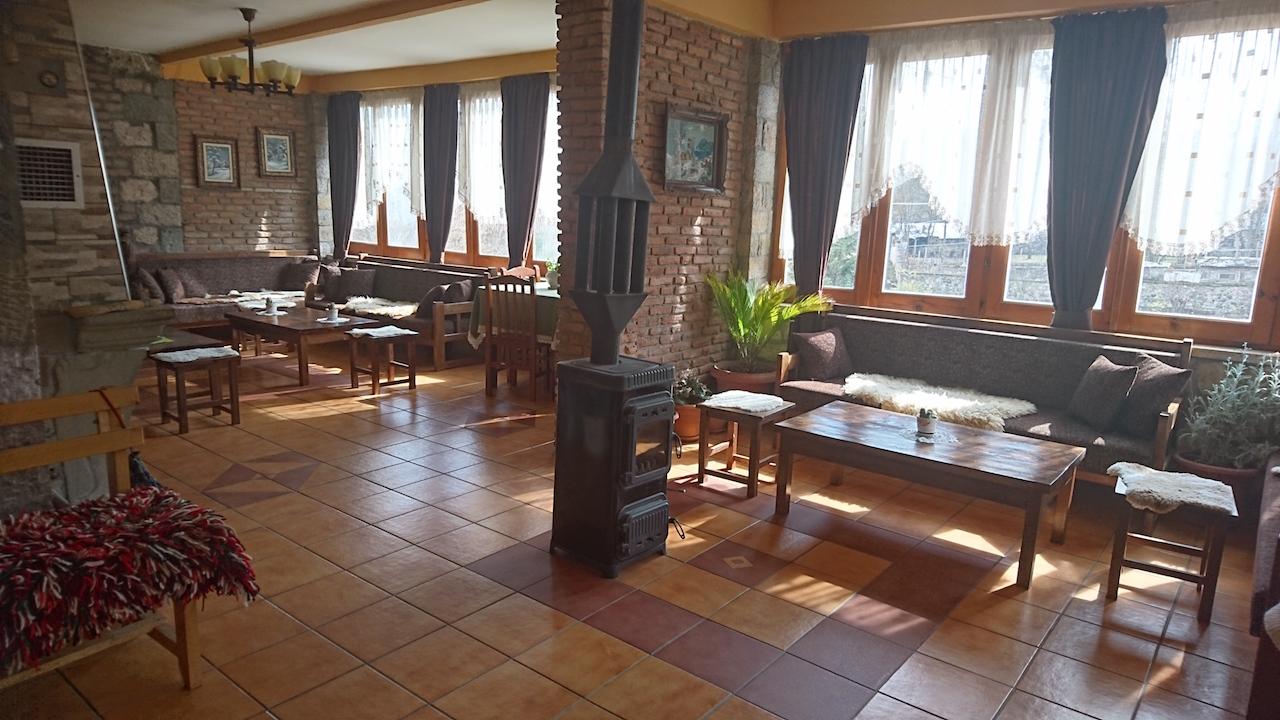
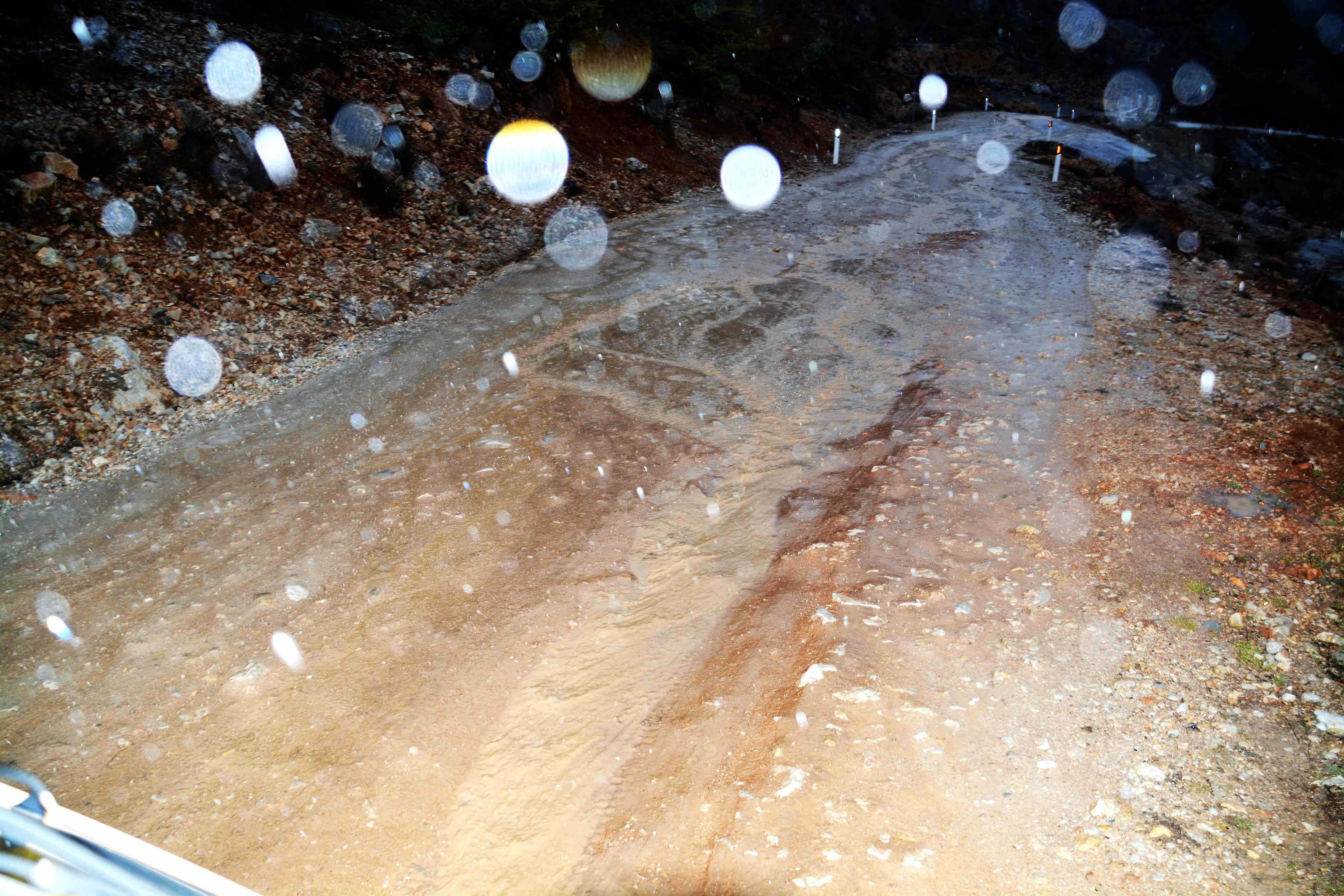
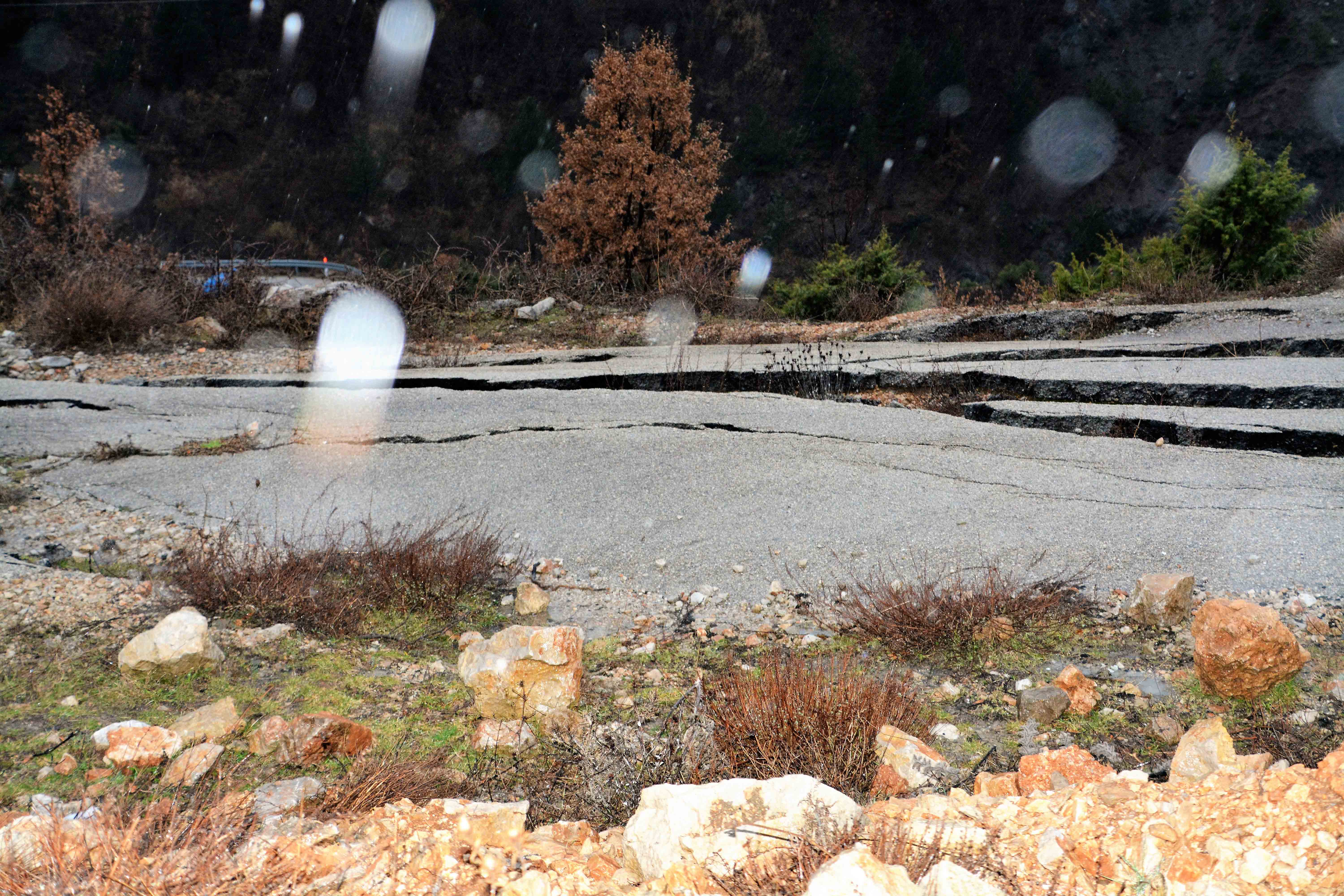
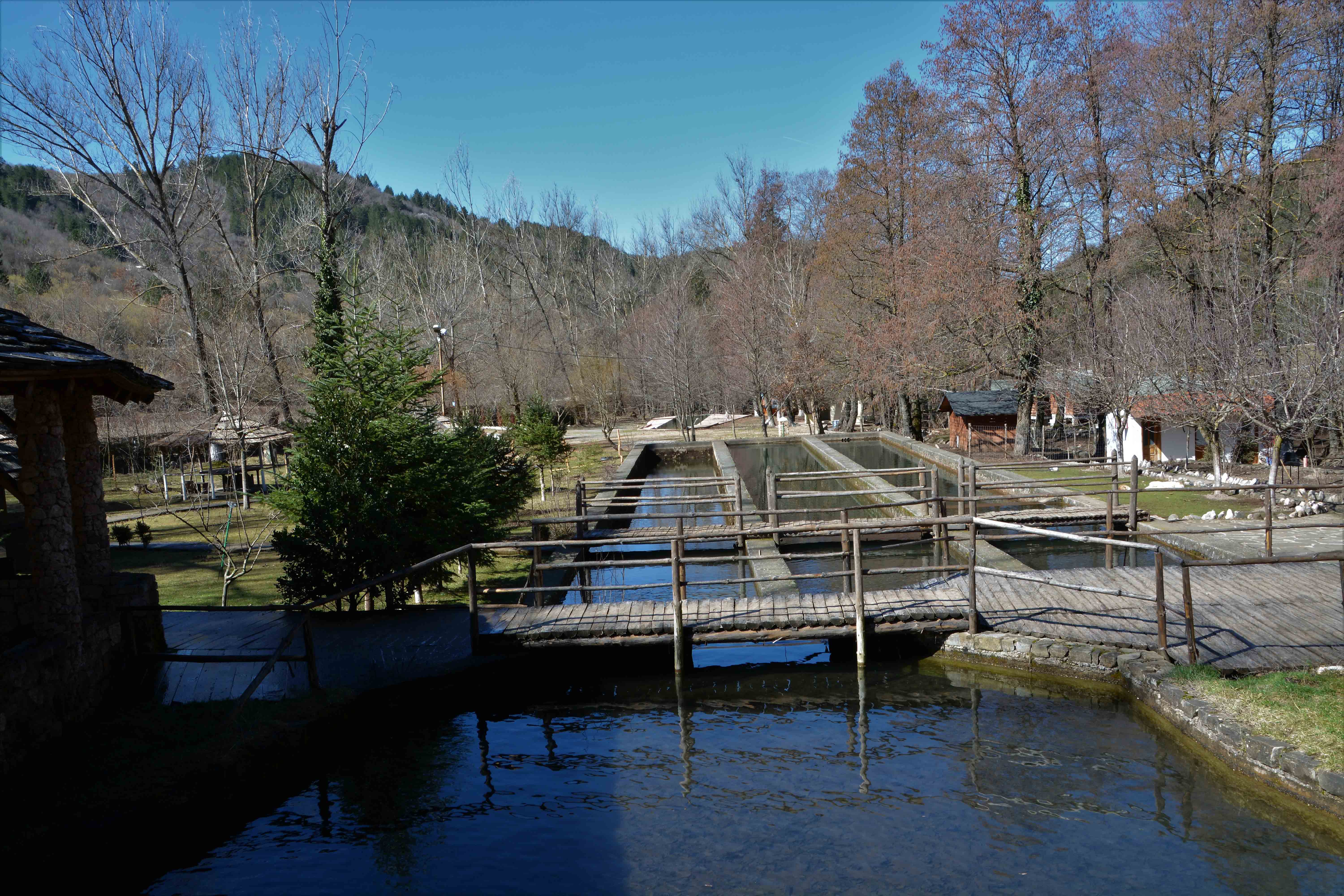
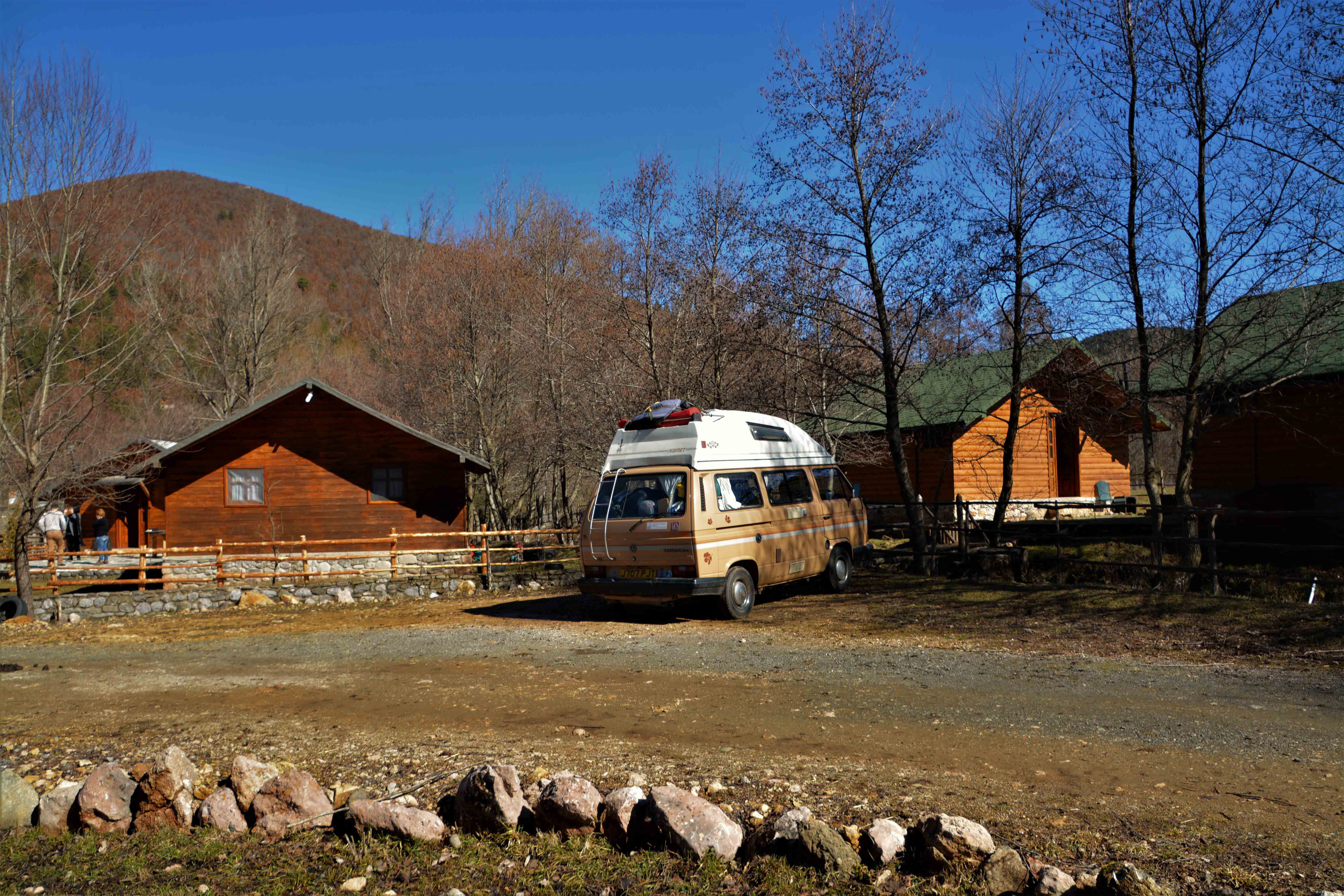
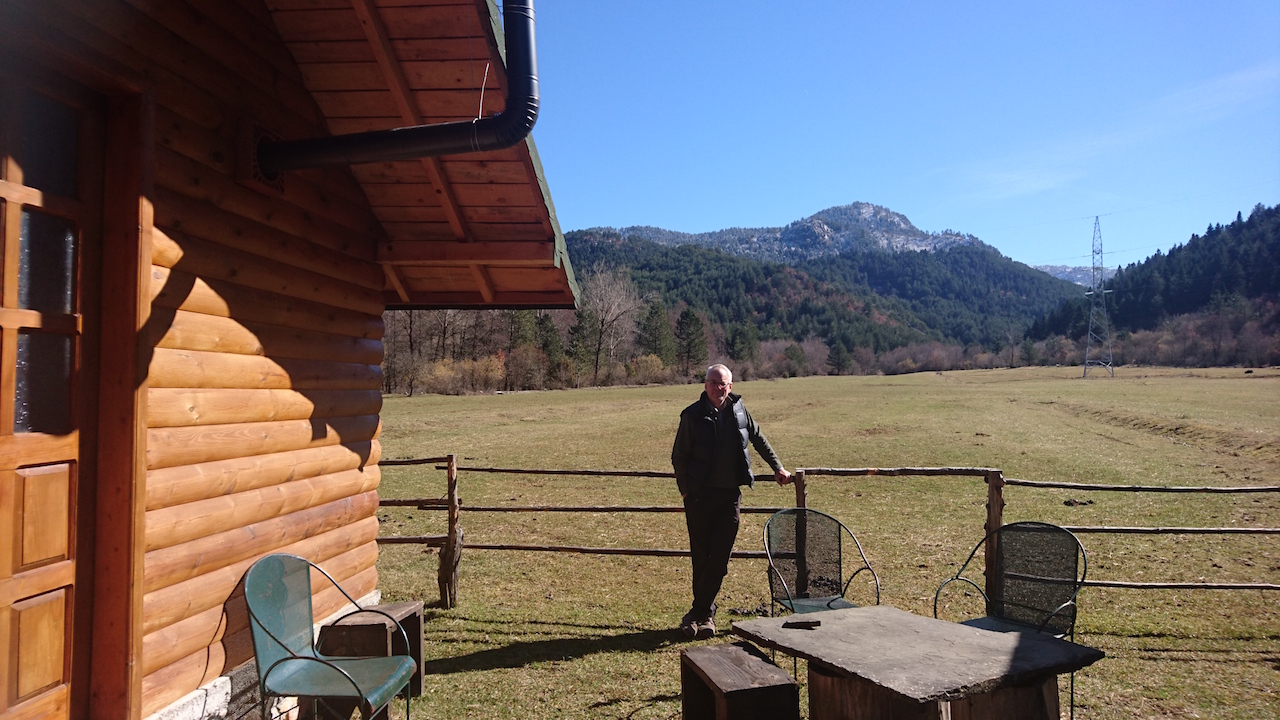
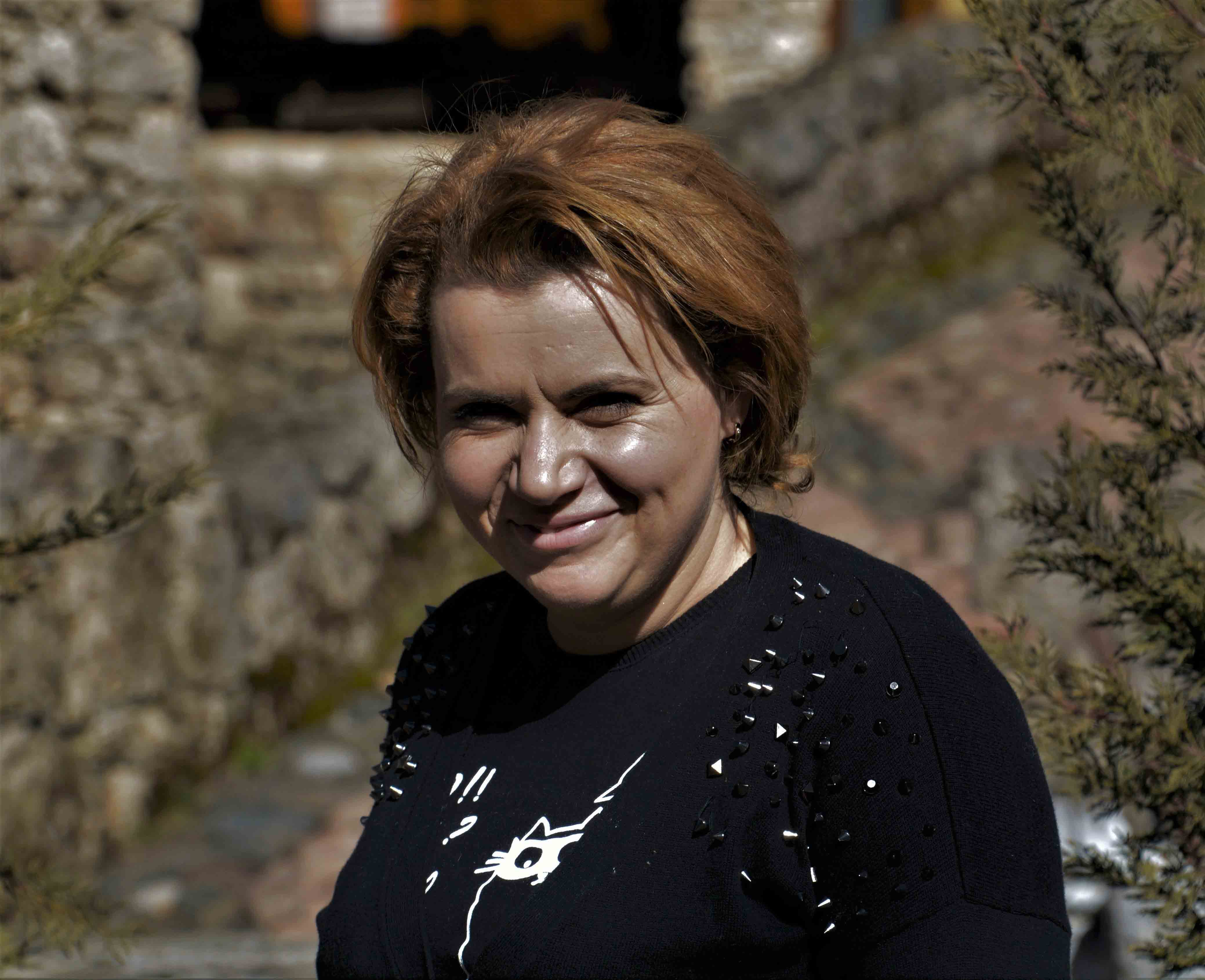
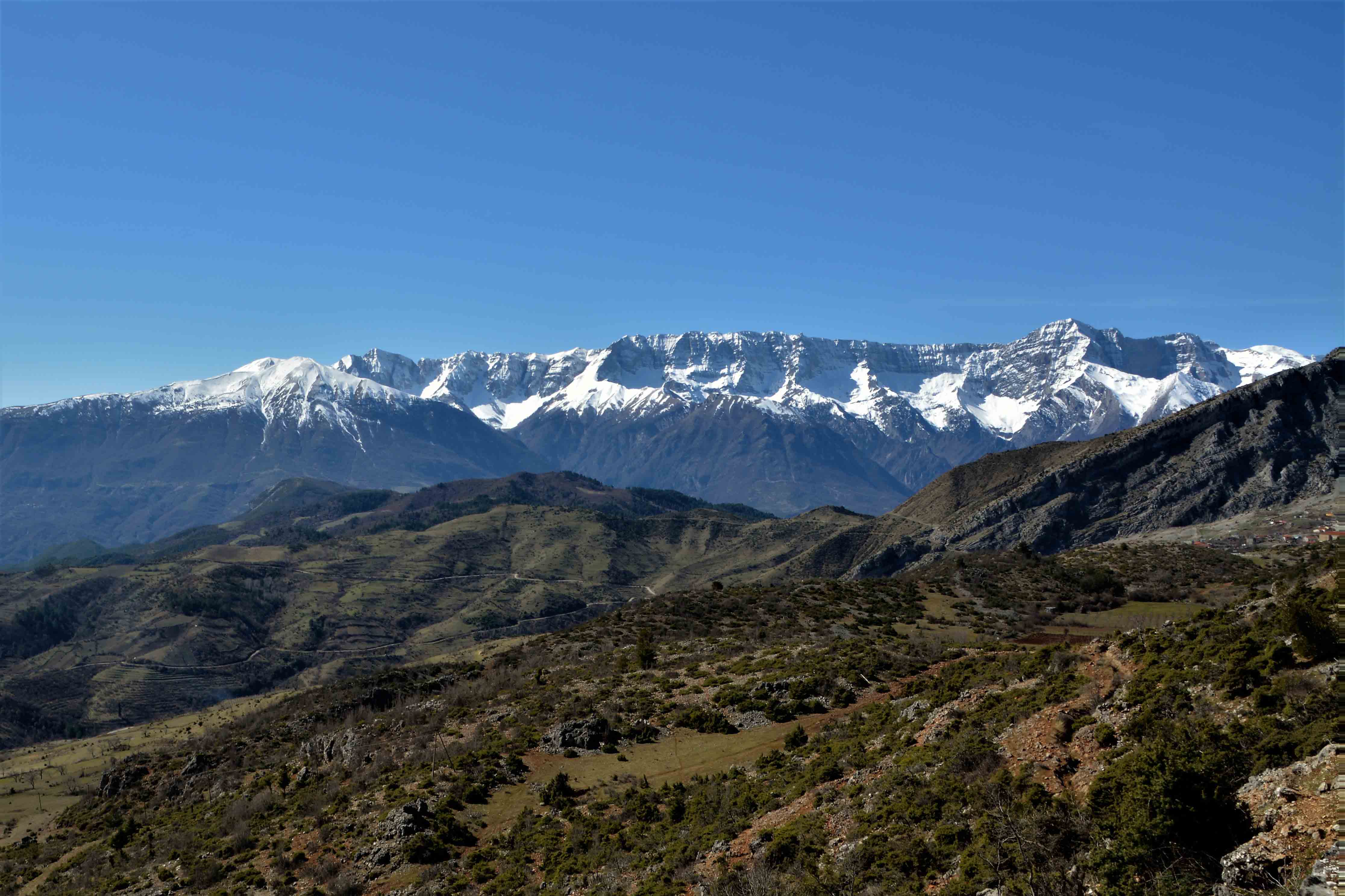
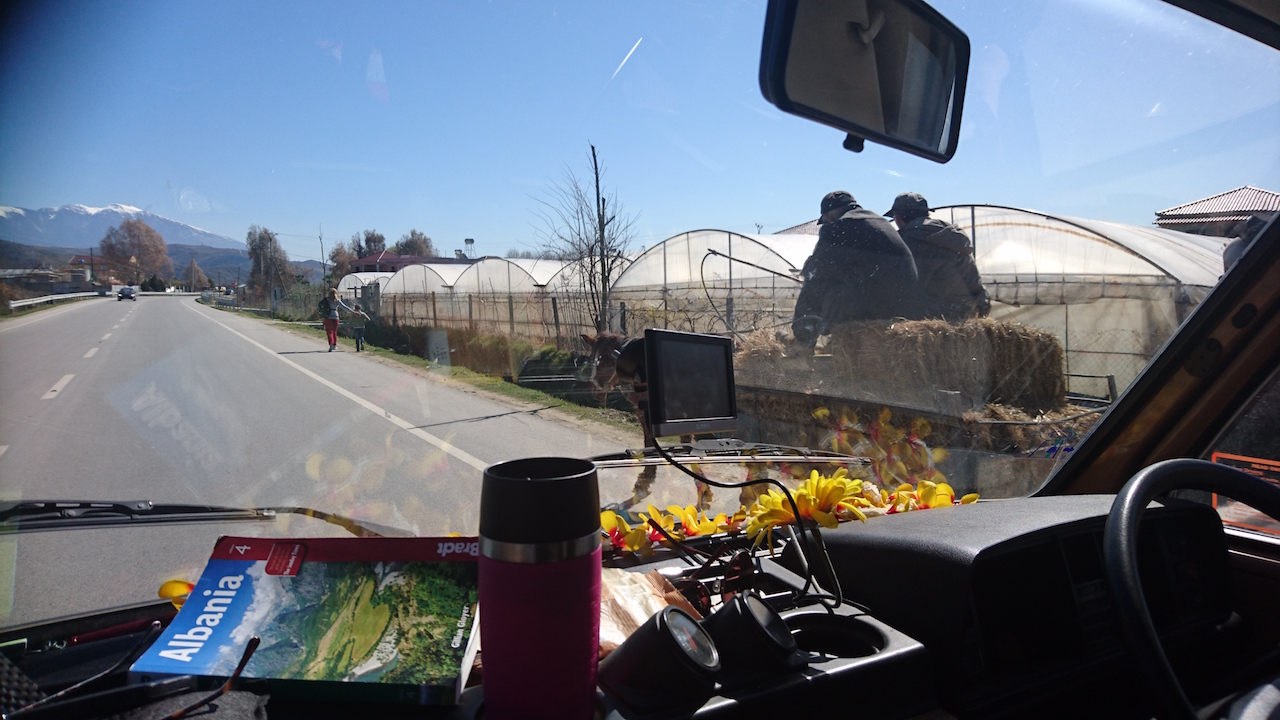
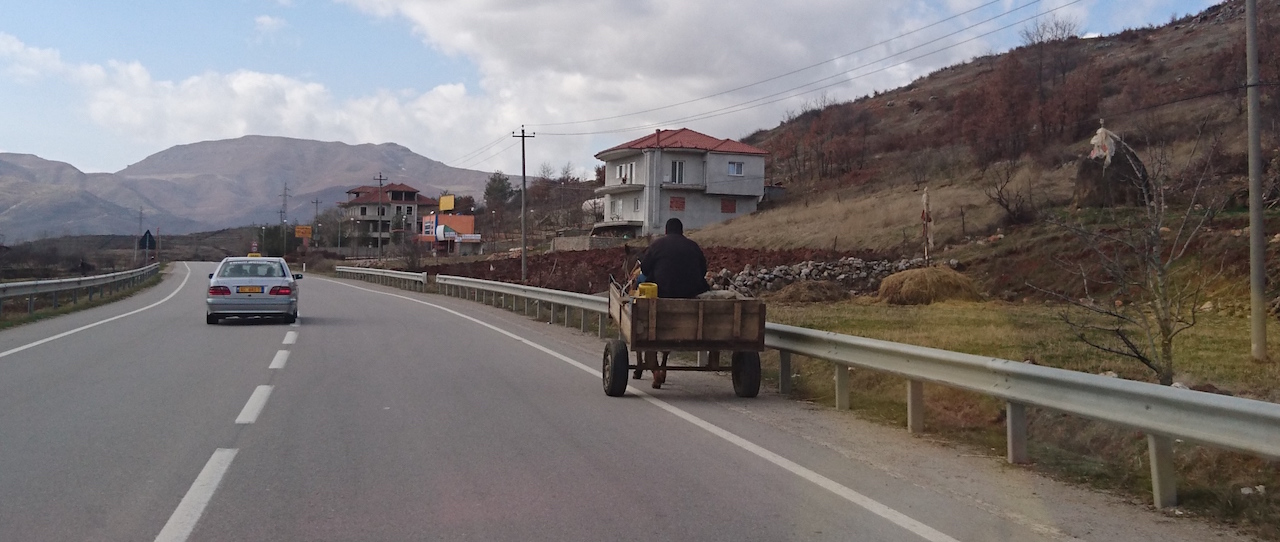
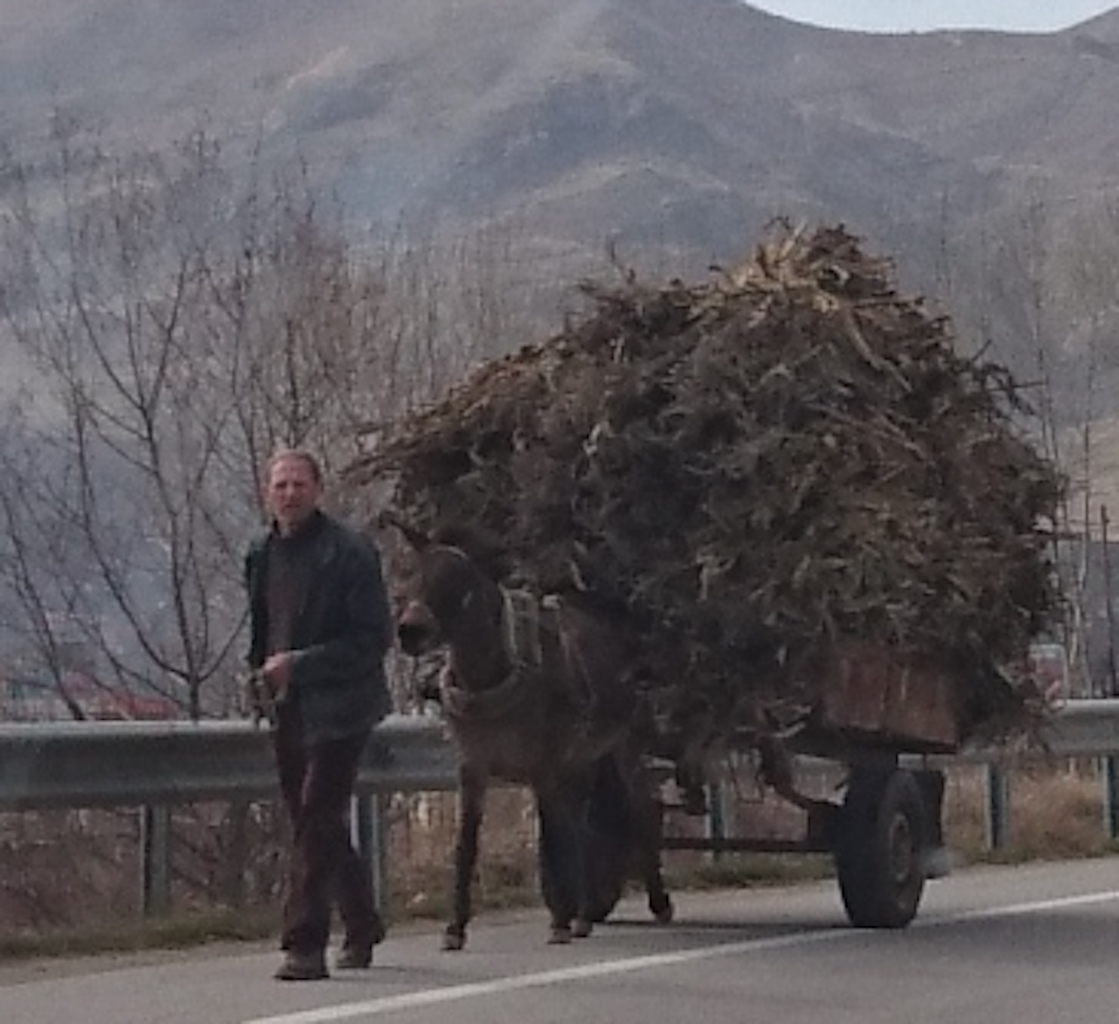
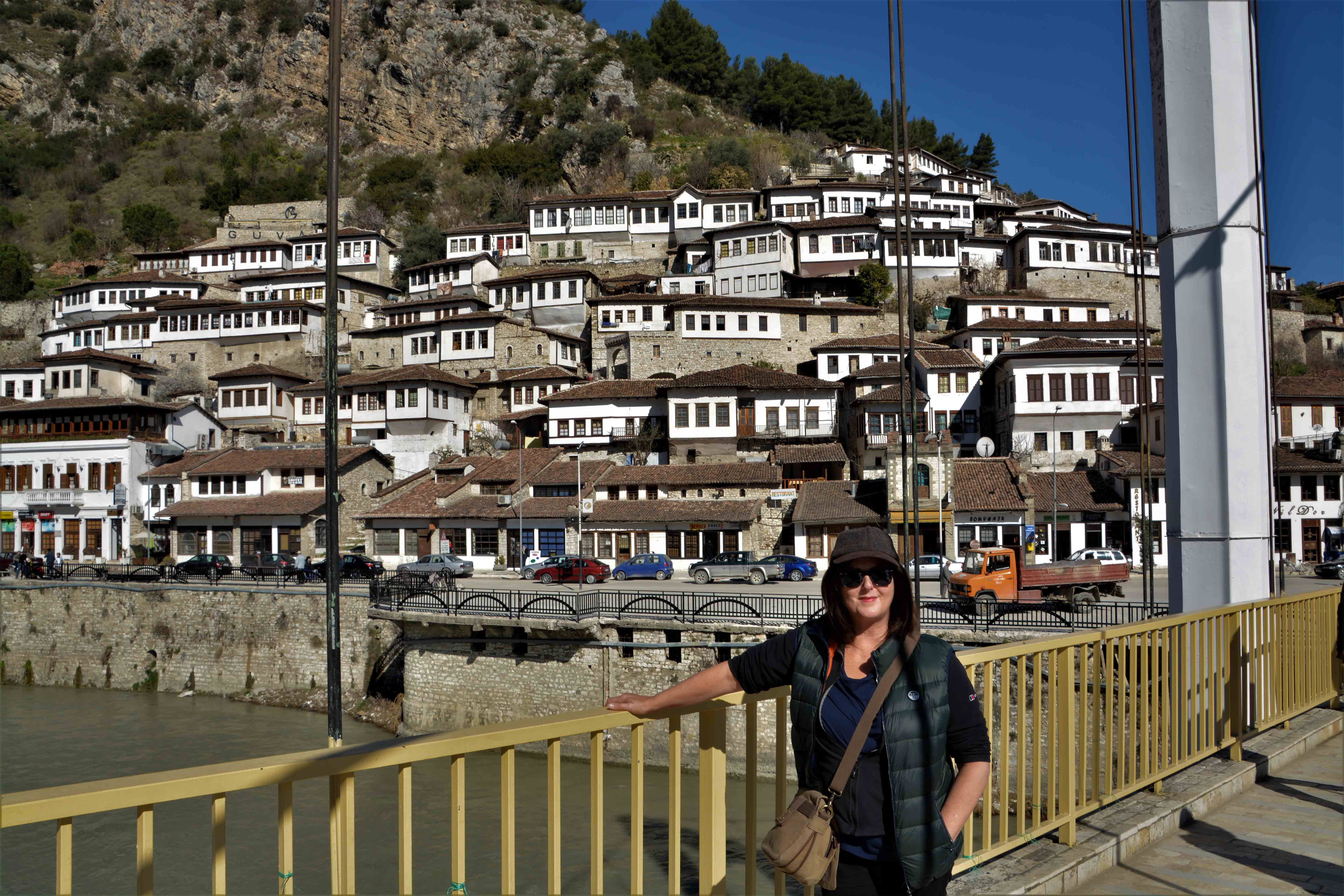
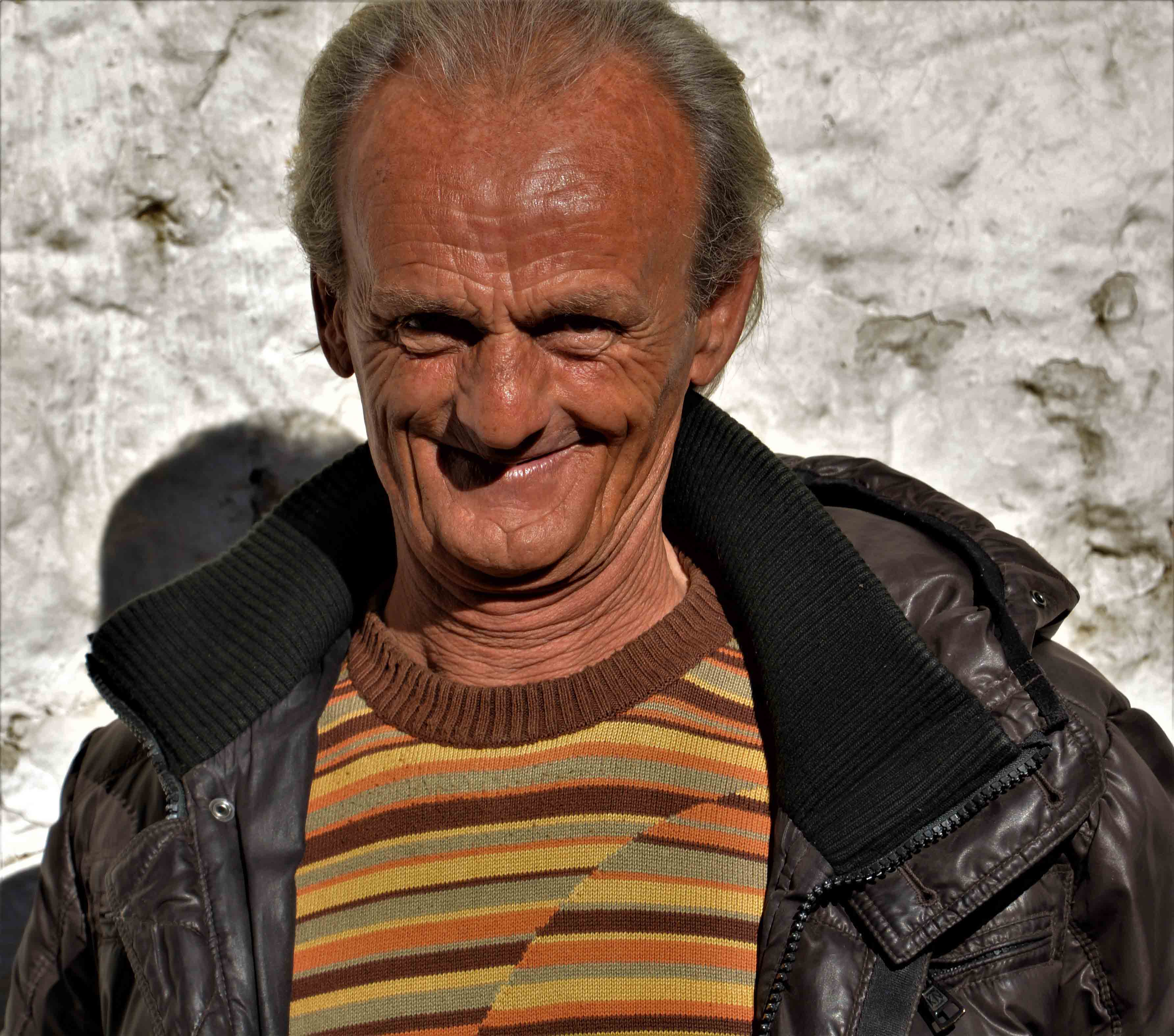
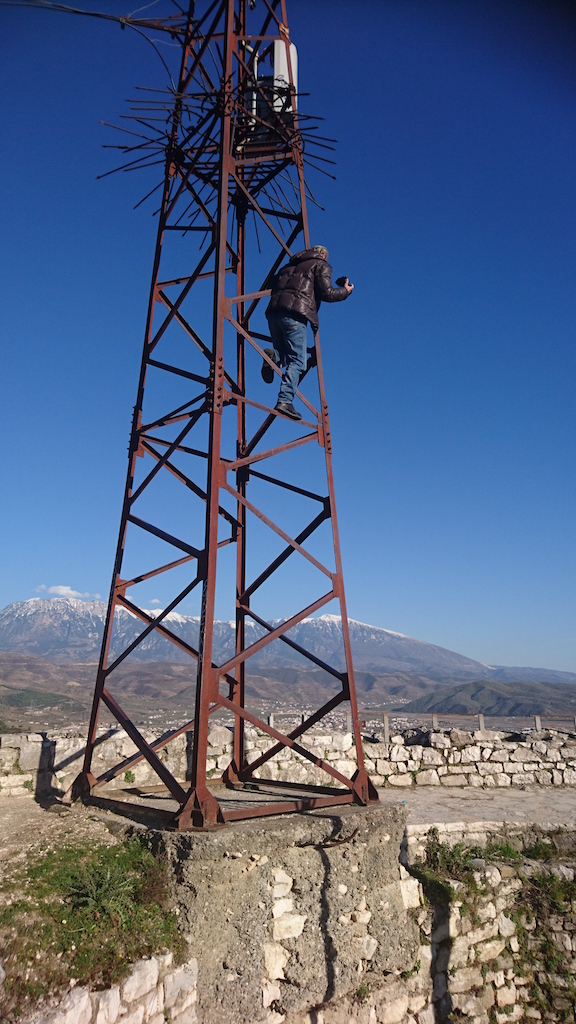
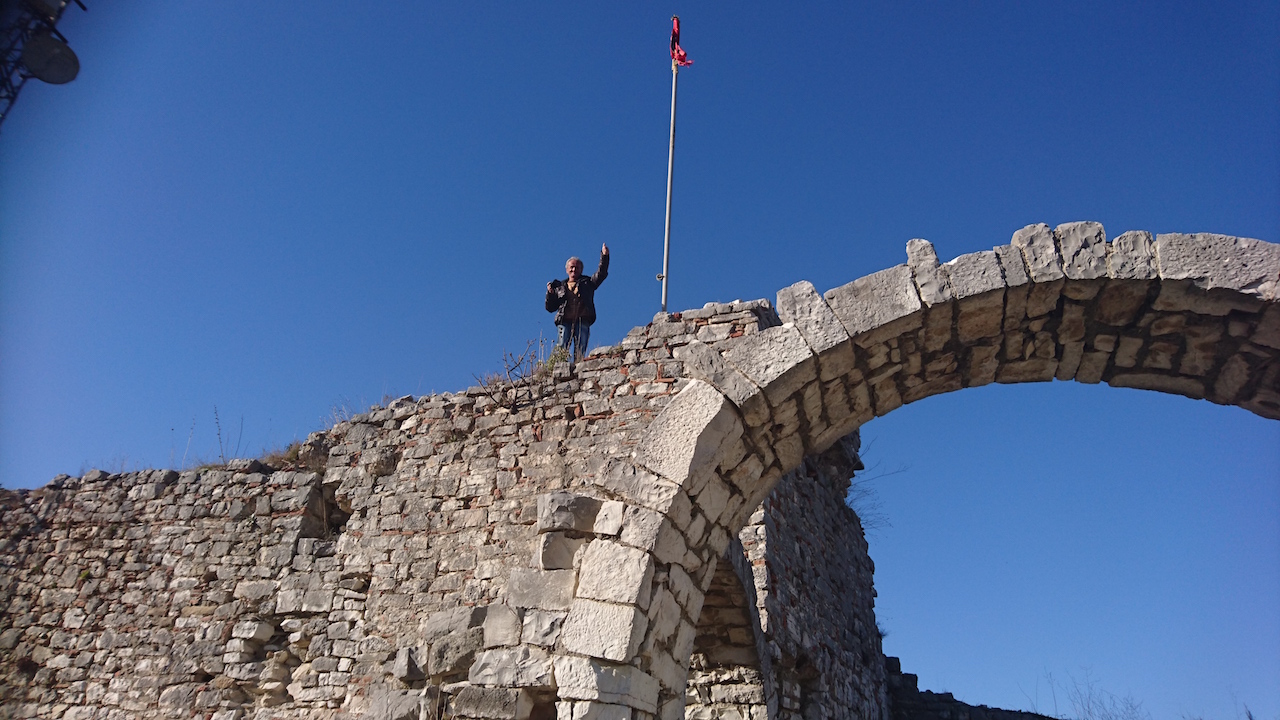
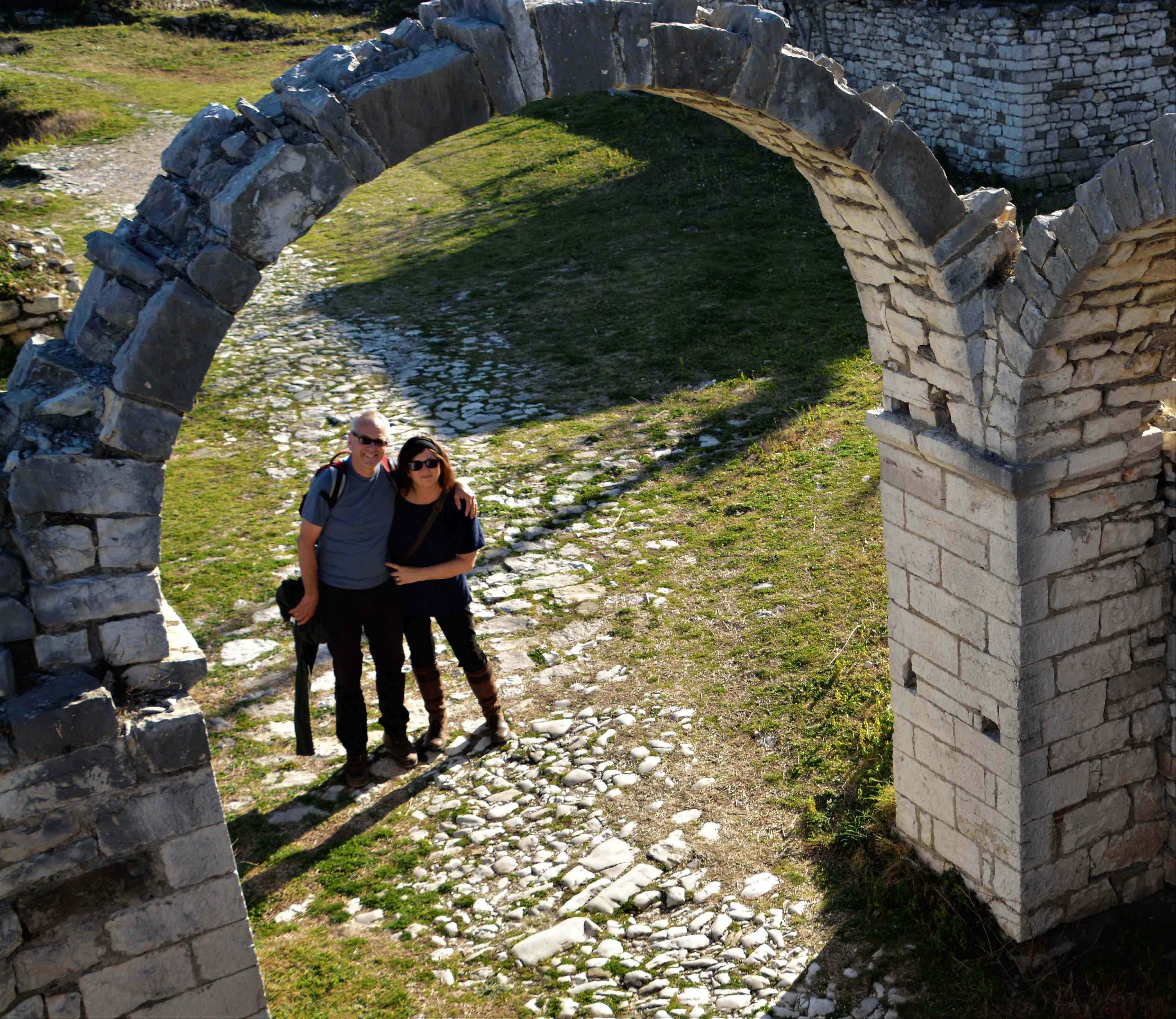
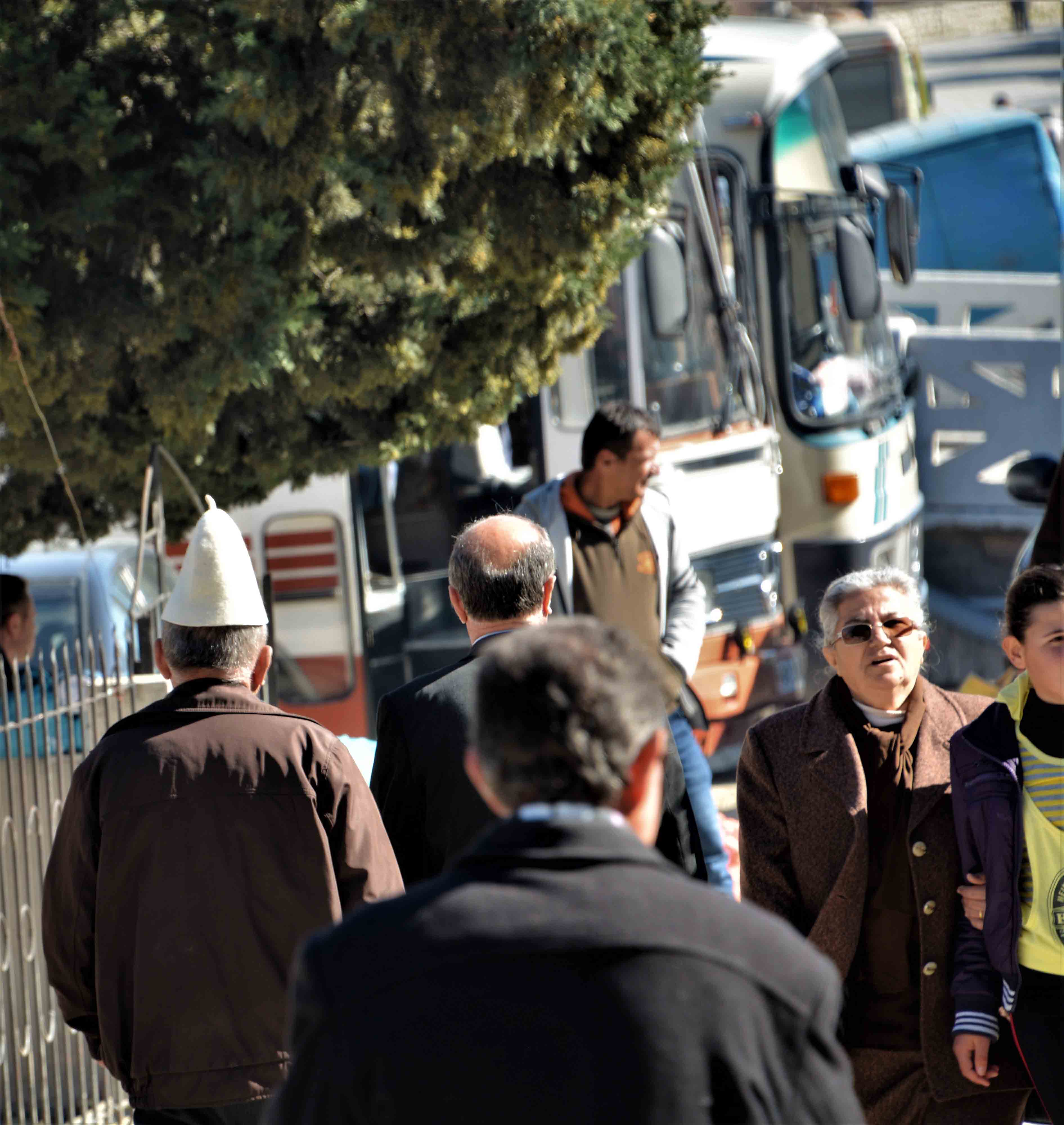
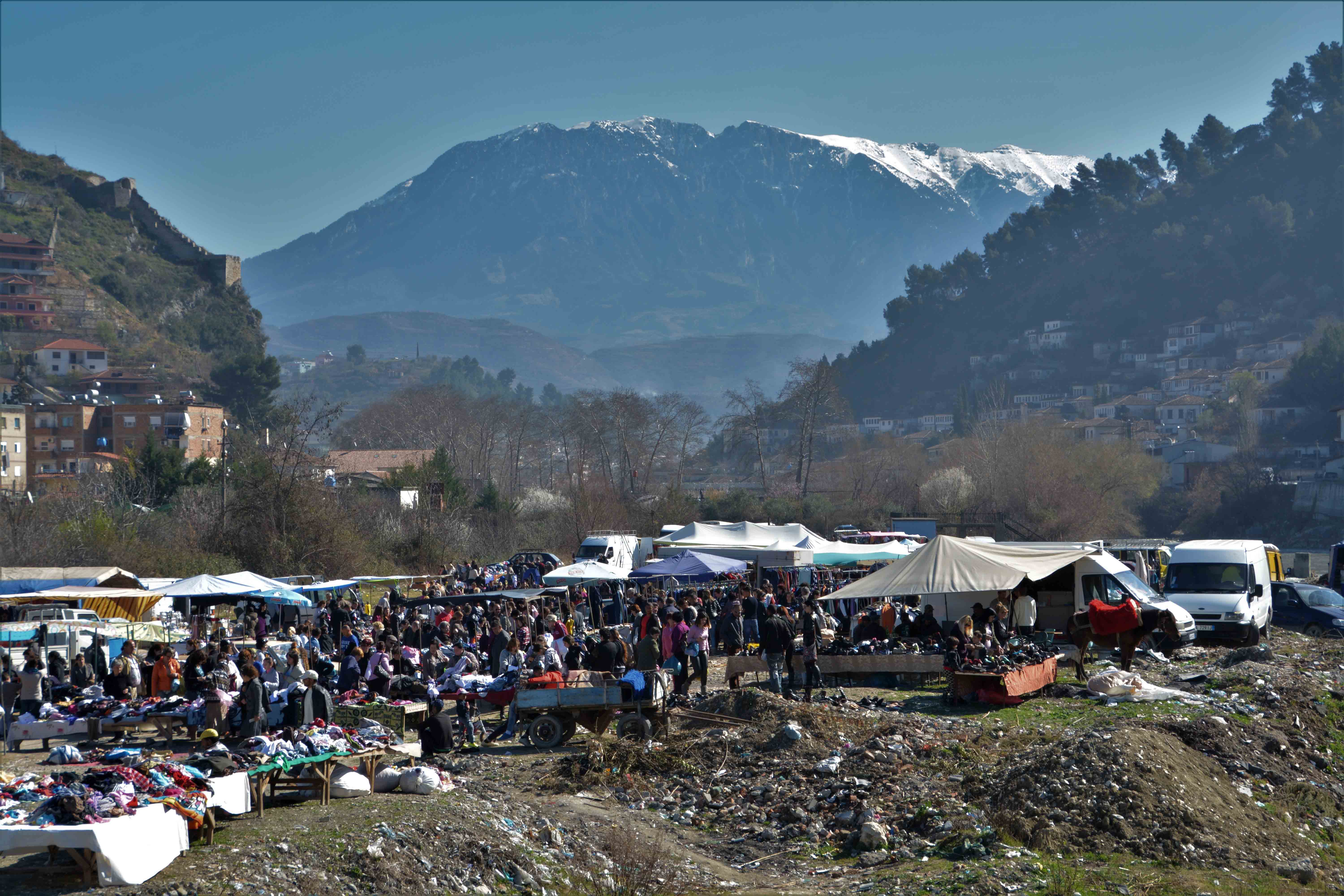 …and on the way back to town we met this man heading home to make his dinner.
…and on the way back to town we met this man heading home to make his dinner.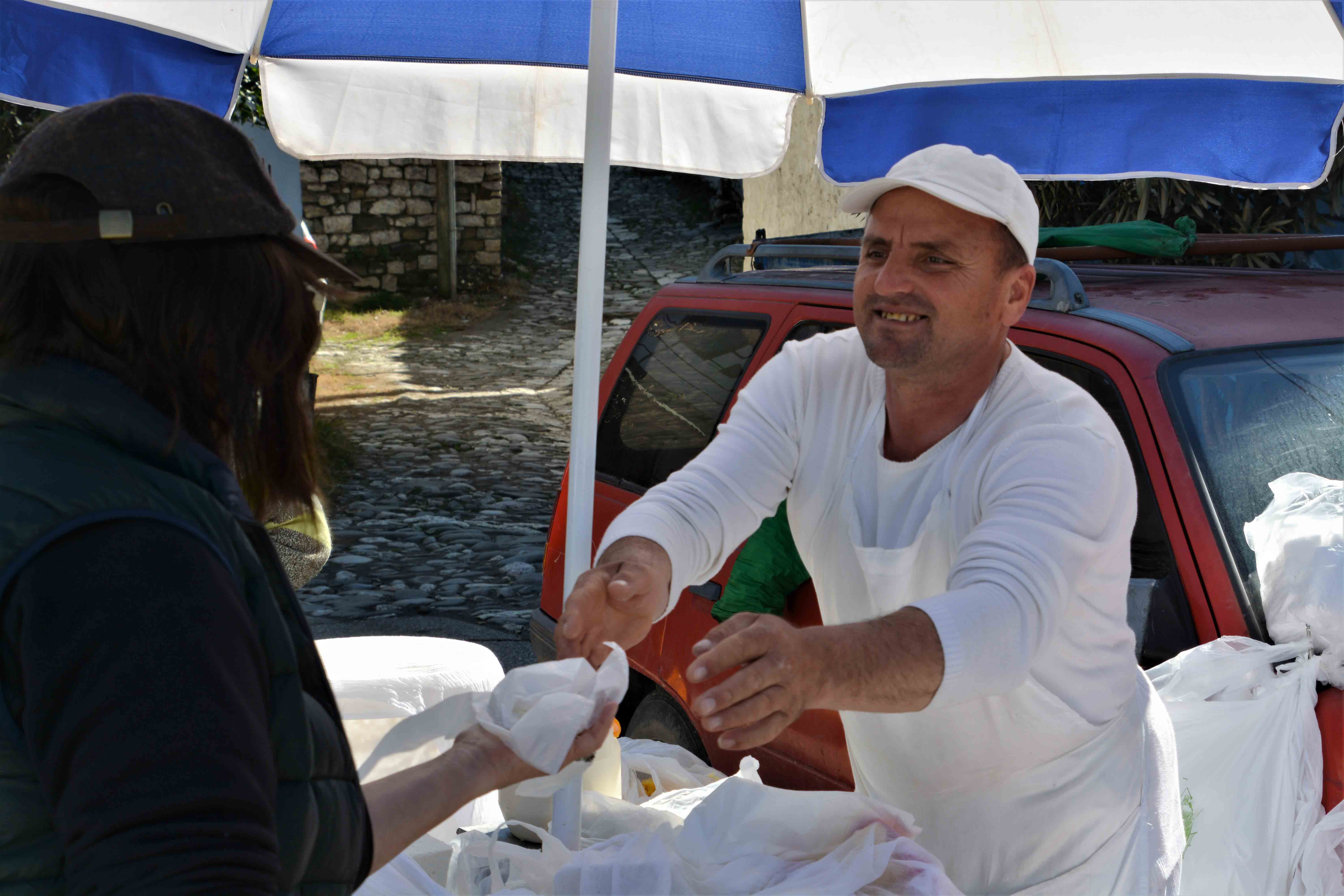
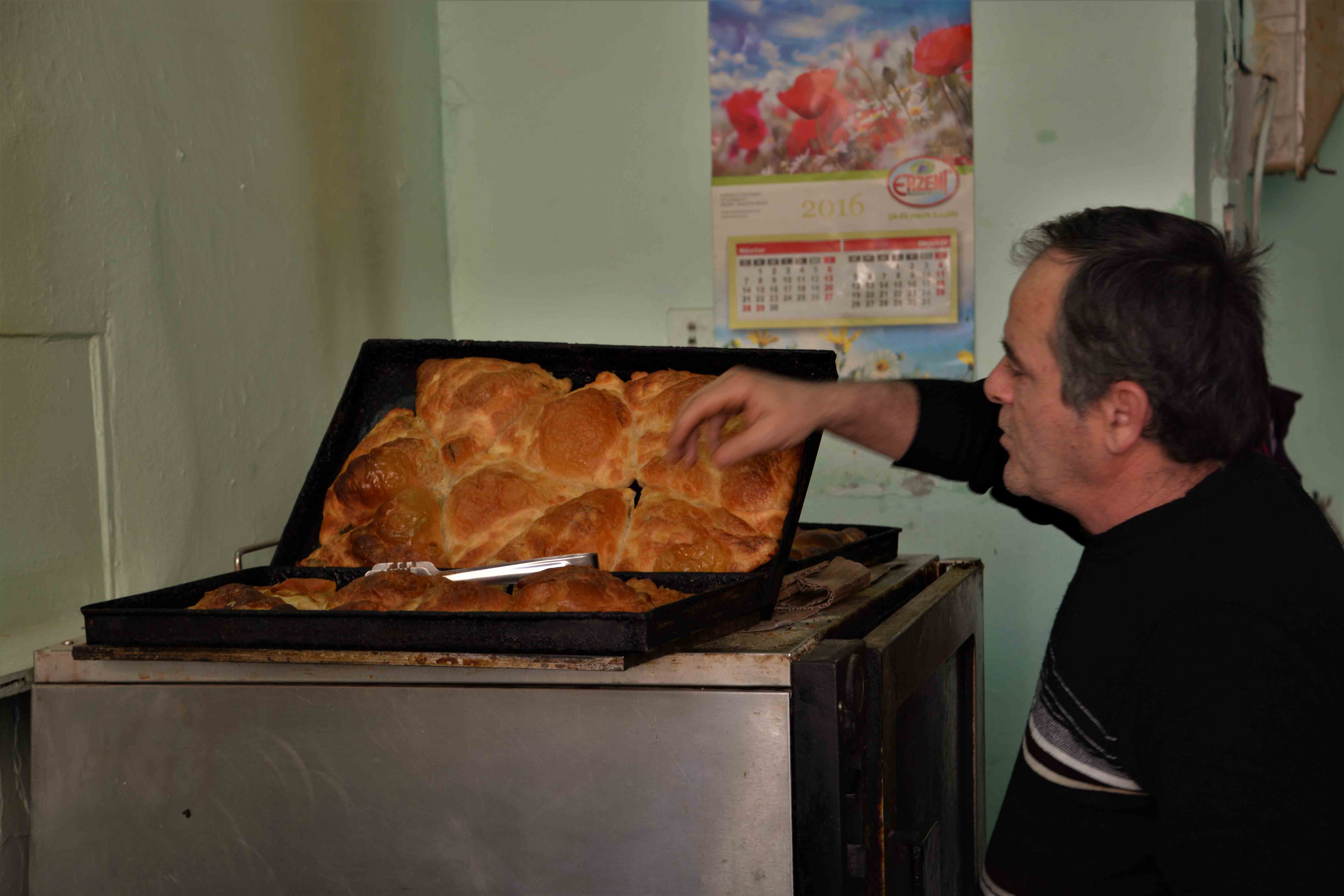
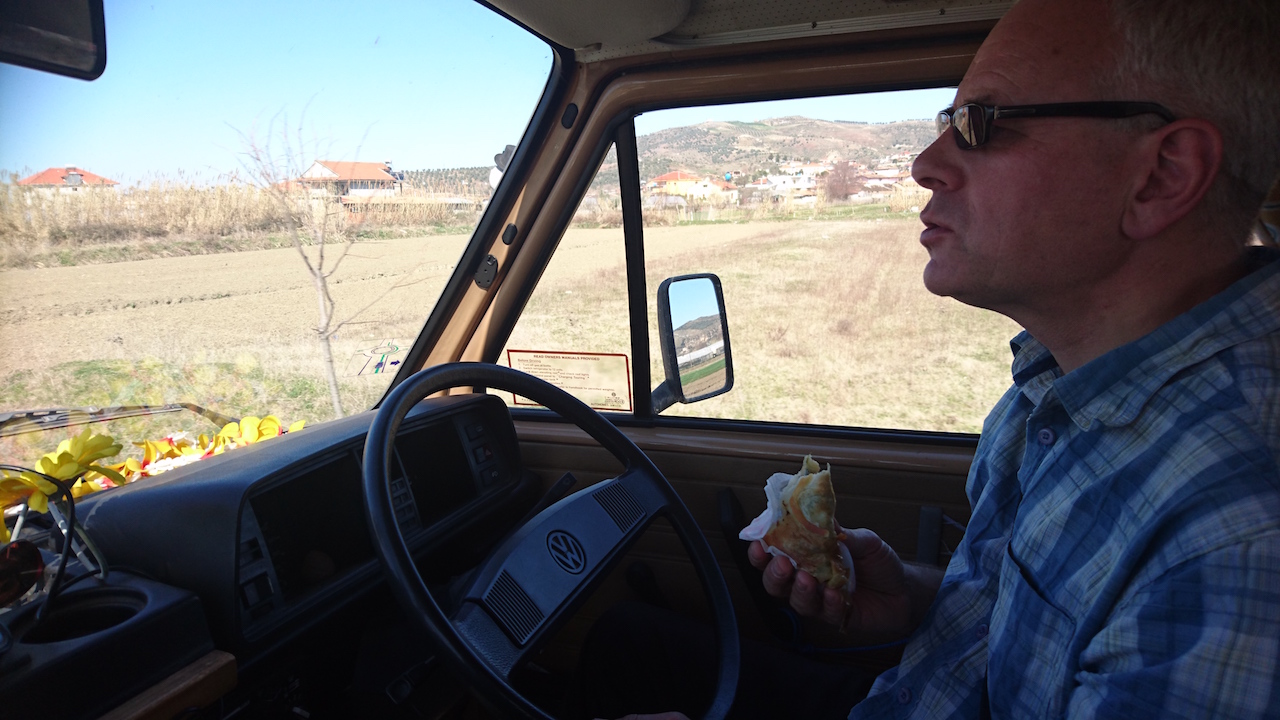
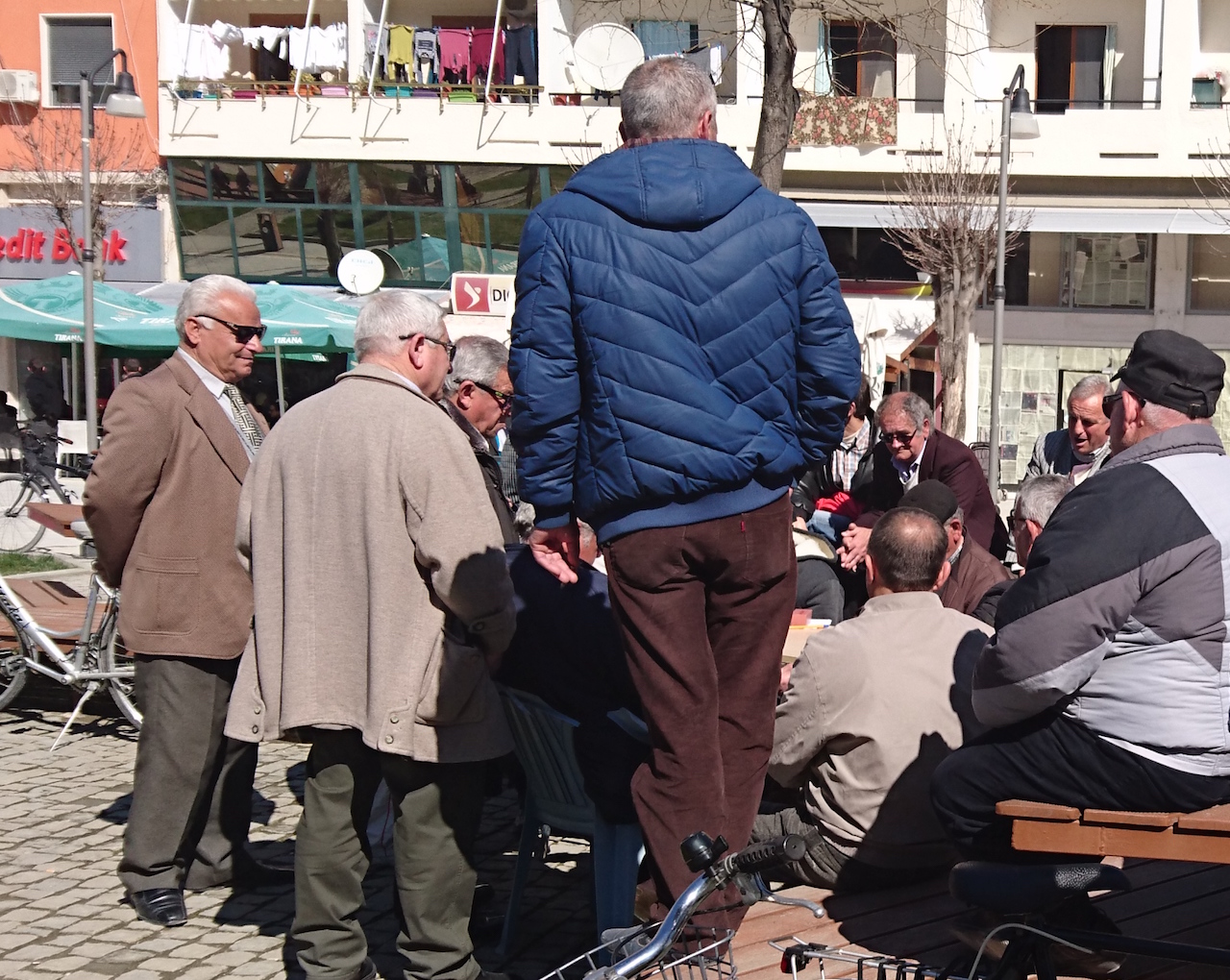
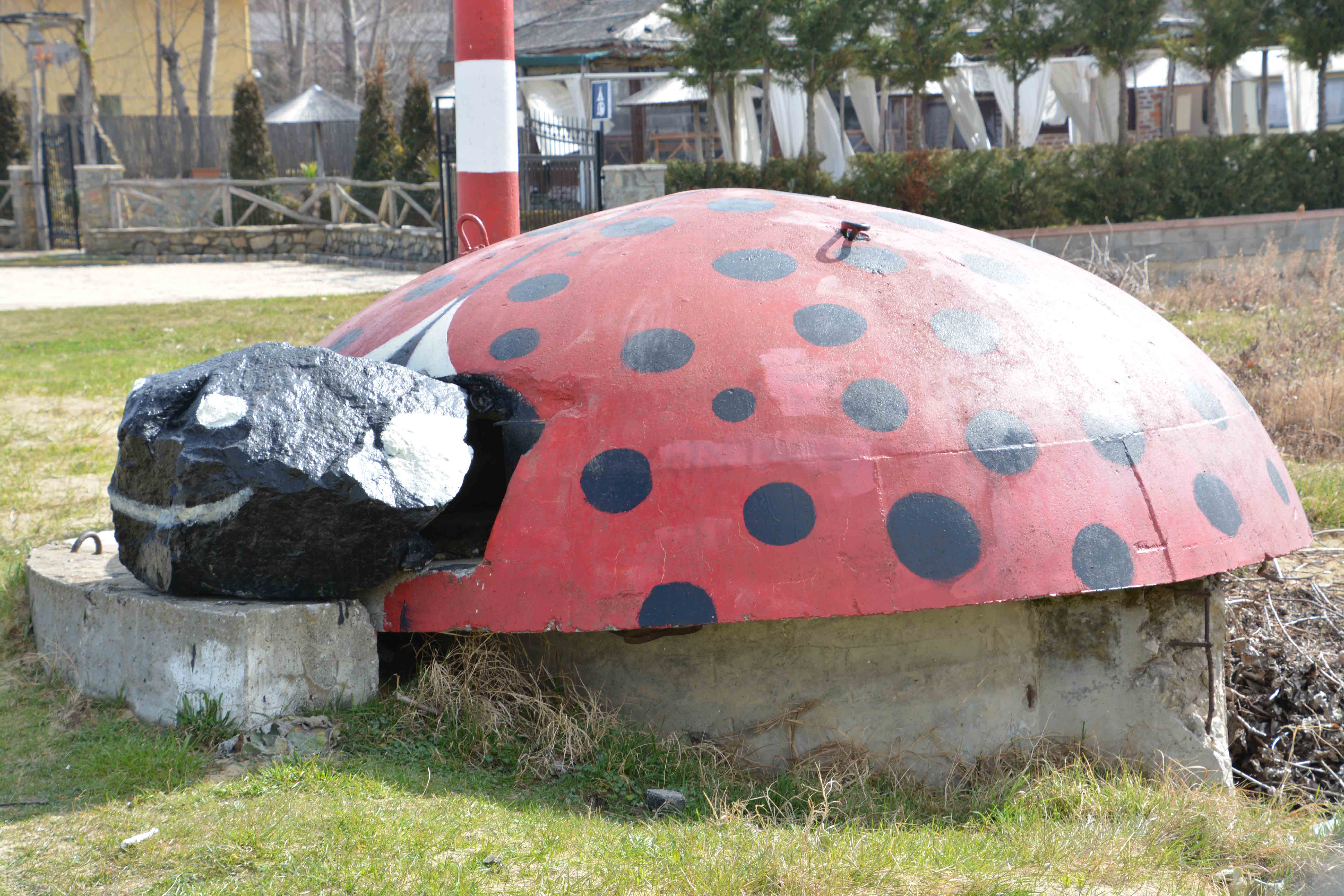
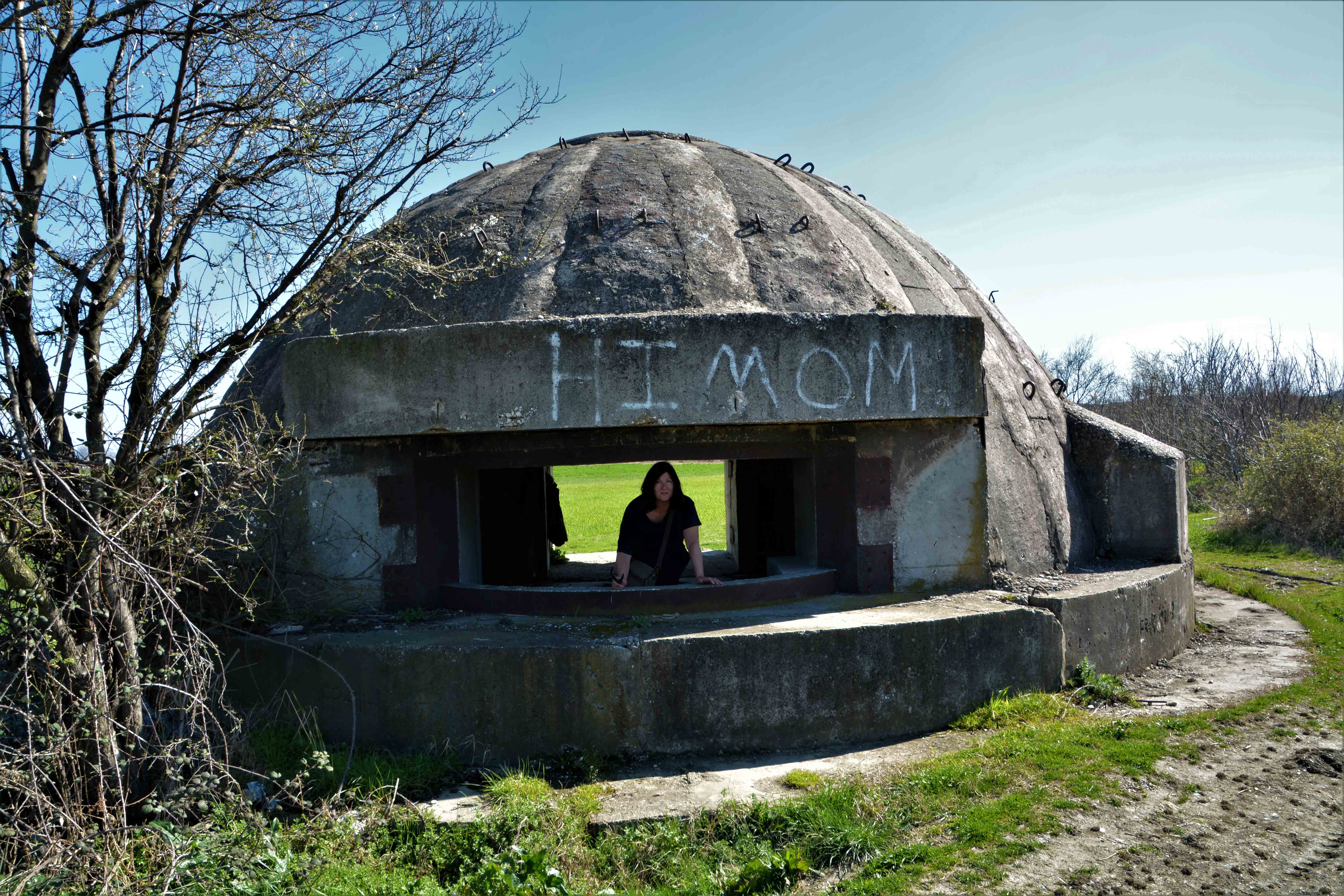
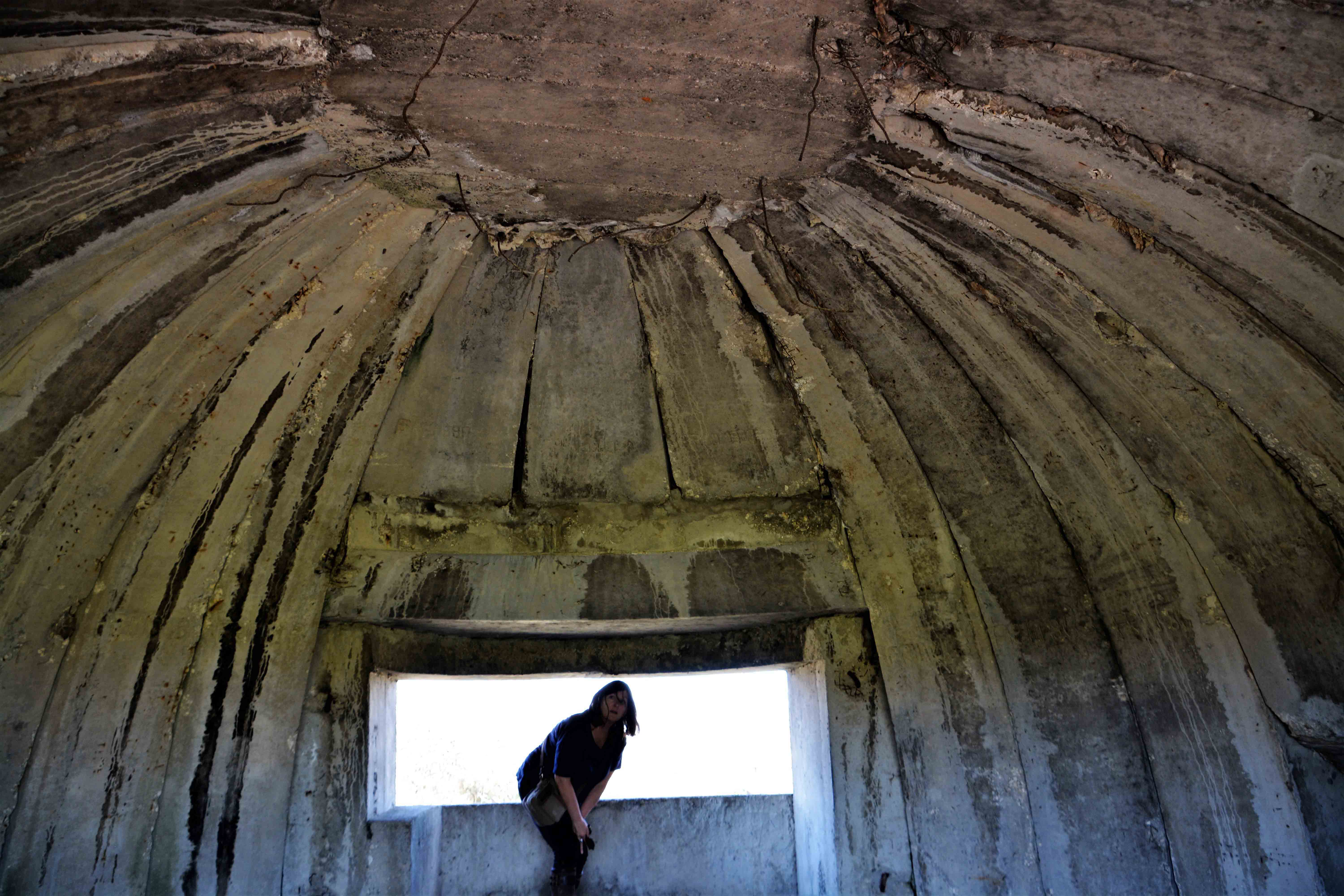
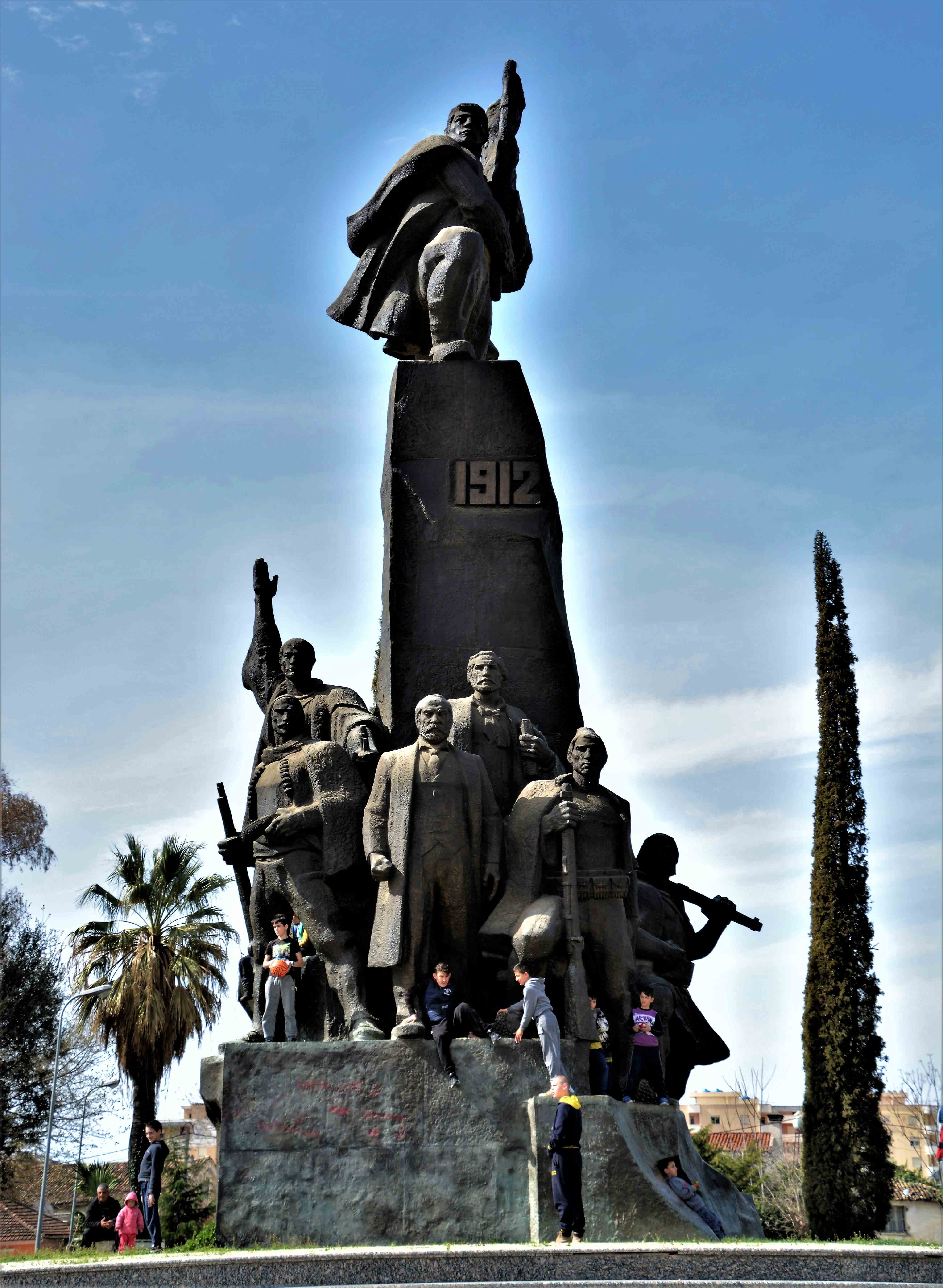
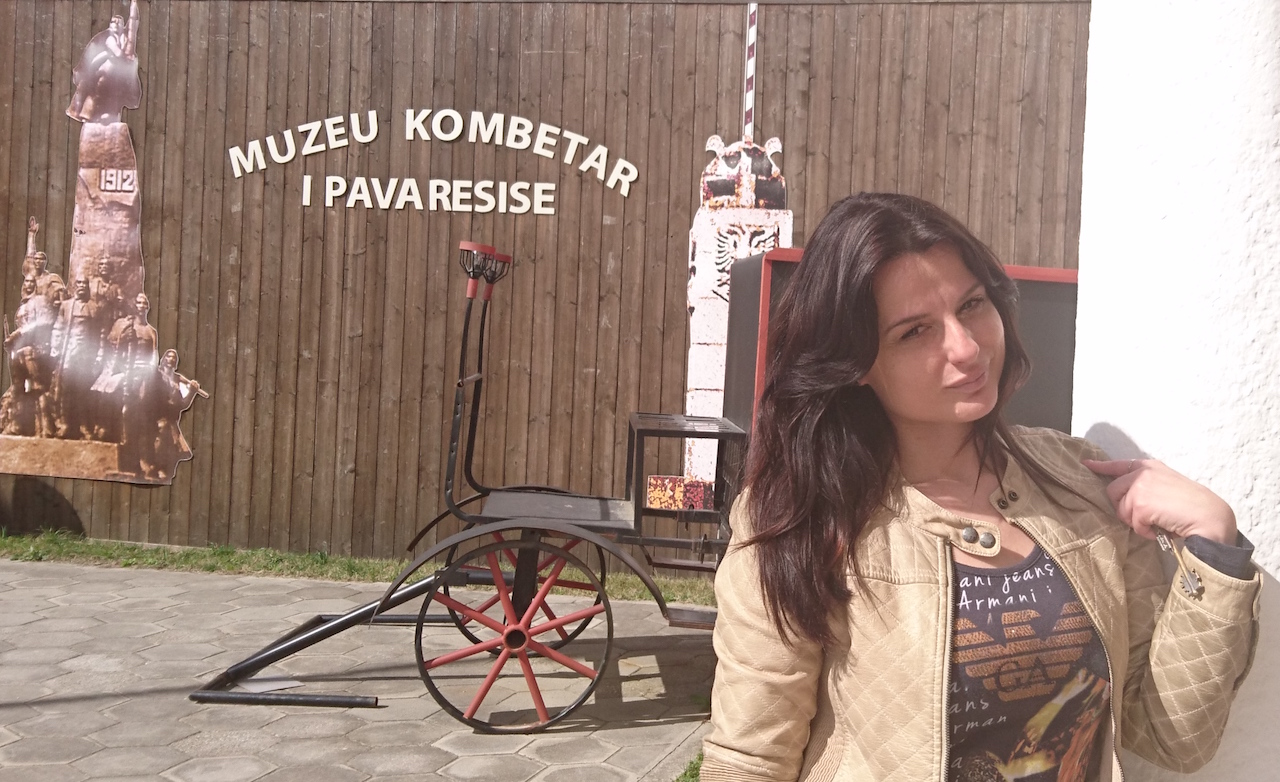
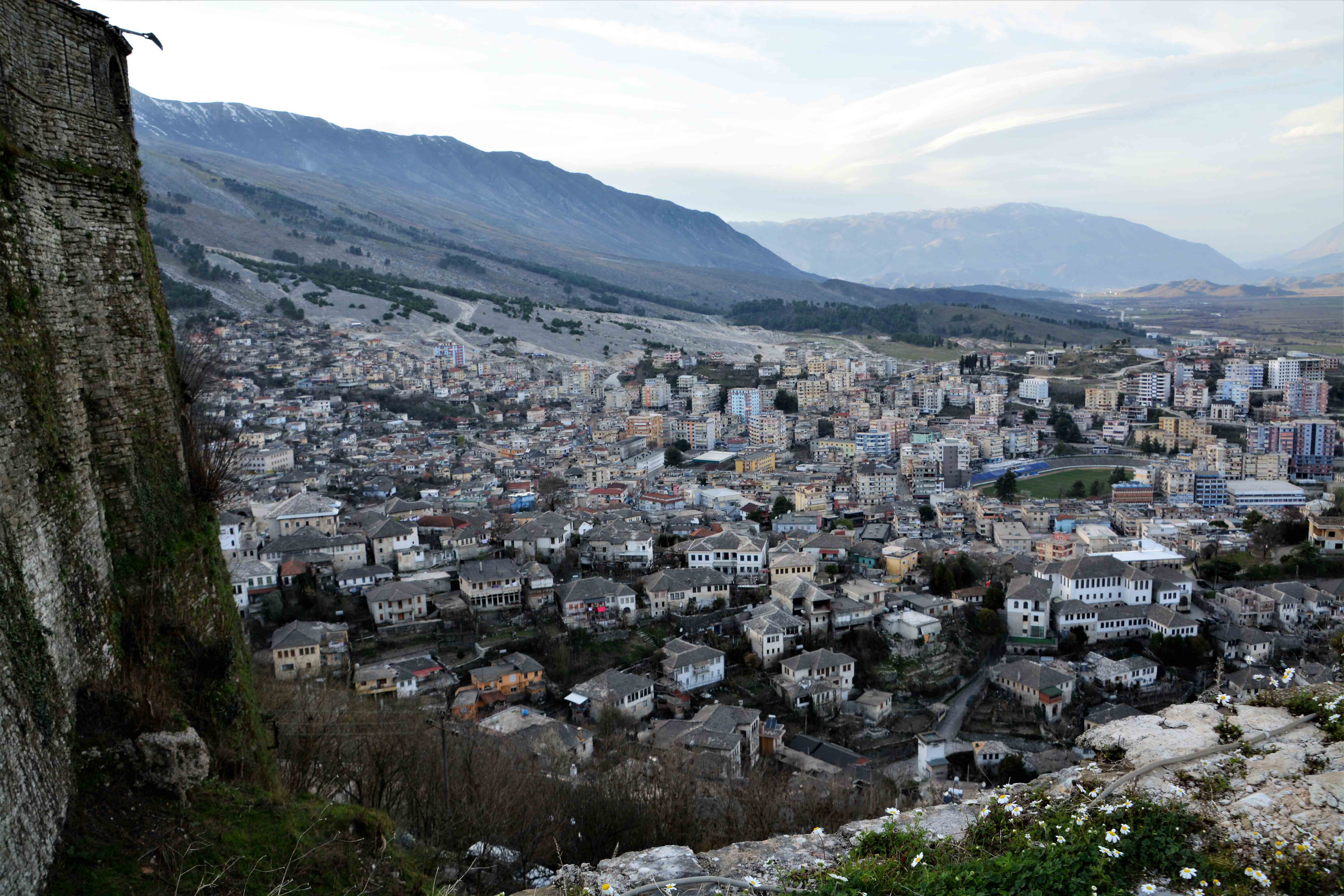
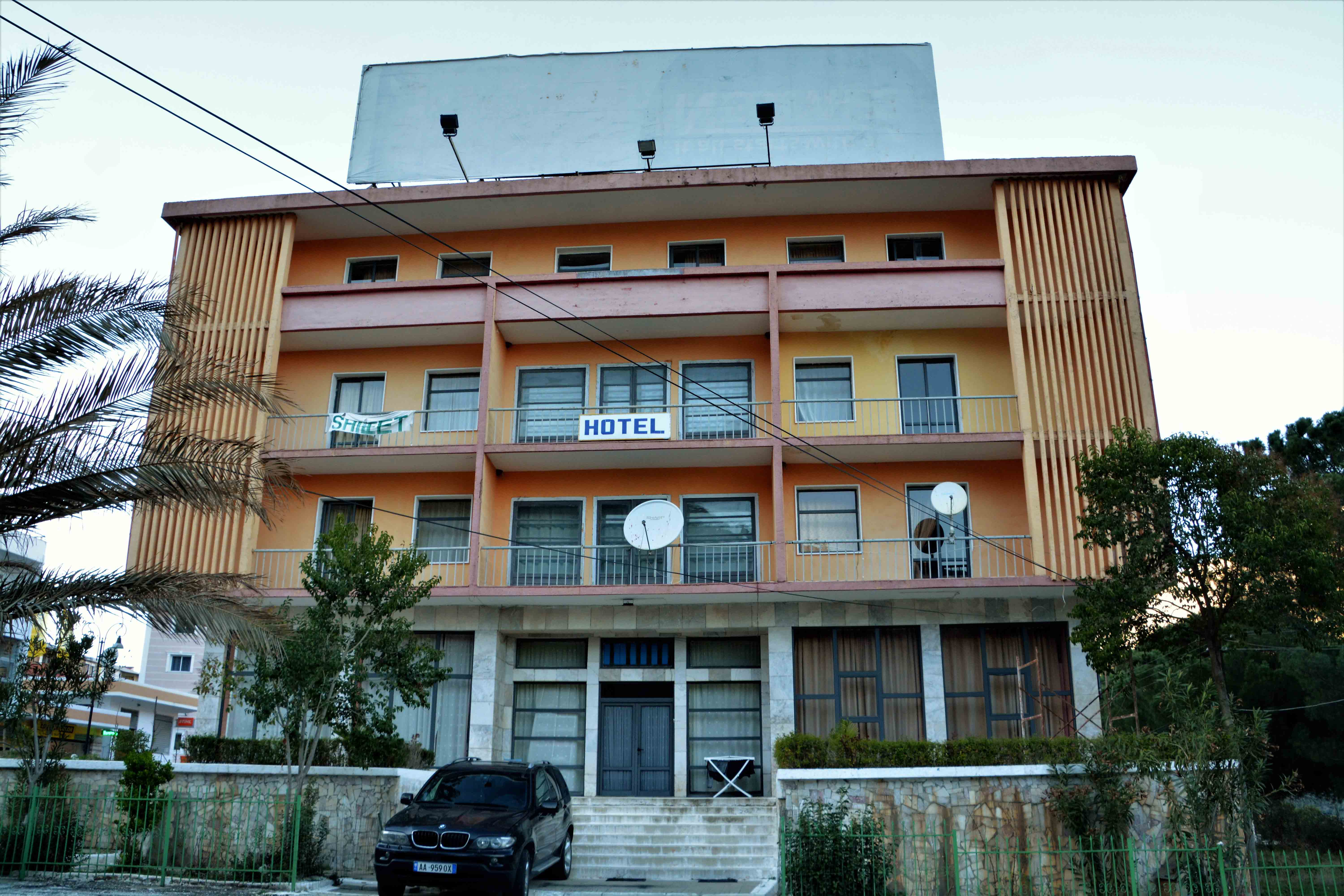
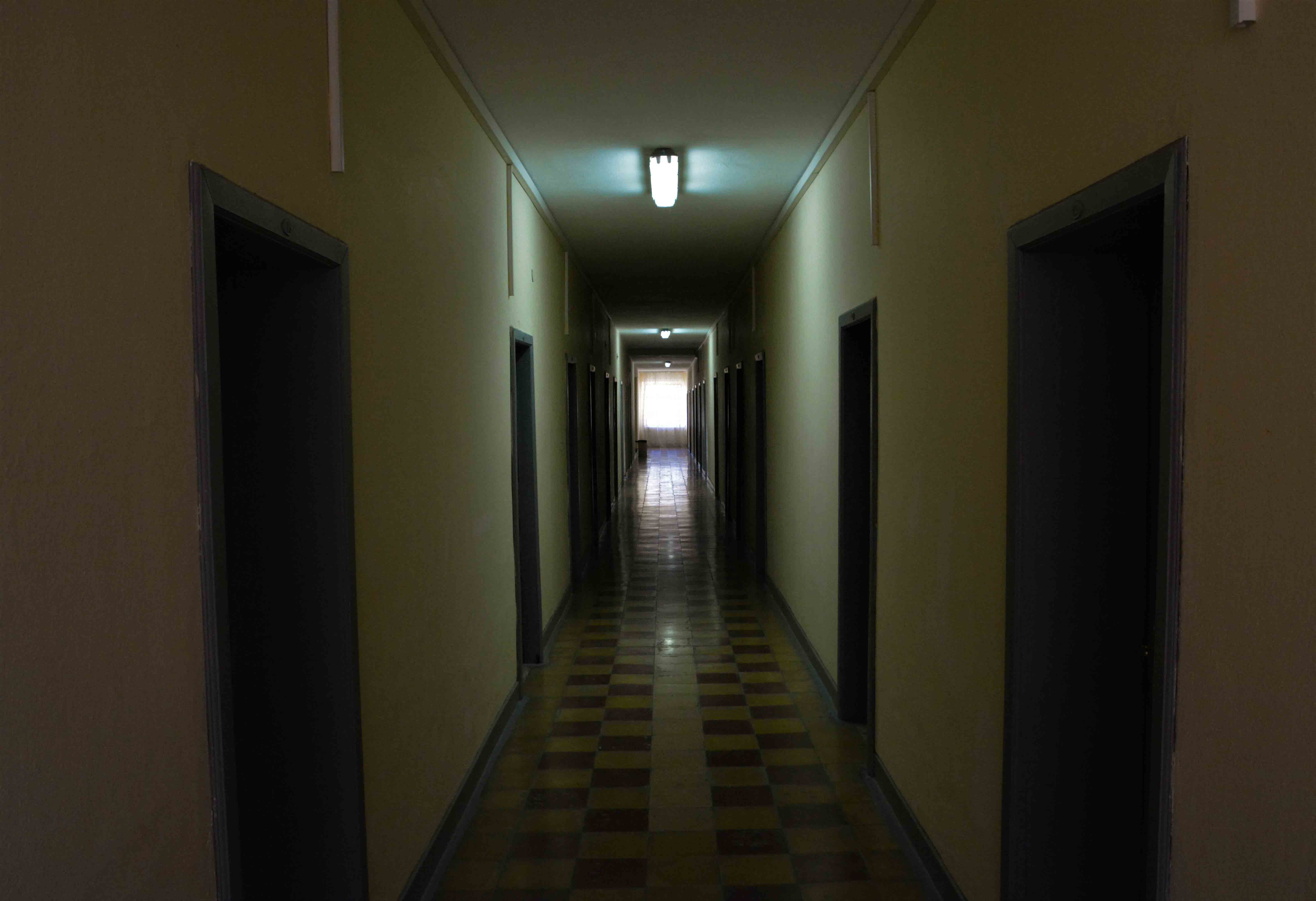
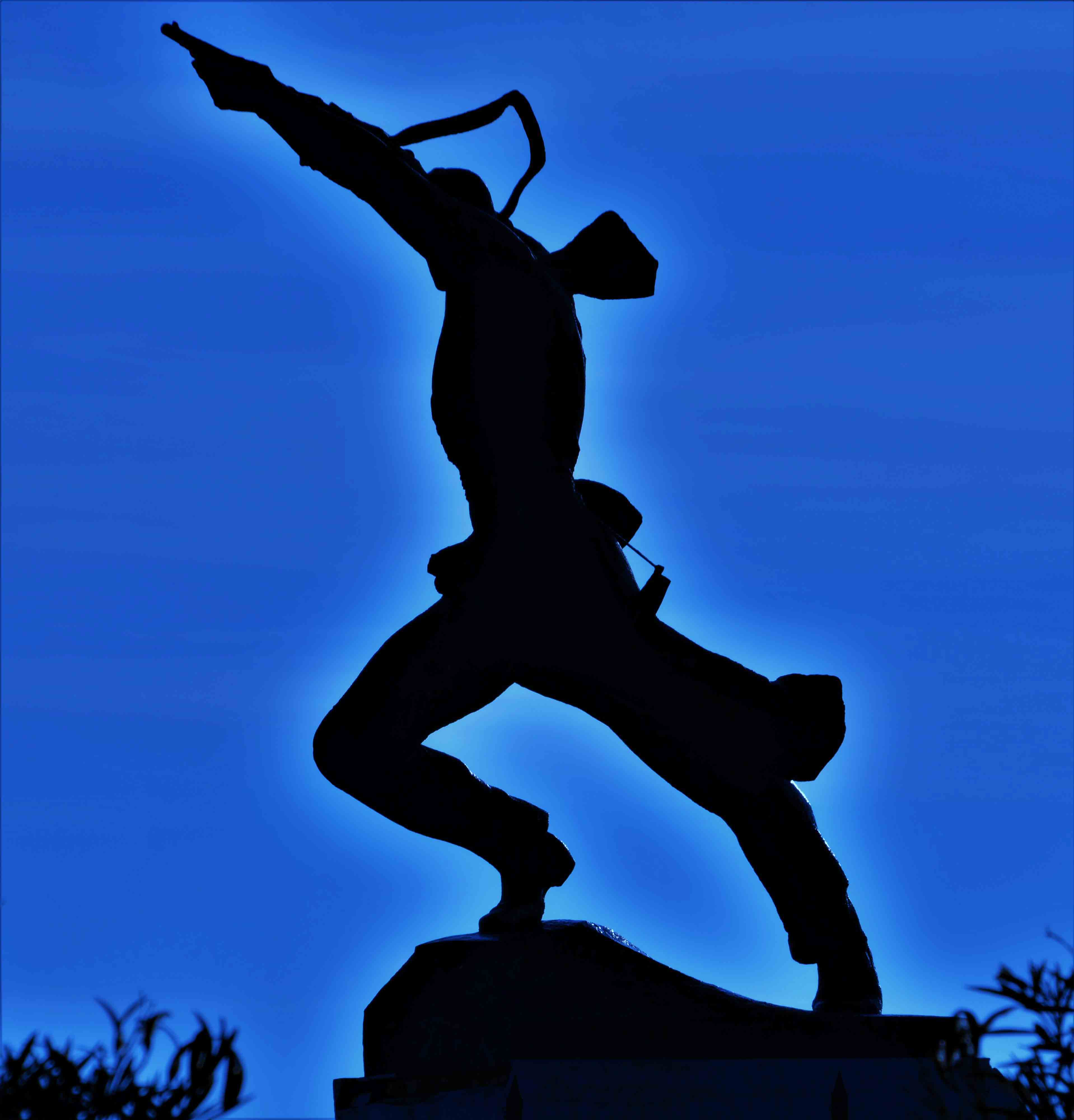
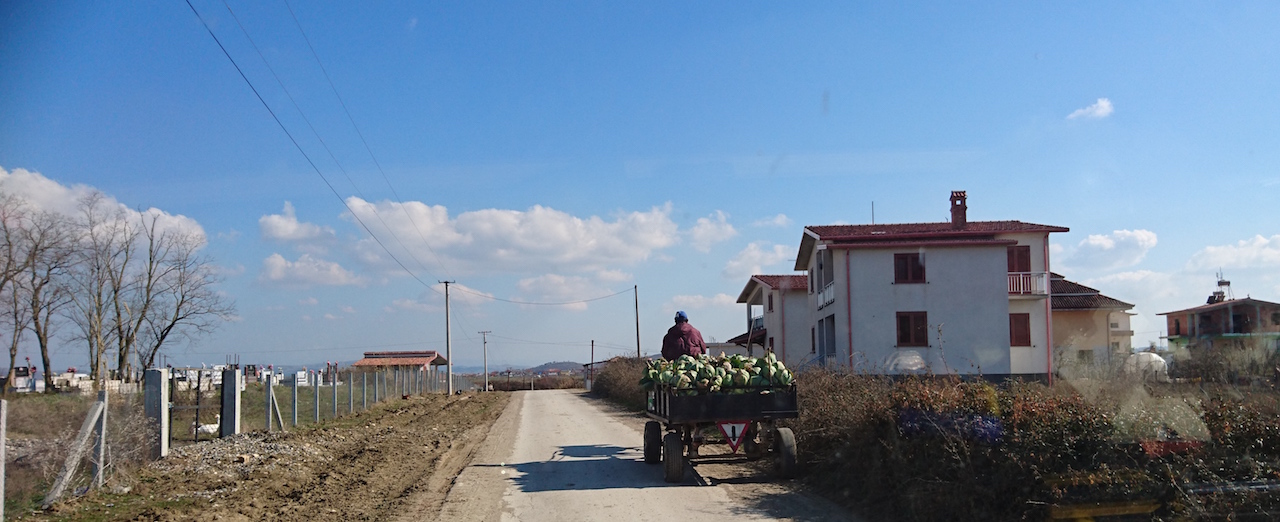
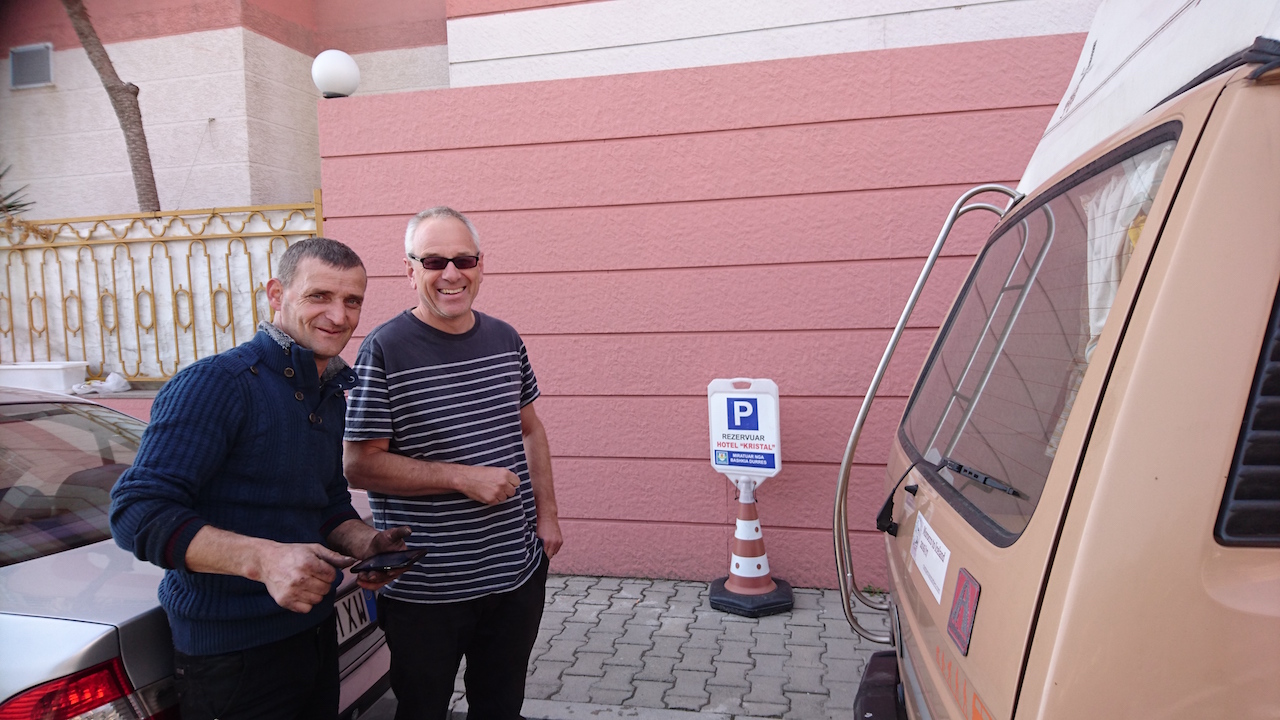
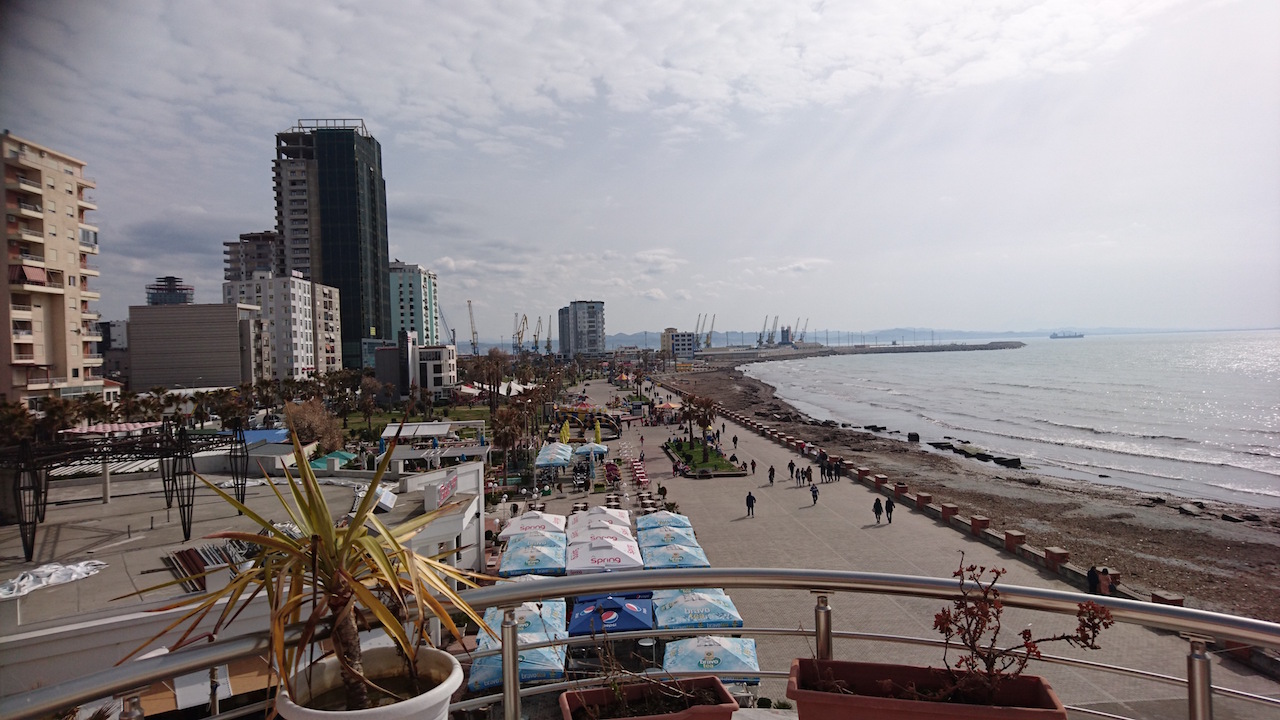
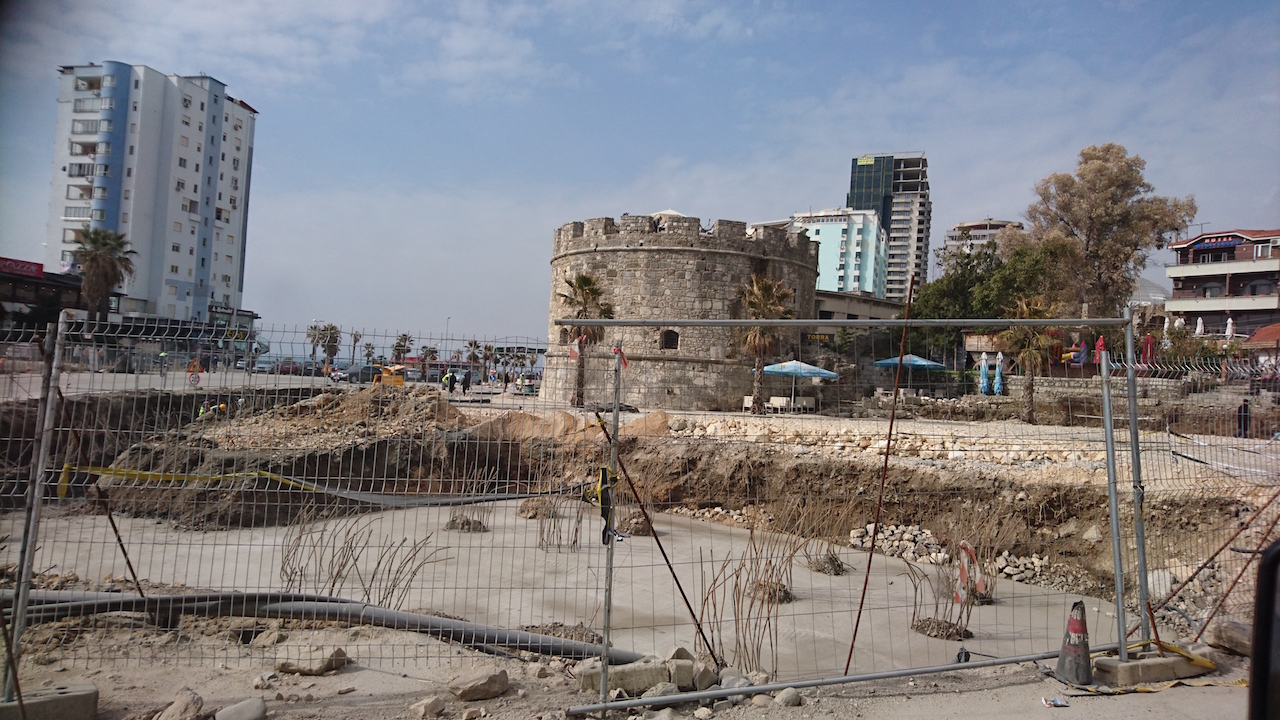
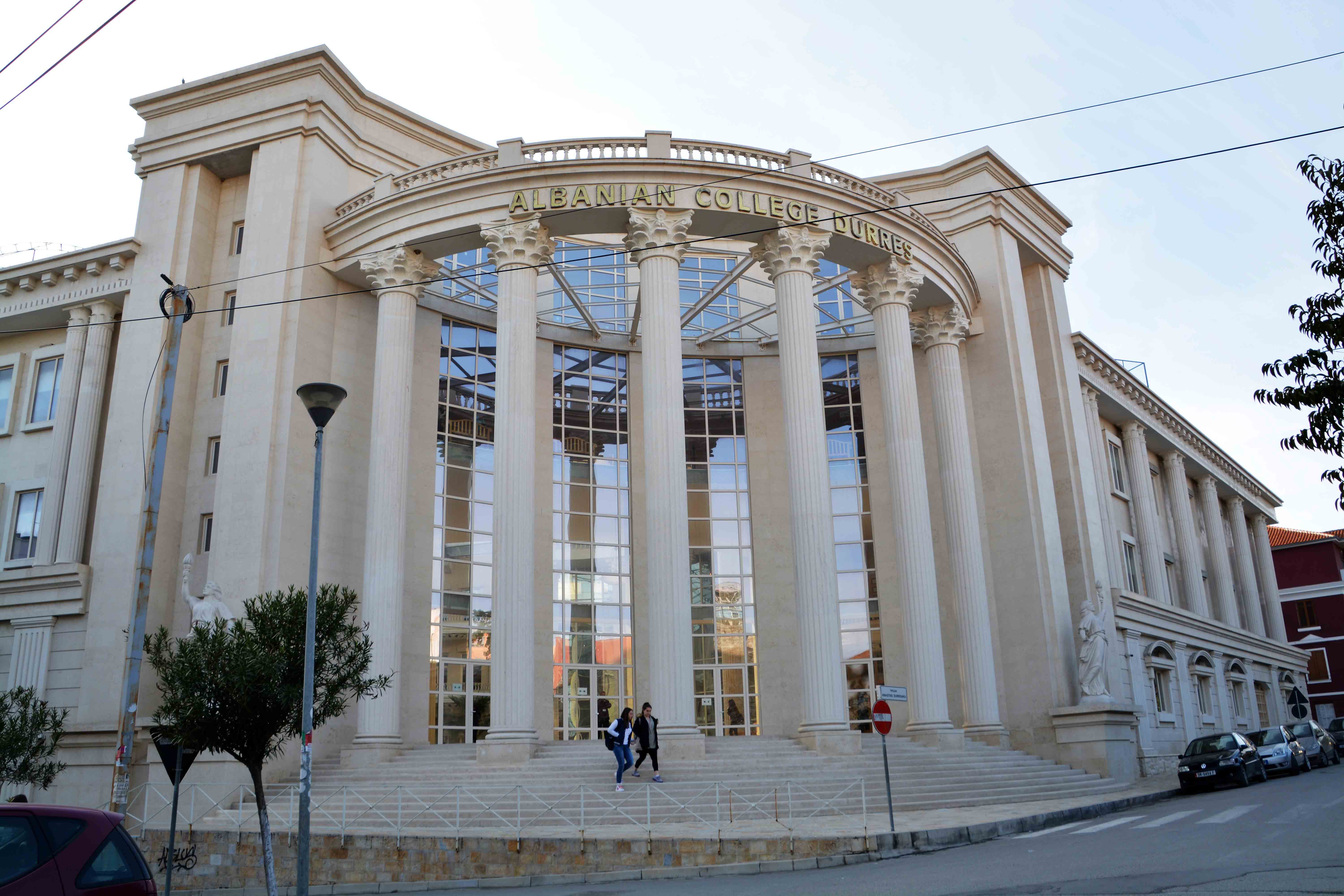
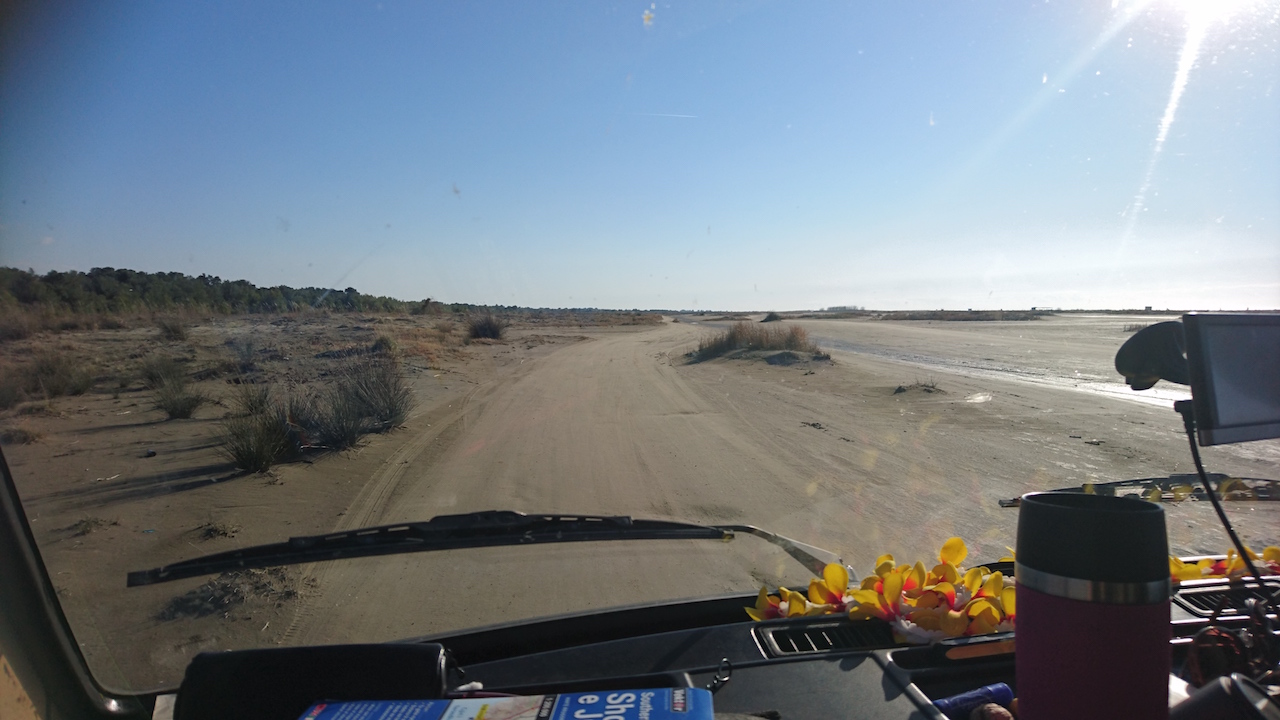
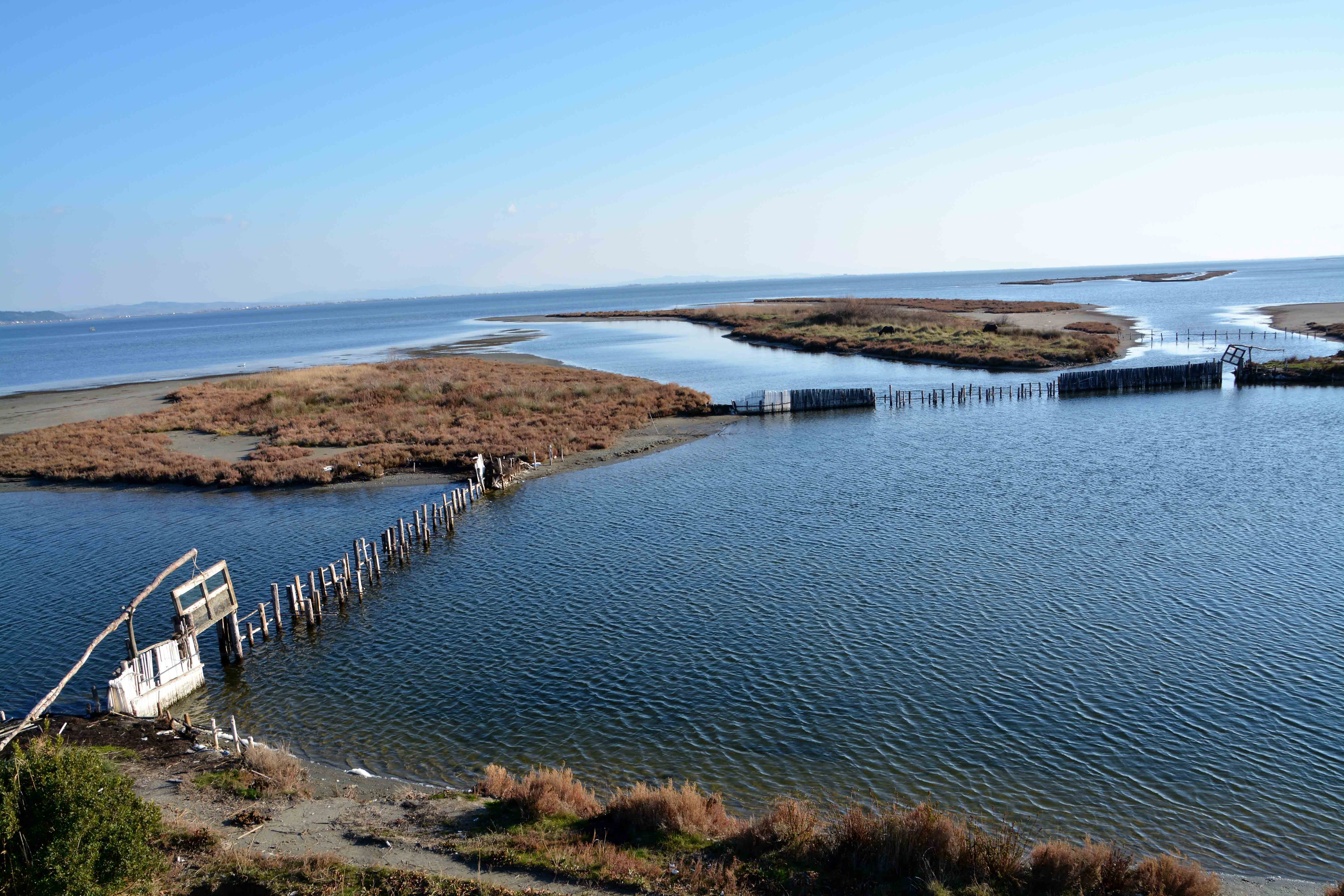
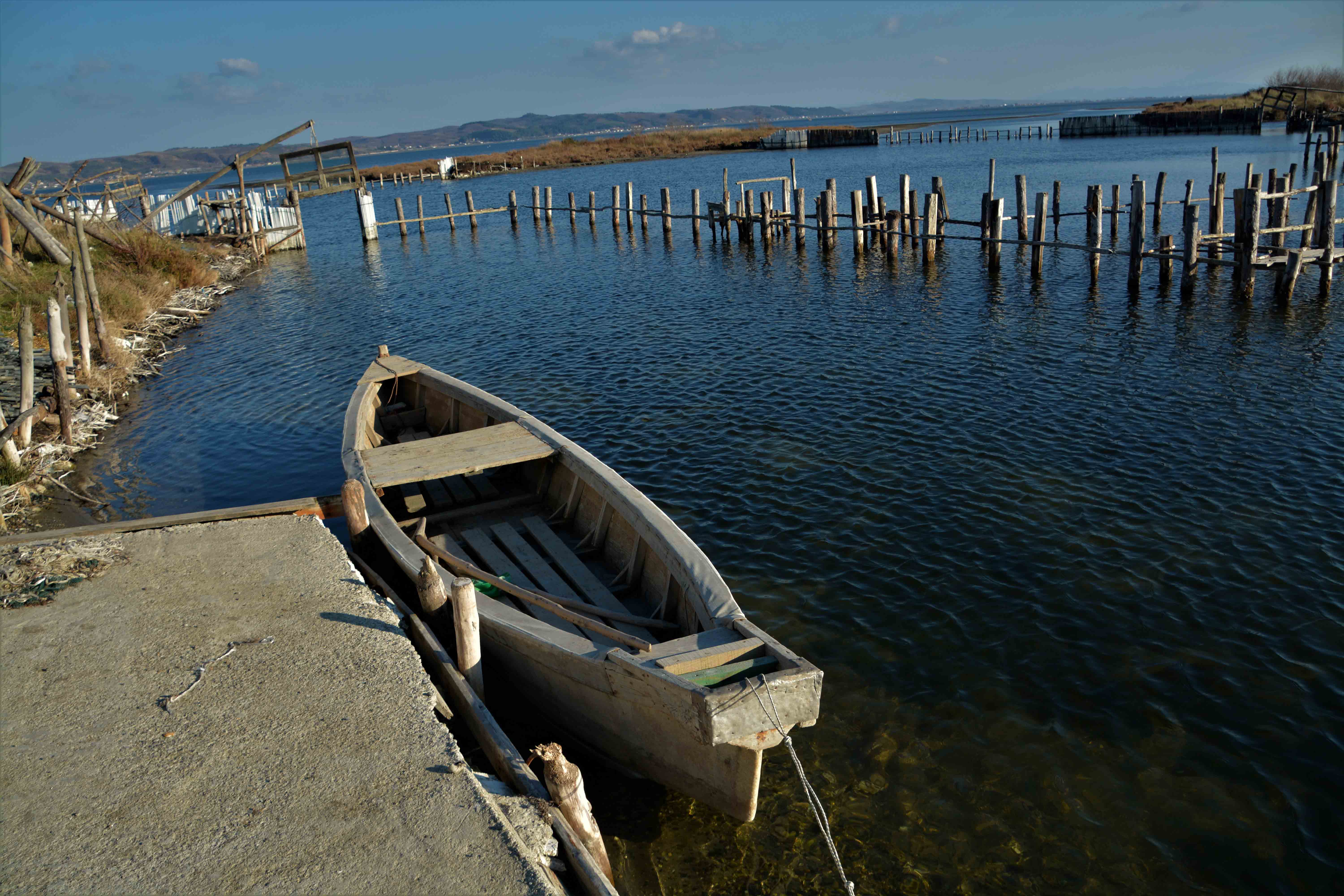
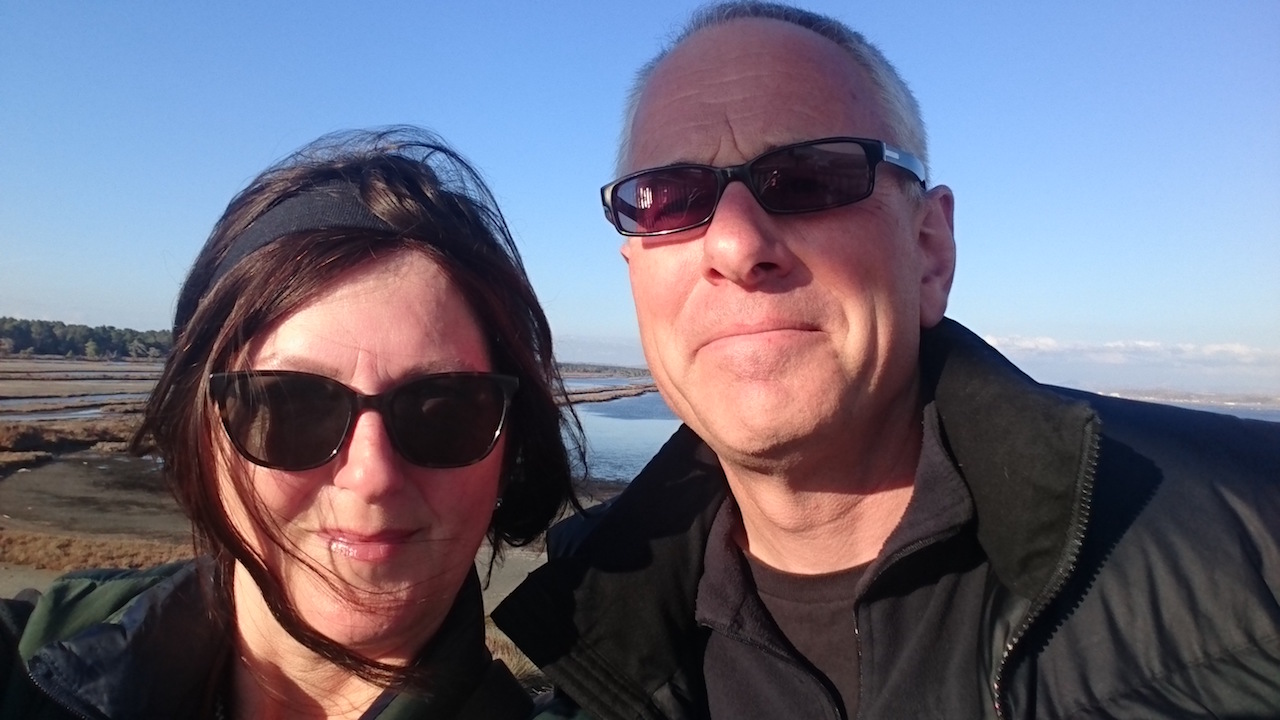
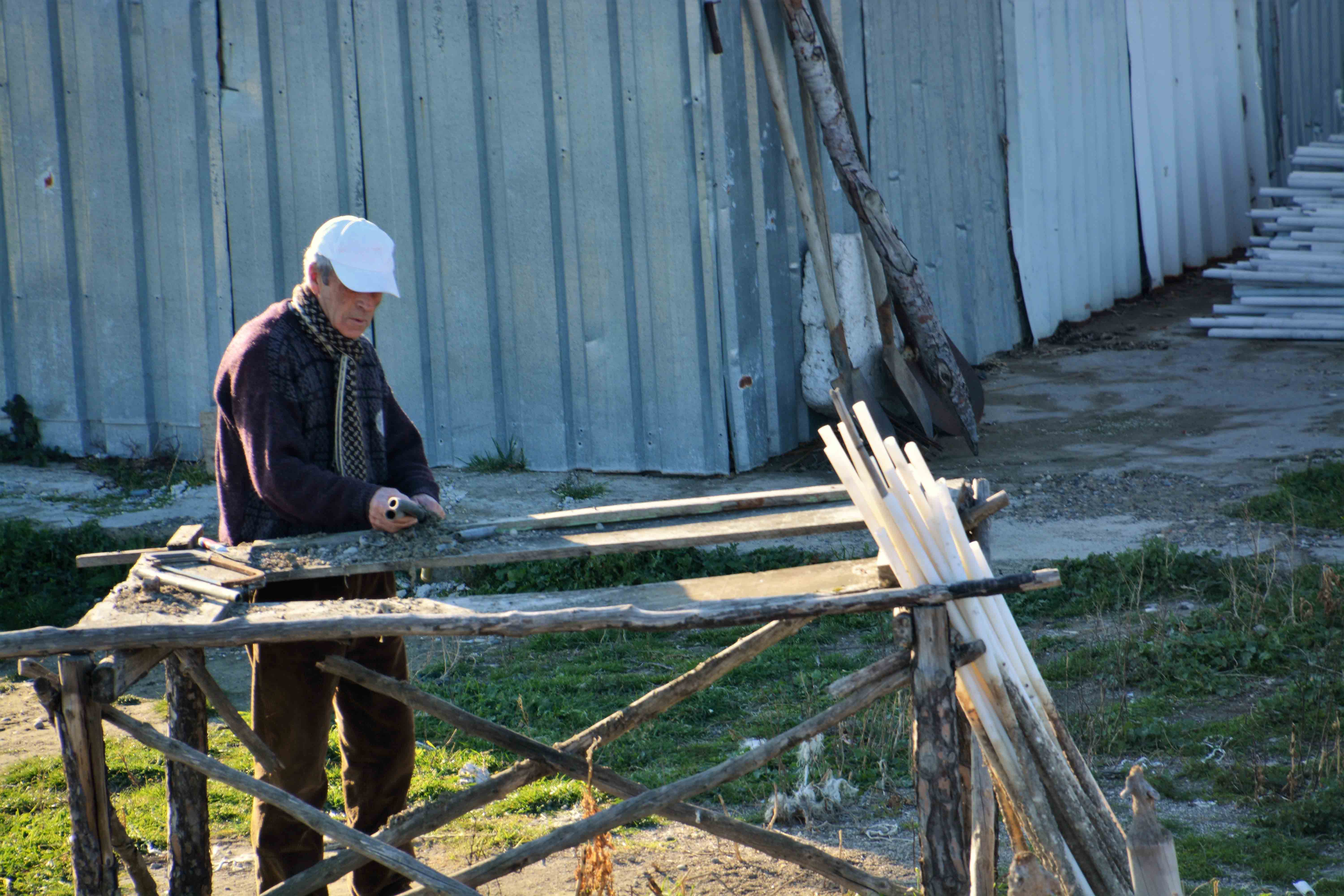
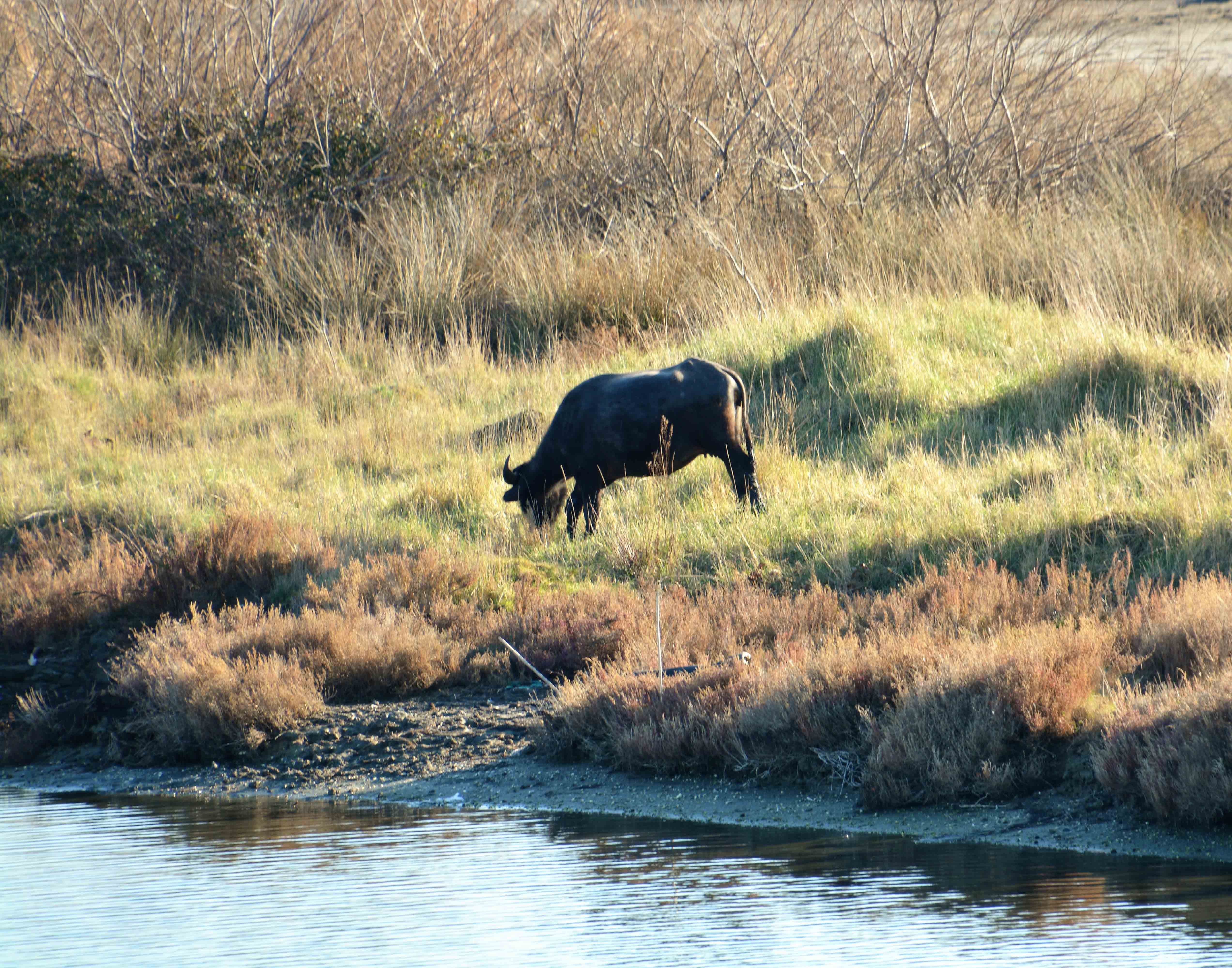
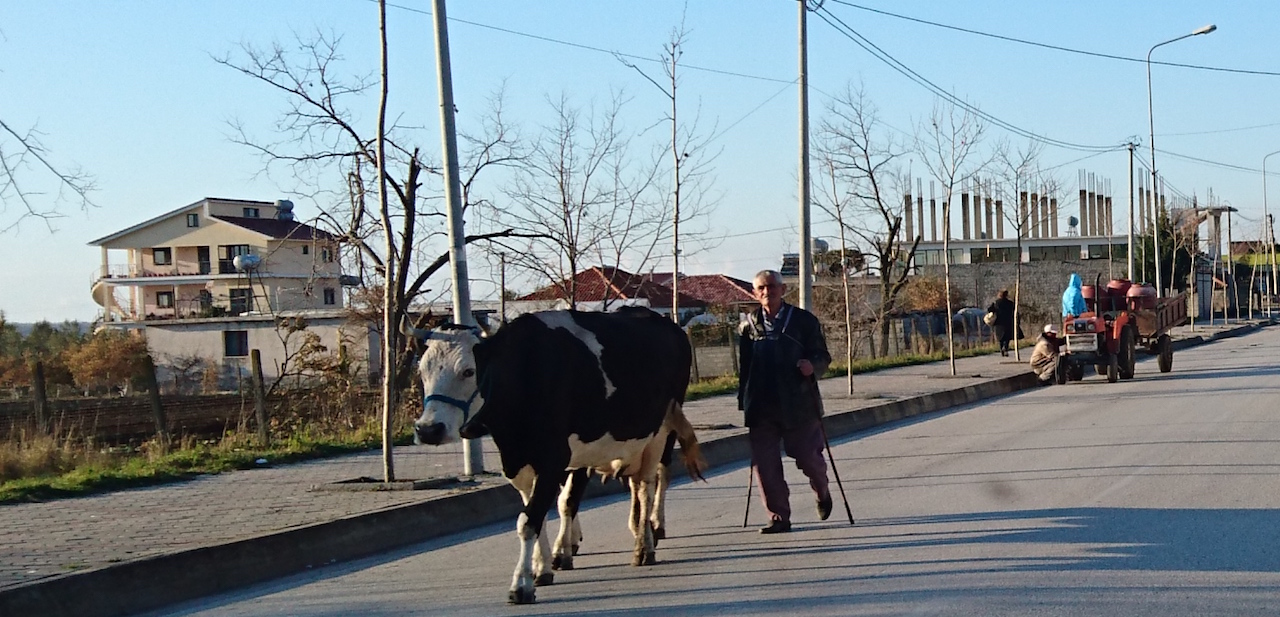
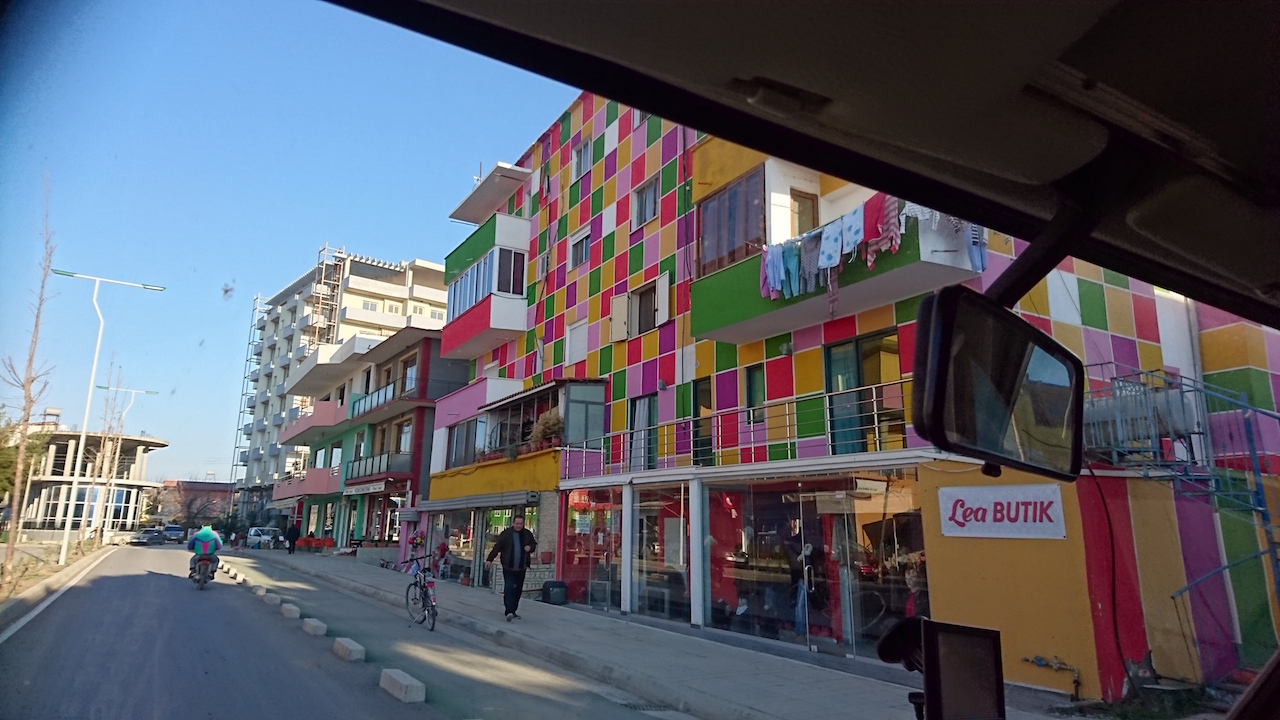
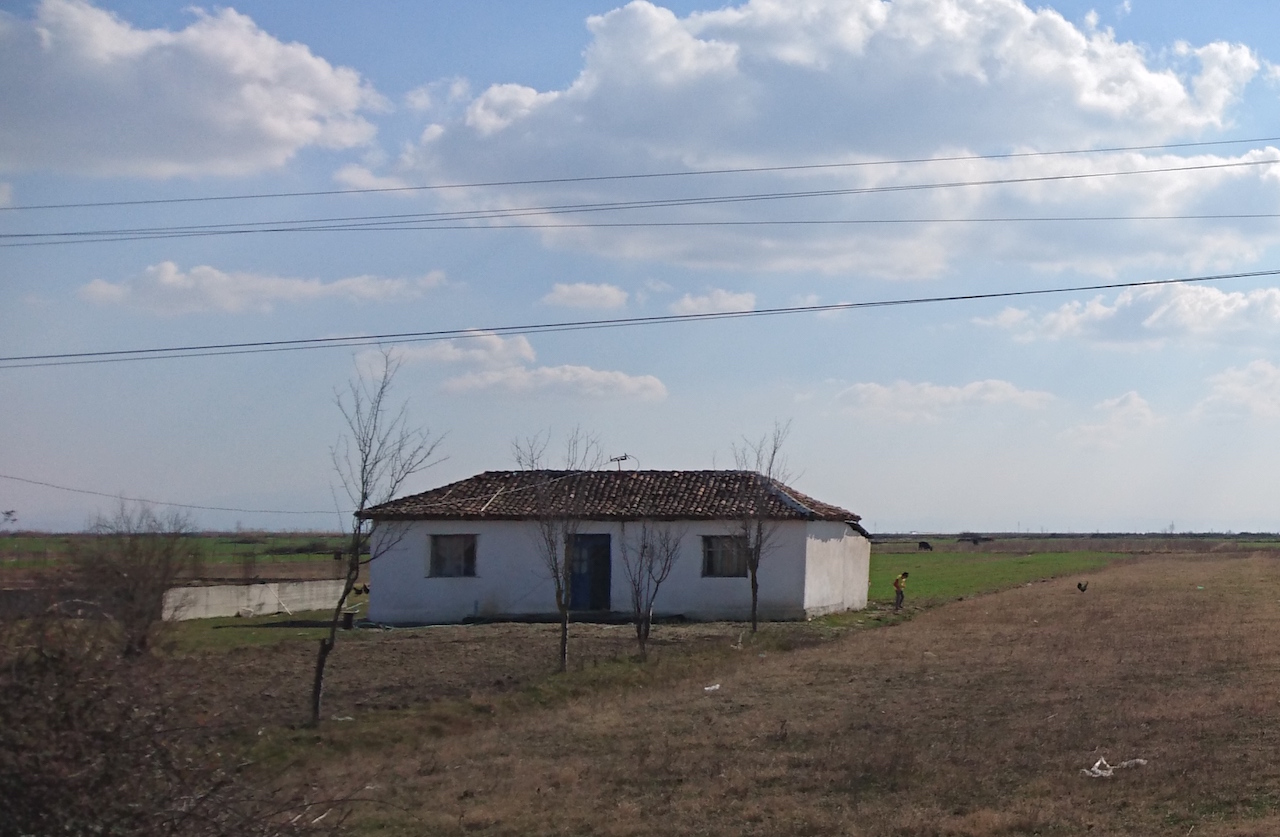
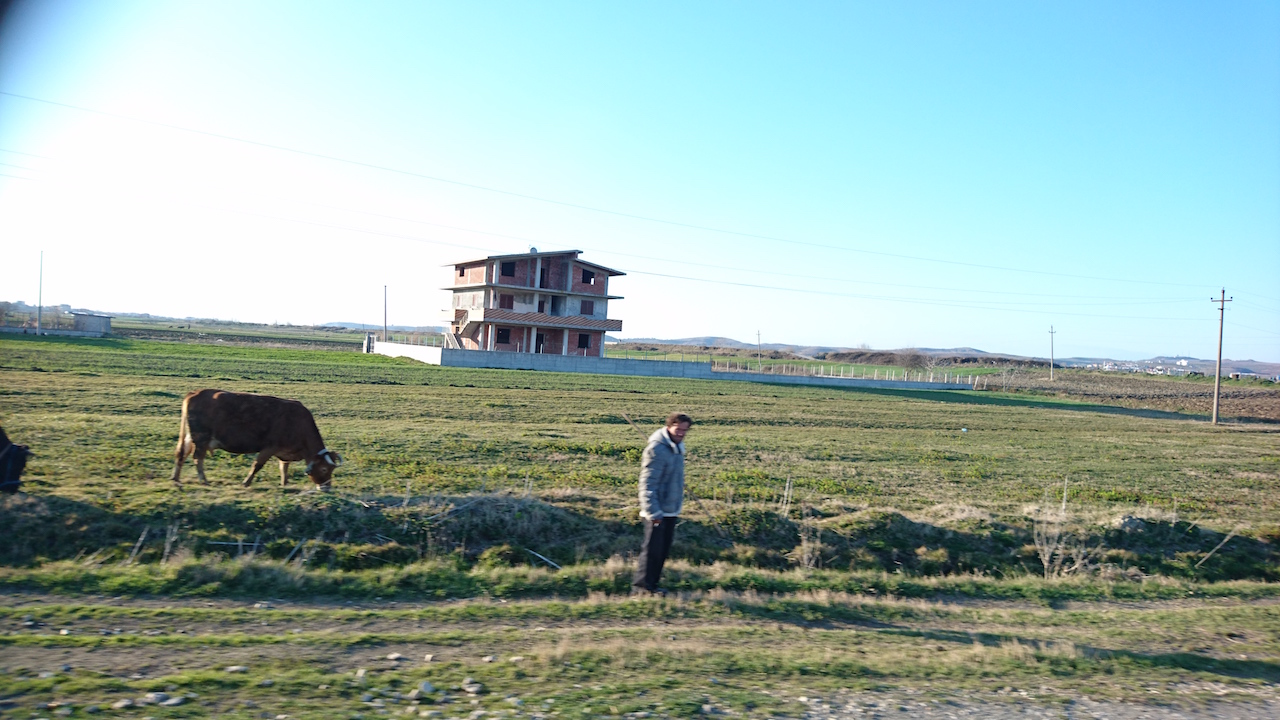
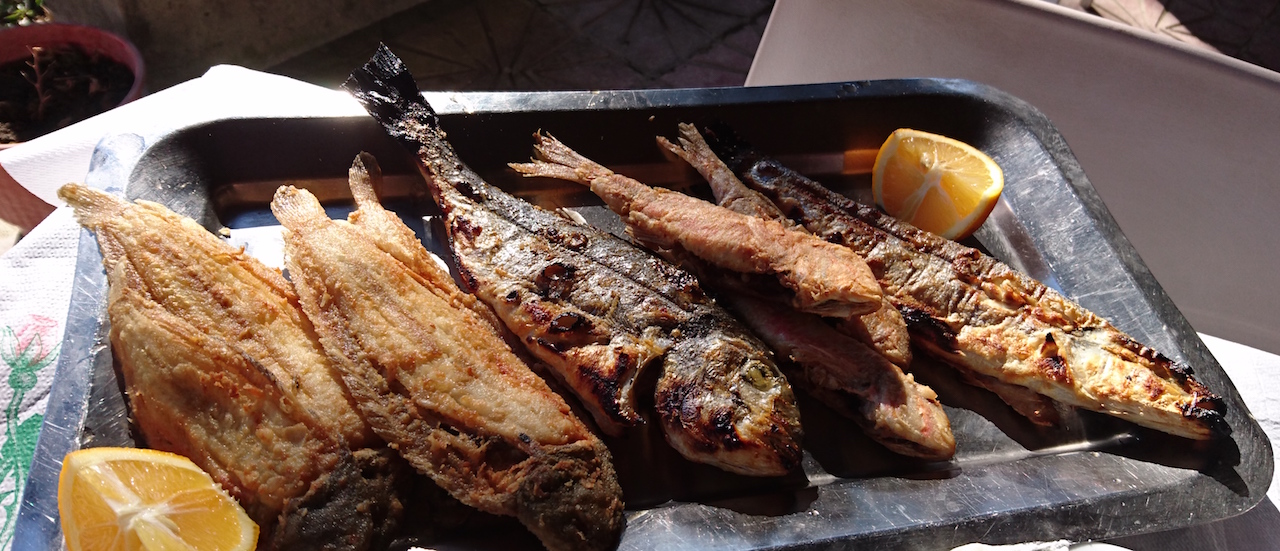
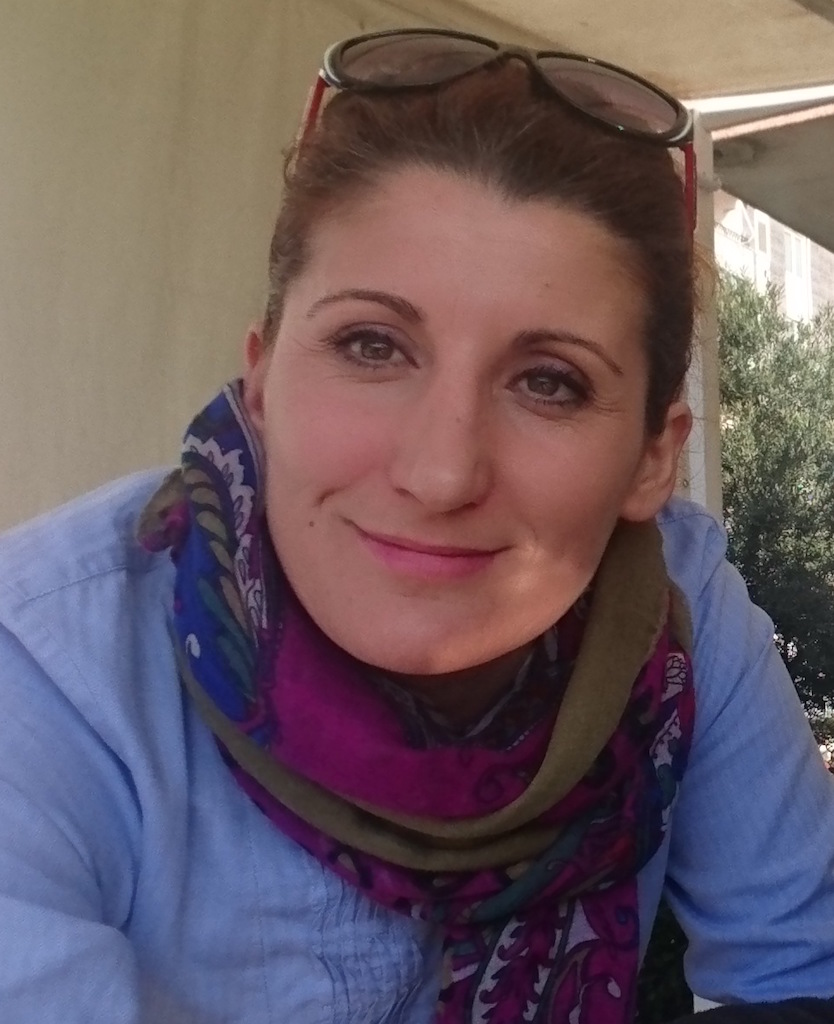
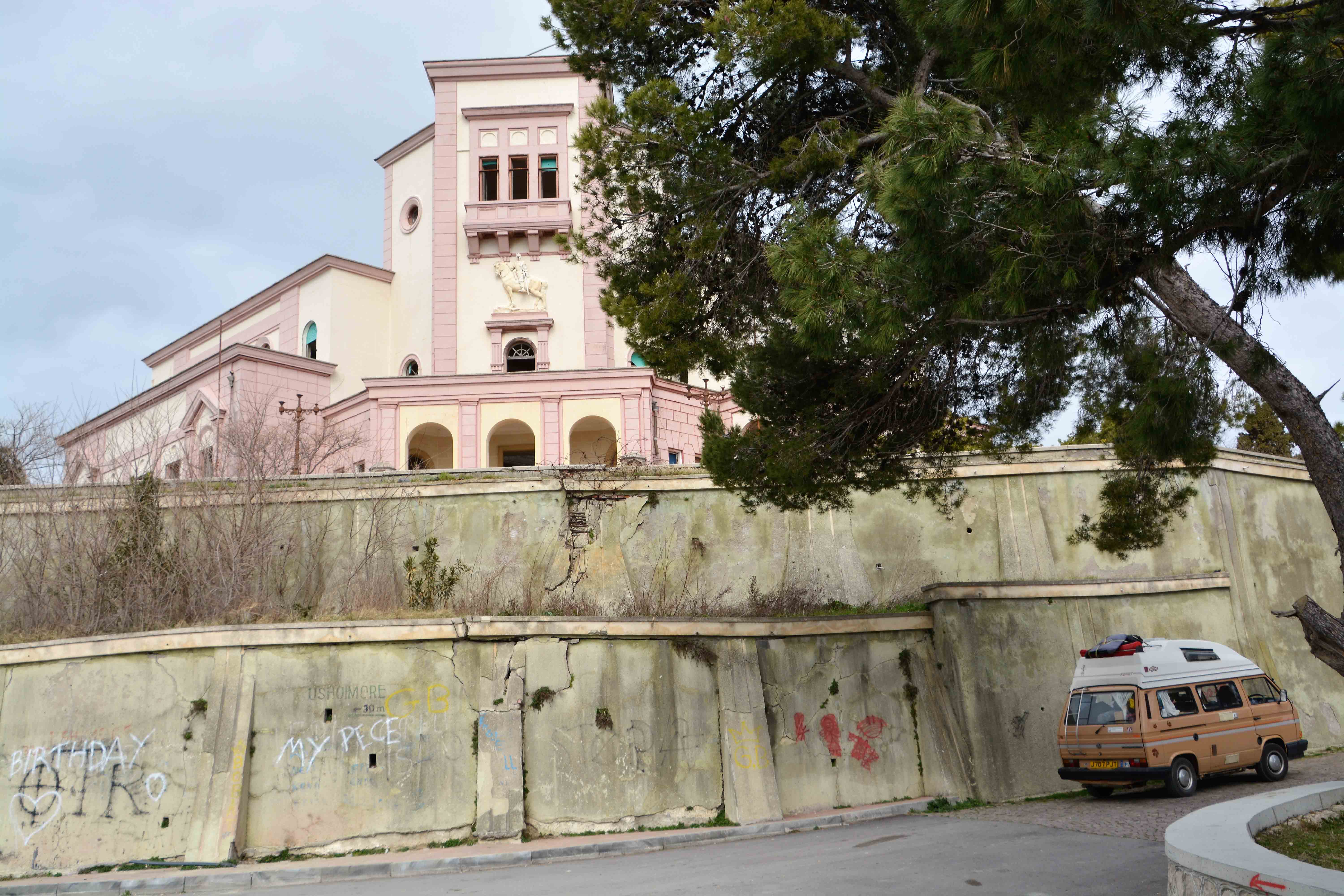
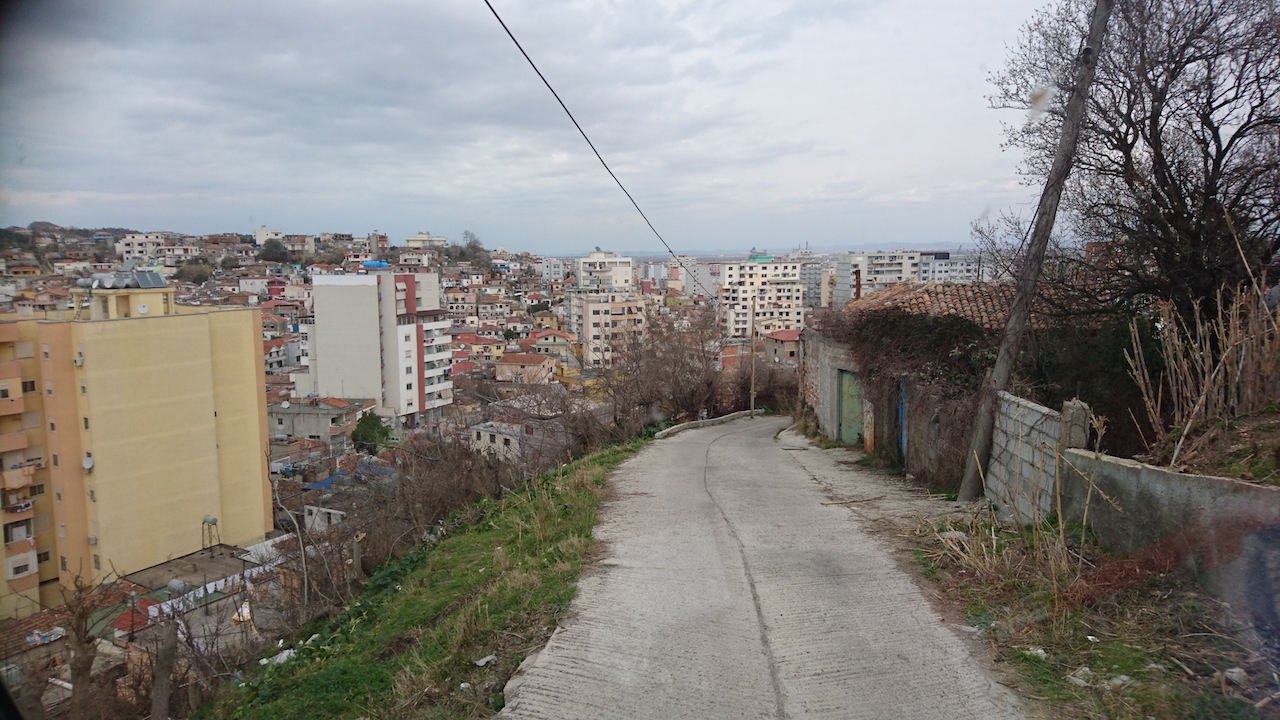
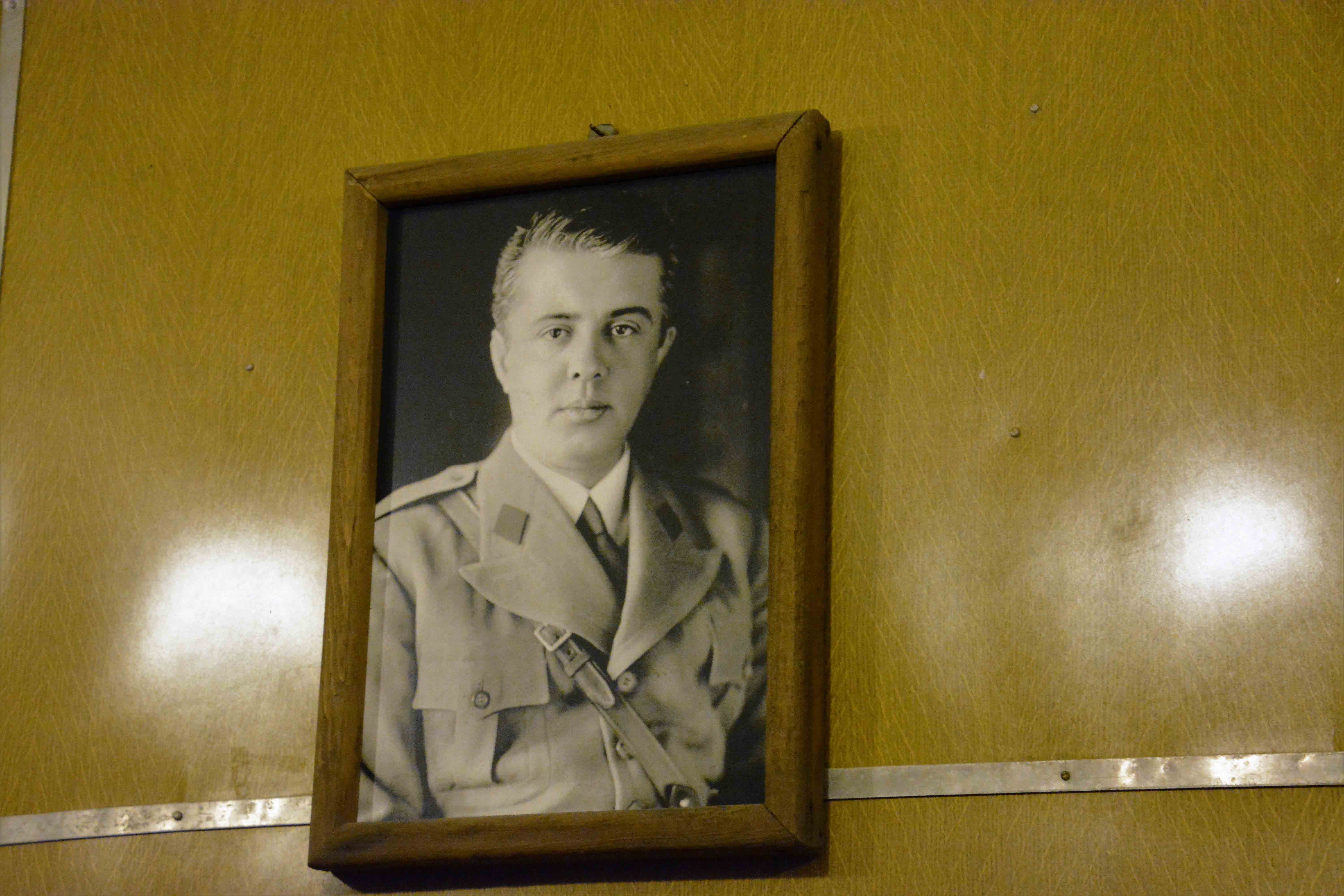
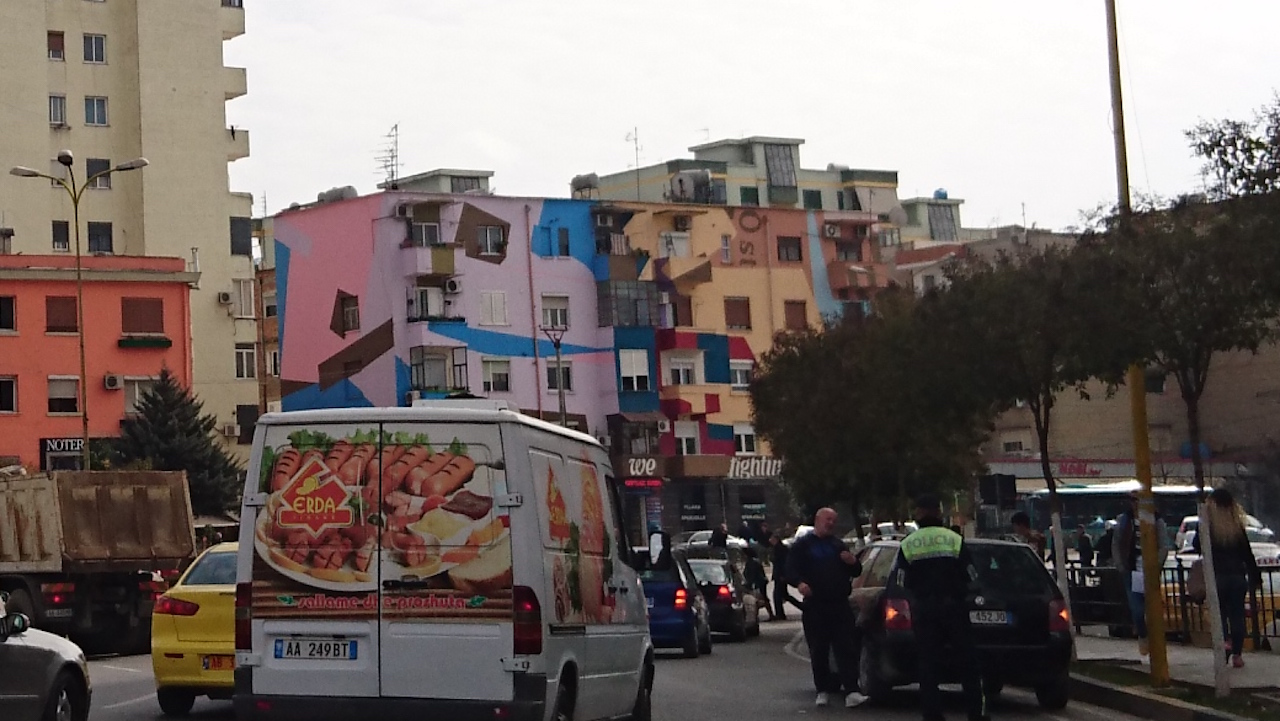
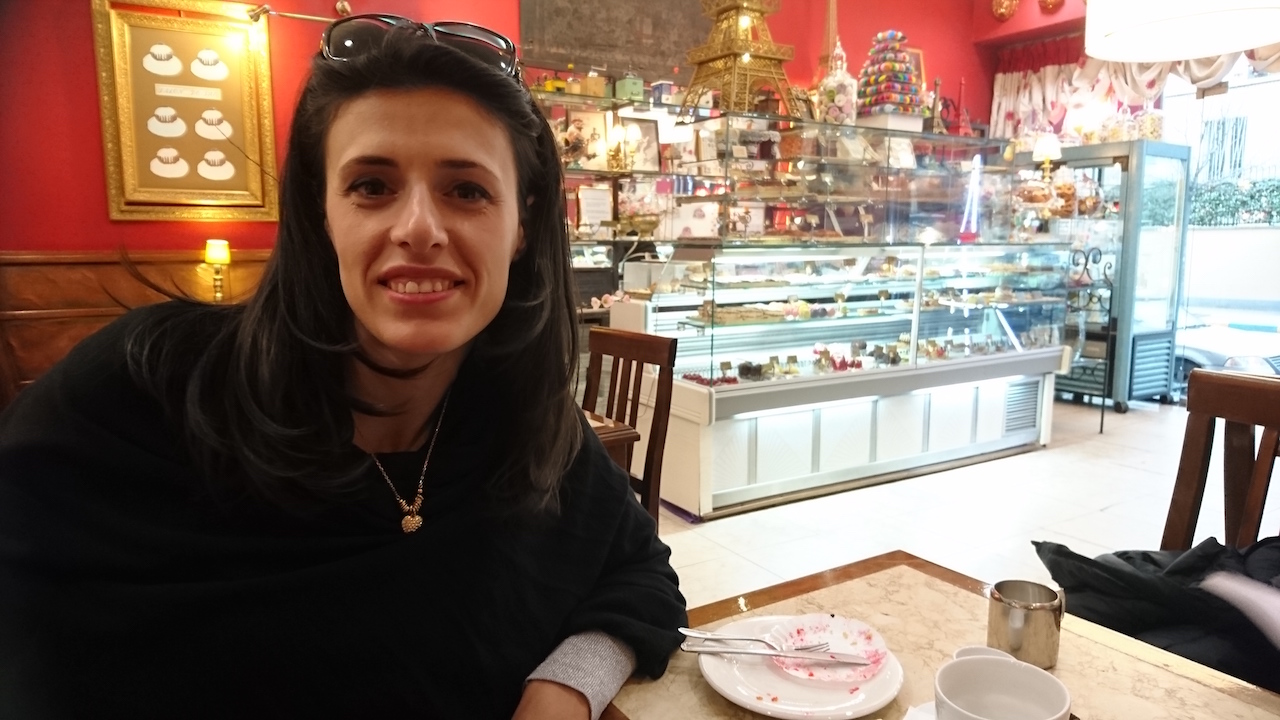
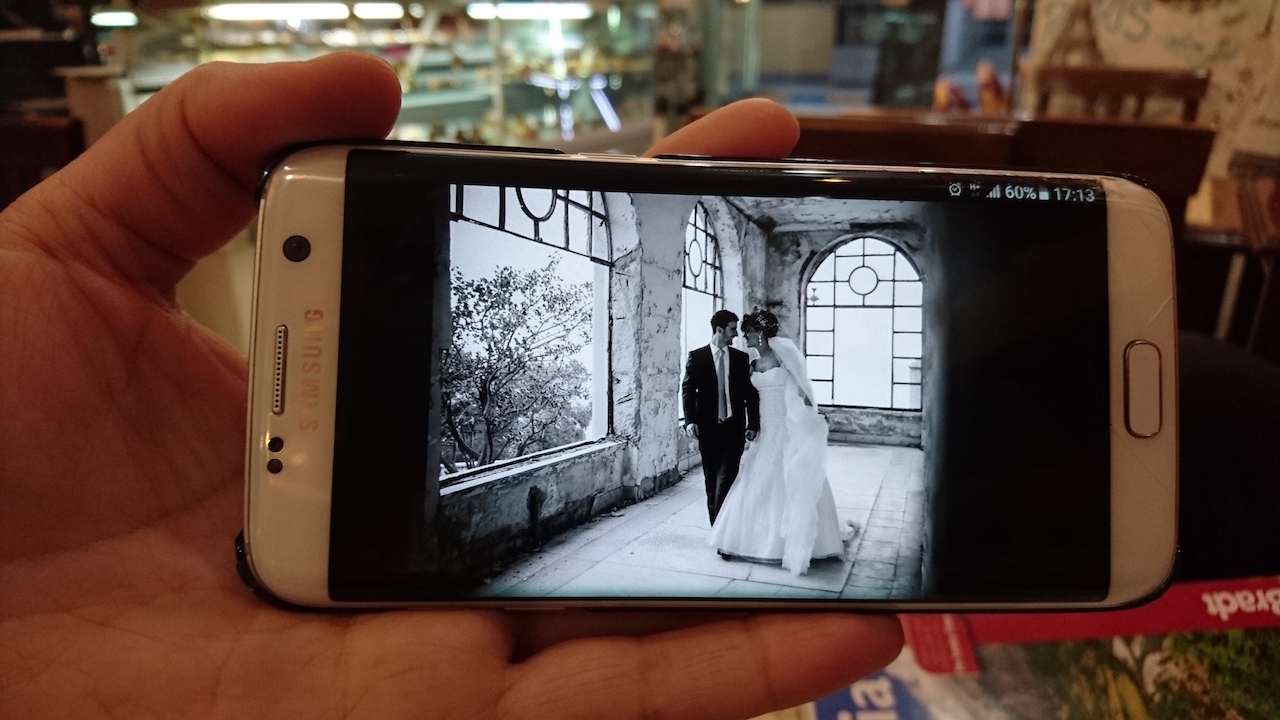
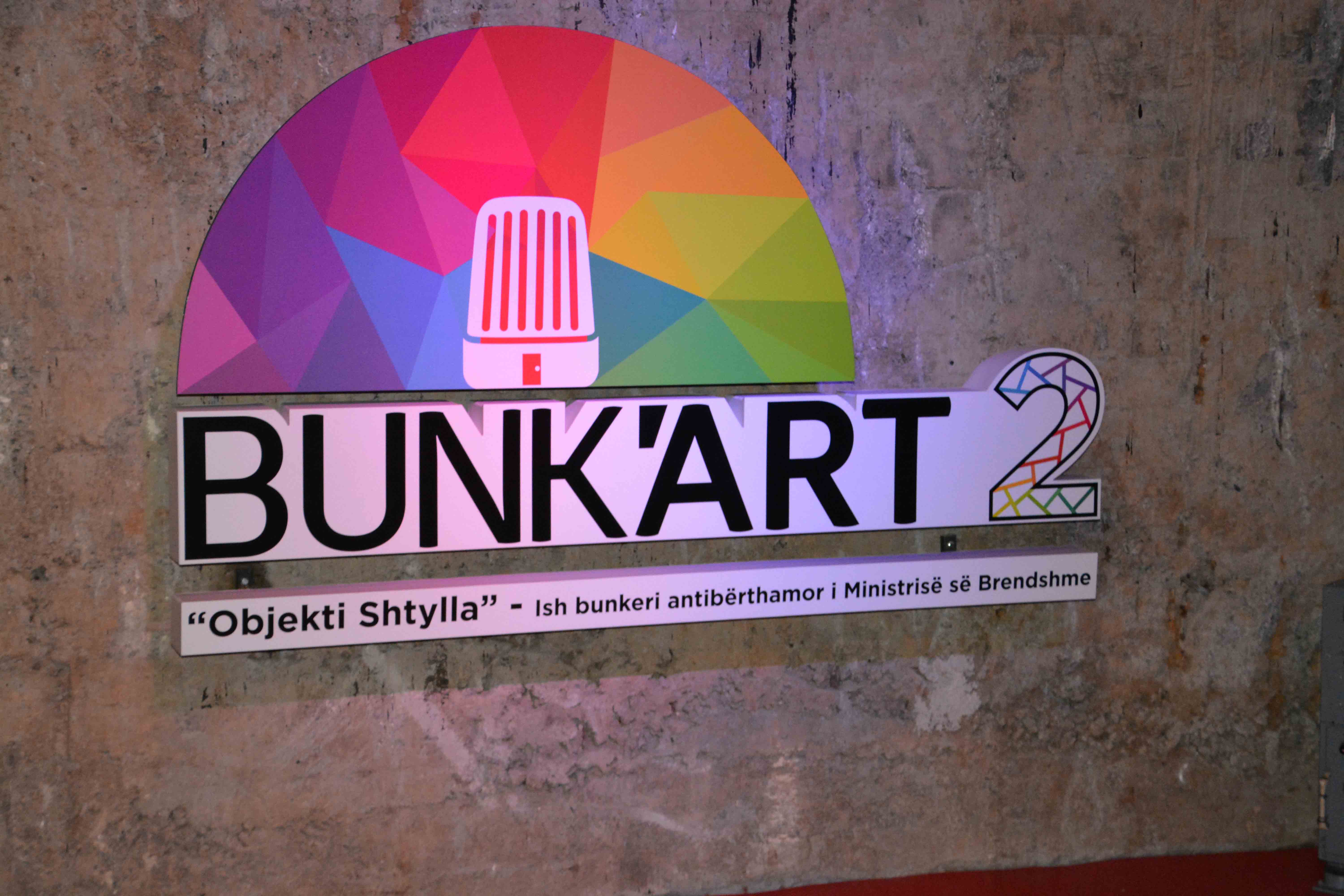
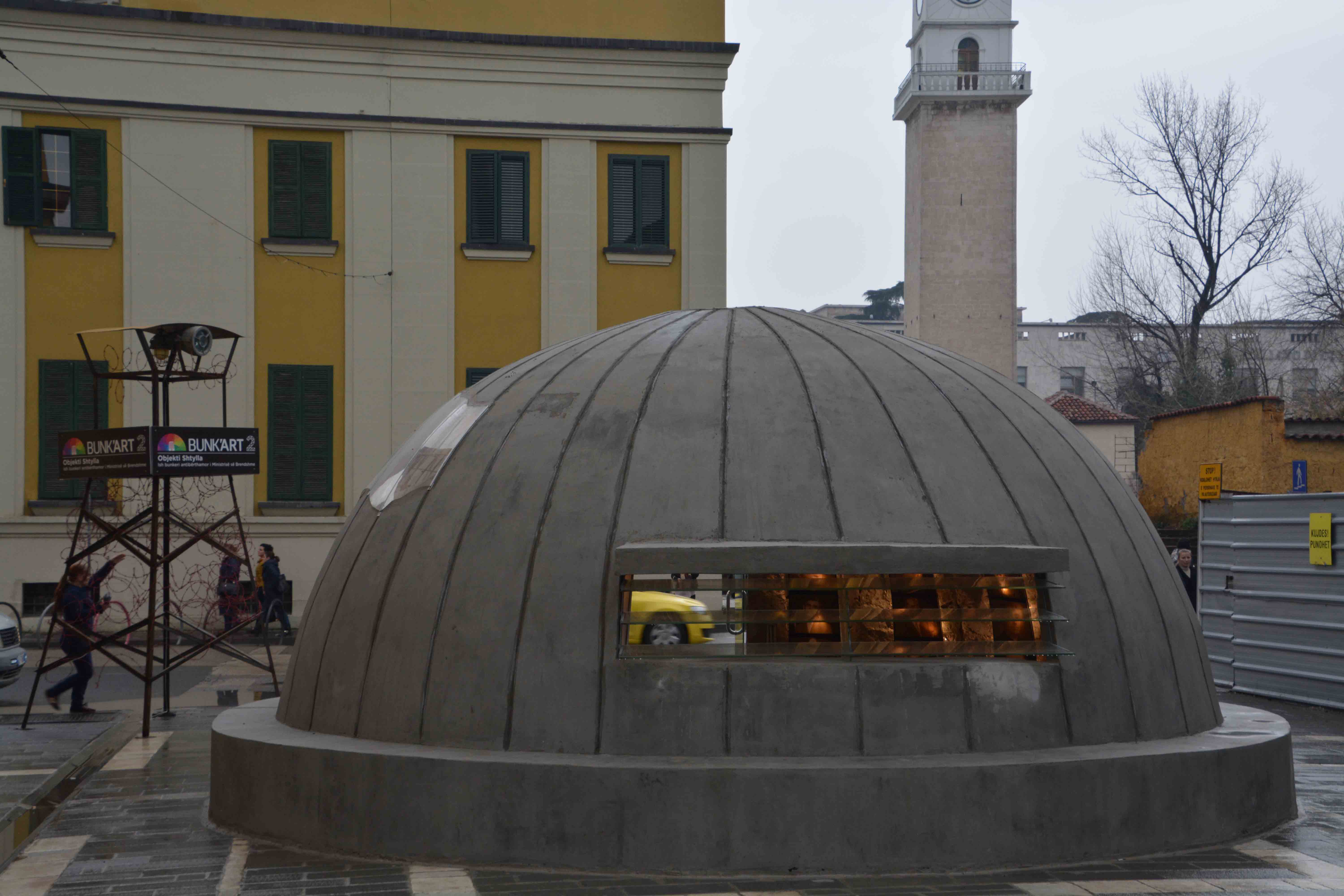
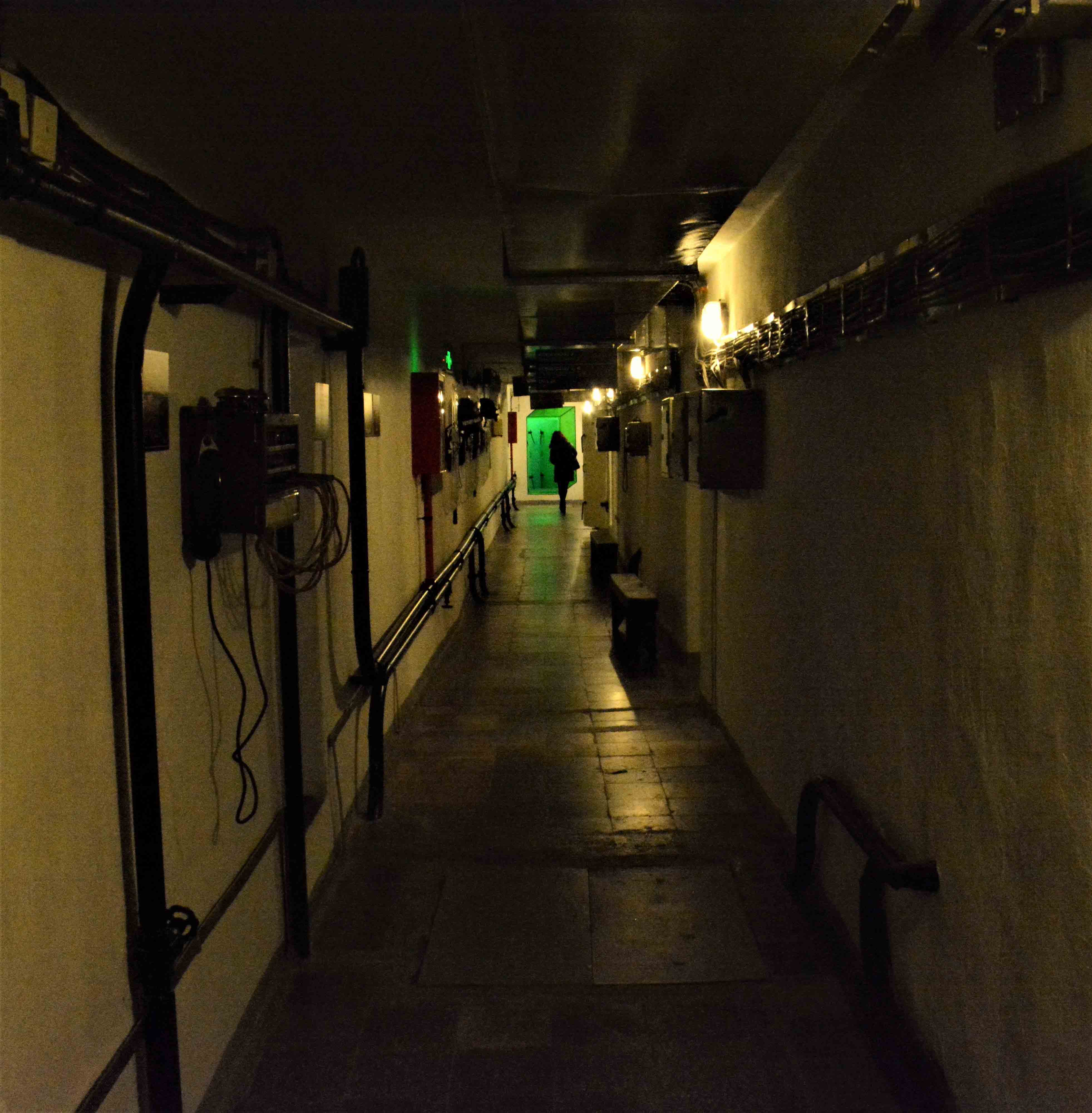
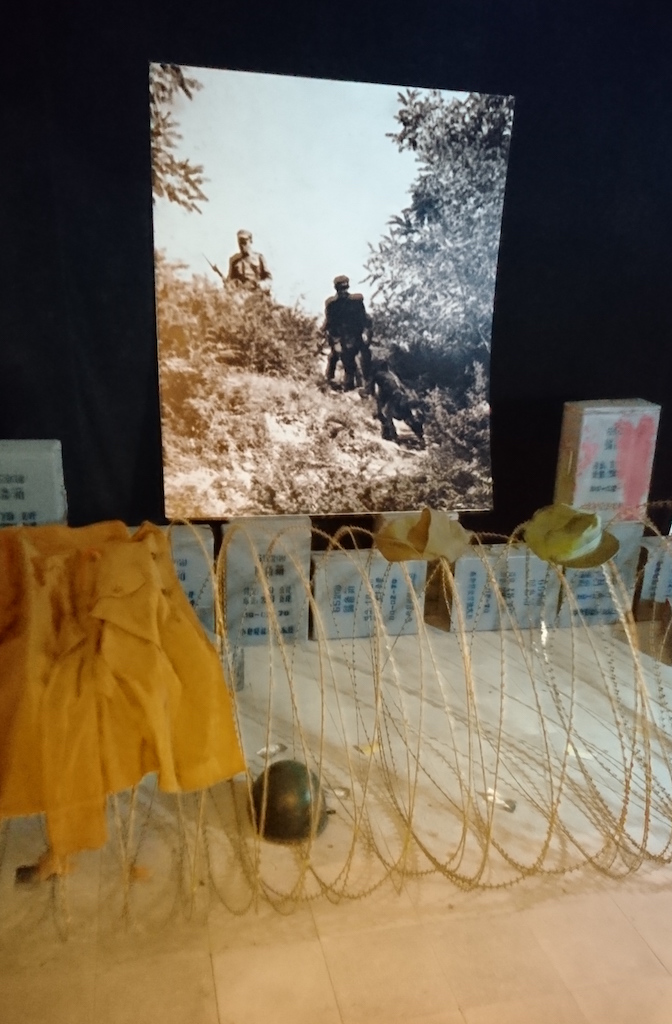
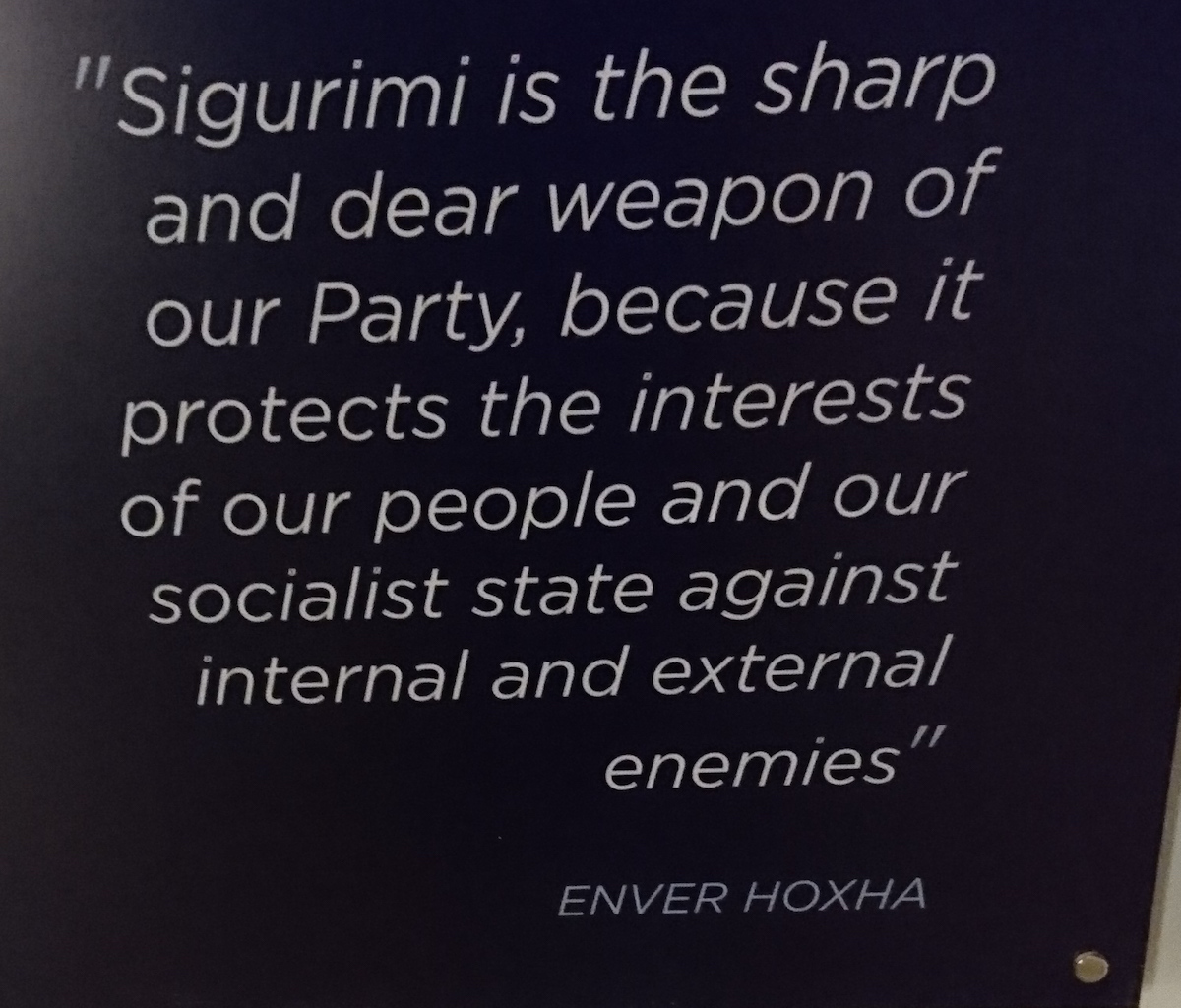
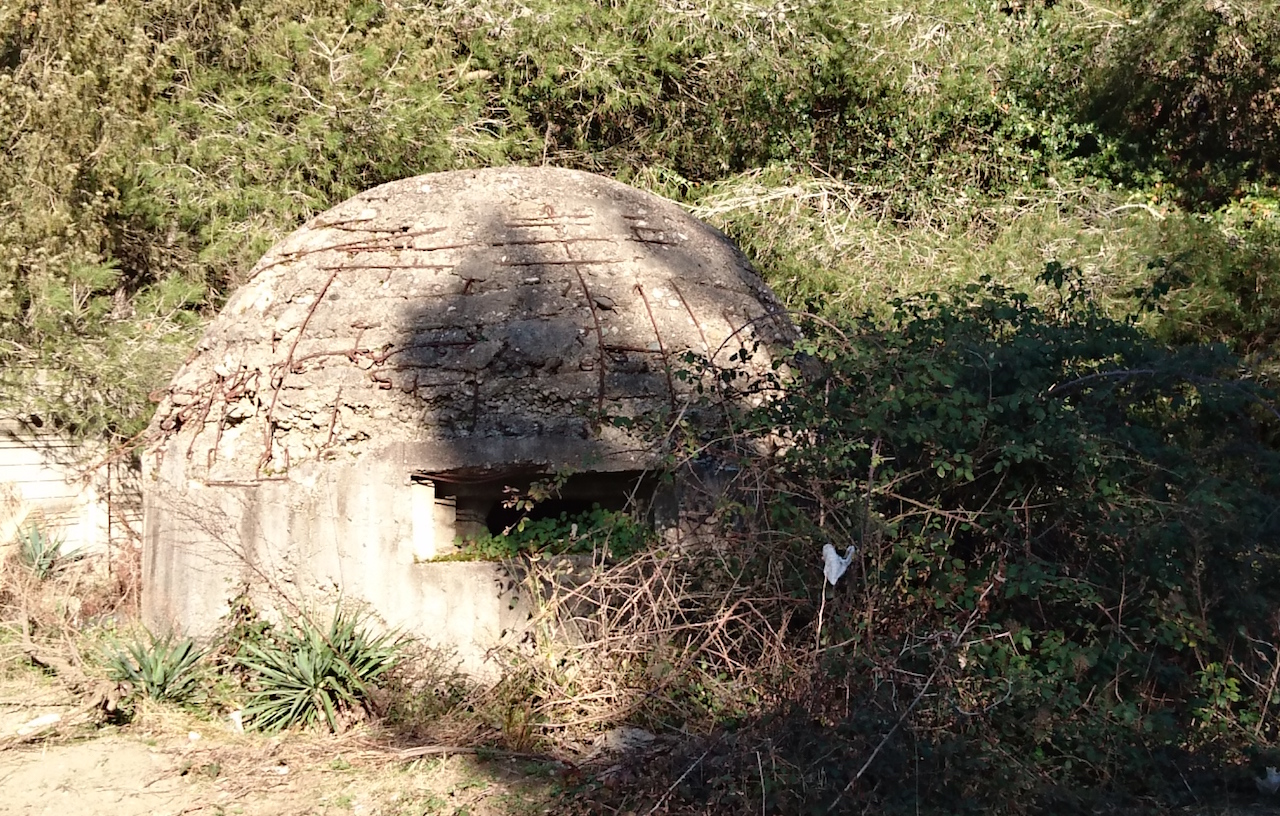
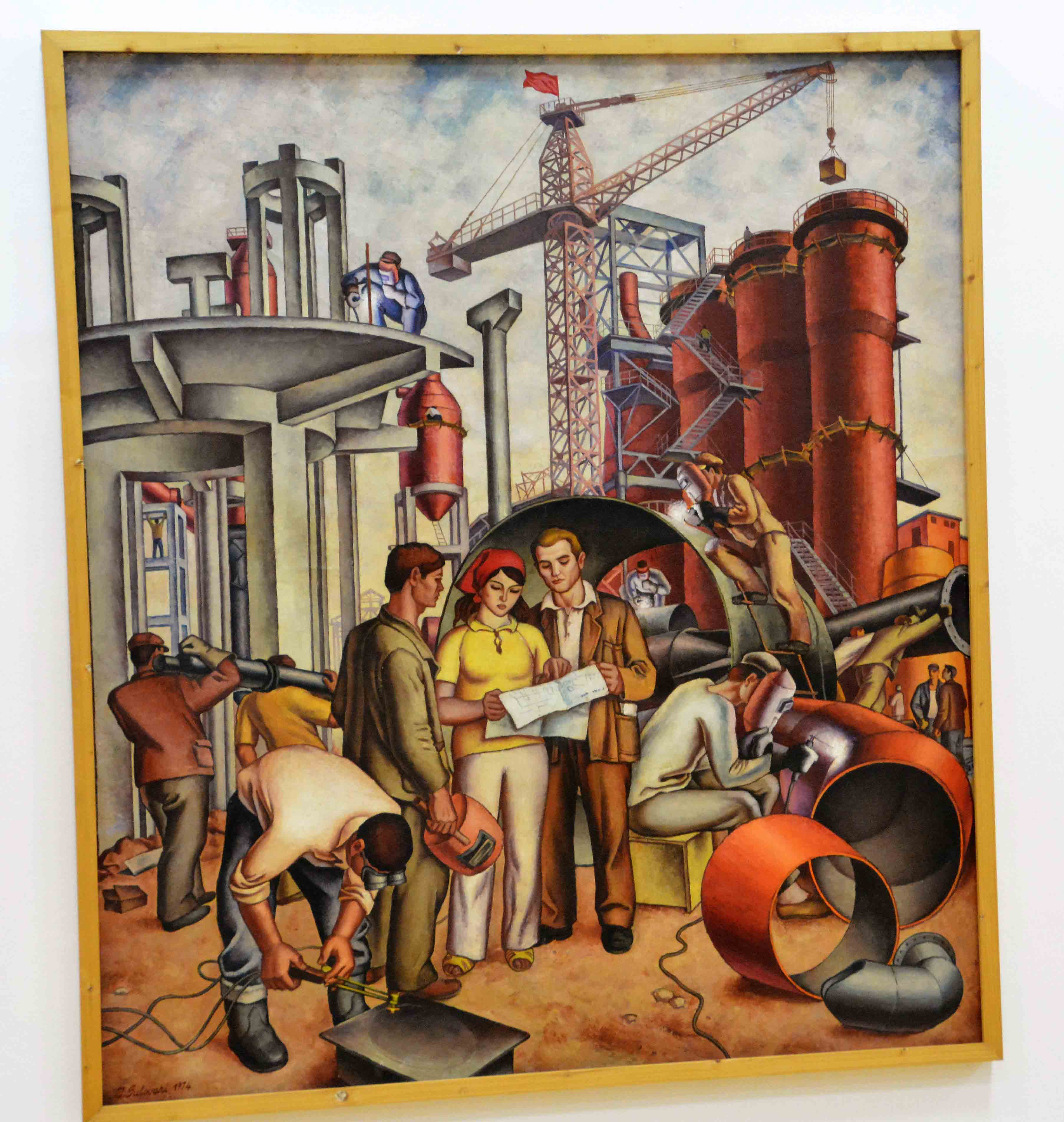
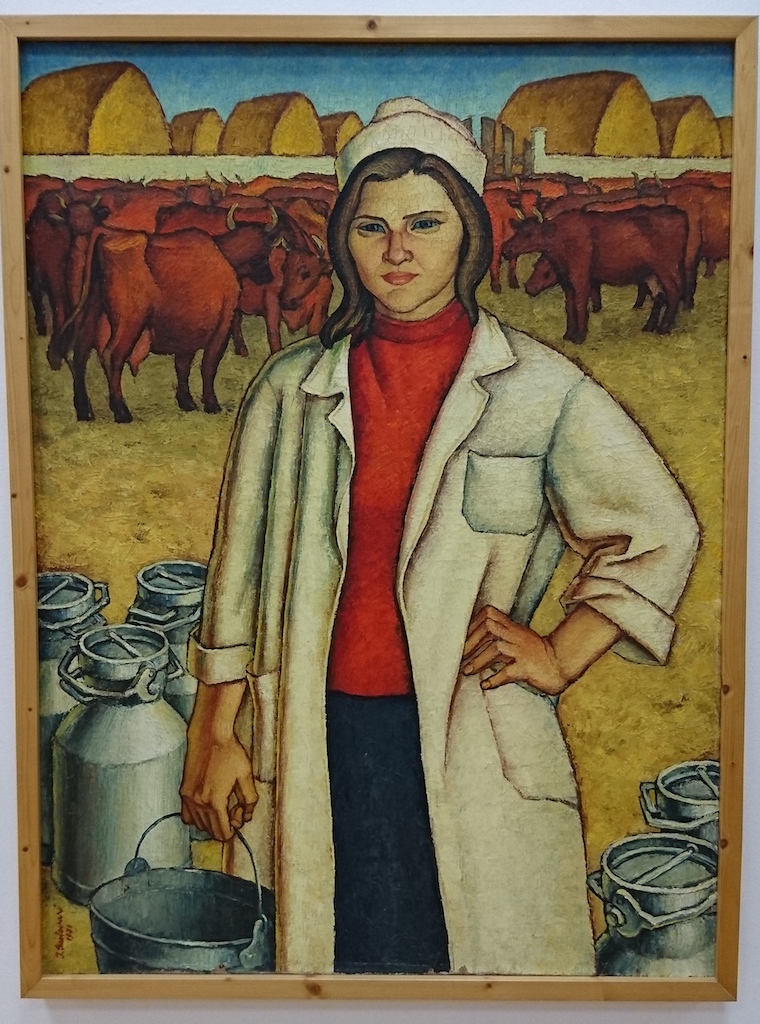
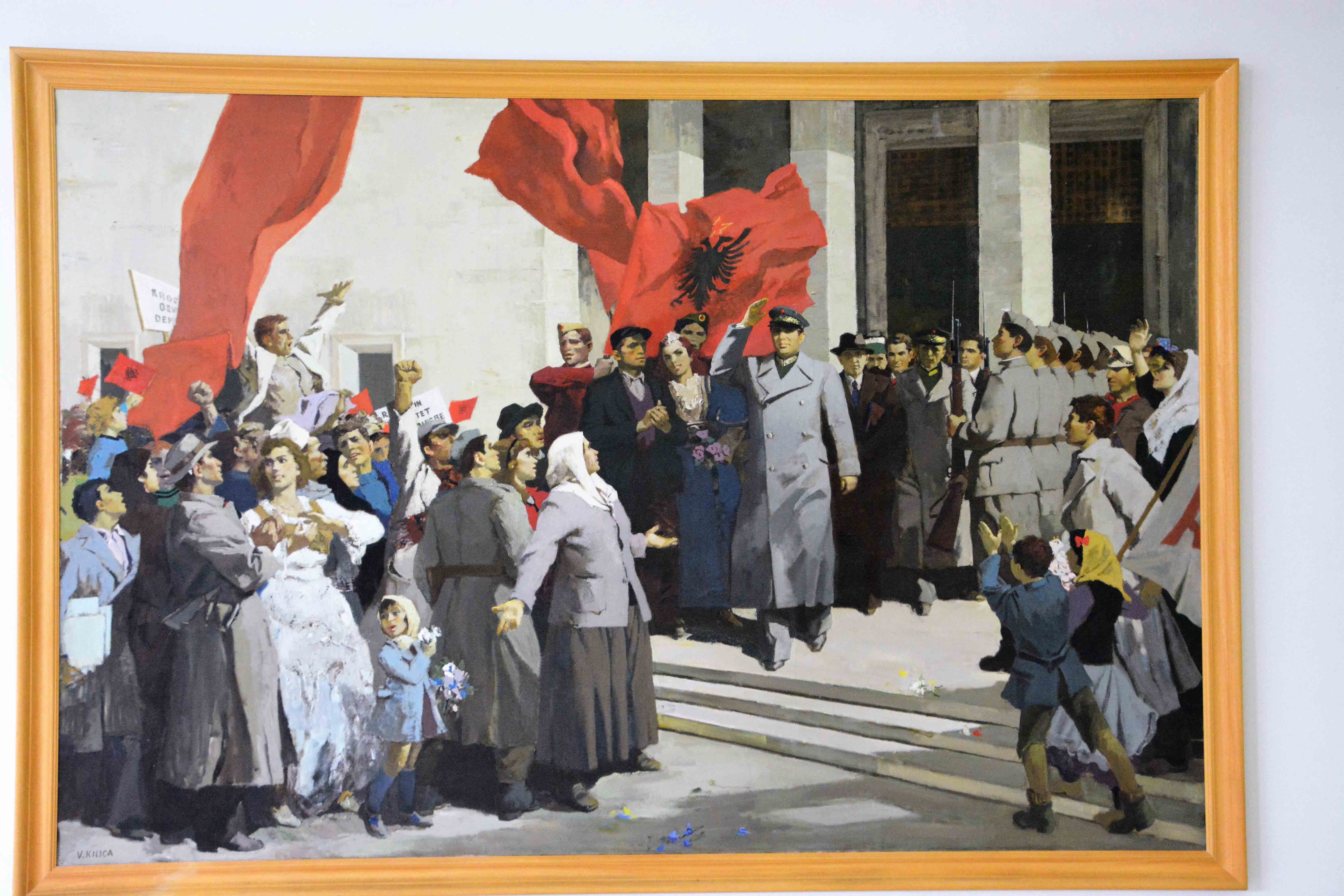
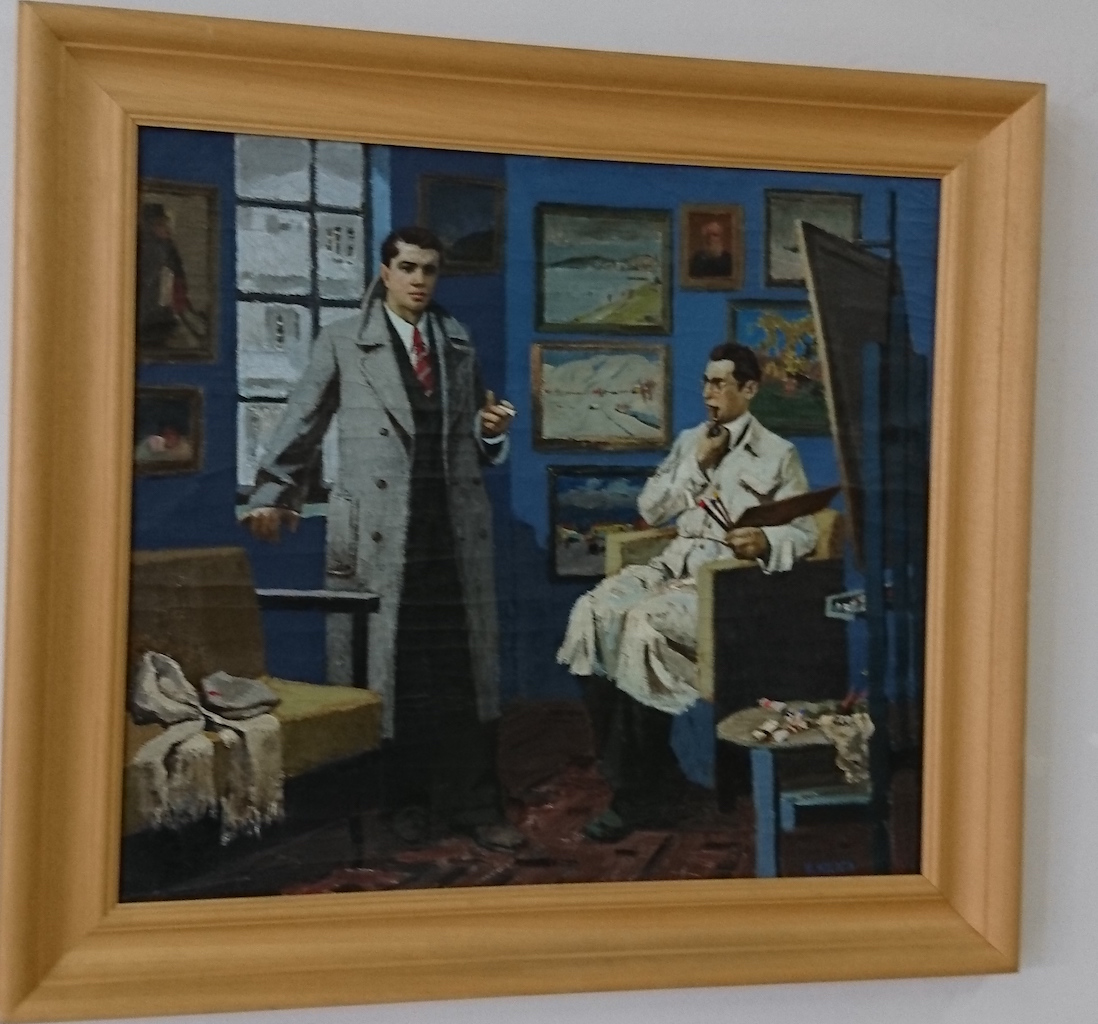
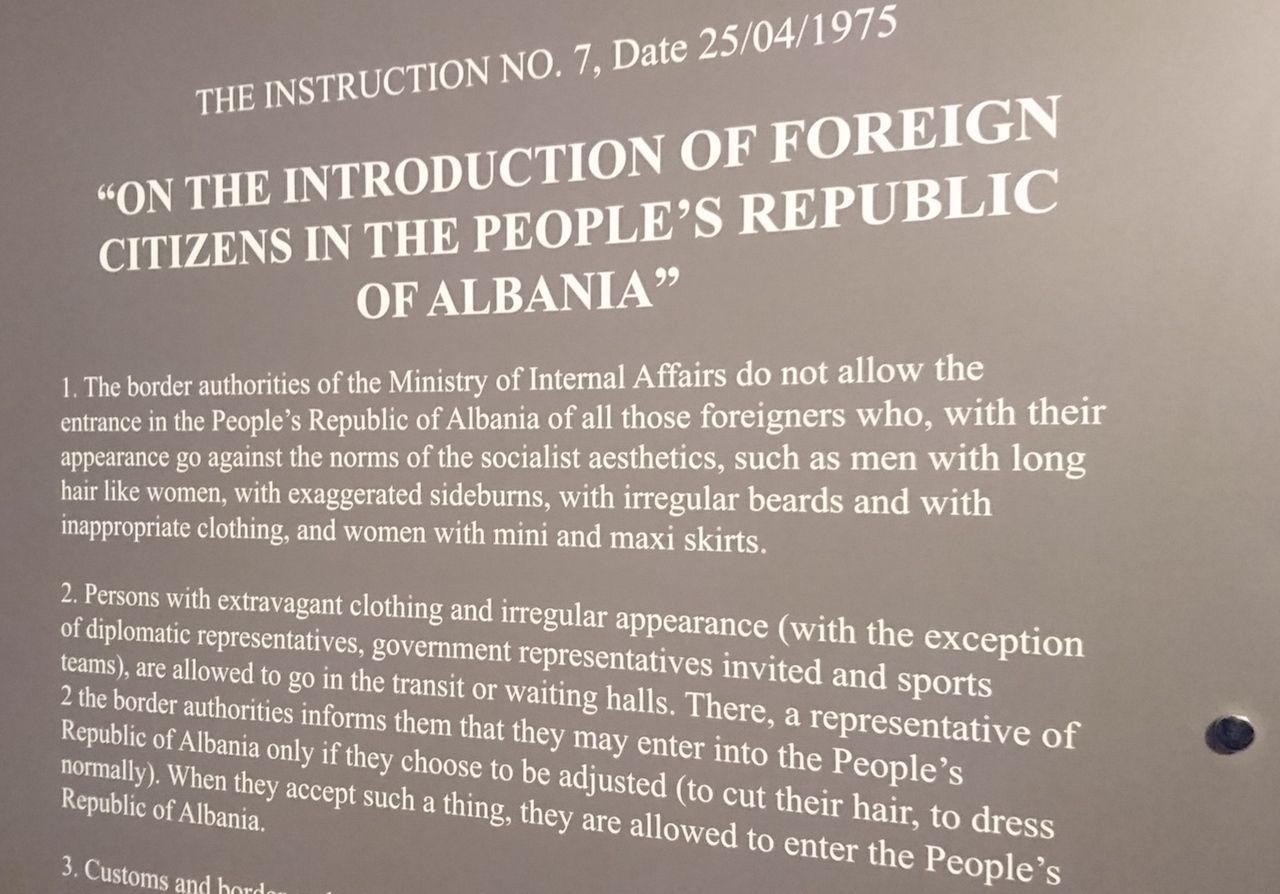
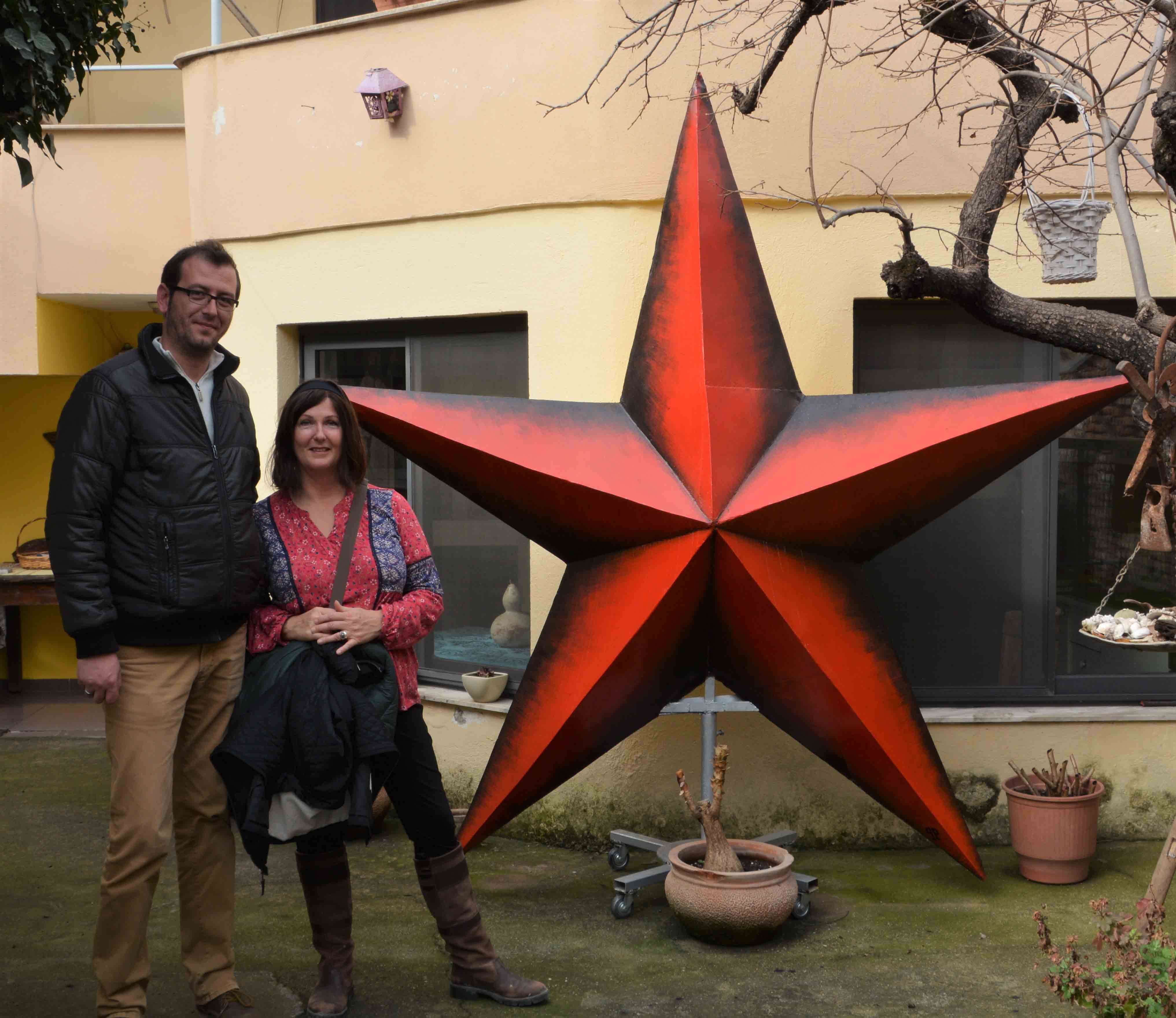
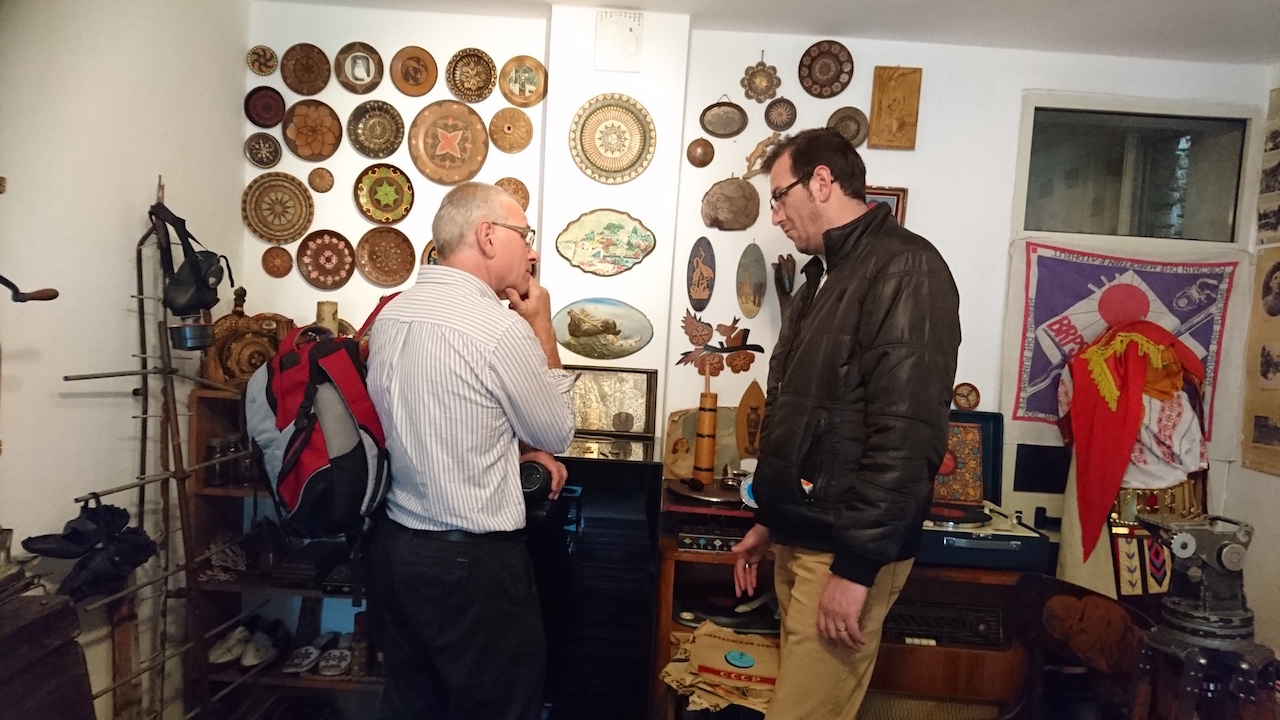
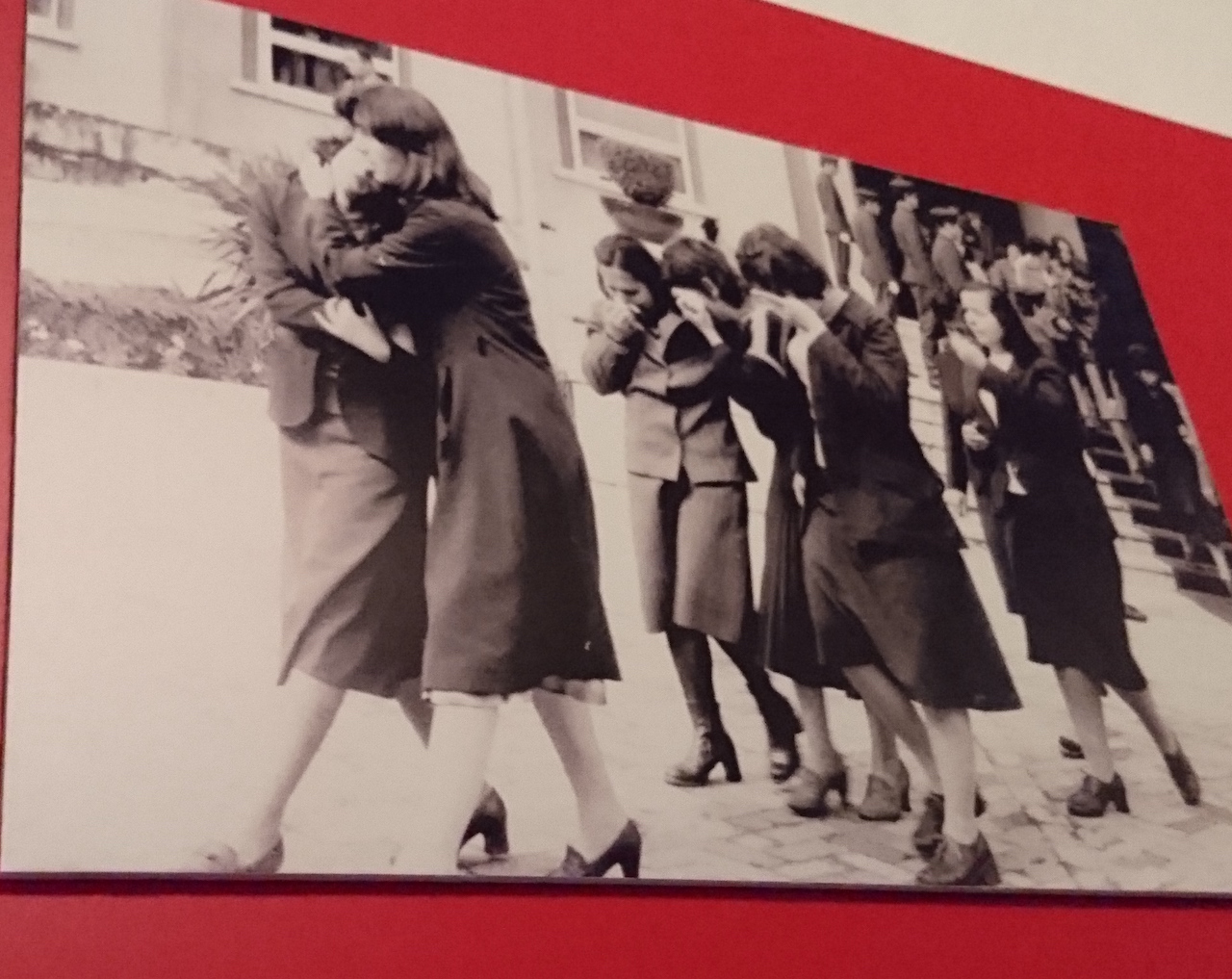
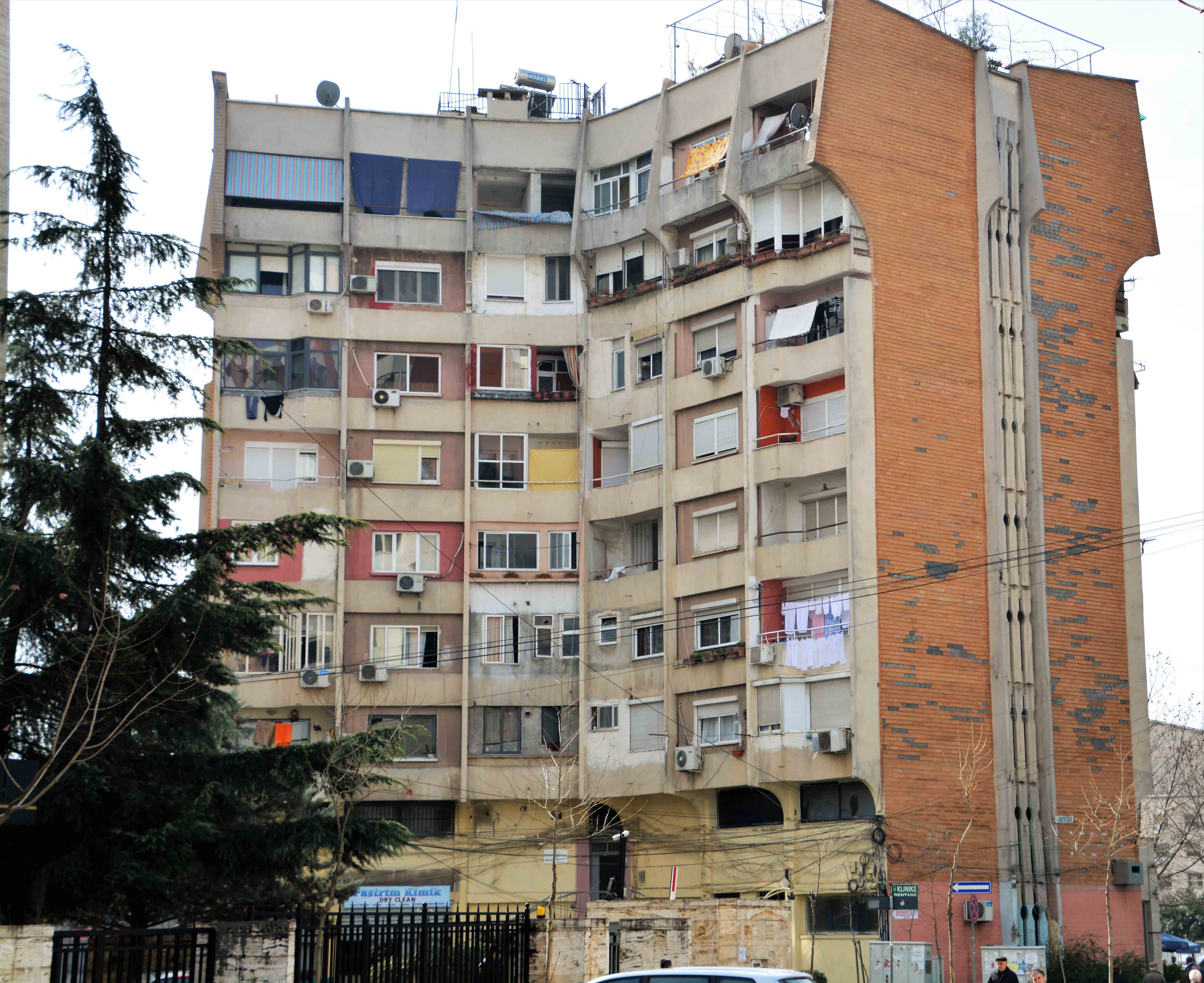
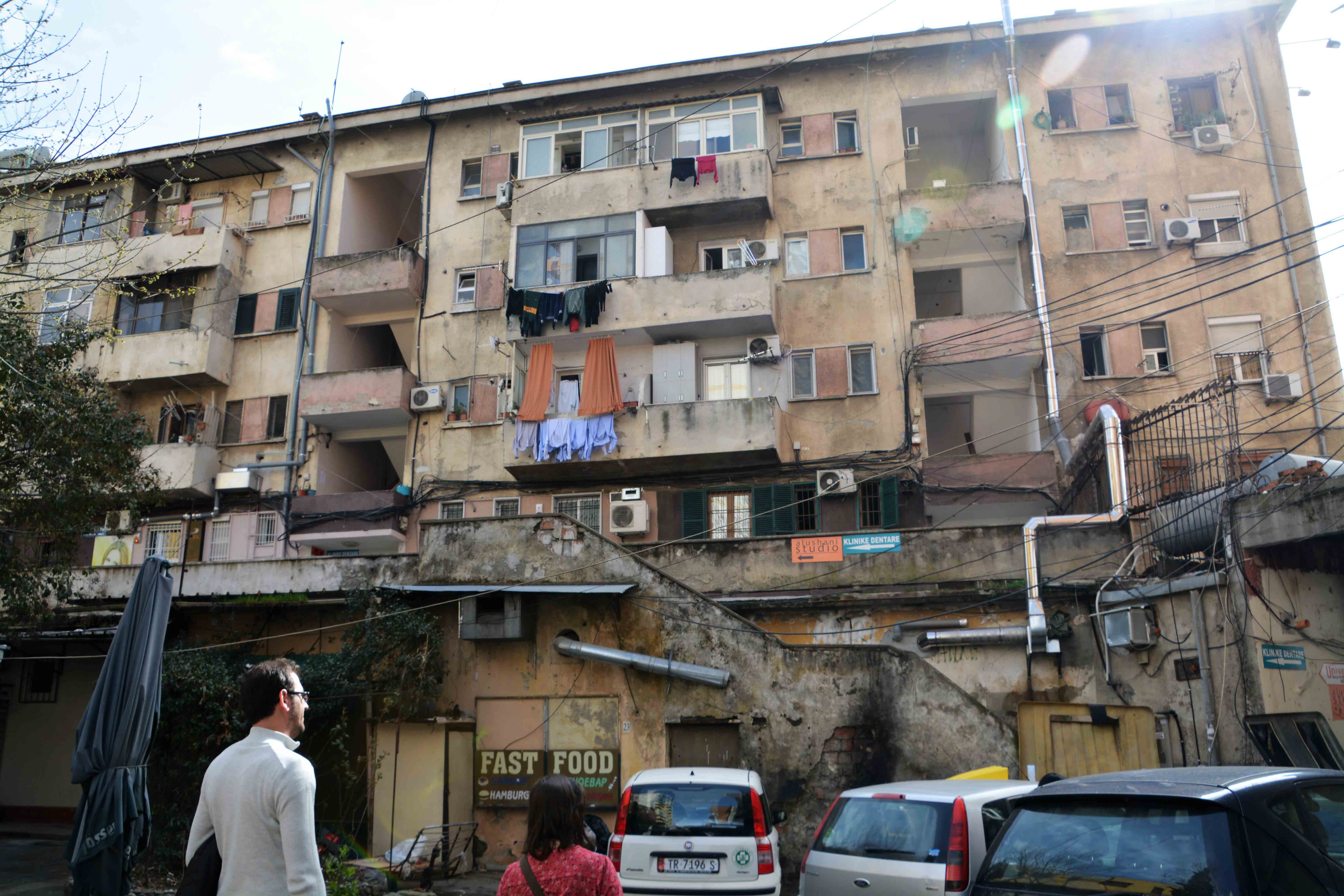
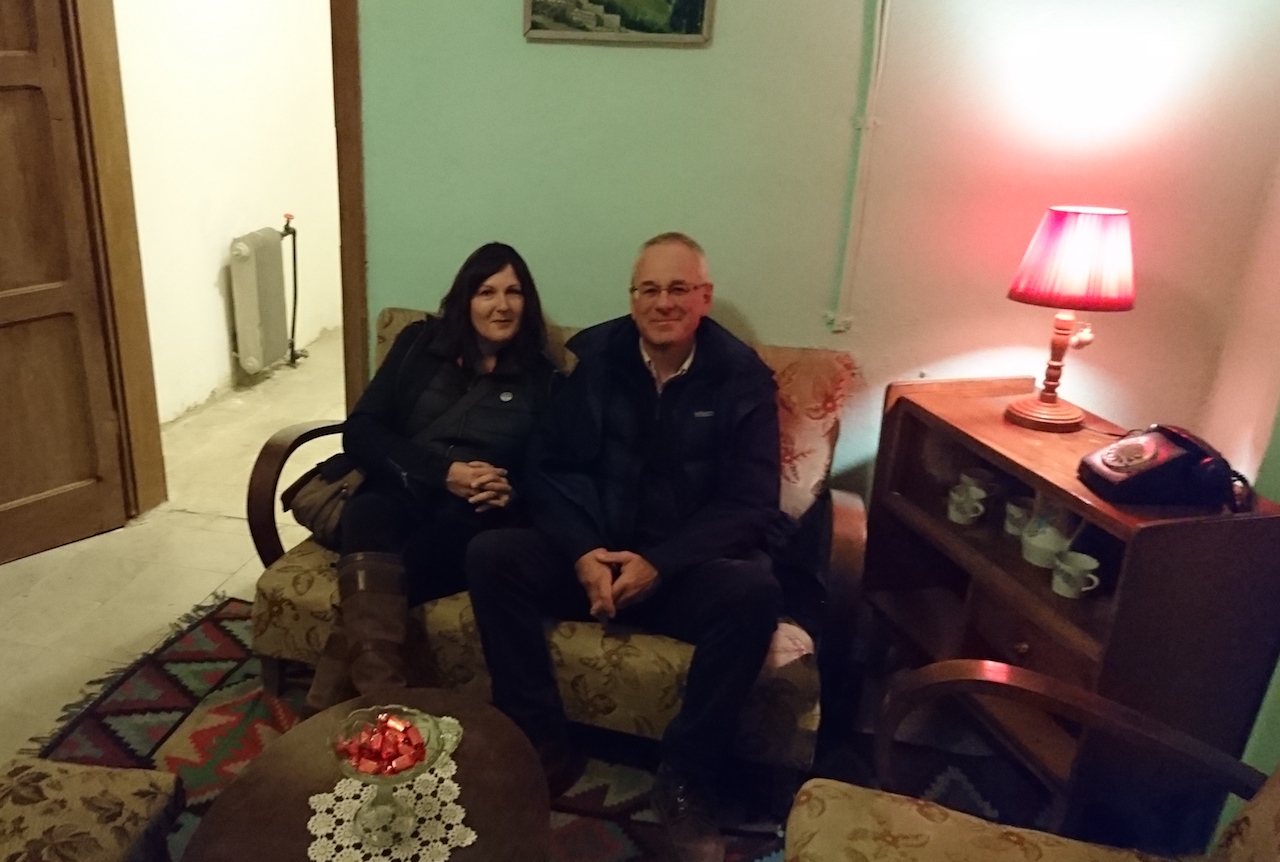
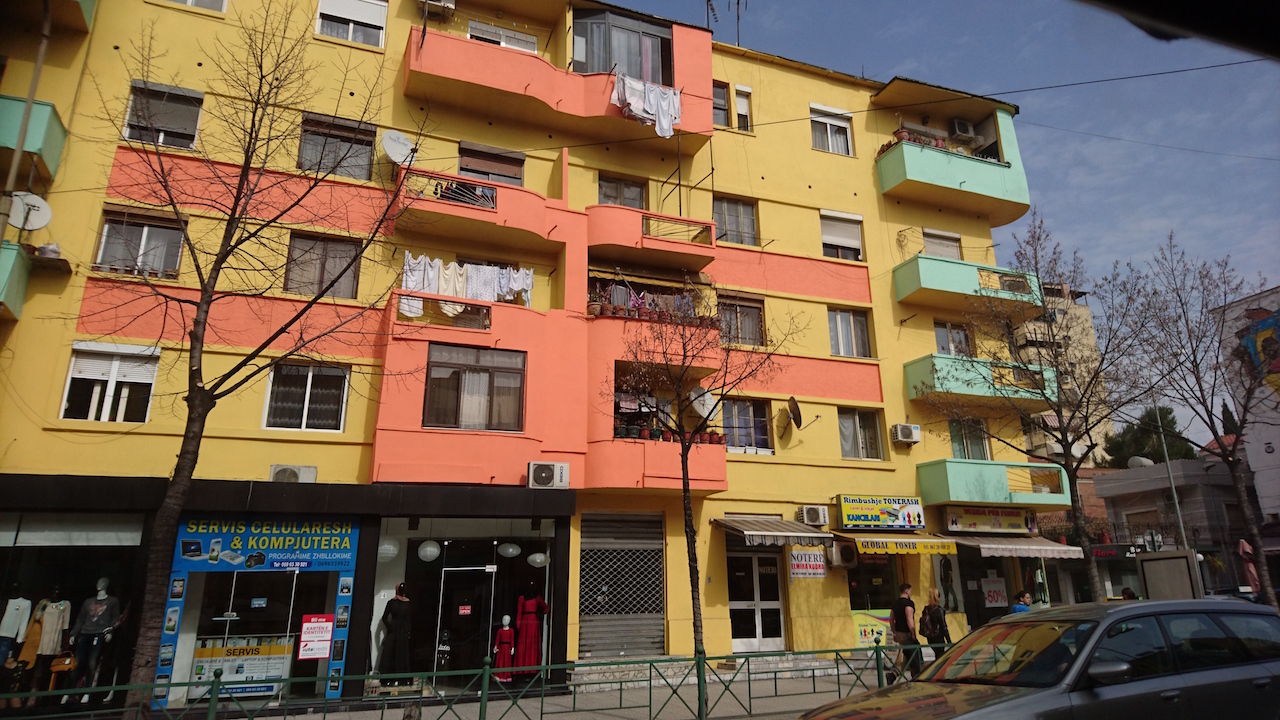
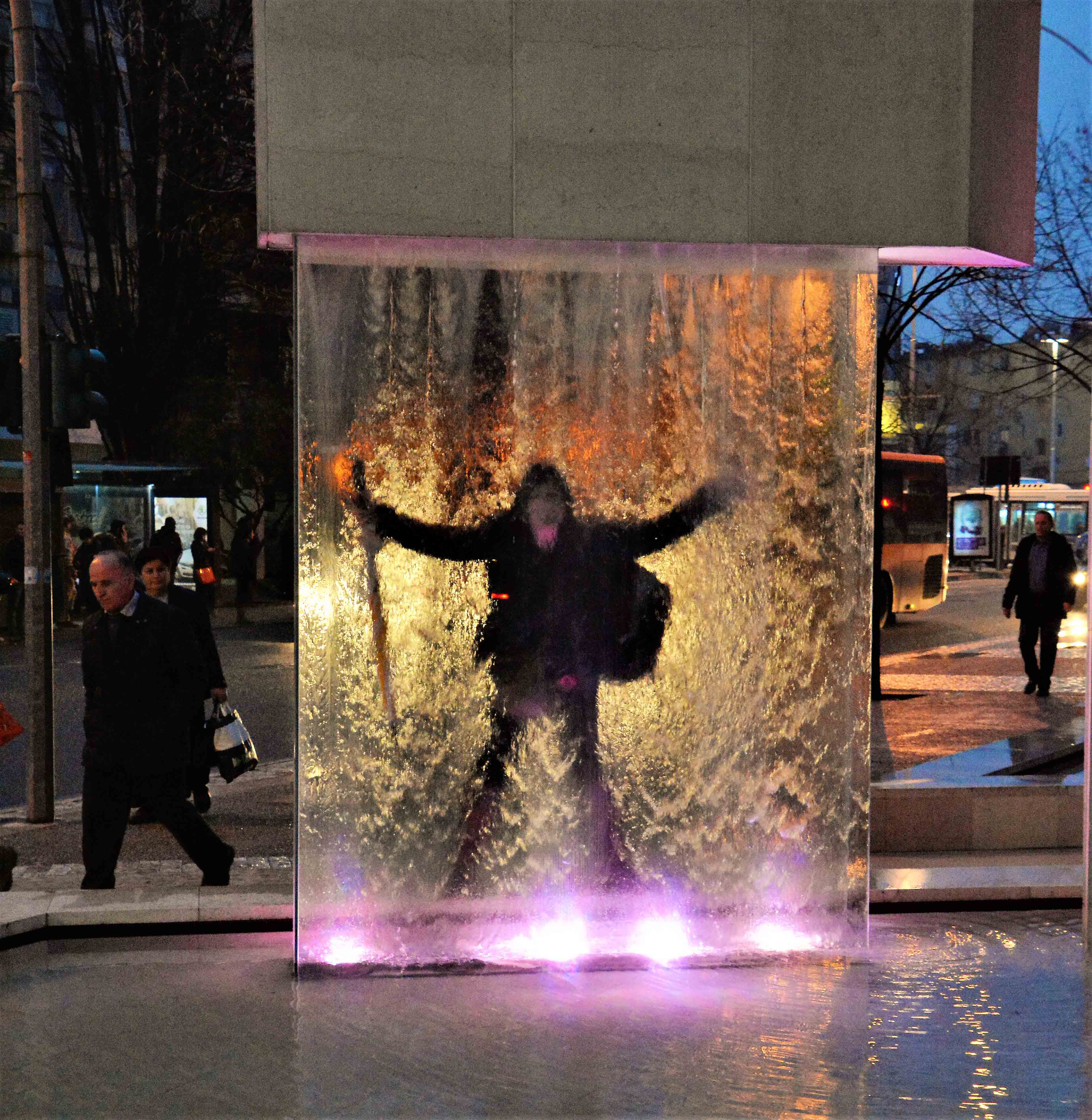
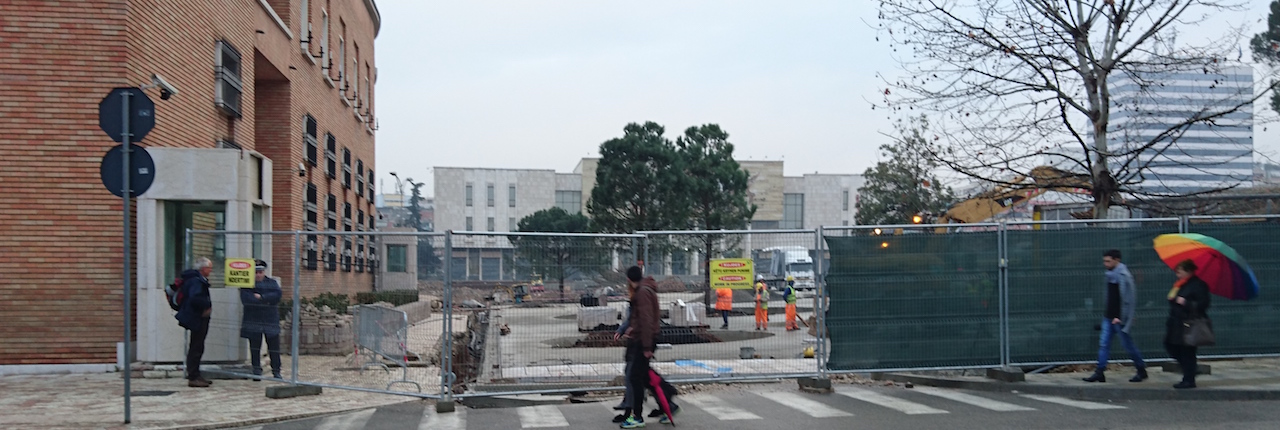
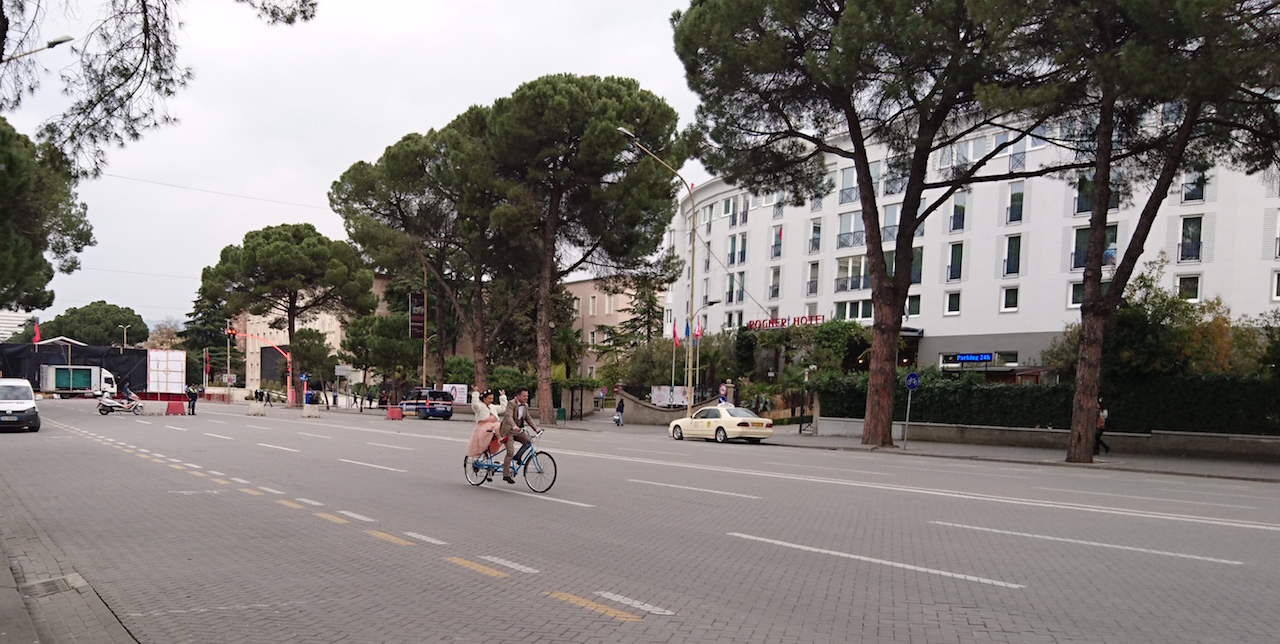
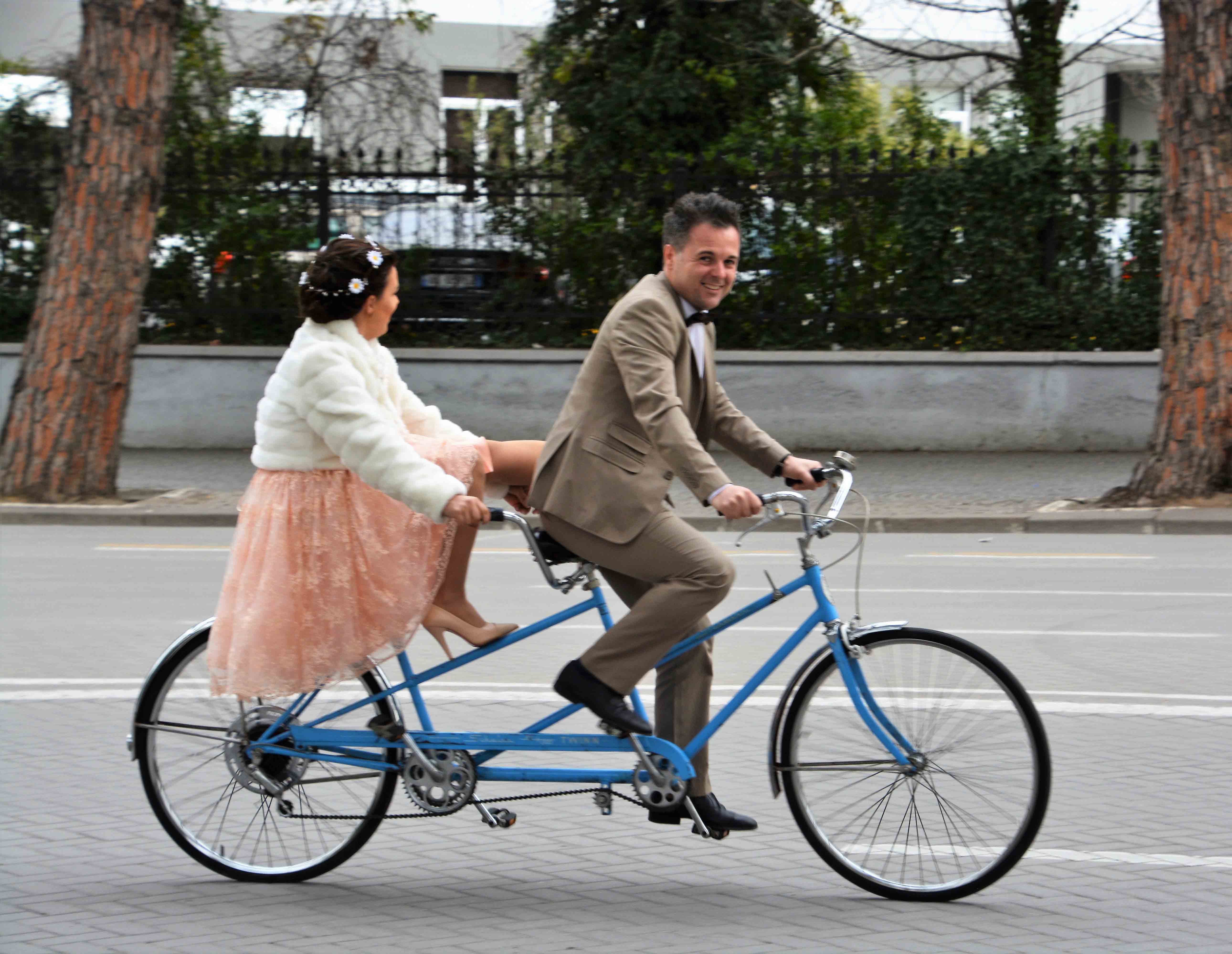
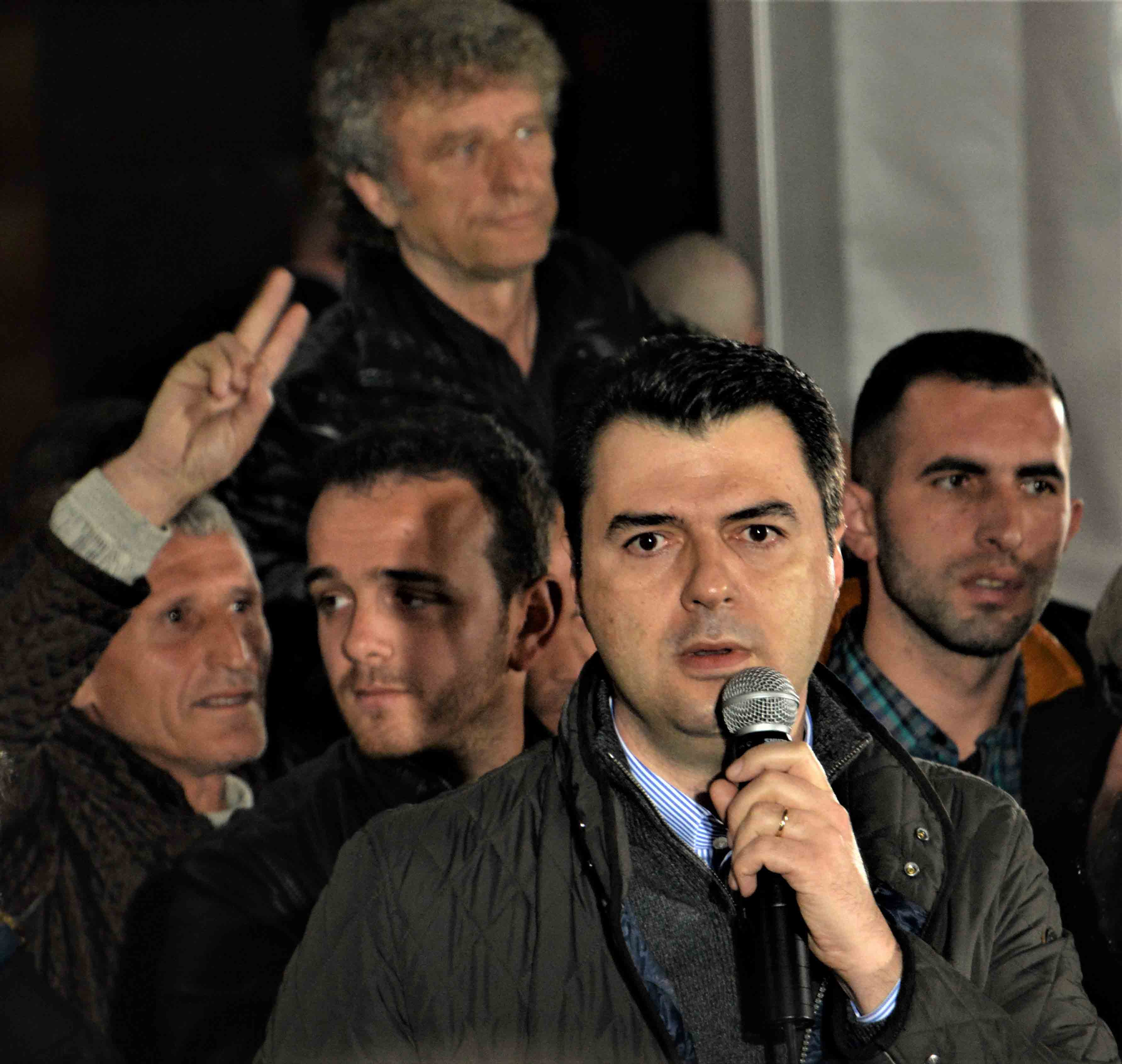
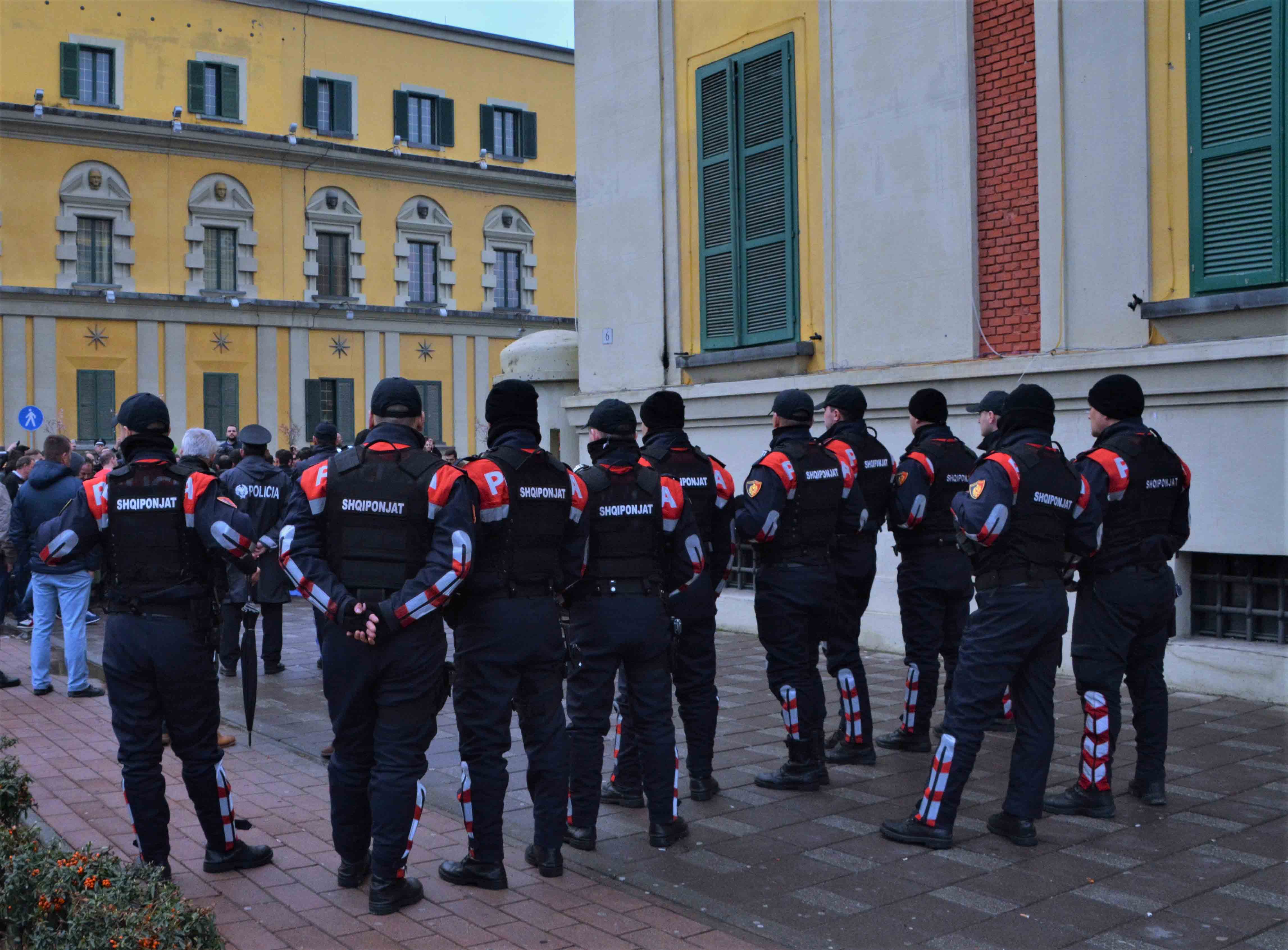
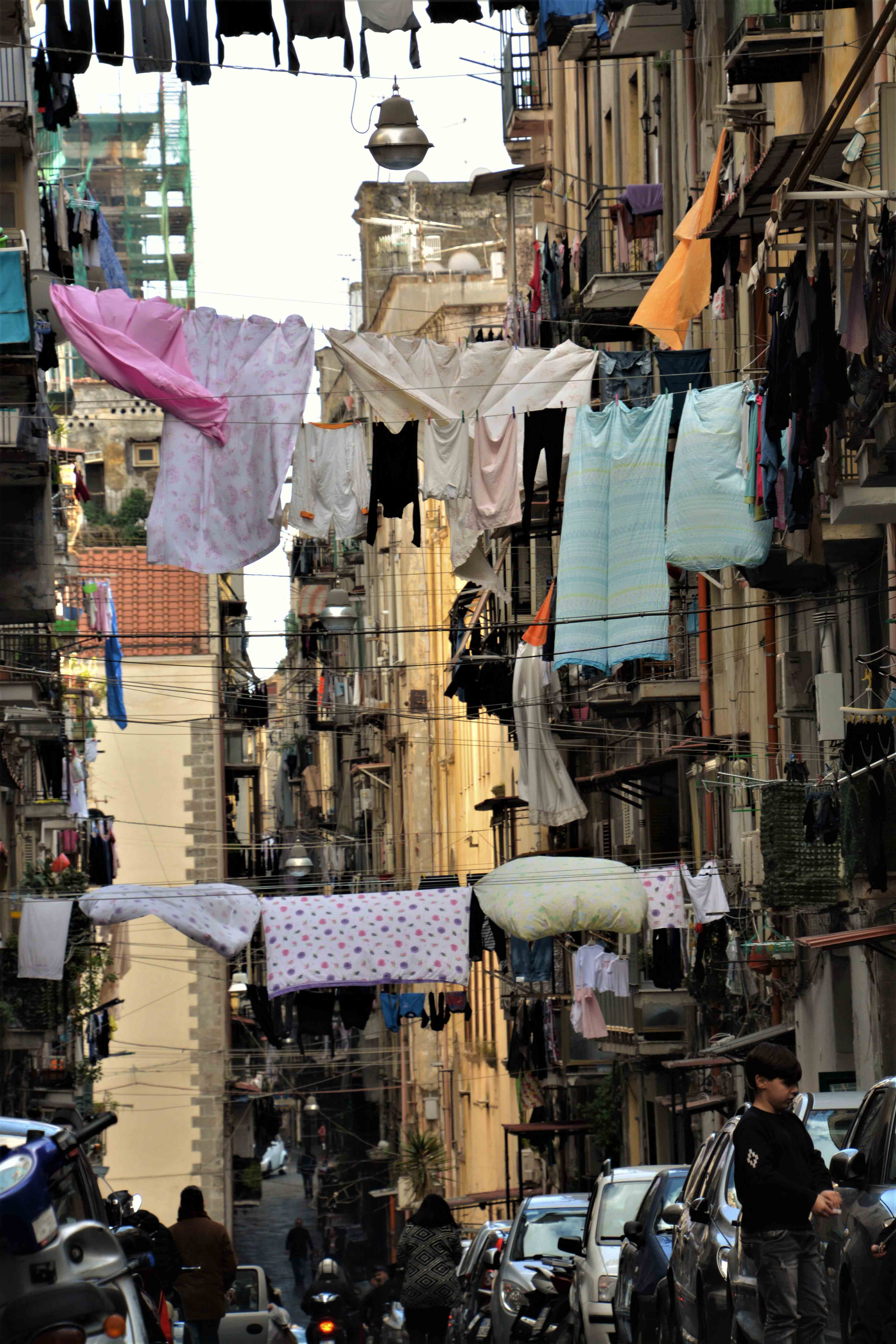
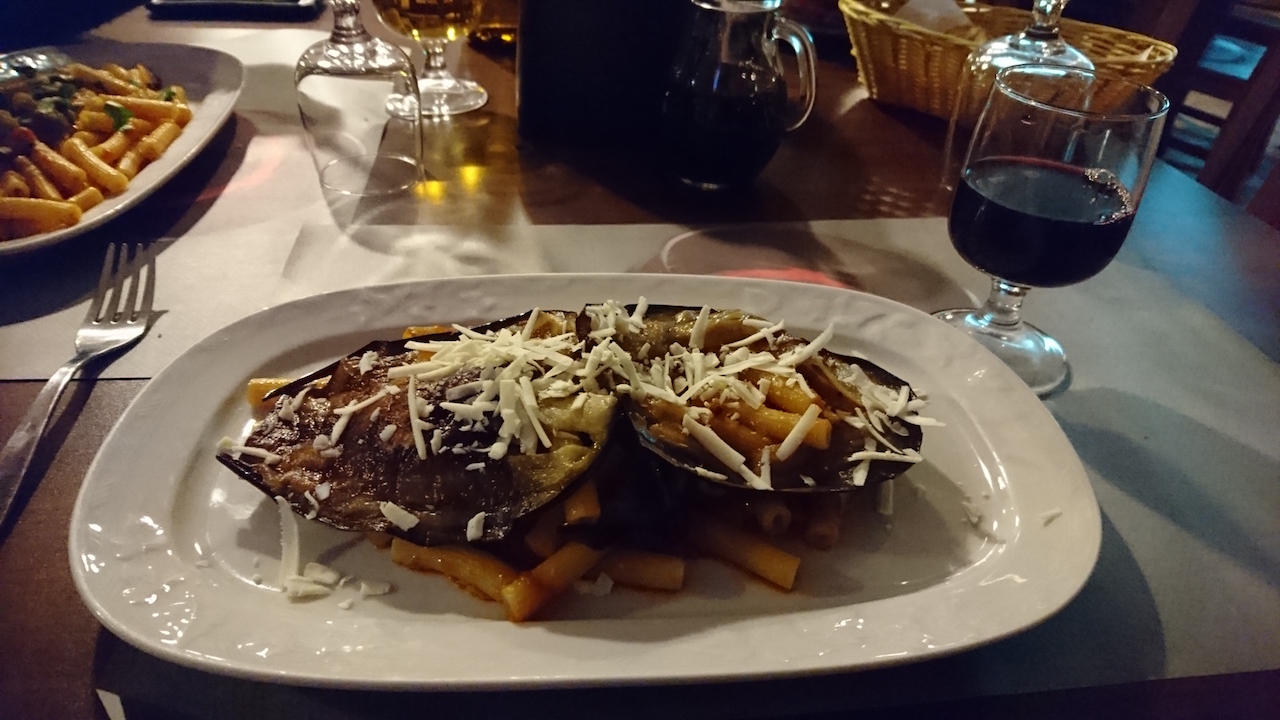
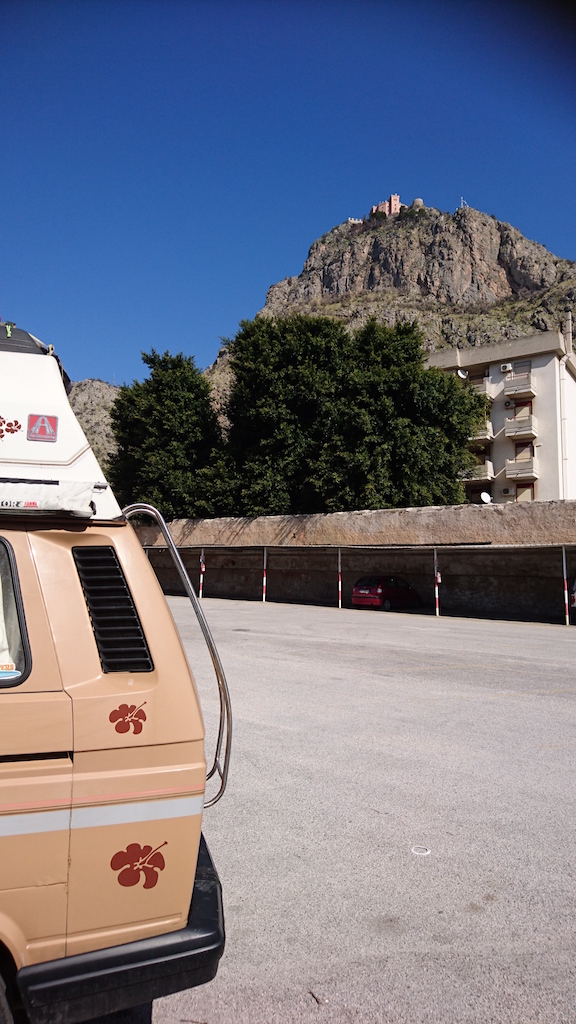
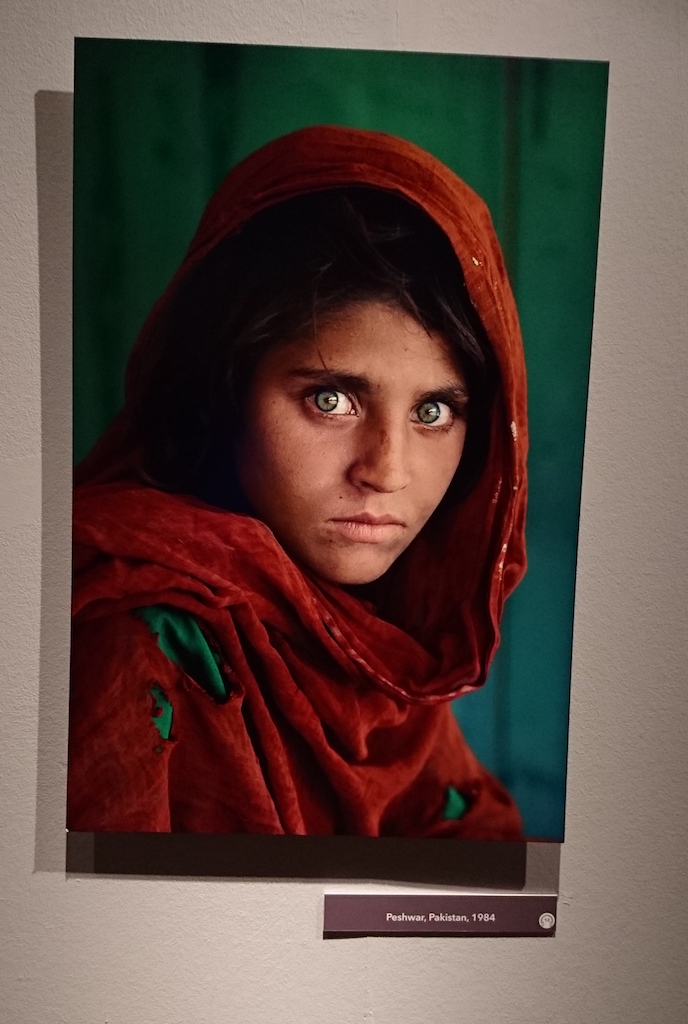
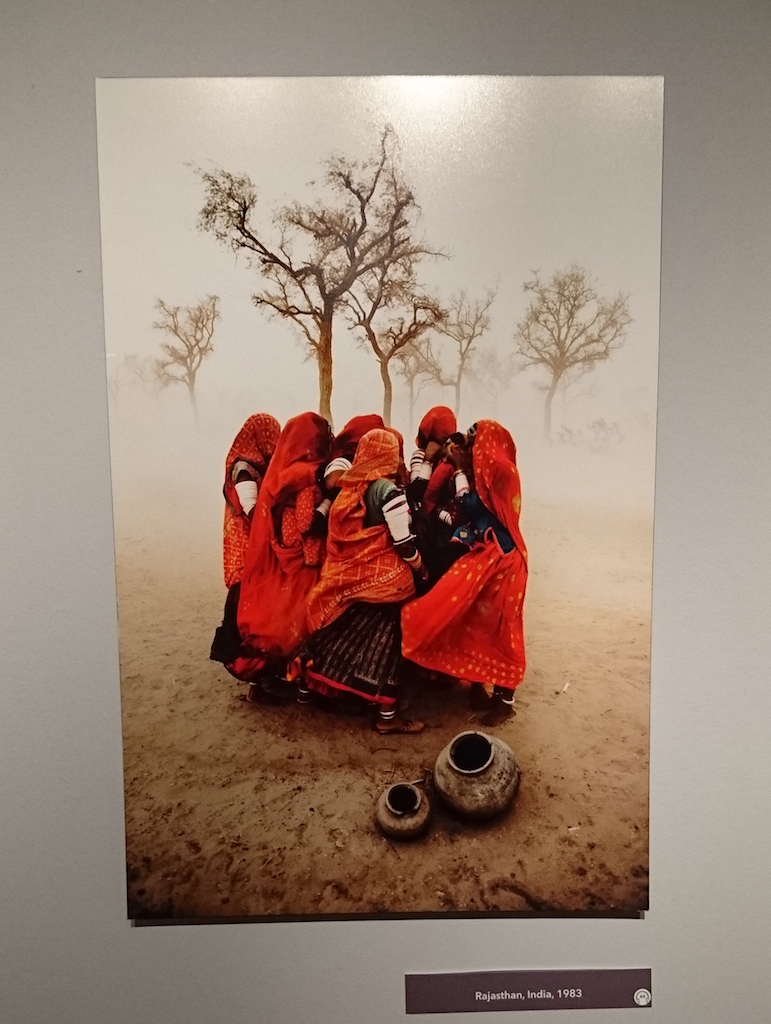
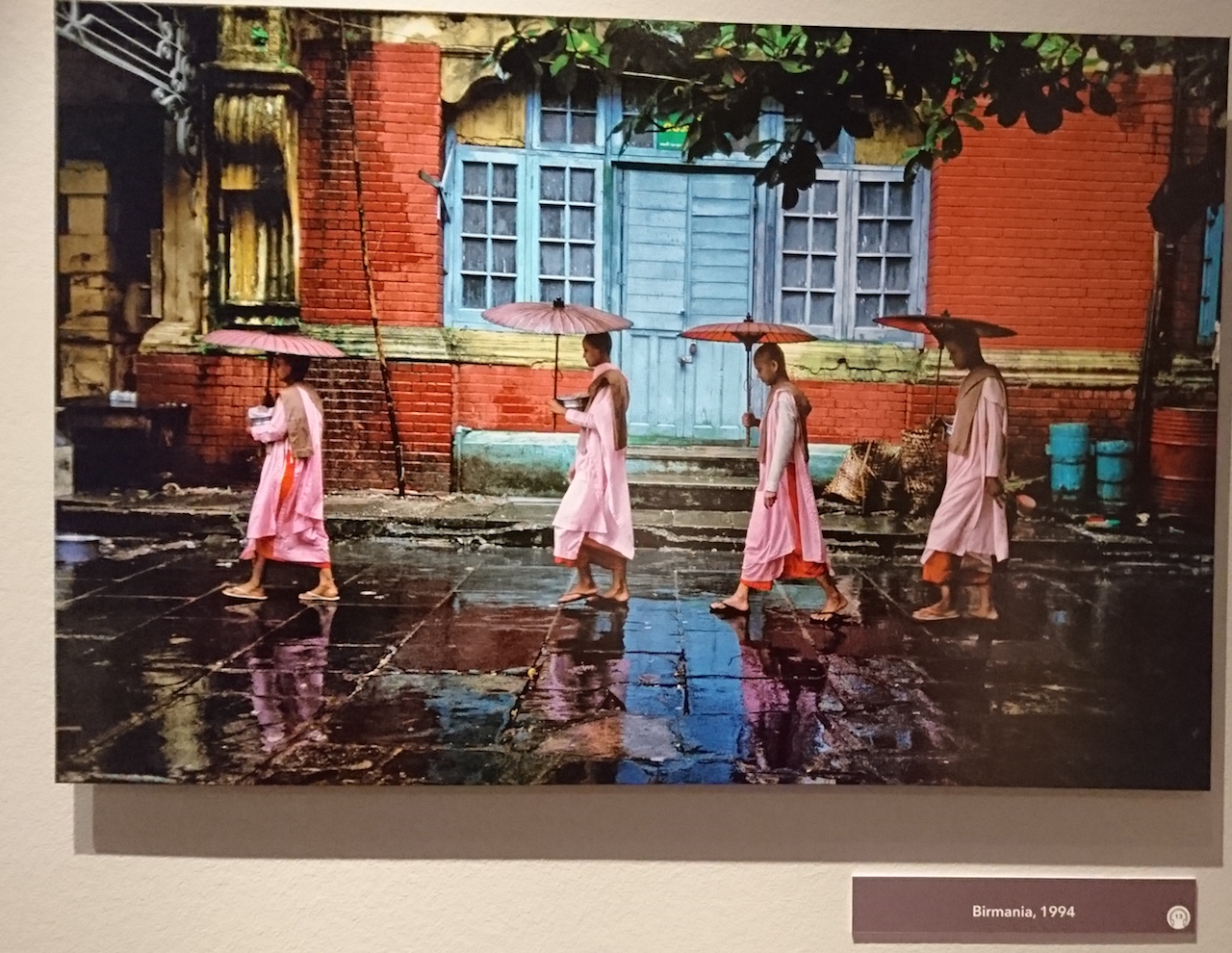
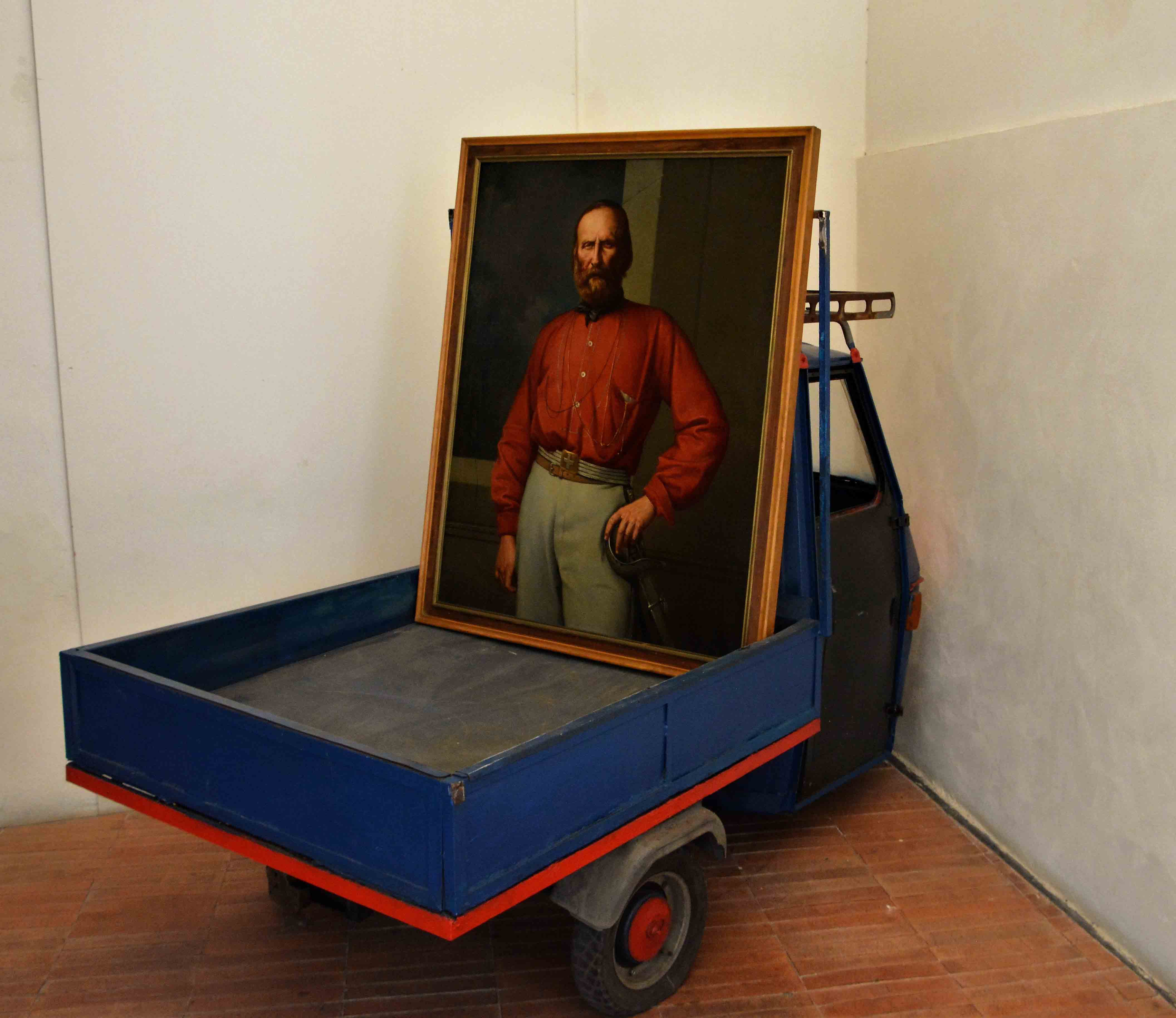
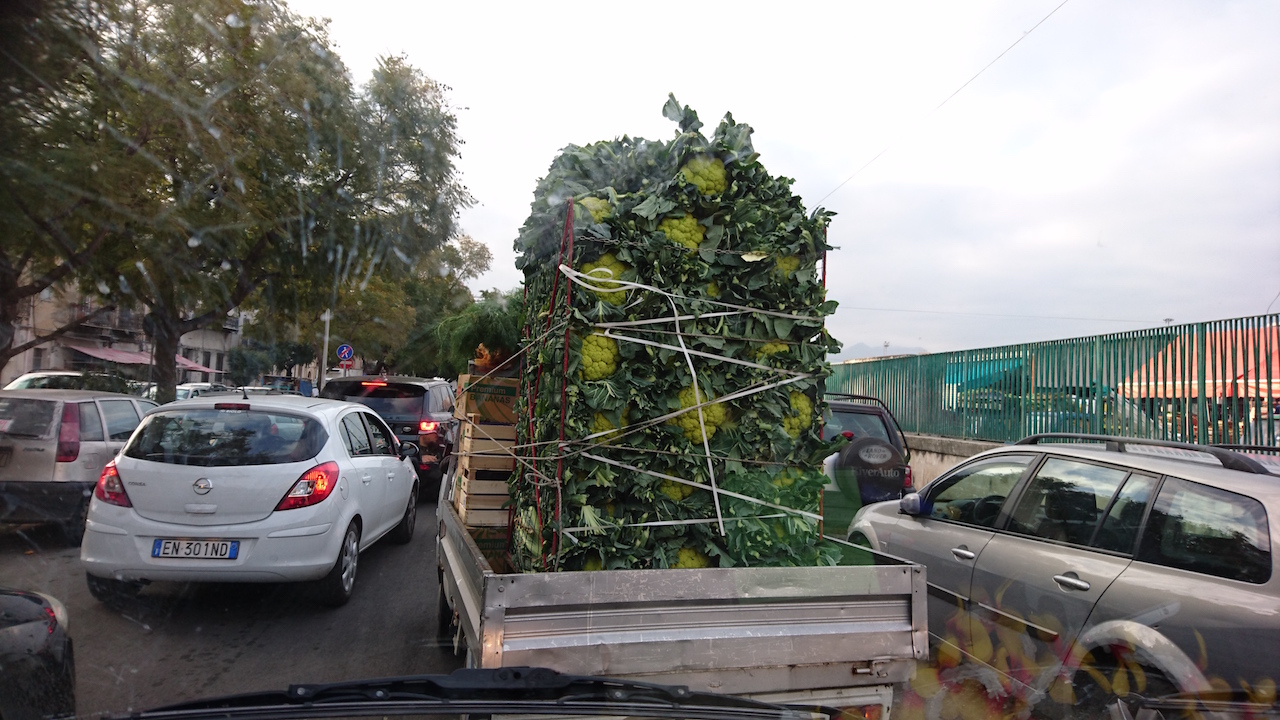
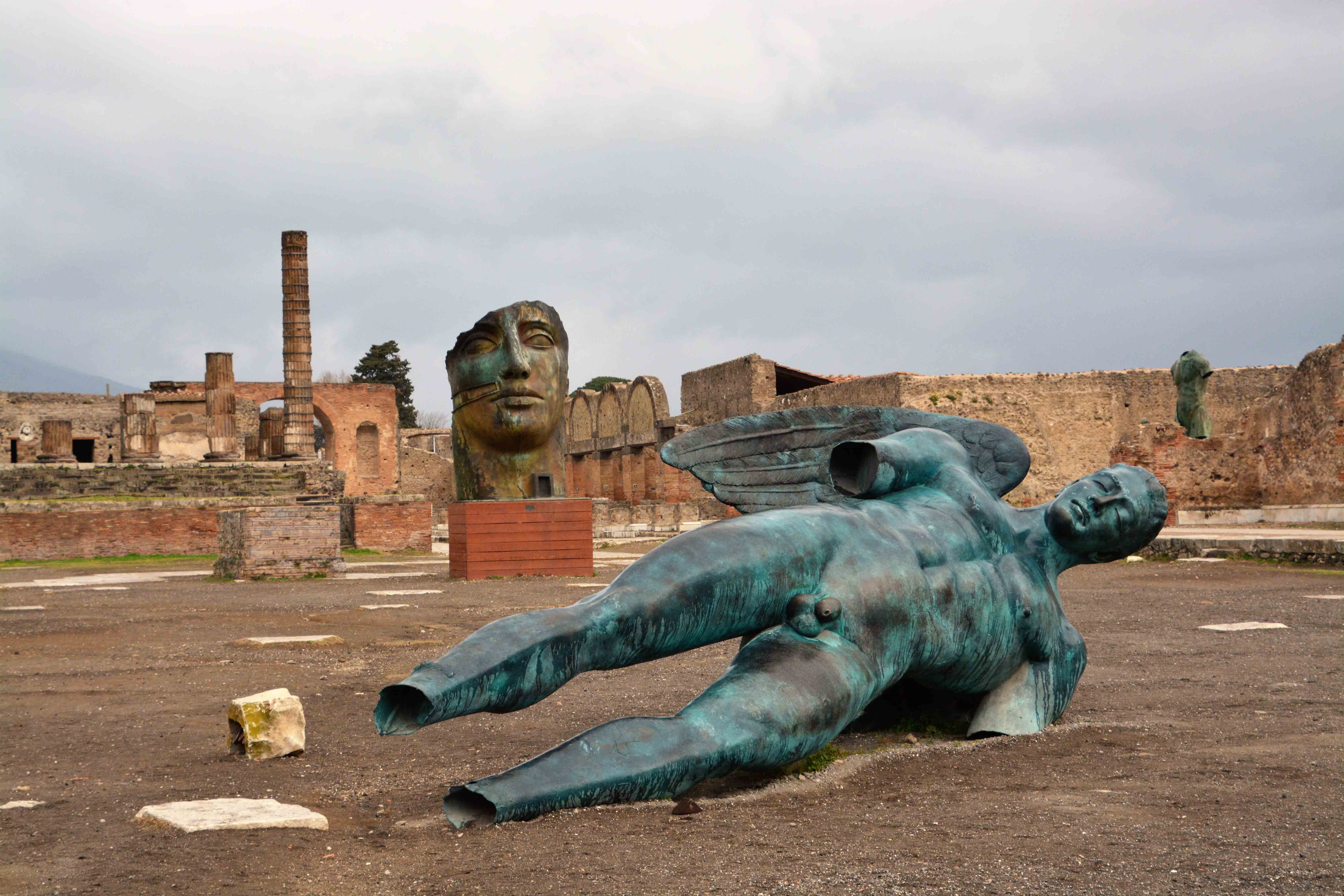
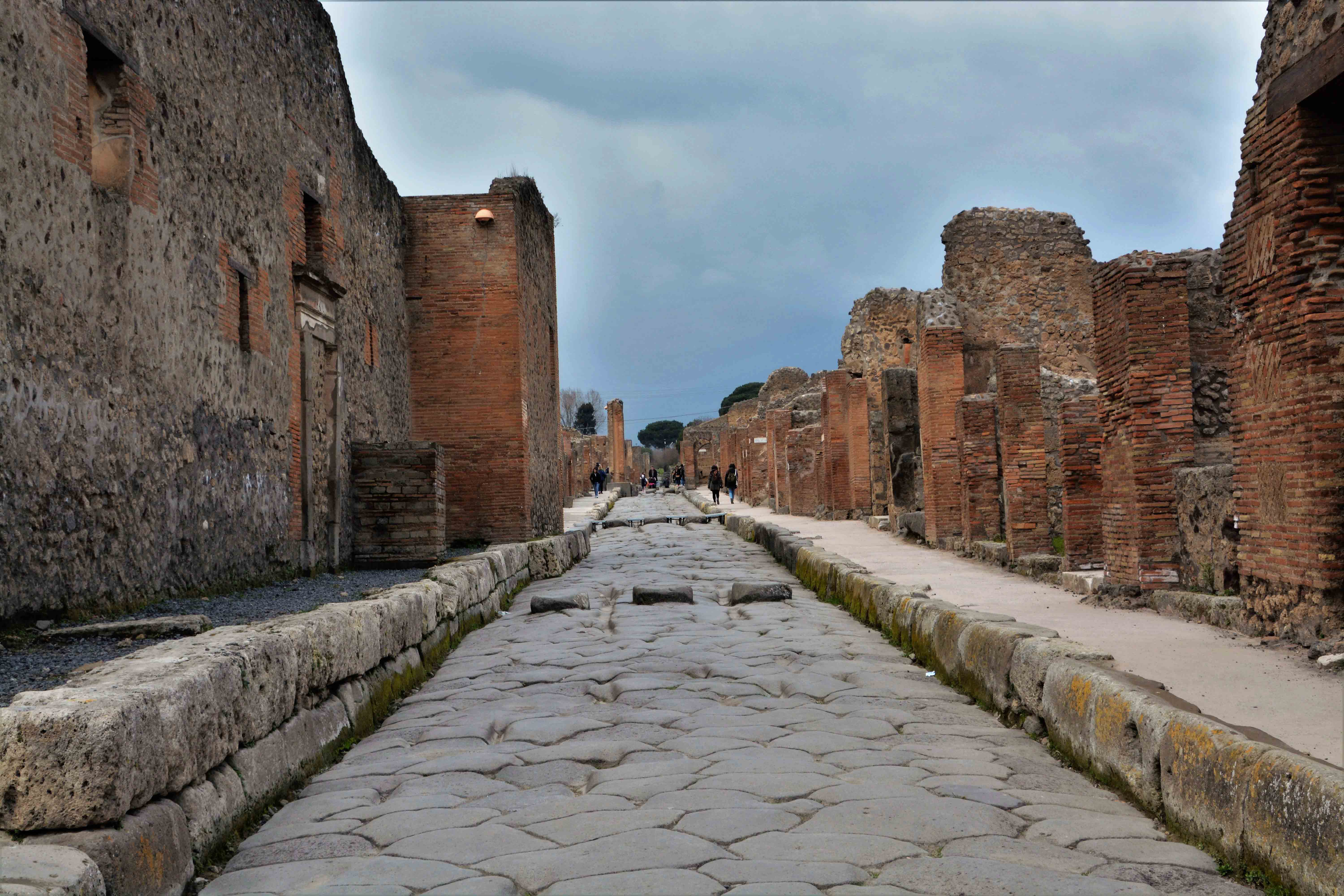
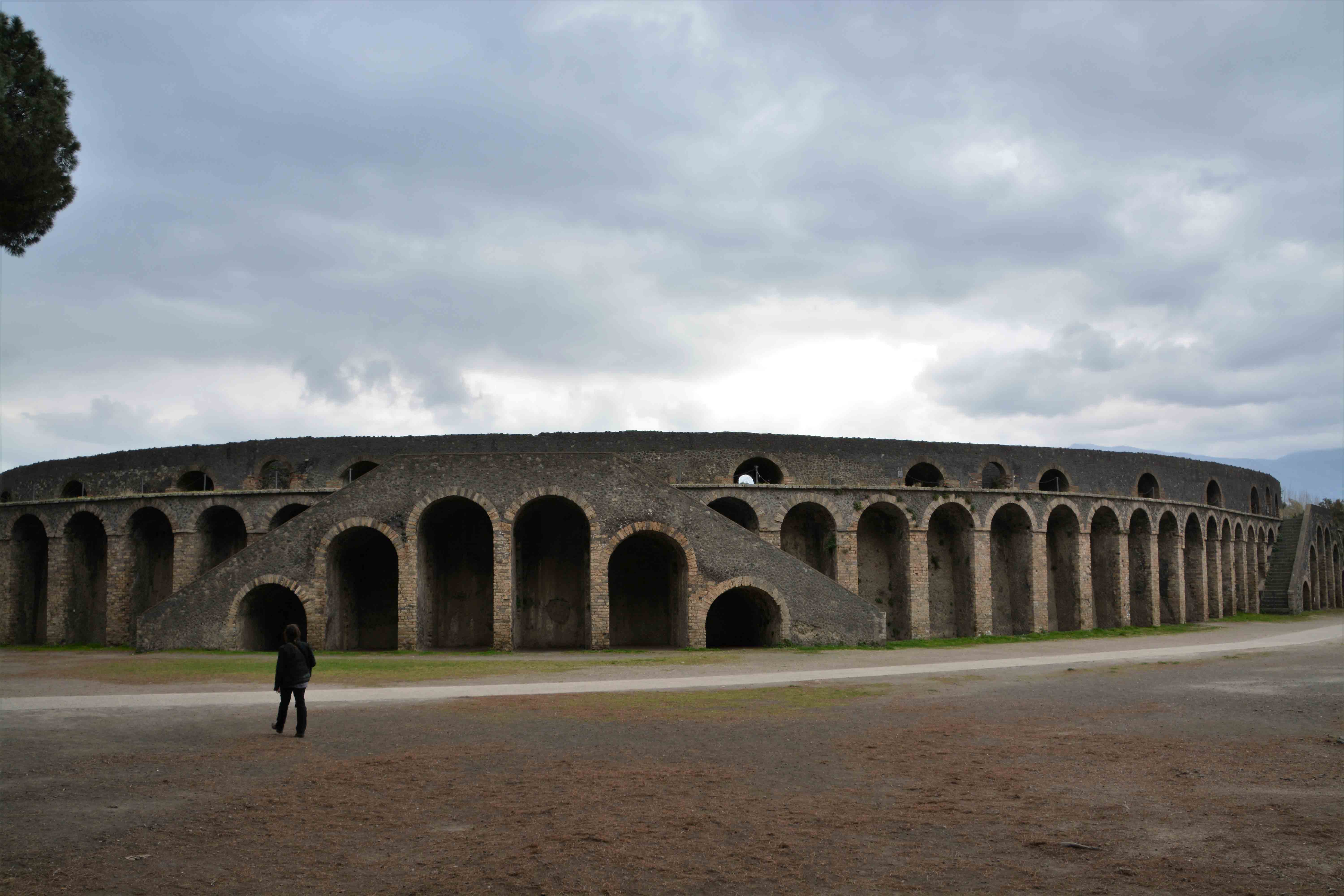
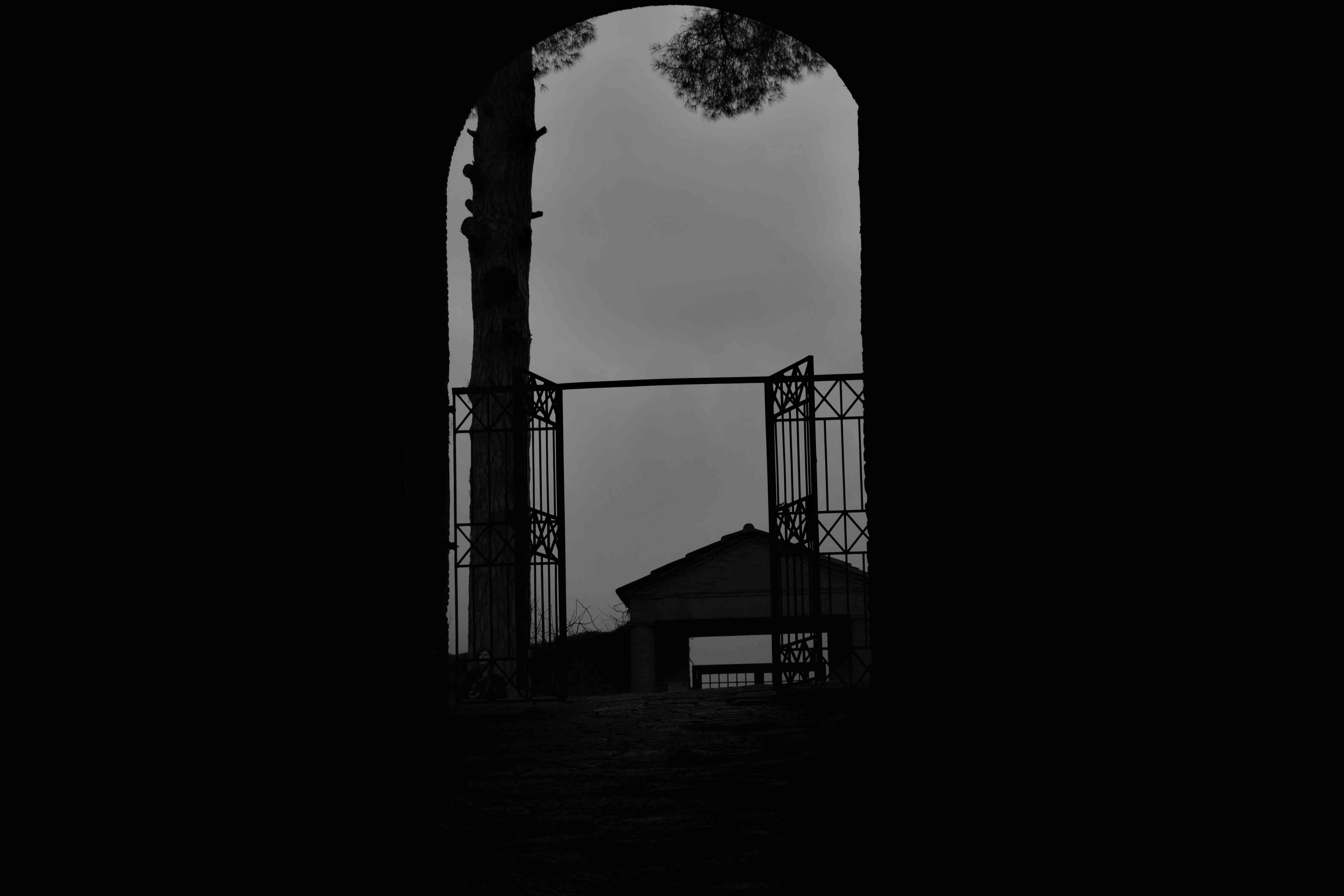
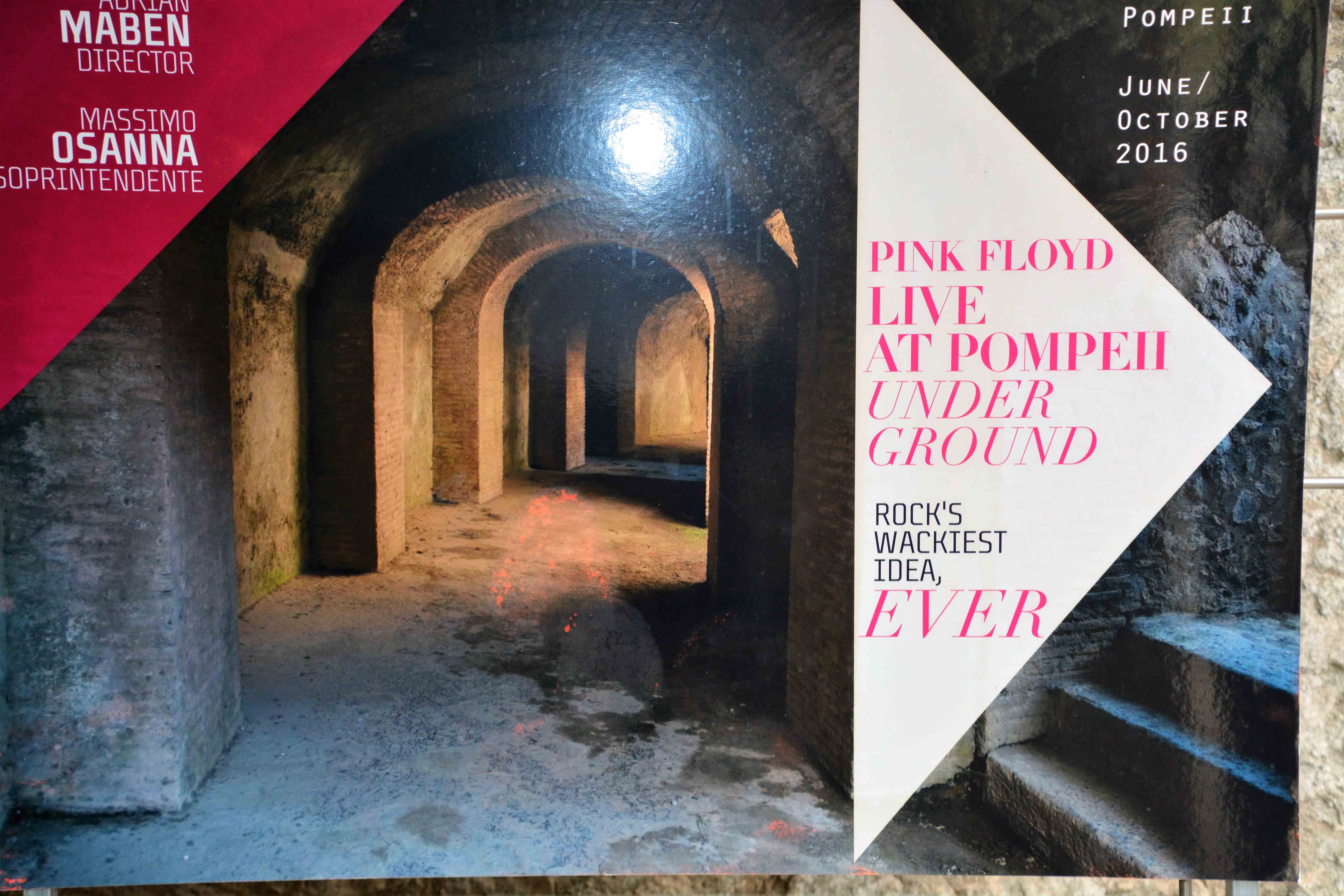
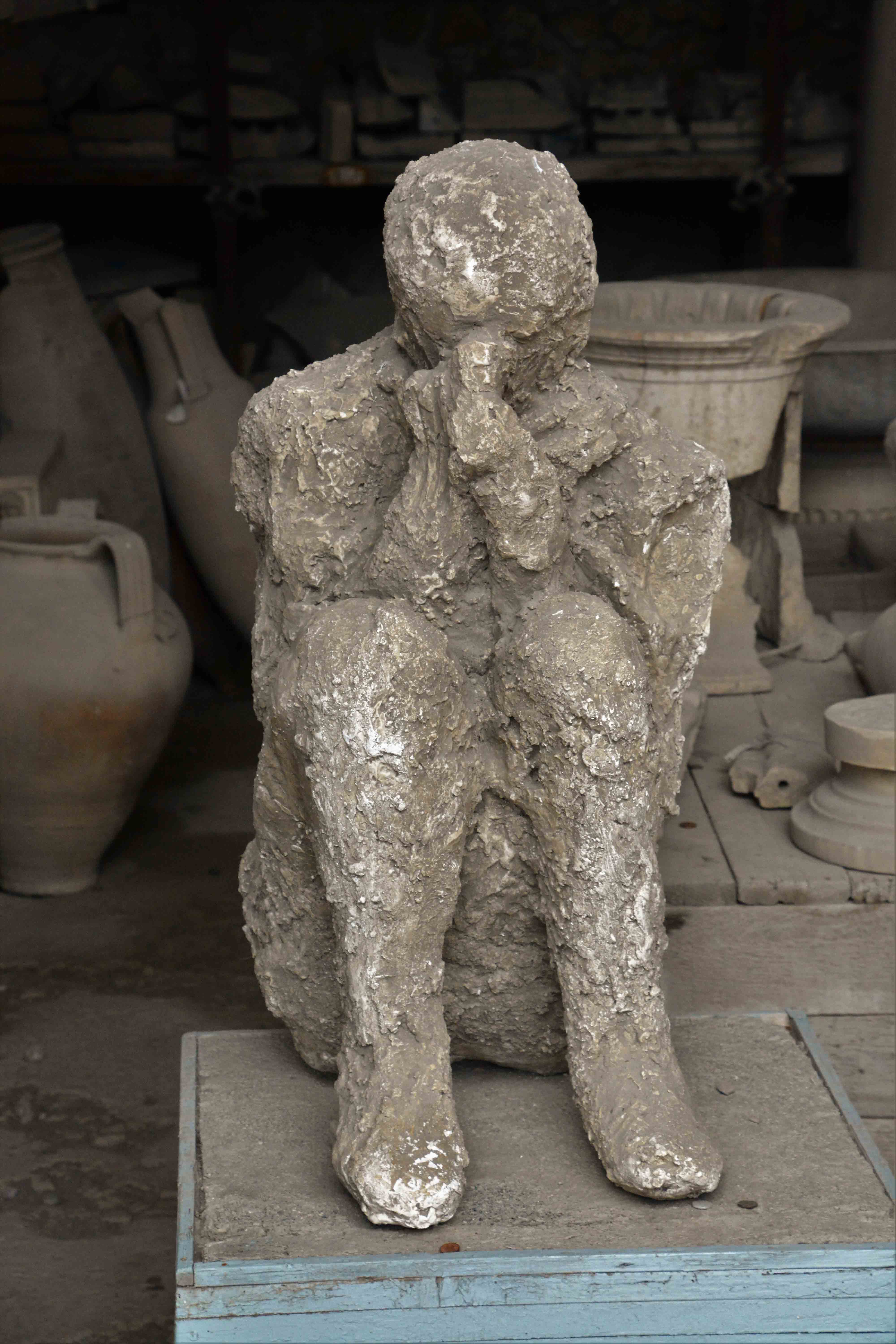
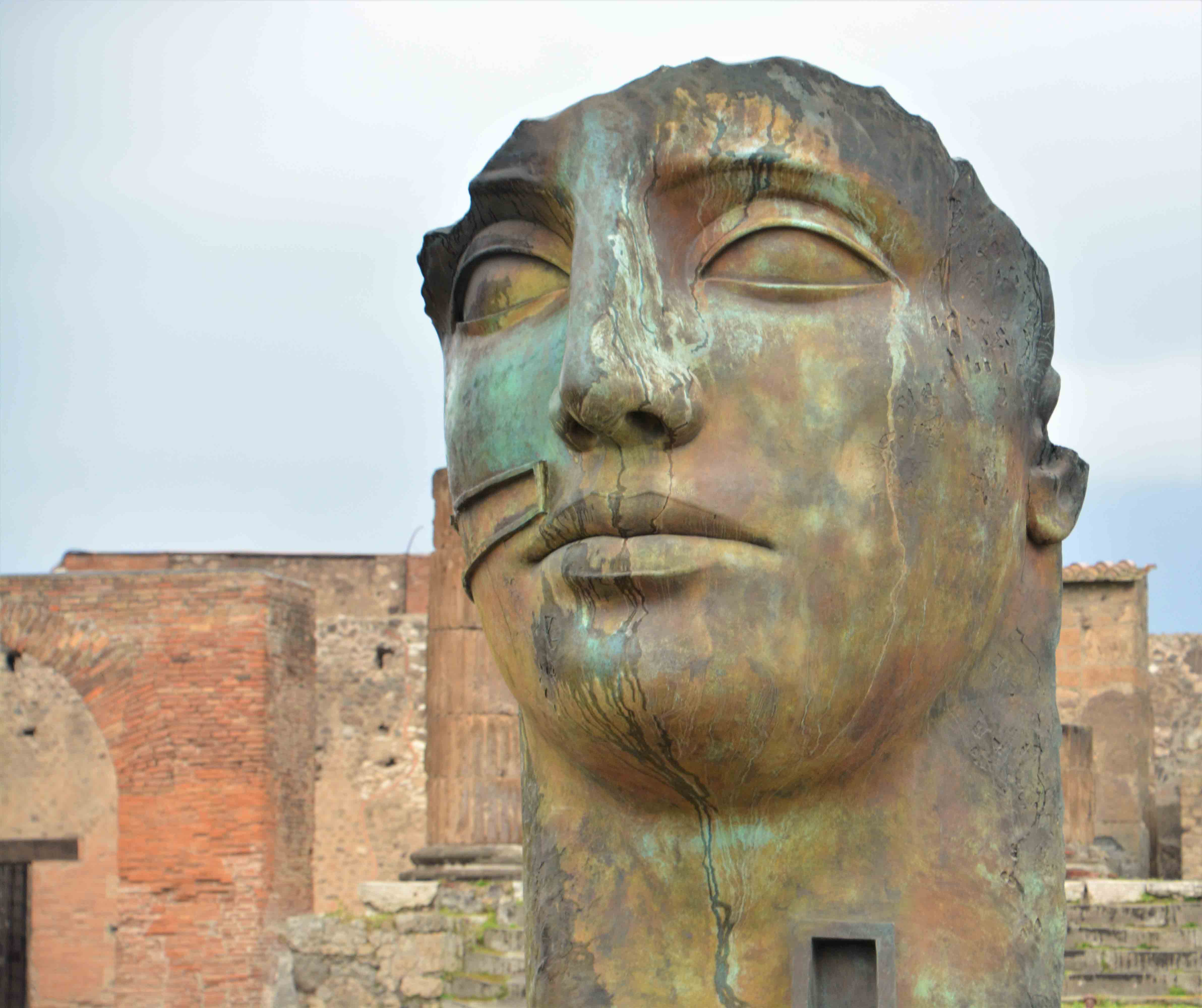
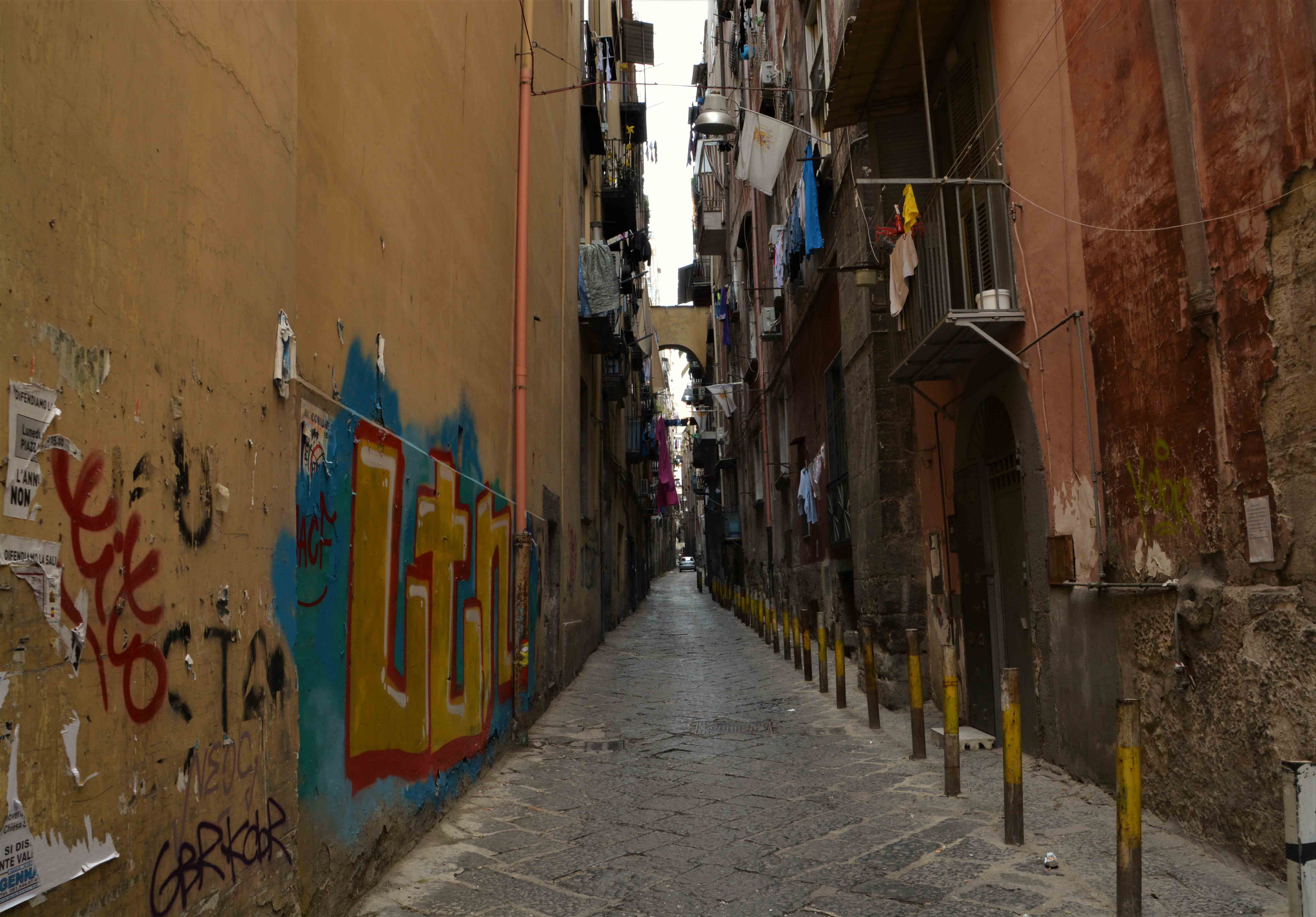
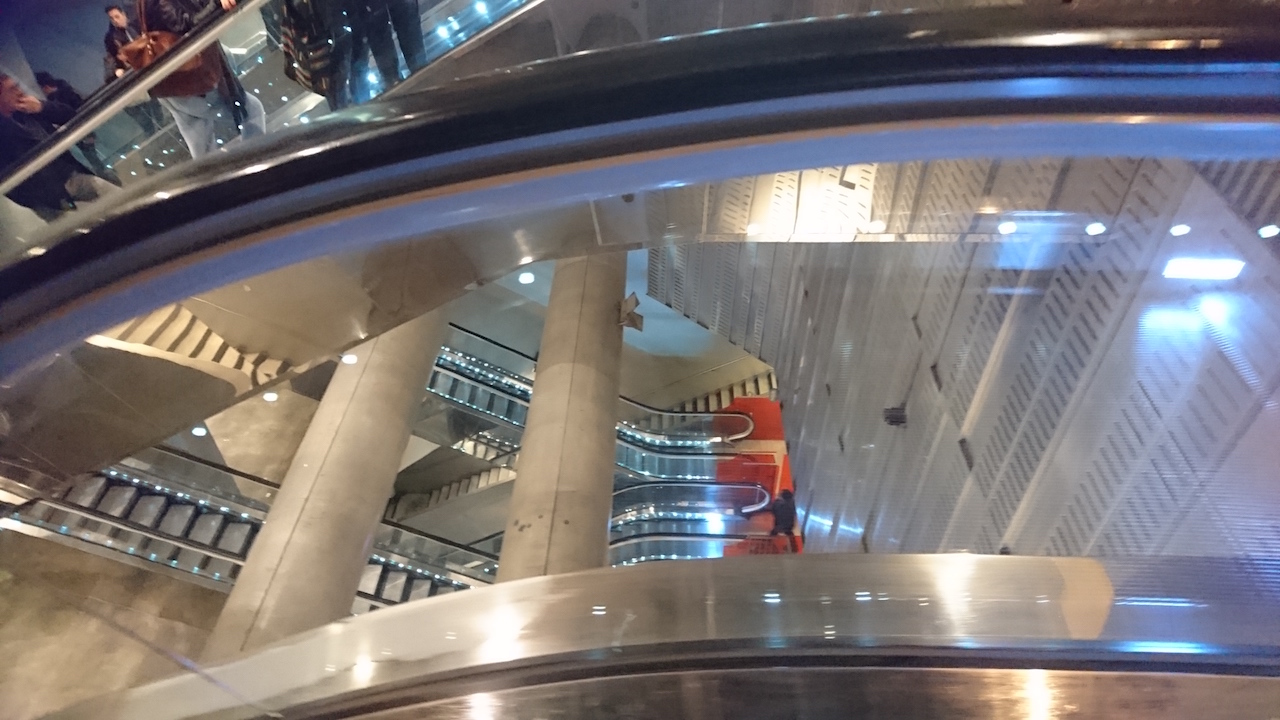
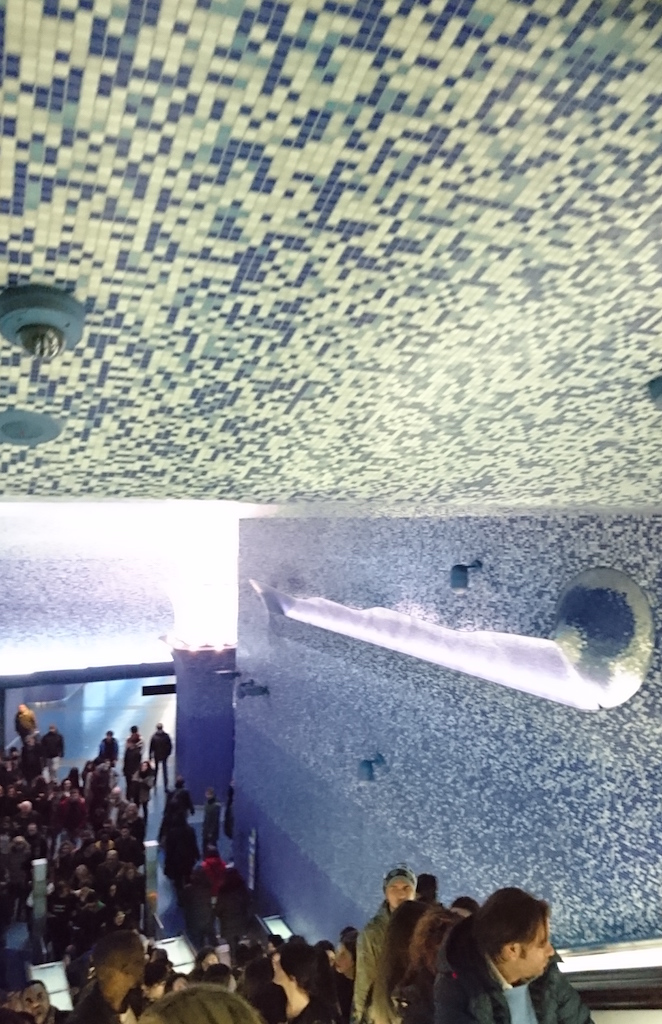
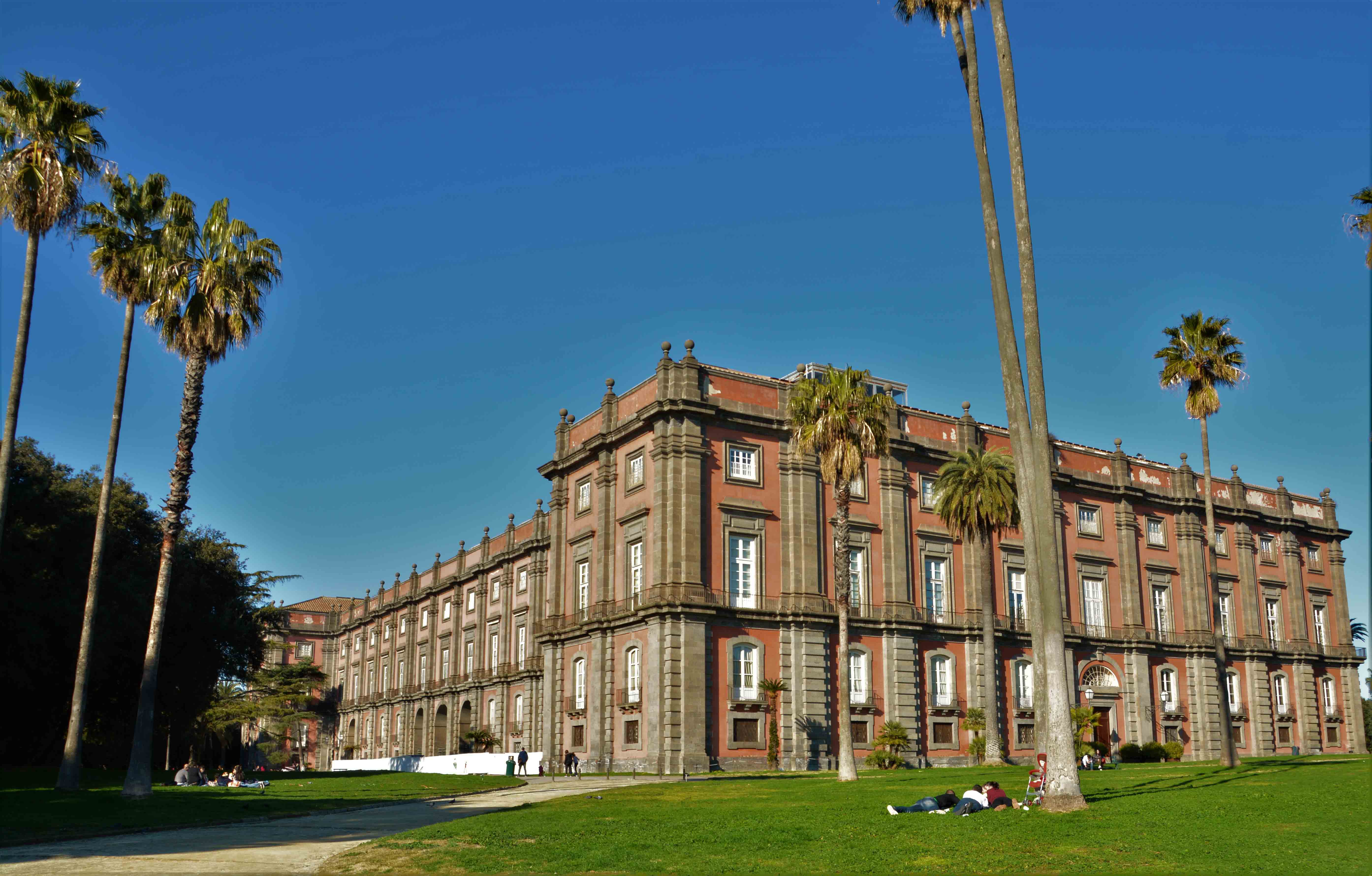

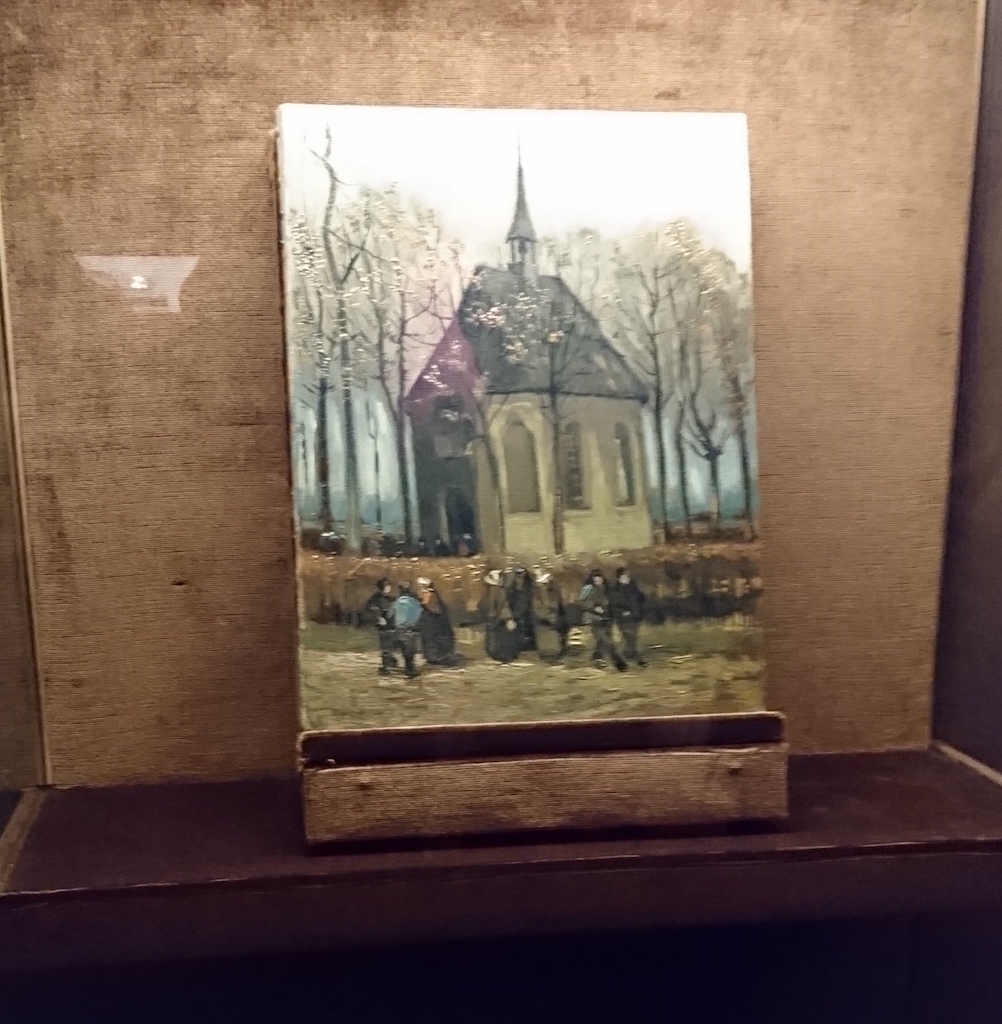
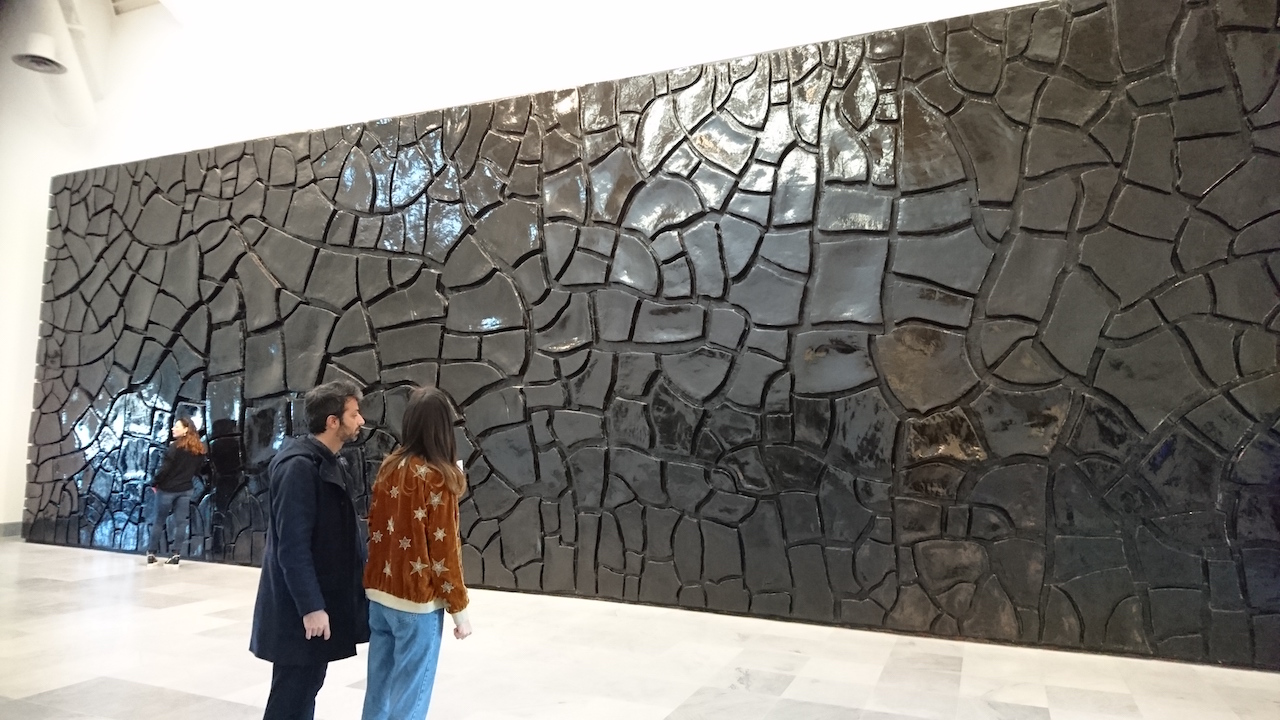
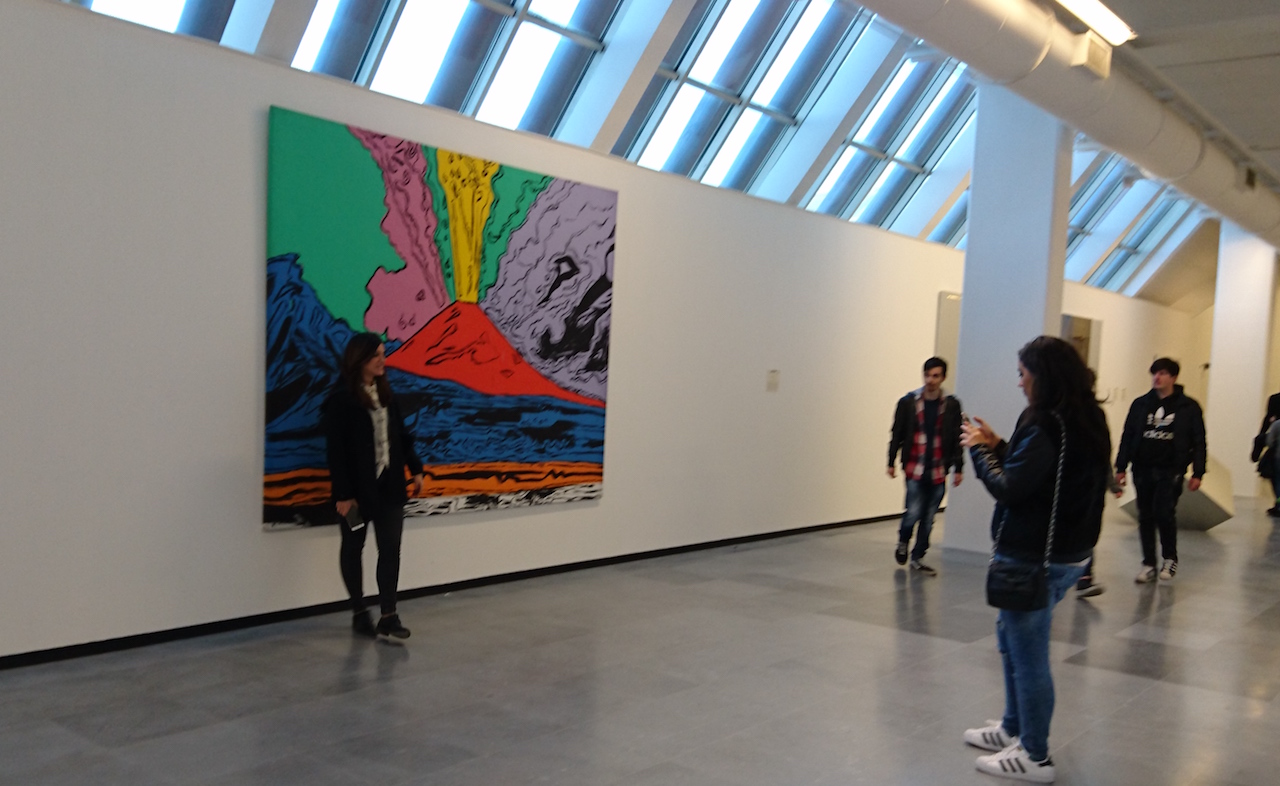
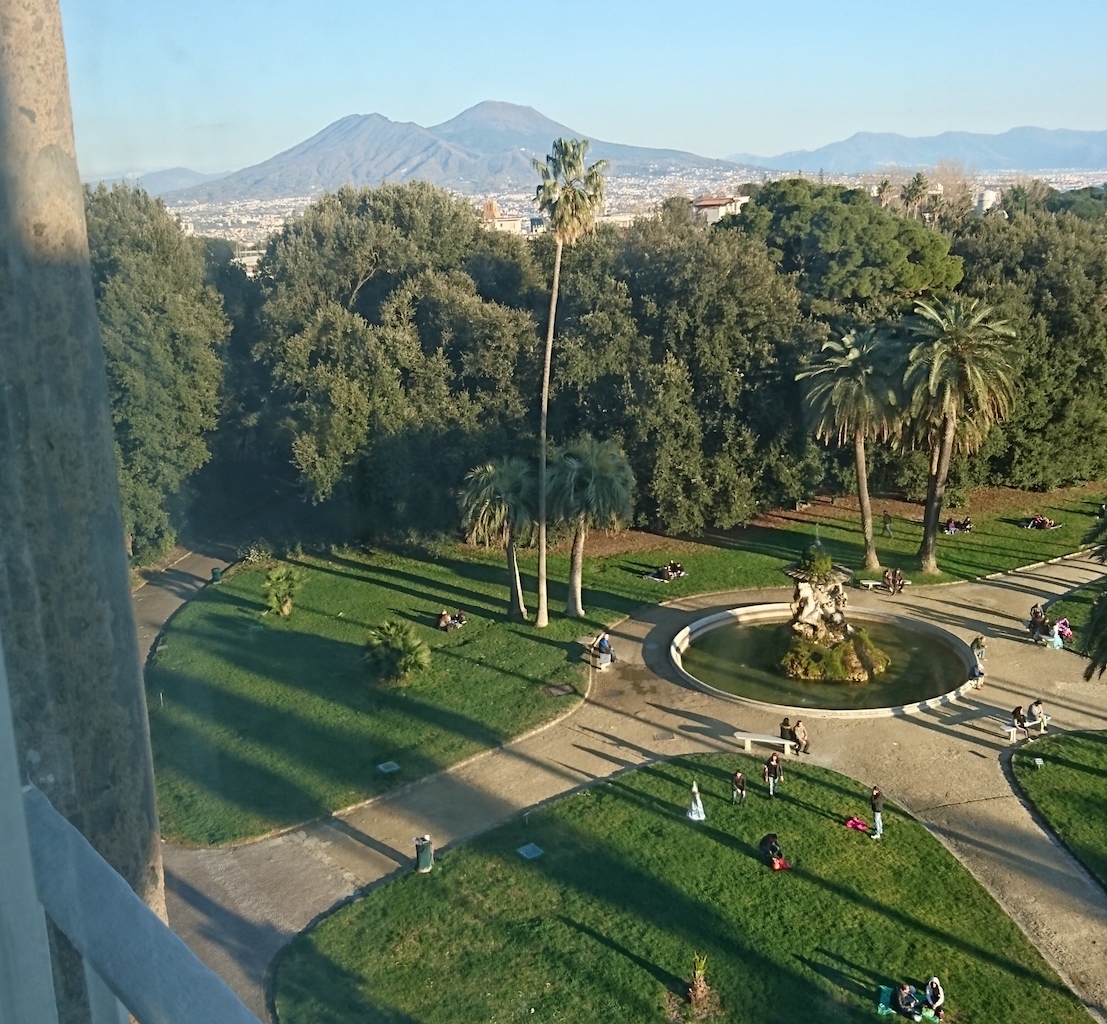
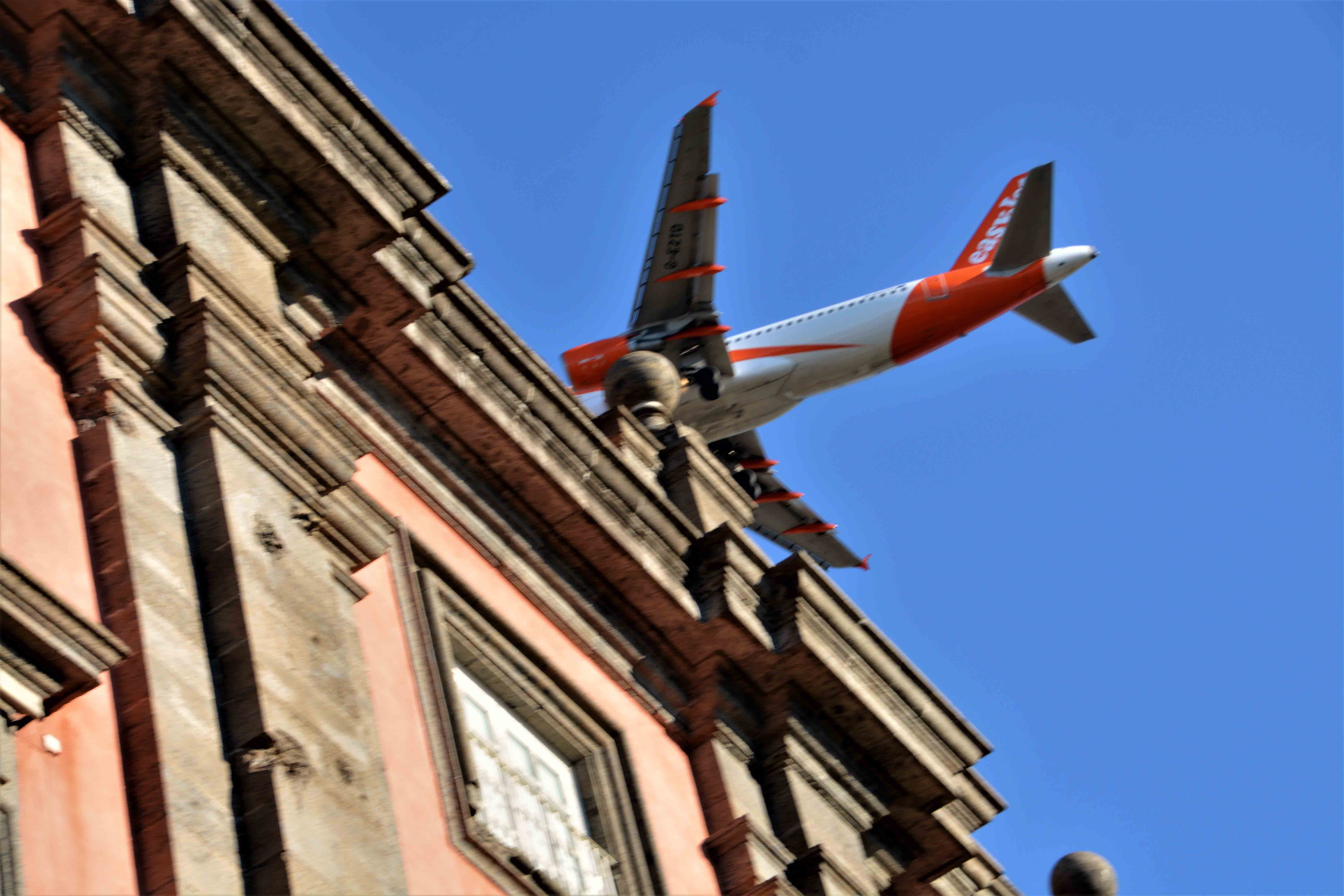
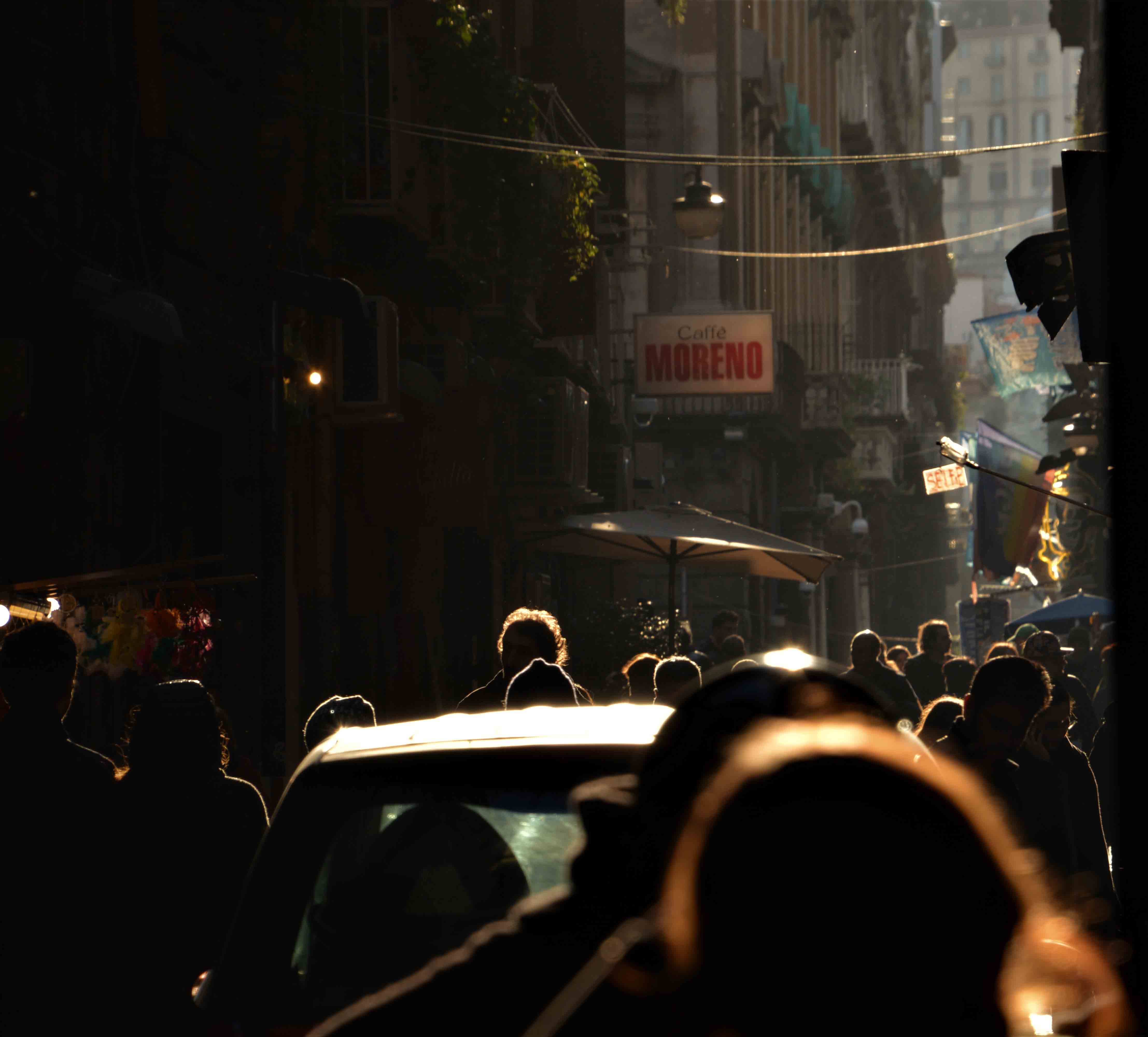
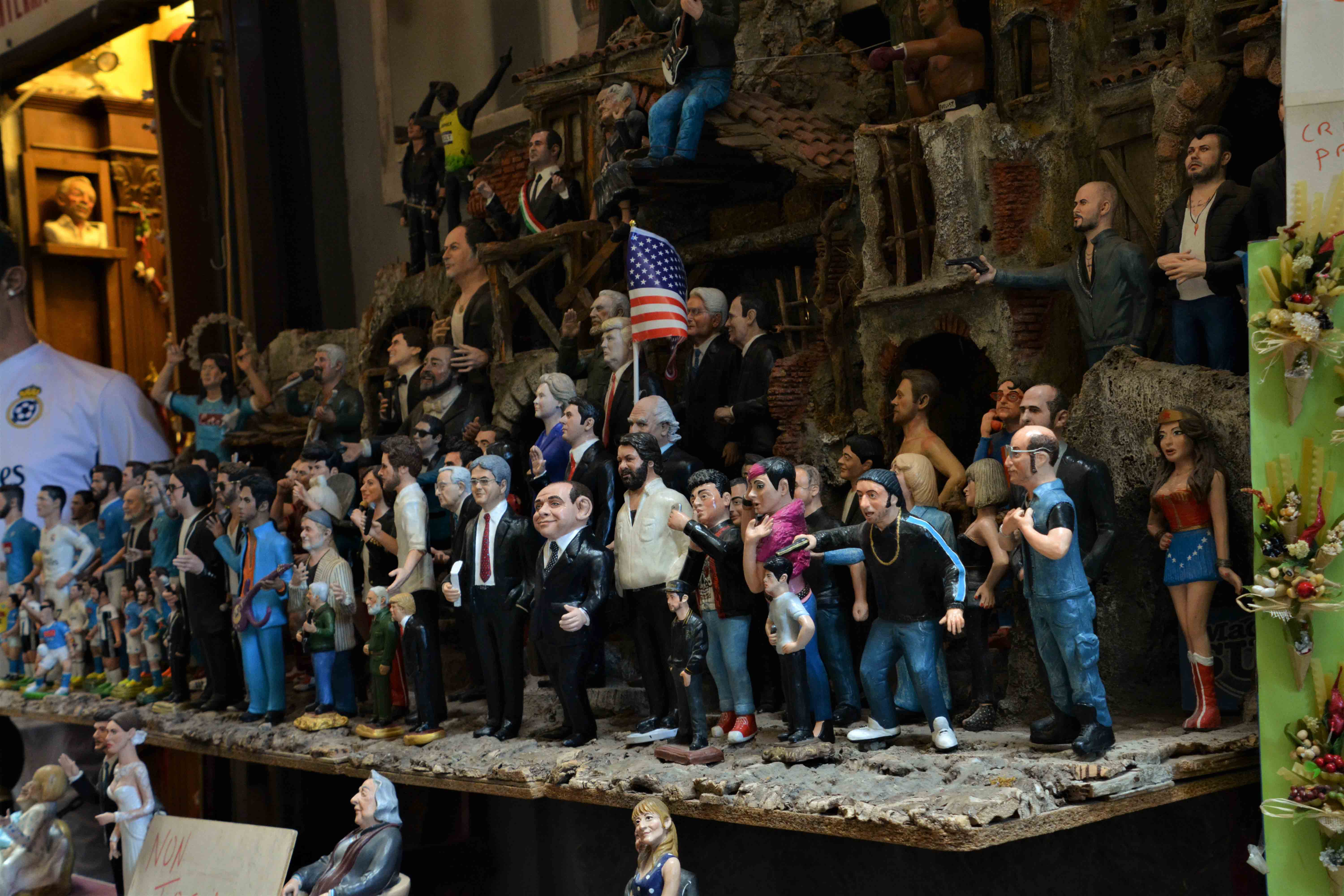
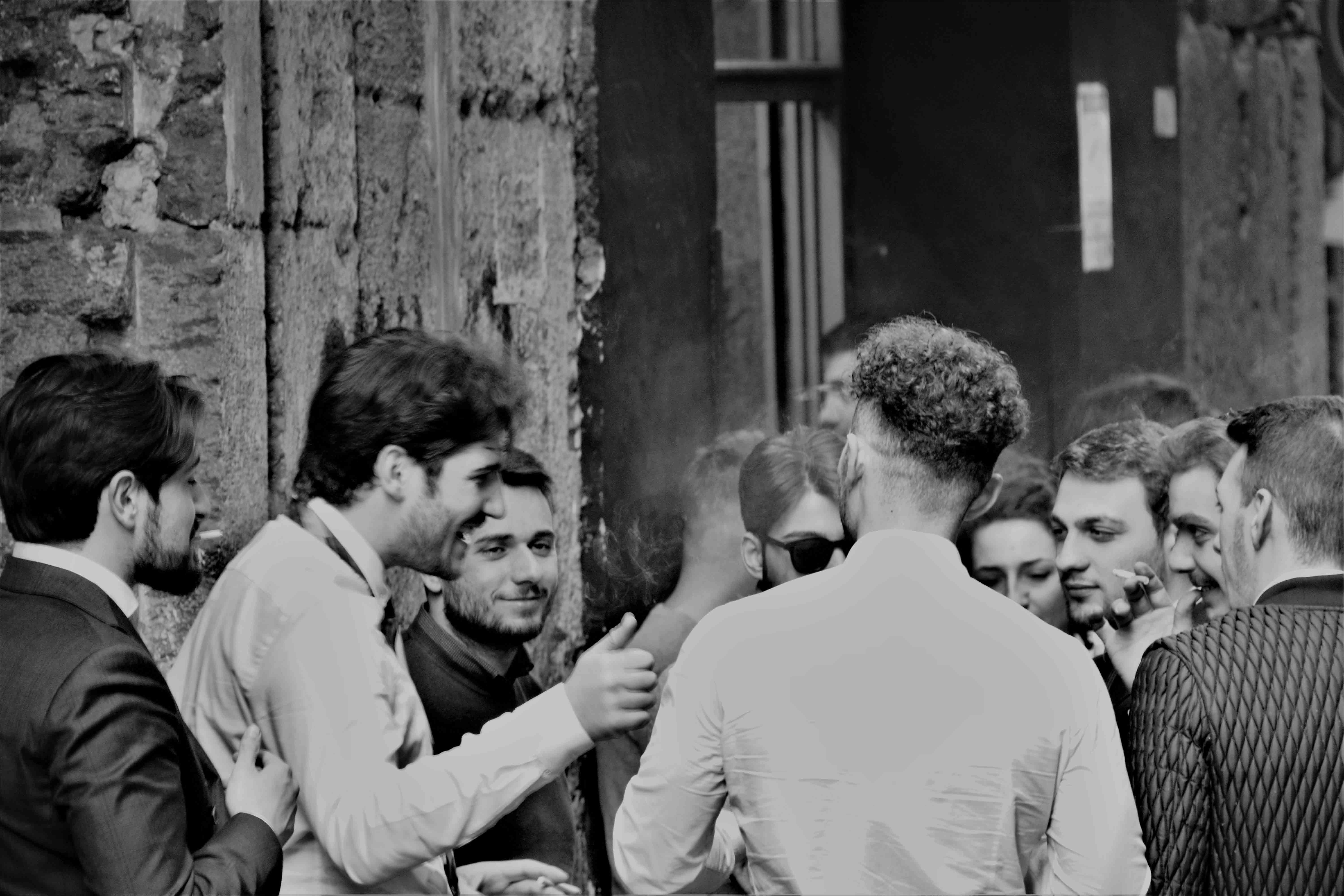
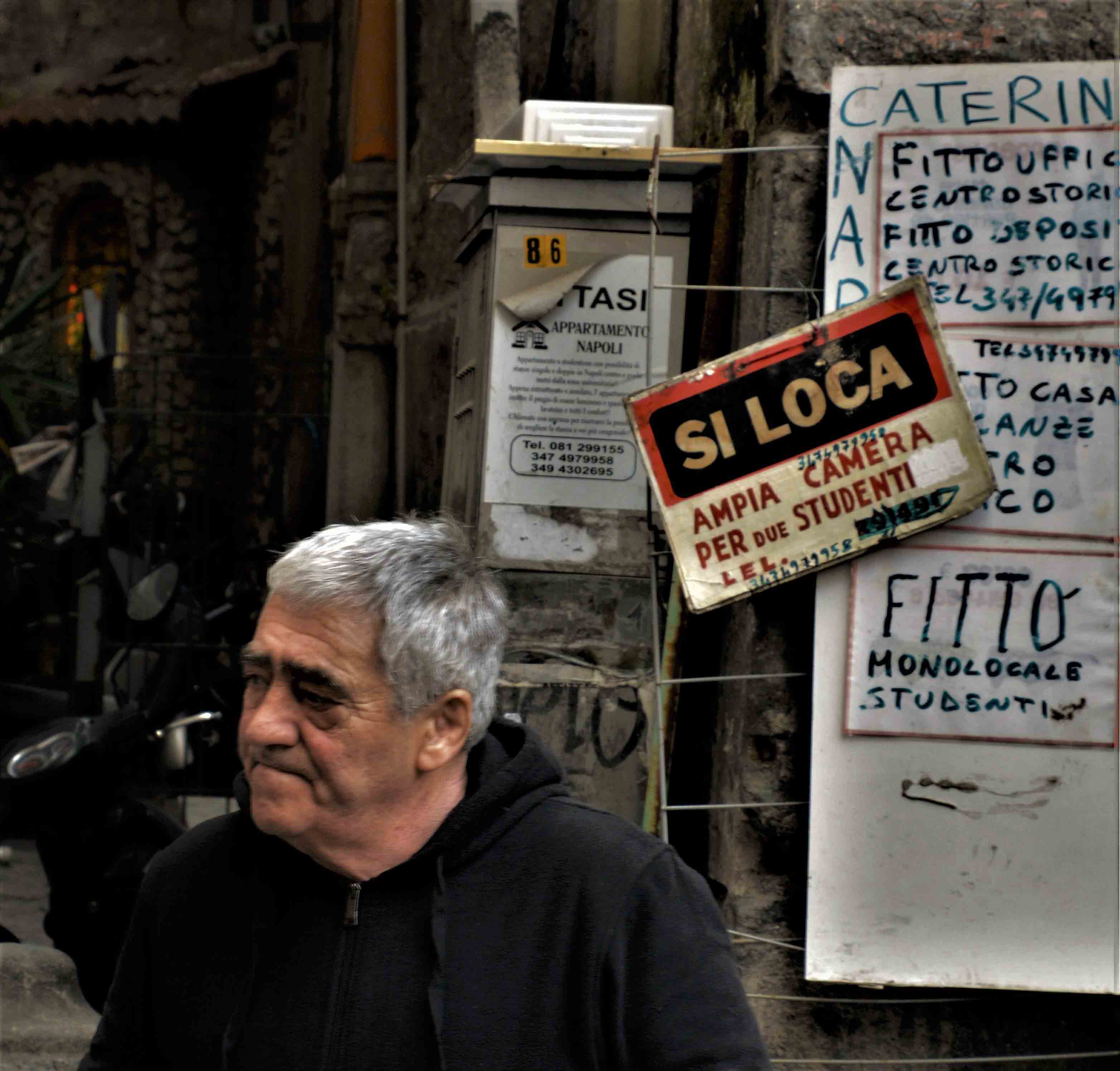
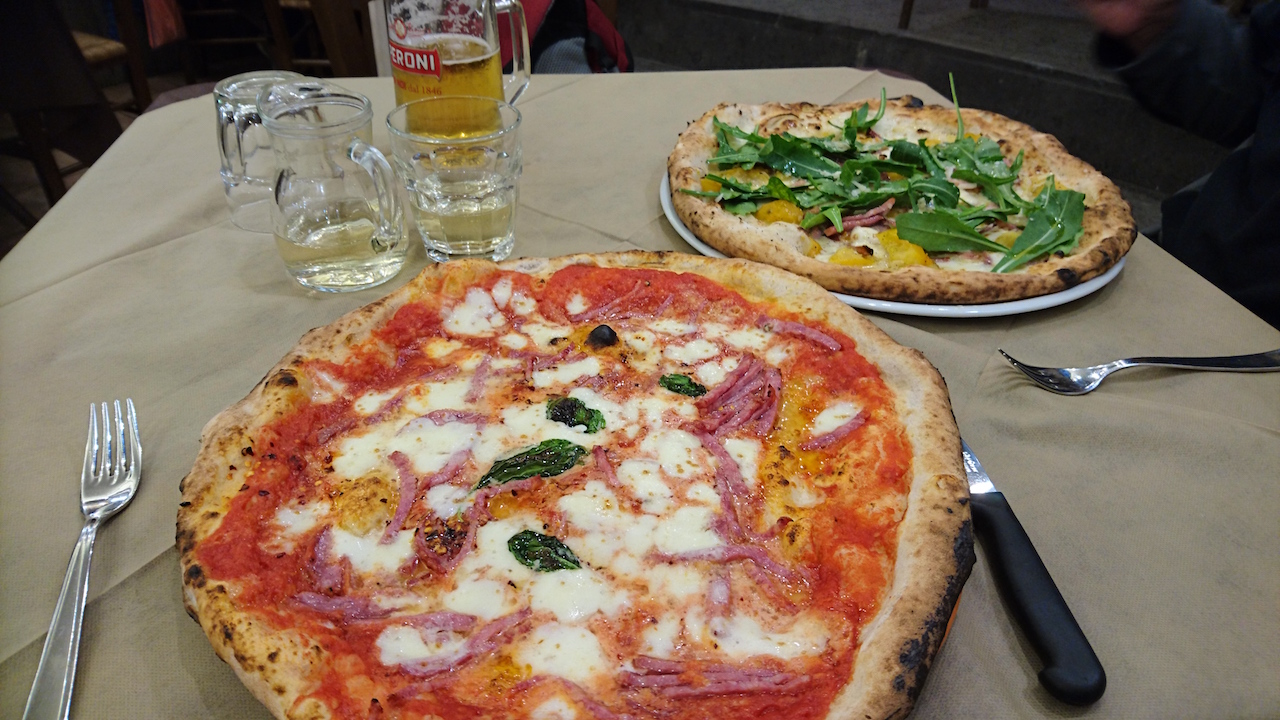
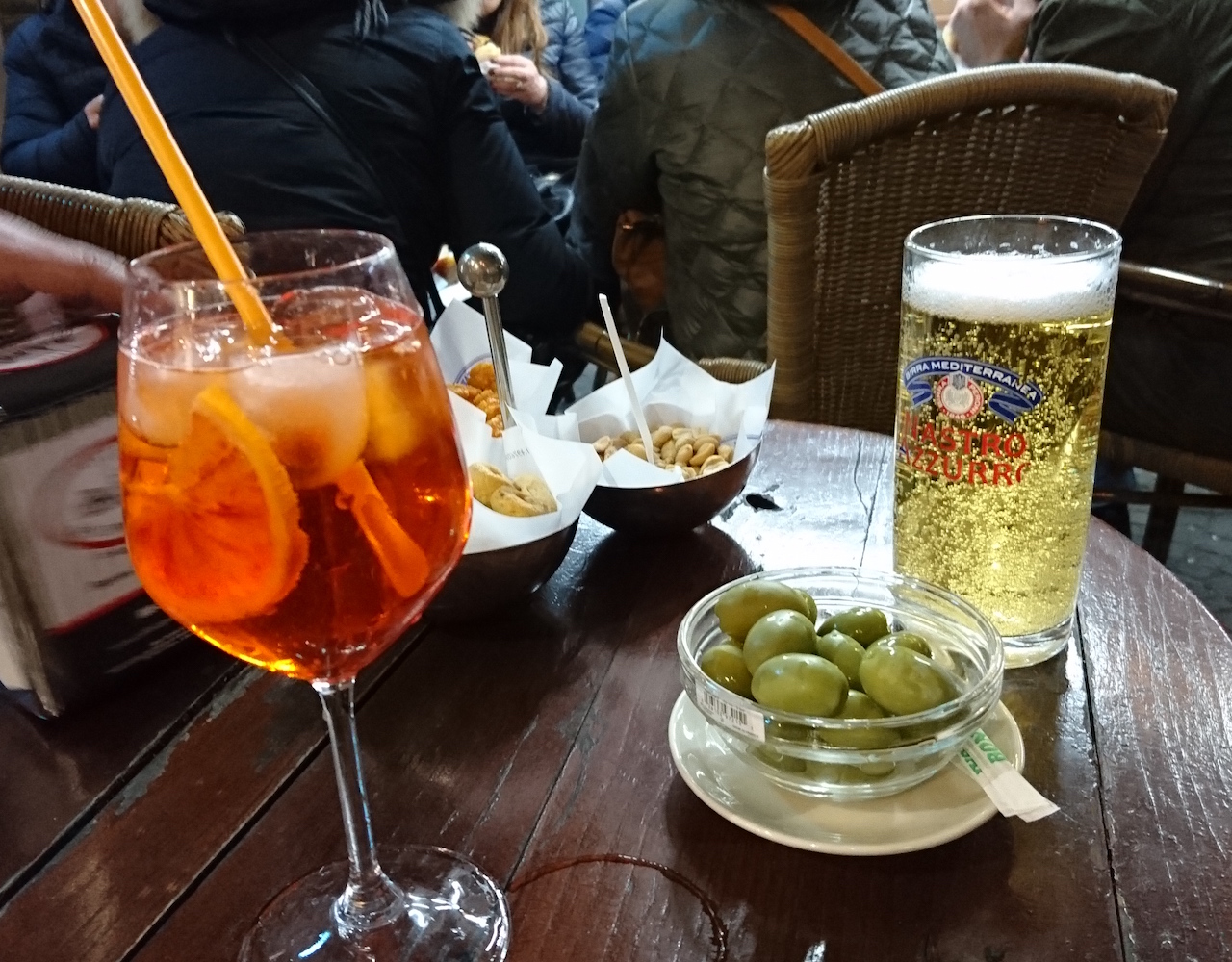
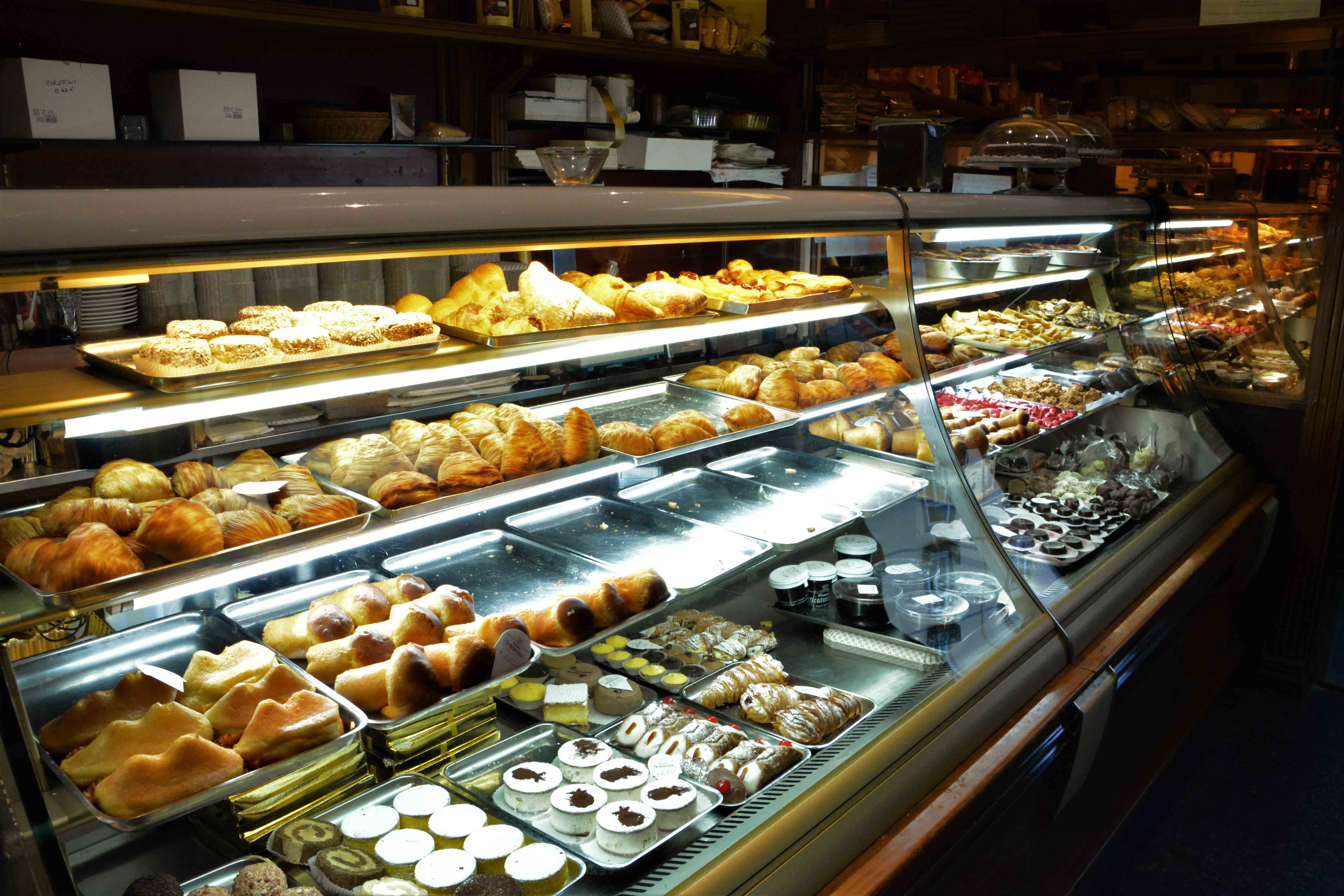
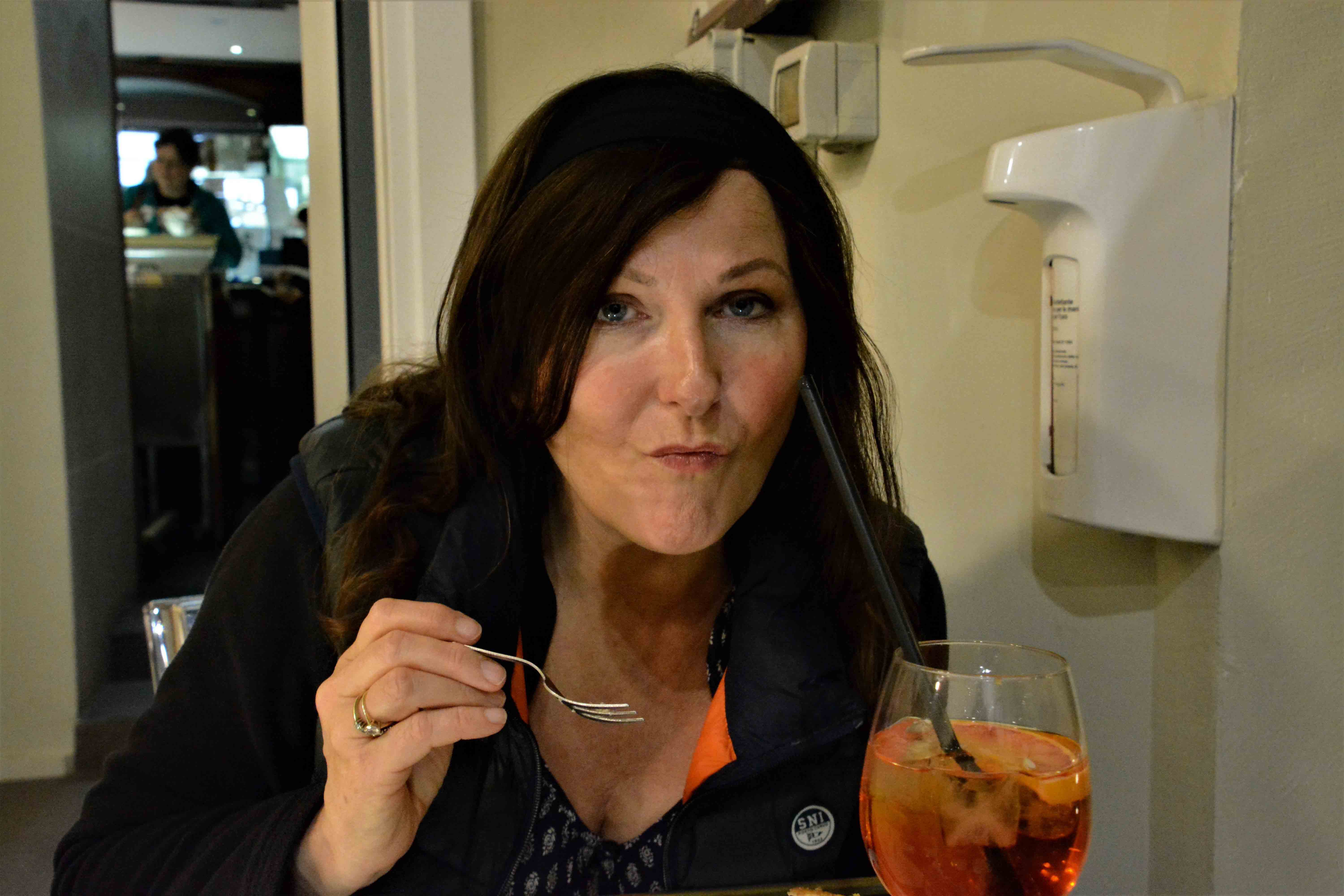
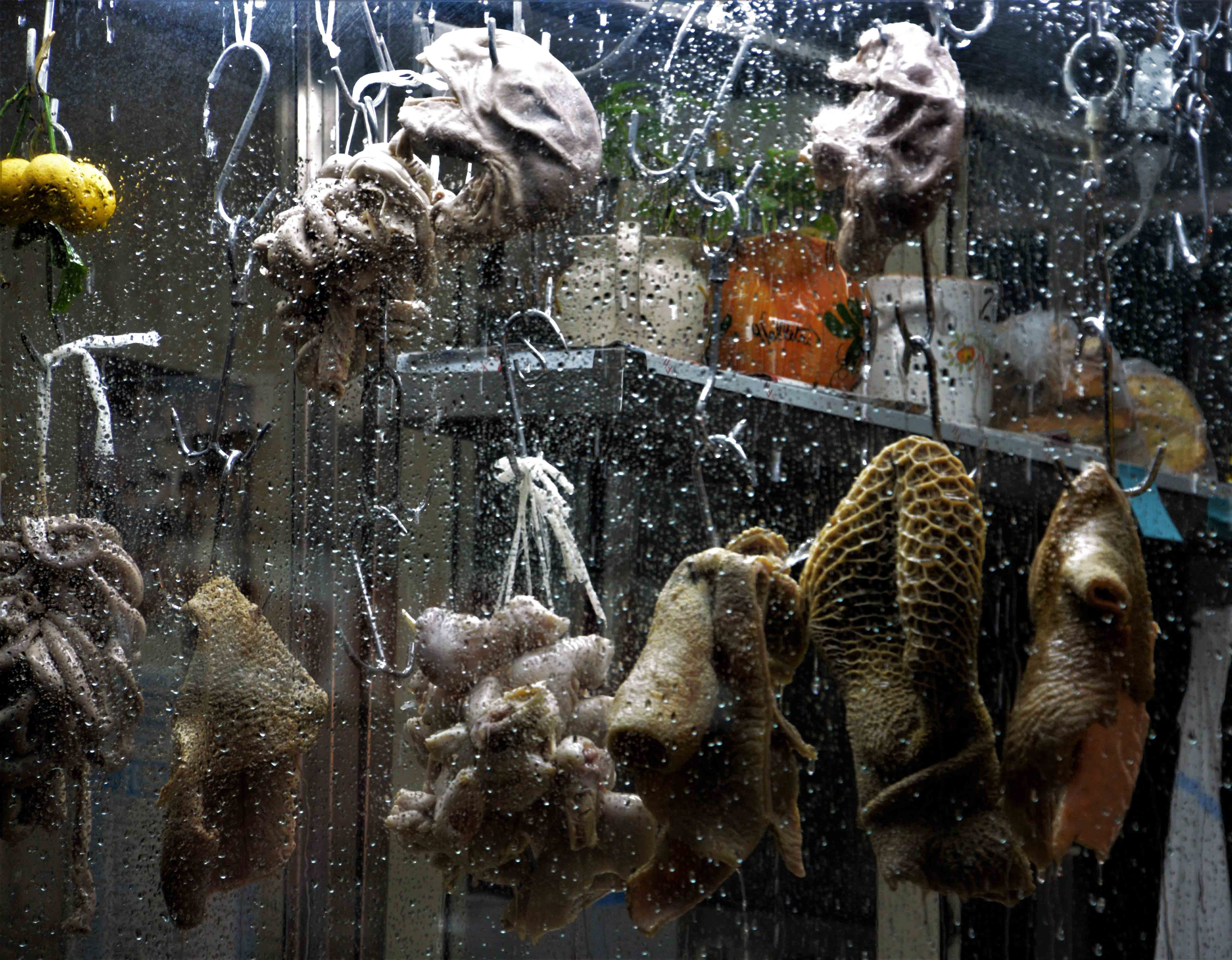
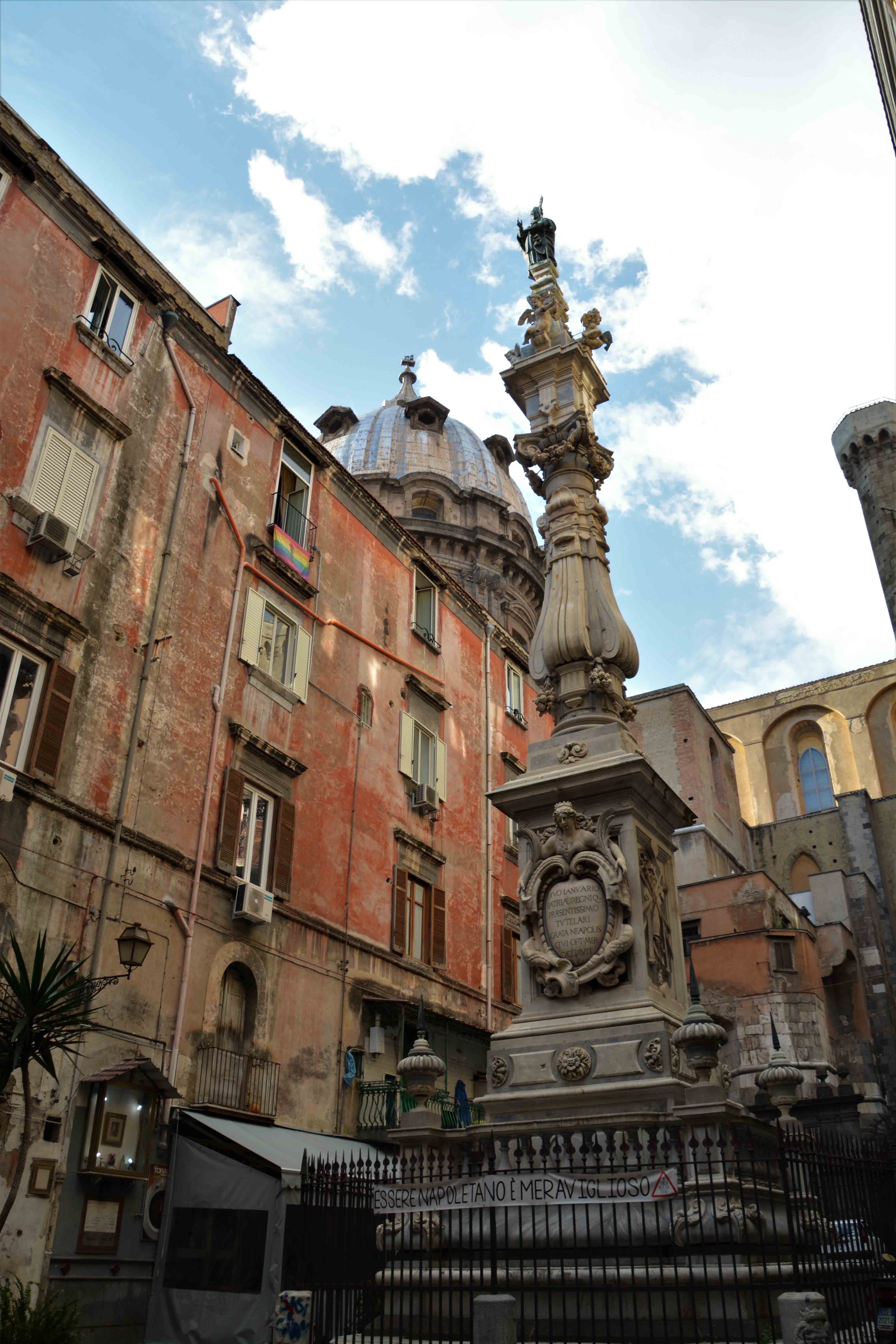
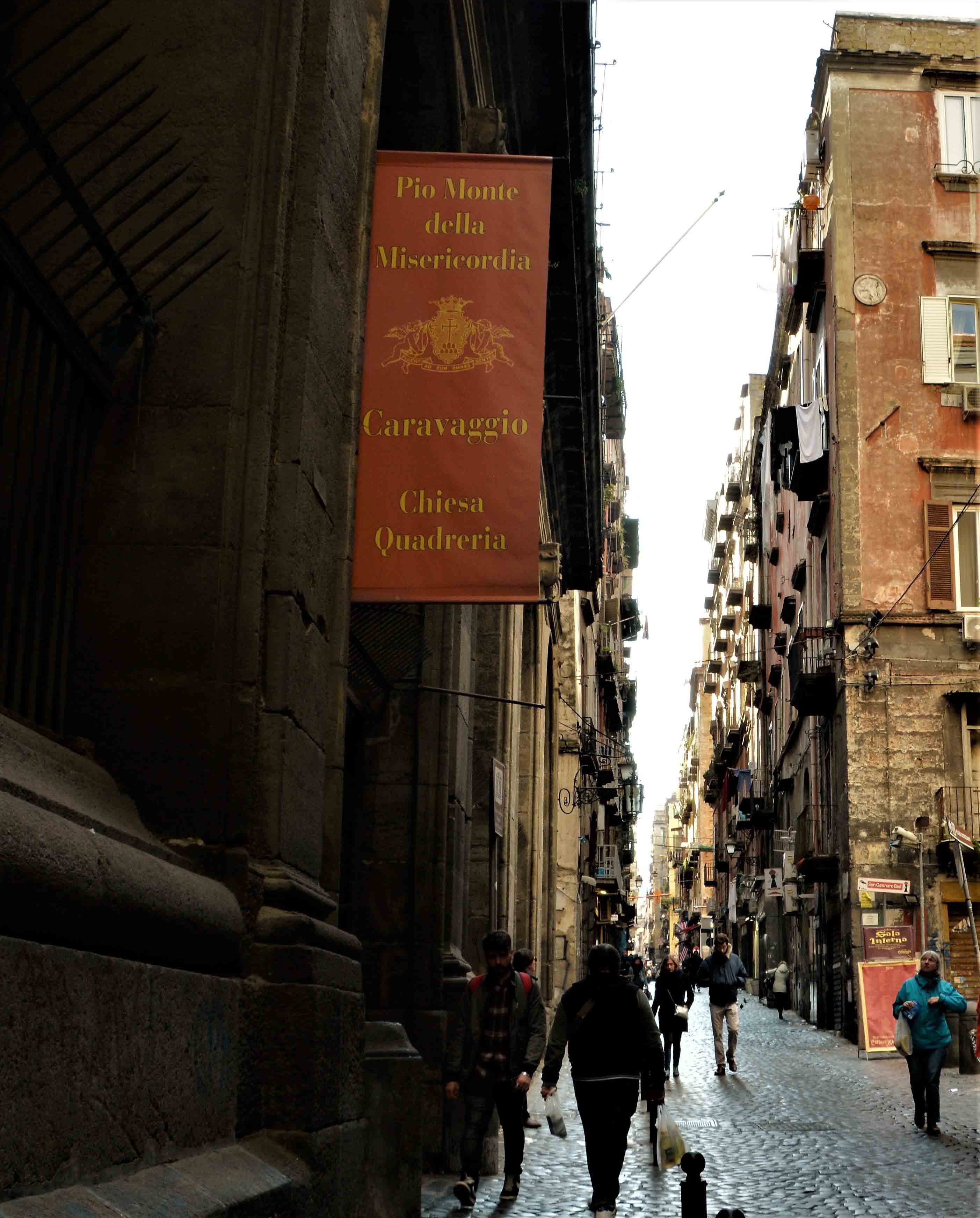
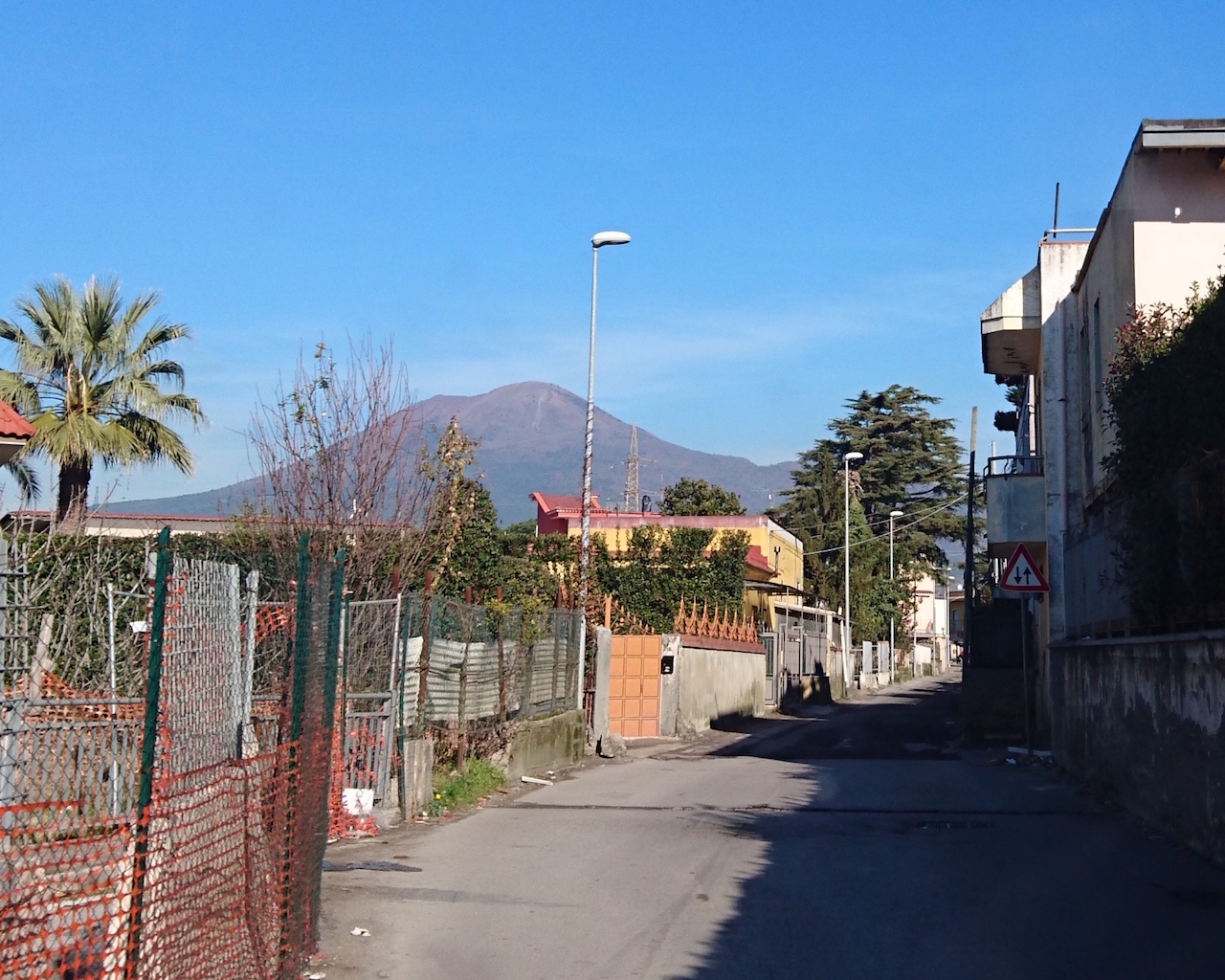
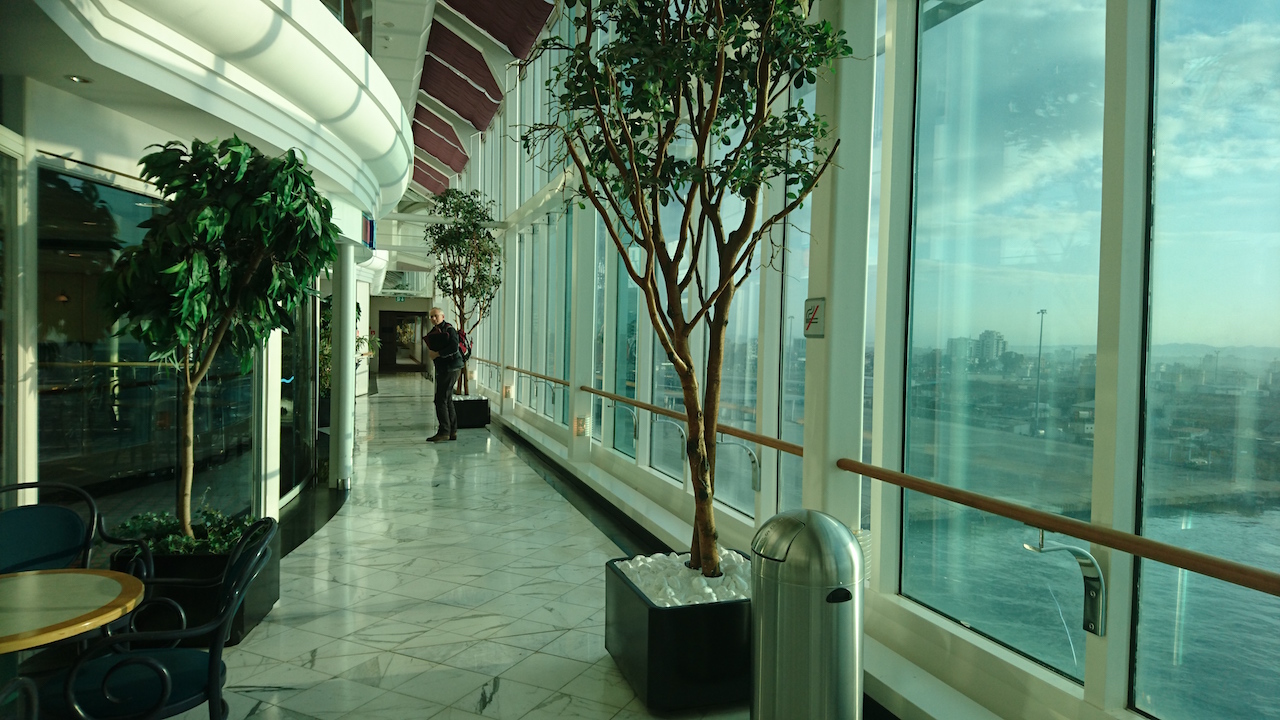
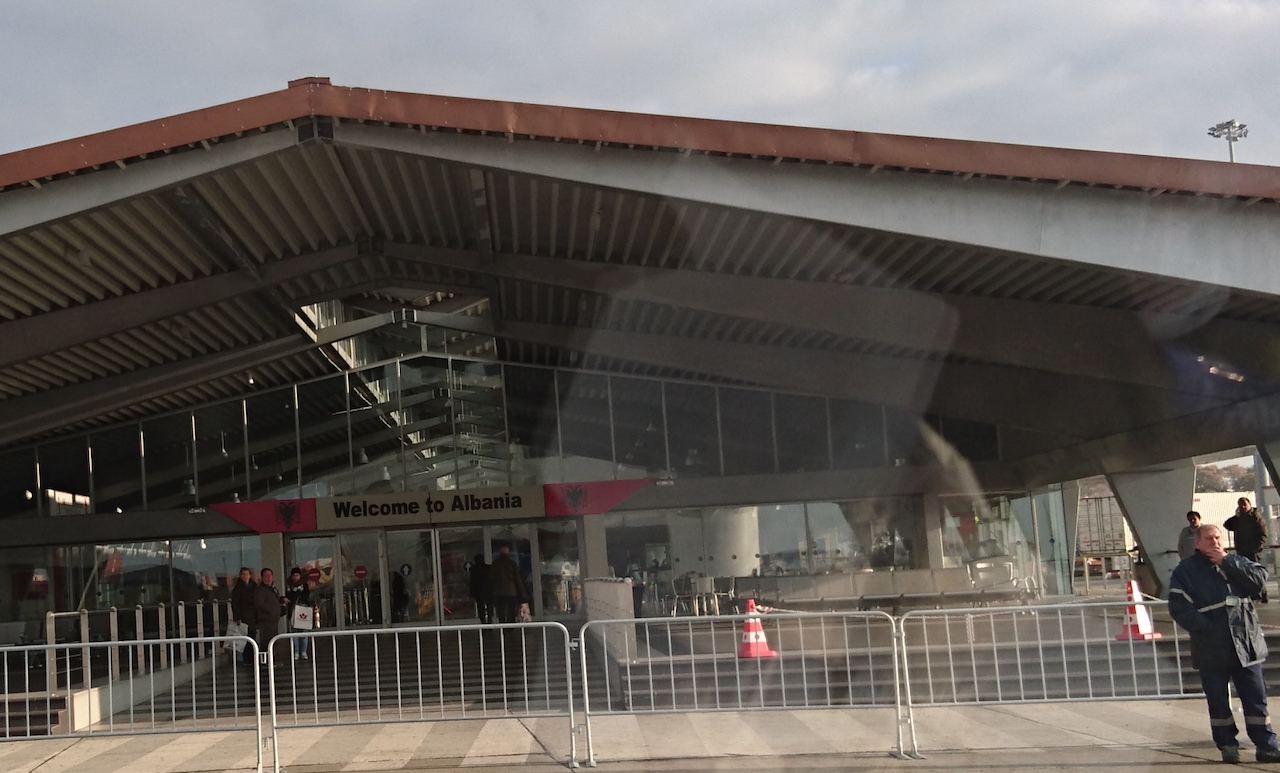
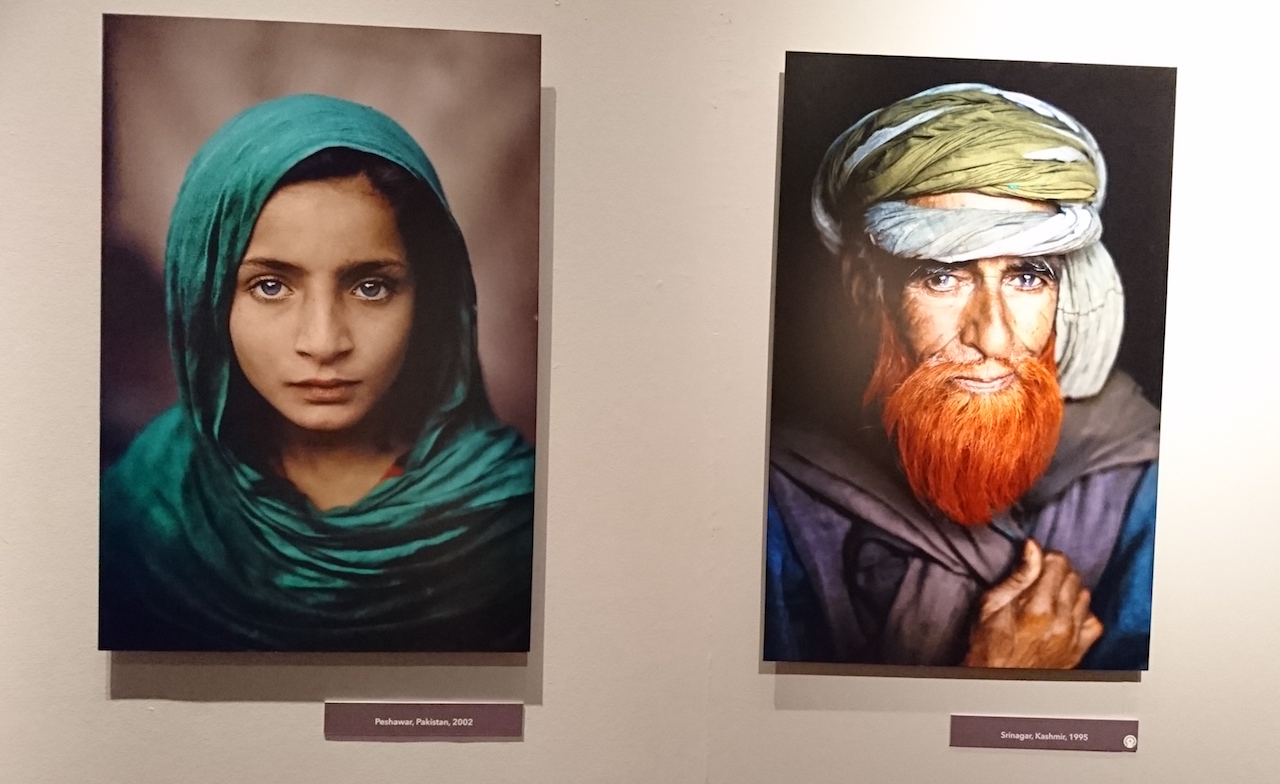
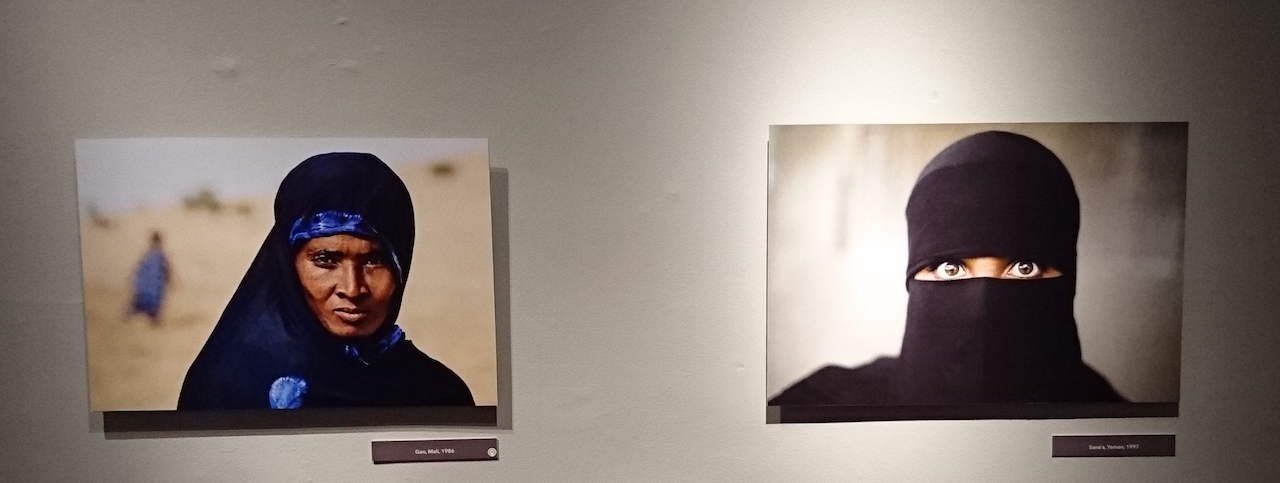
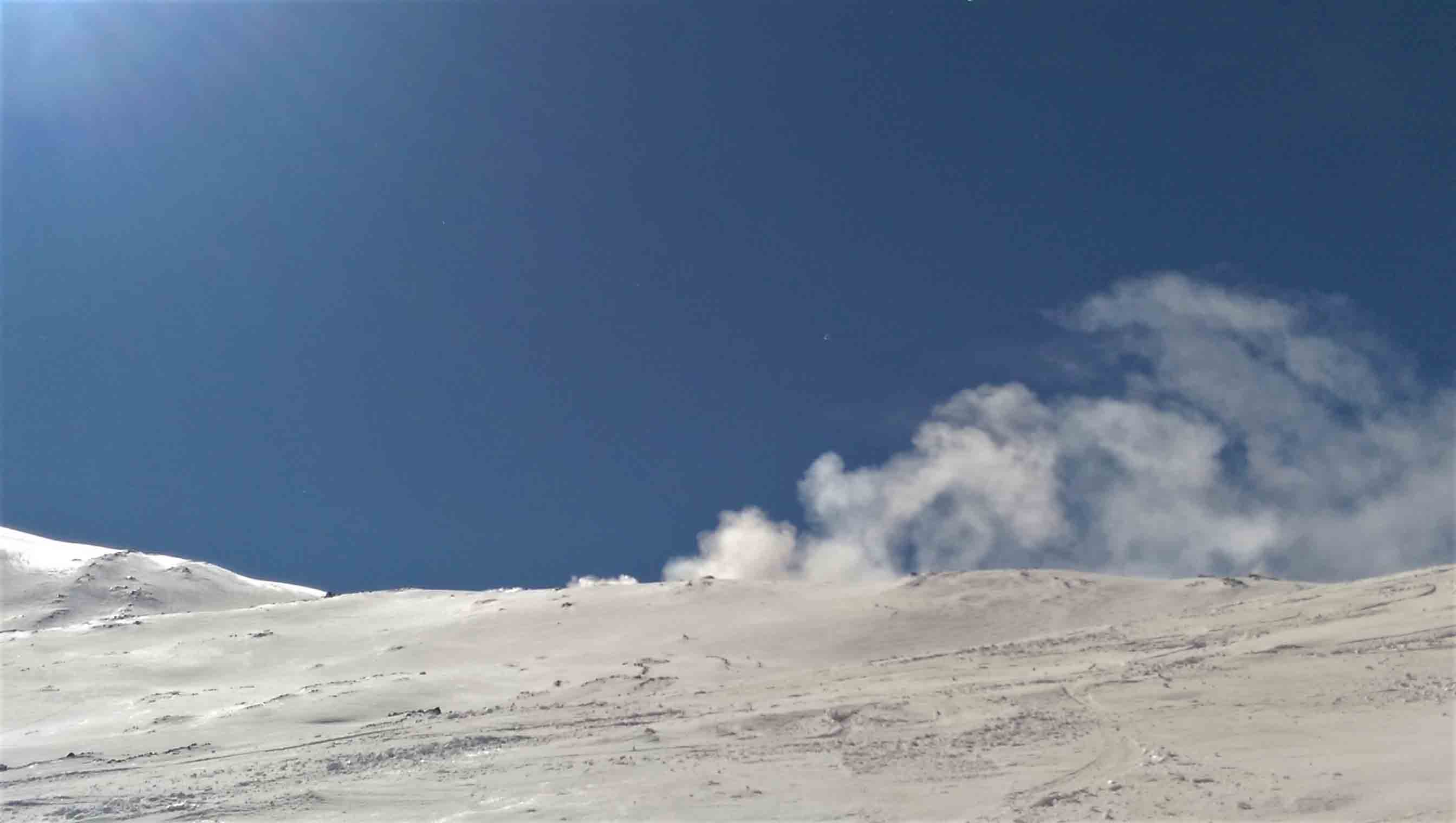
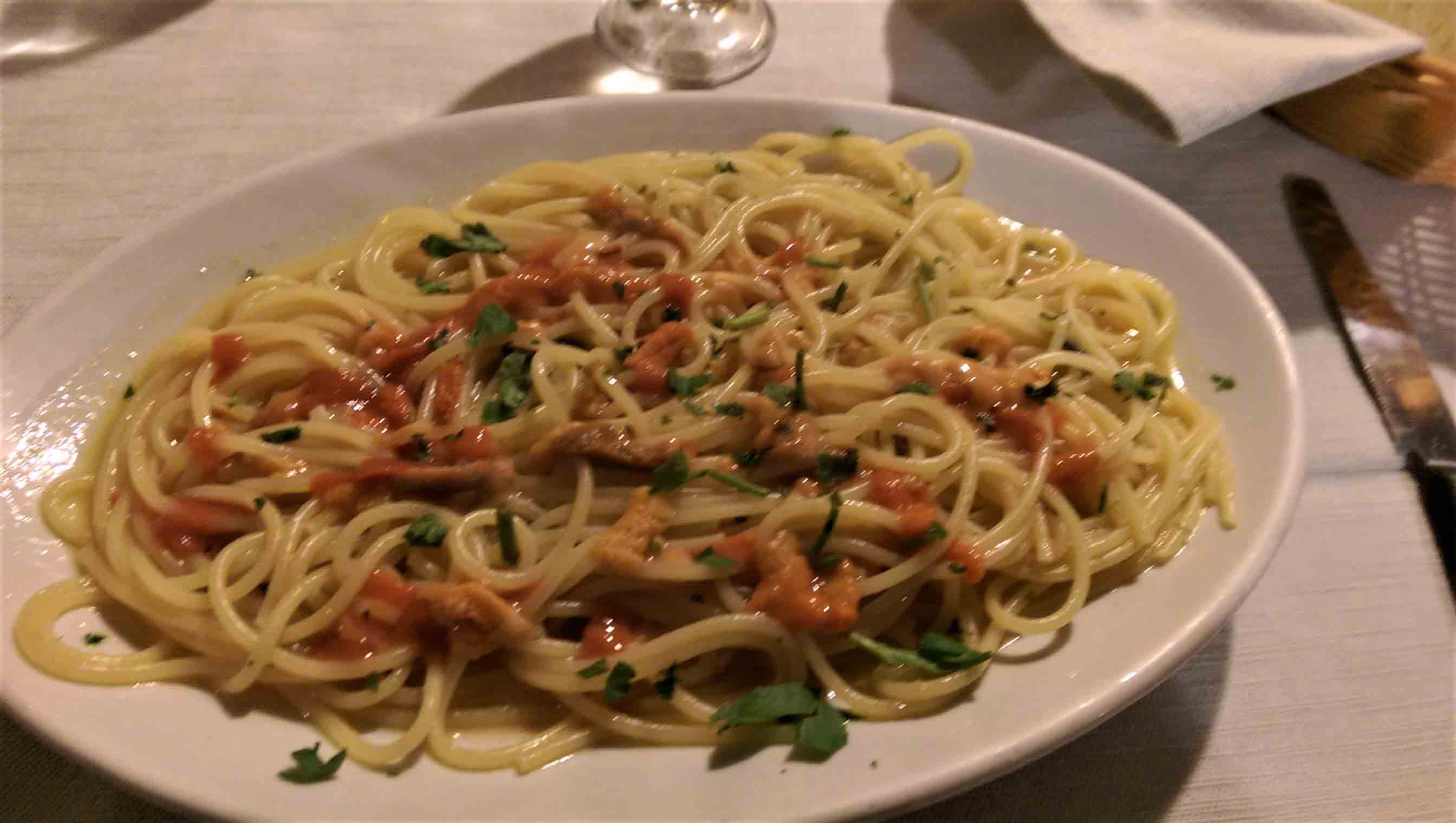
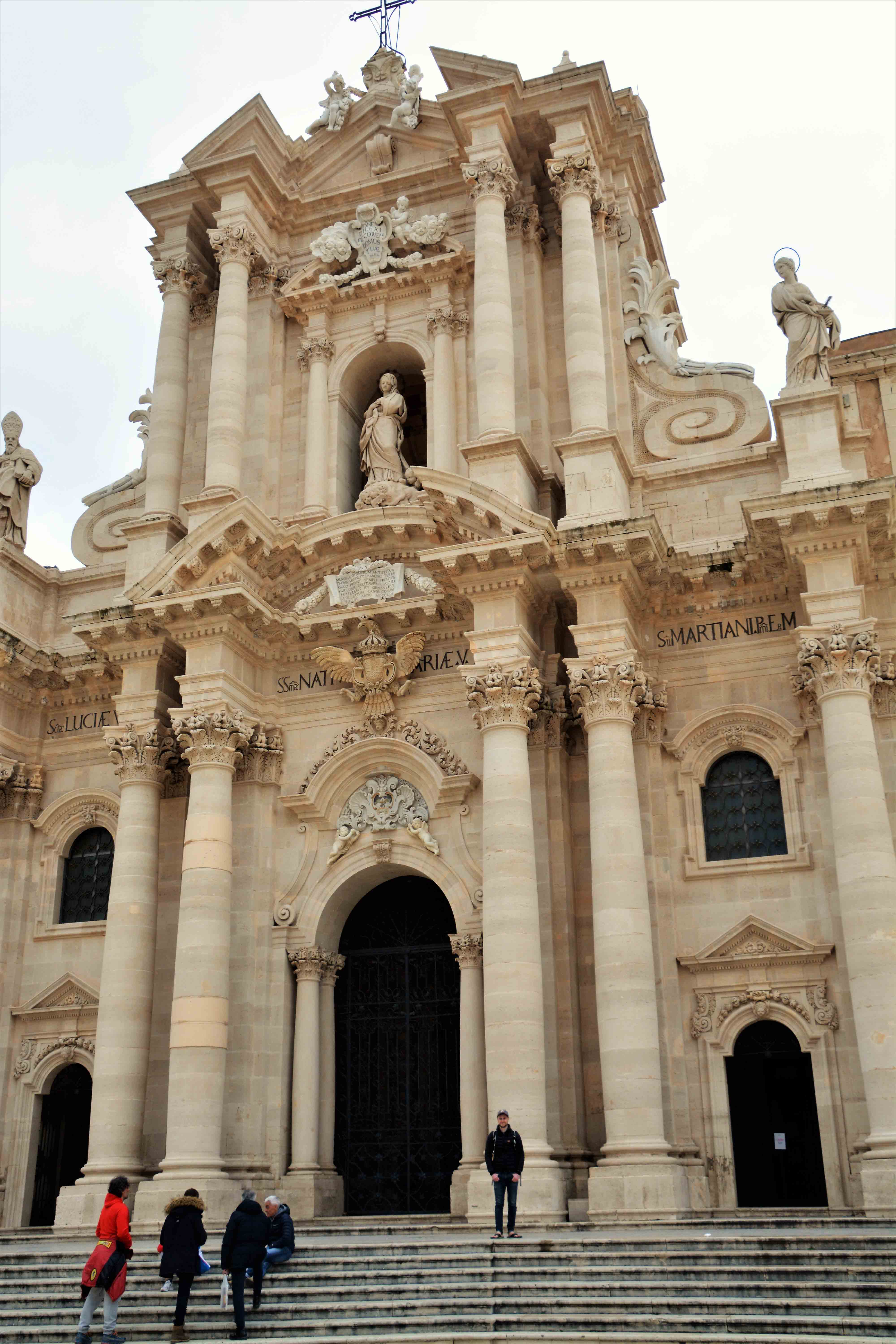
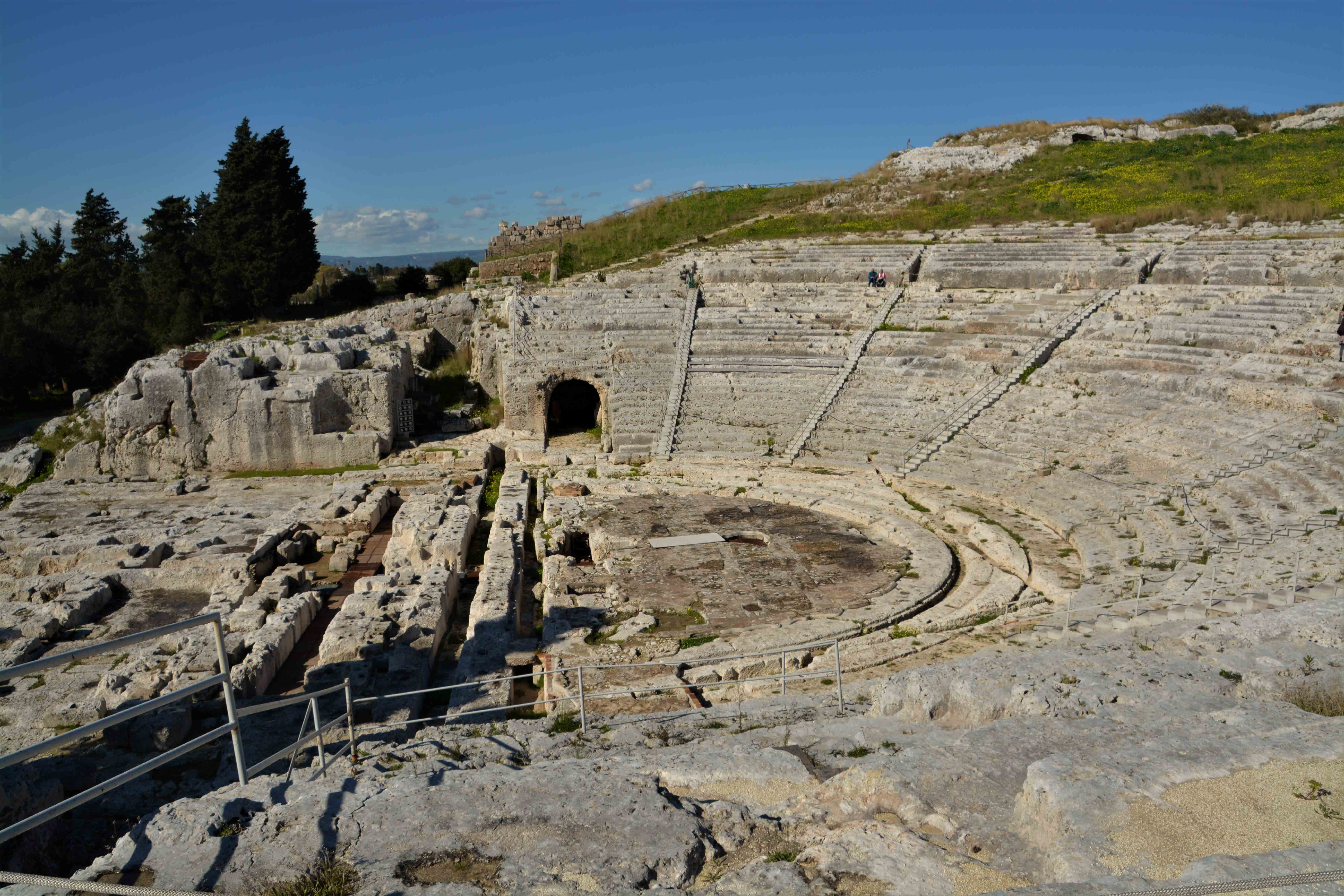
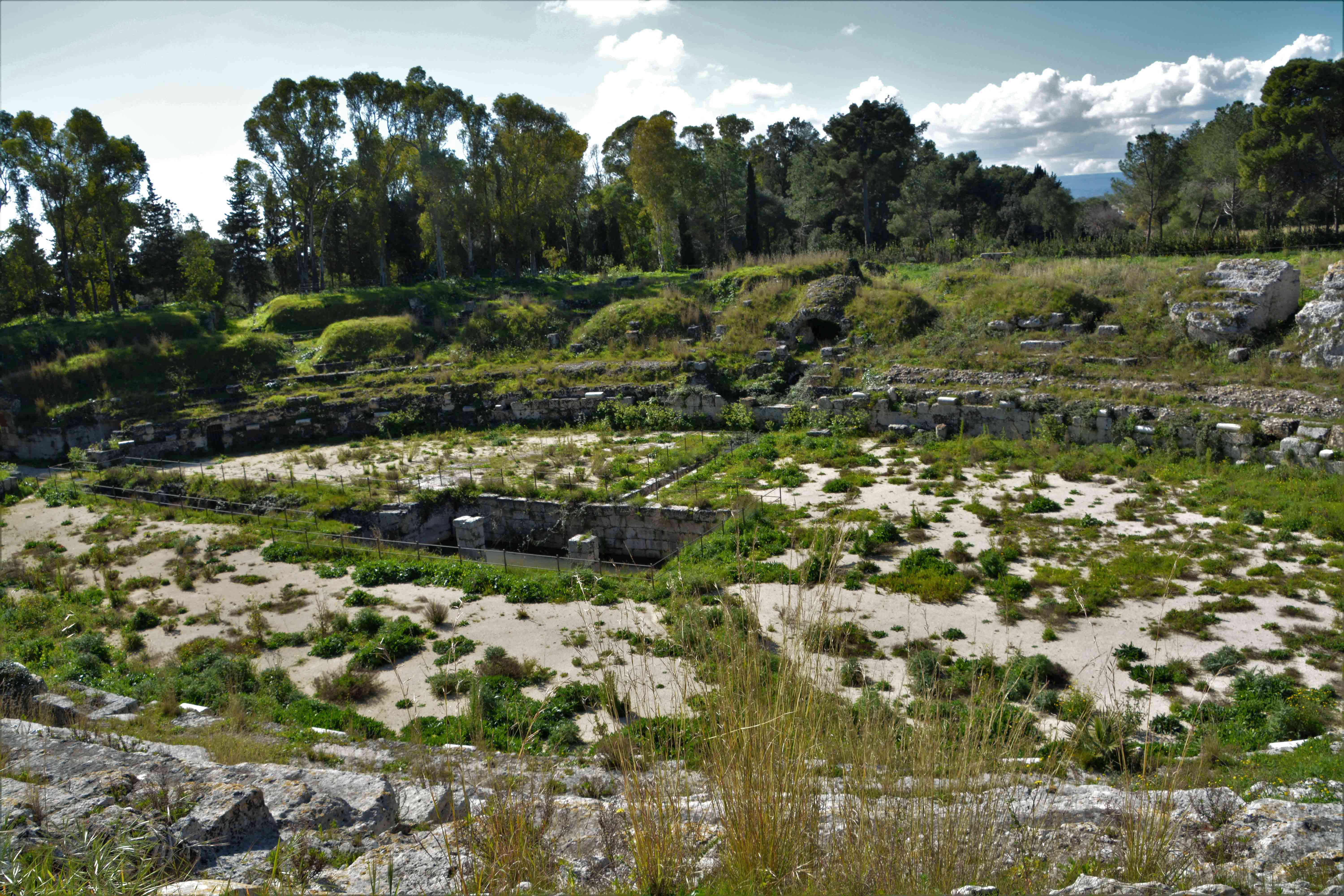
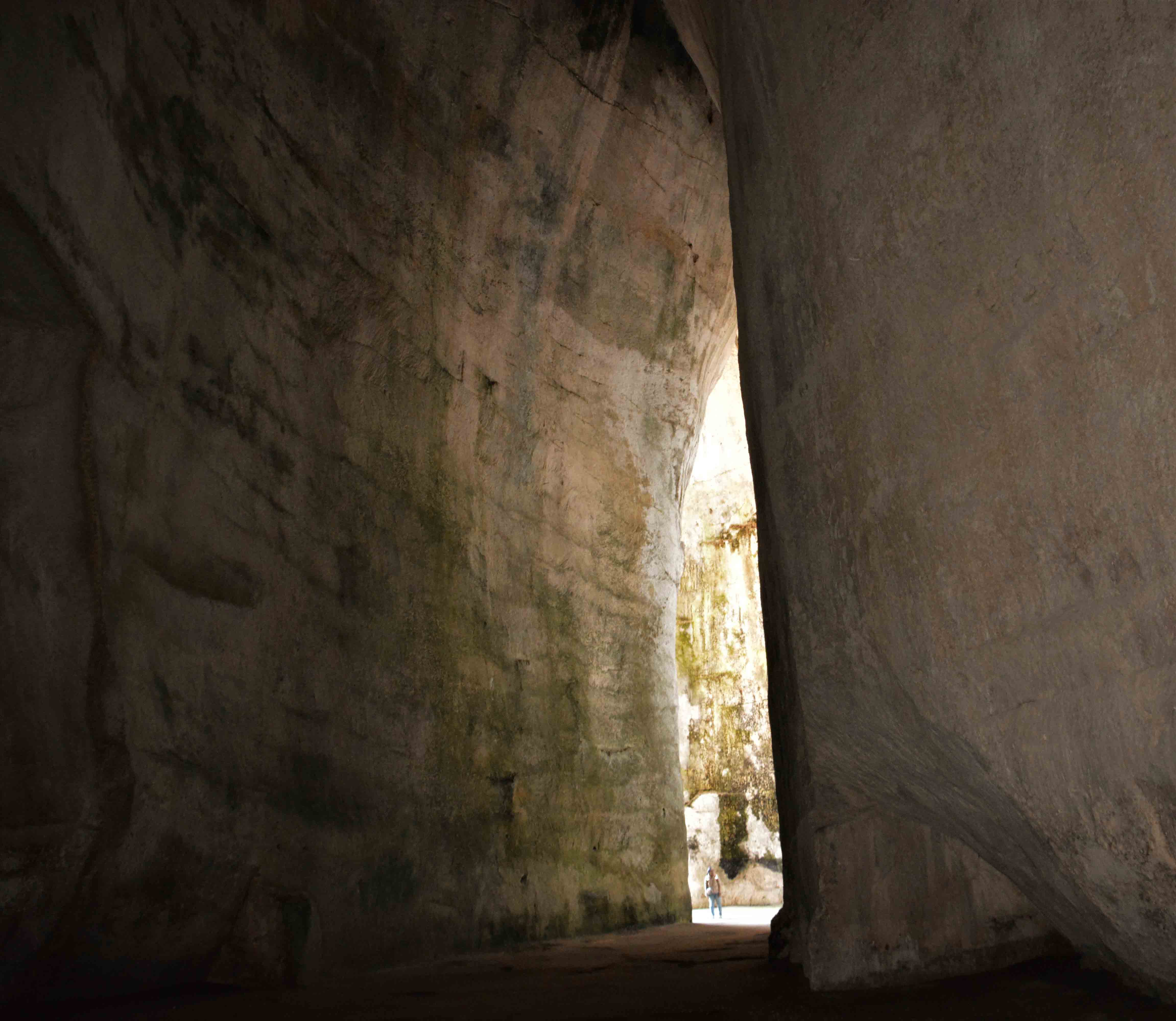 This is The Ear of Dionysius, named after the tyrant Dionysius 1 of Siracusa- probably a natural feature but one that was apparently used for holding and possibly torturing prisoners.
This is The Ear of Dionysius, named after the tyrant Dionysius 1 of Siracusa- probably a natural feature but one that was apparently used for holding and possibly torturing prisoners.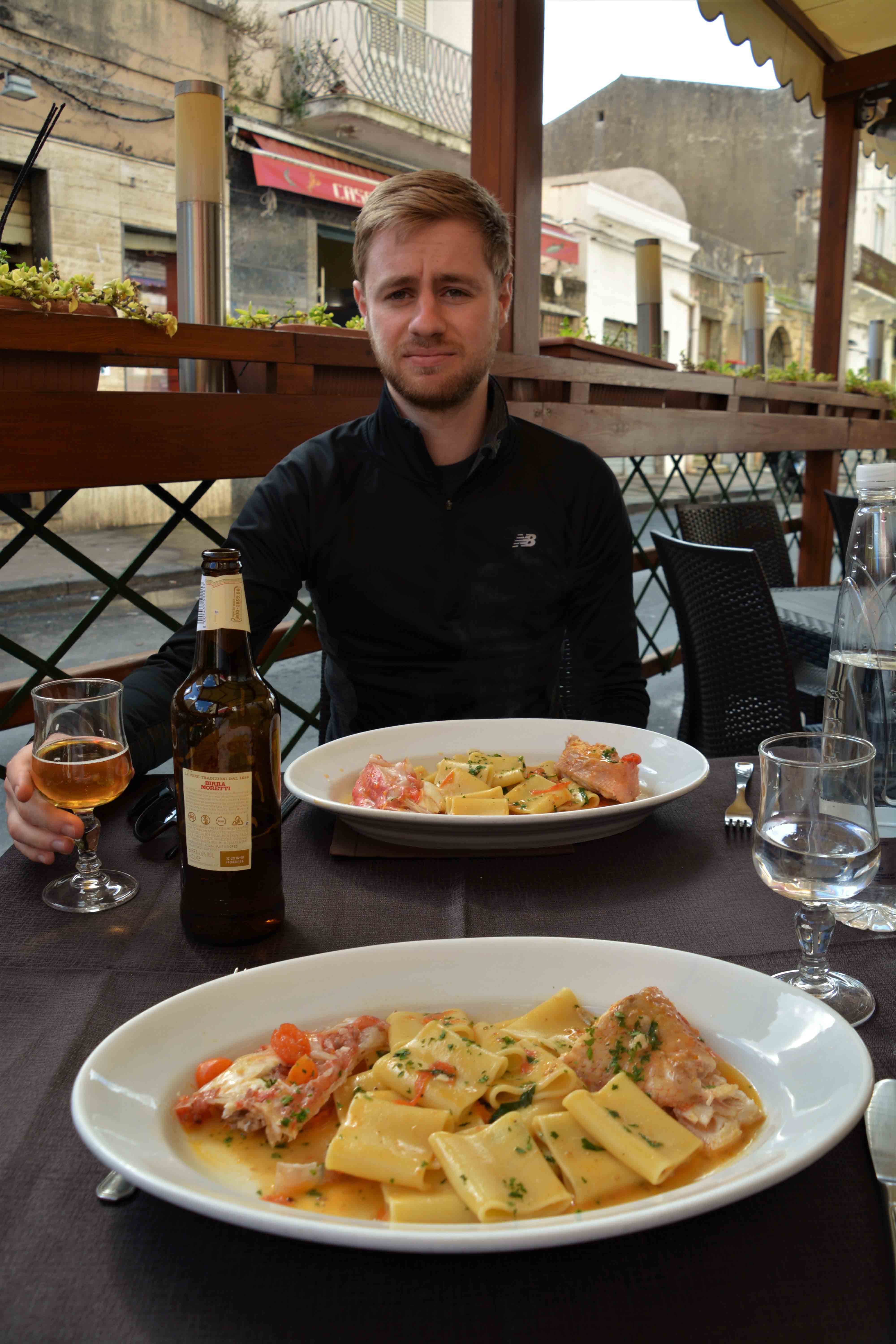
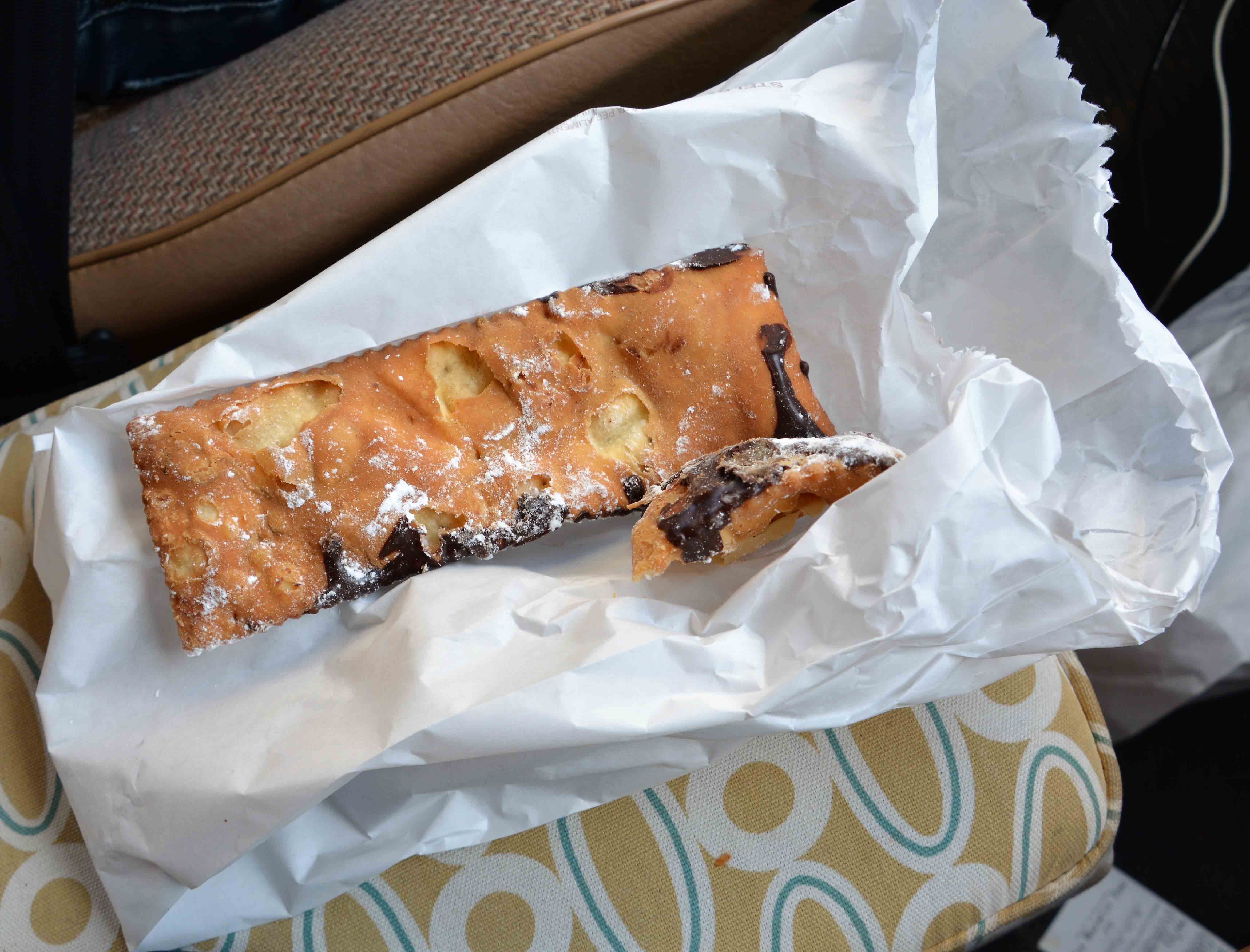 Biscotti from the bakery over the road-mmmm.
Biscotti from the bakery over the road-mmmm.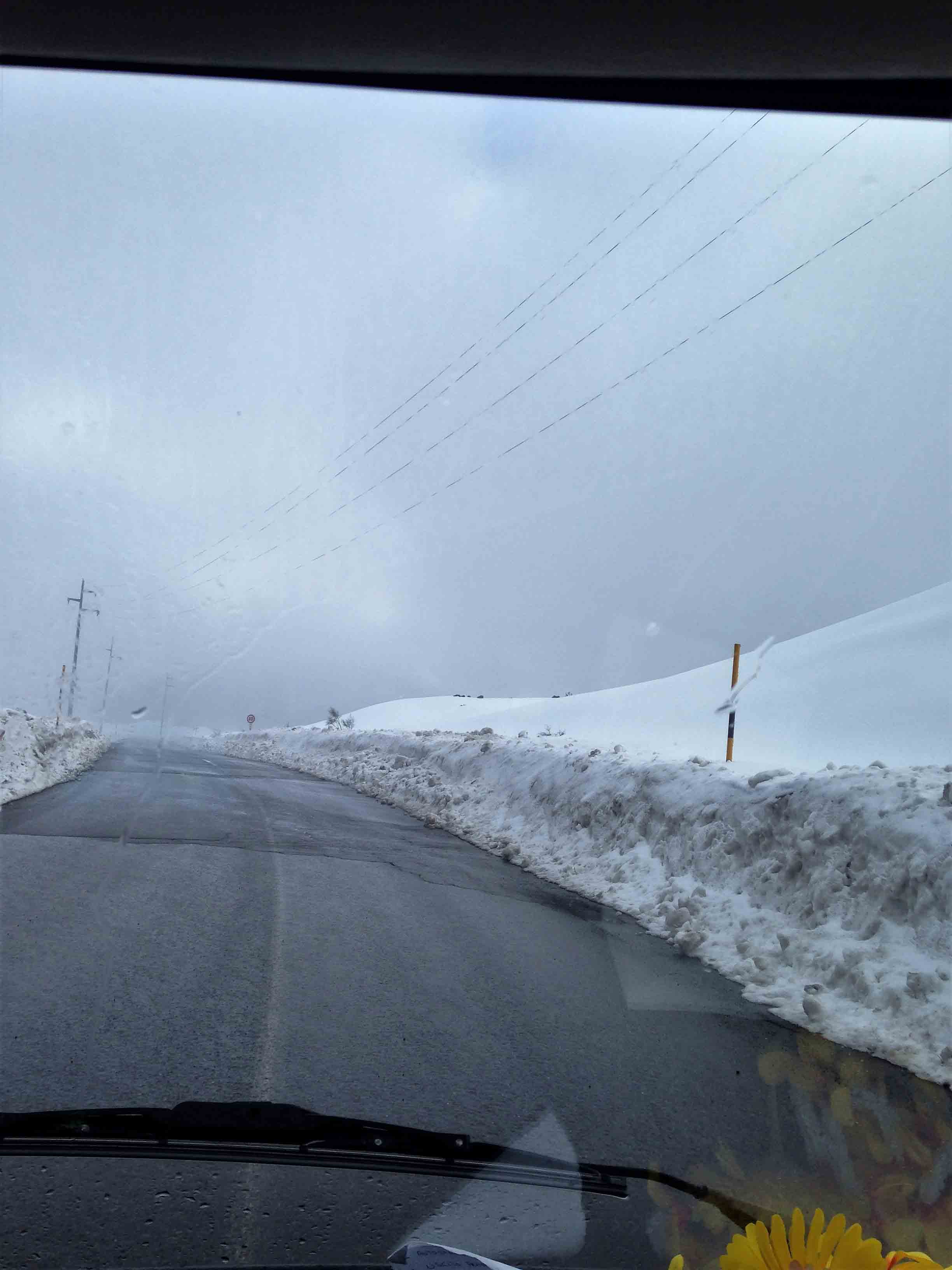
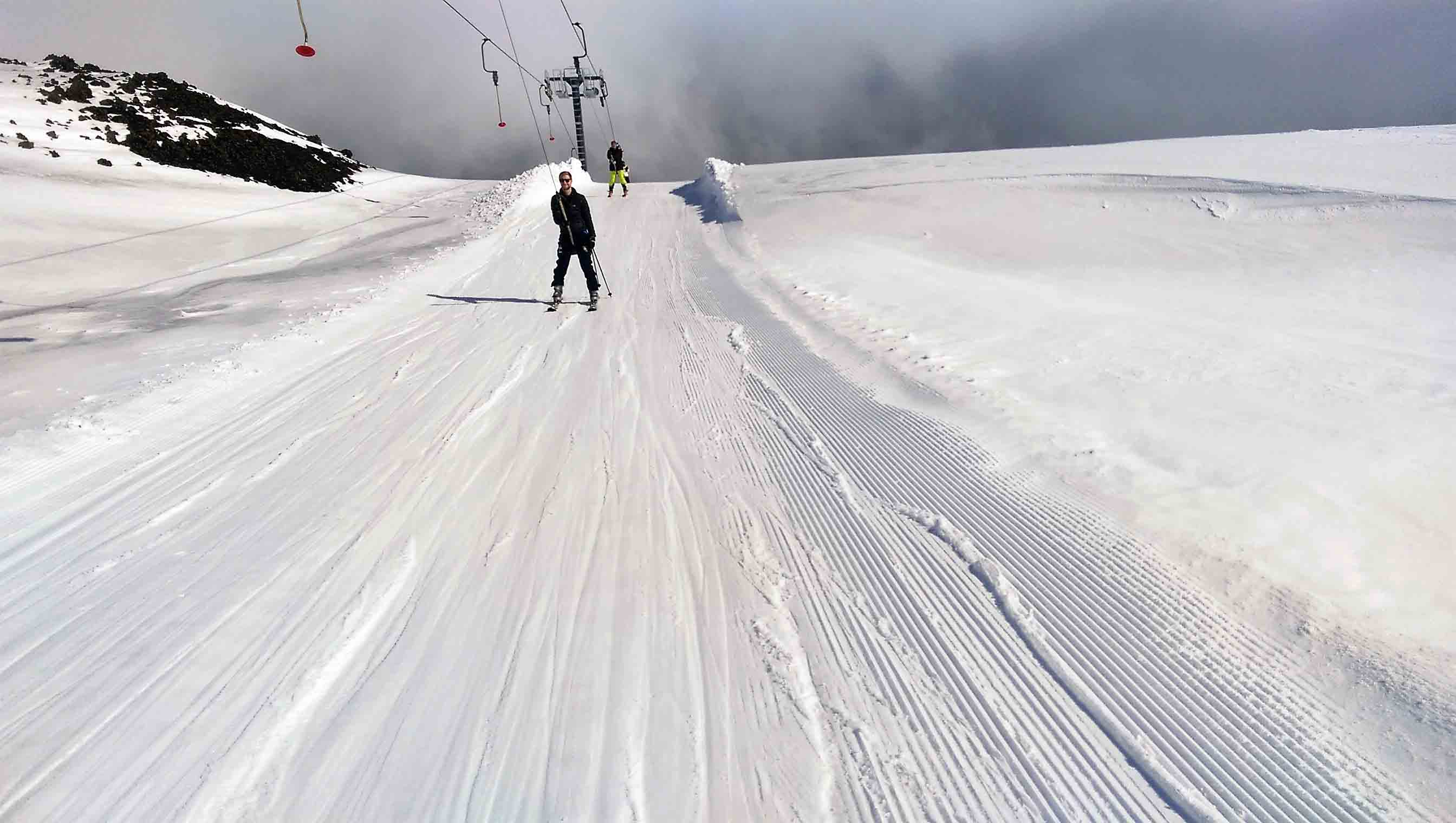
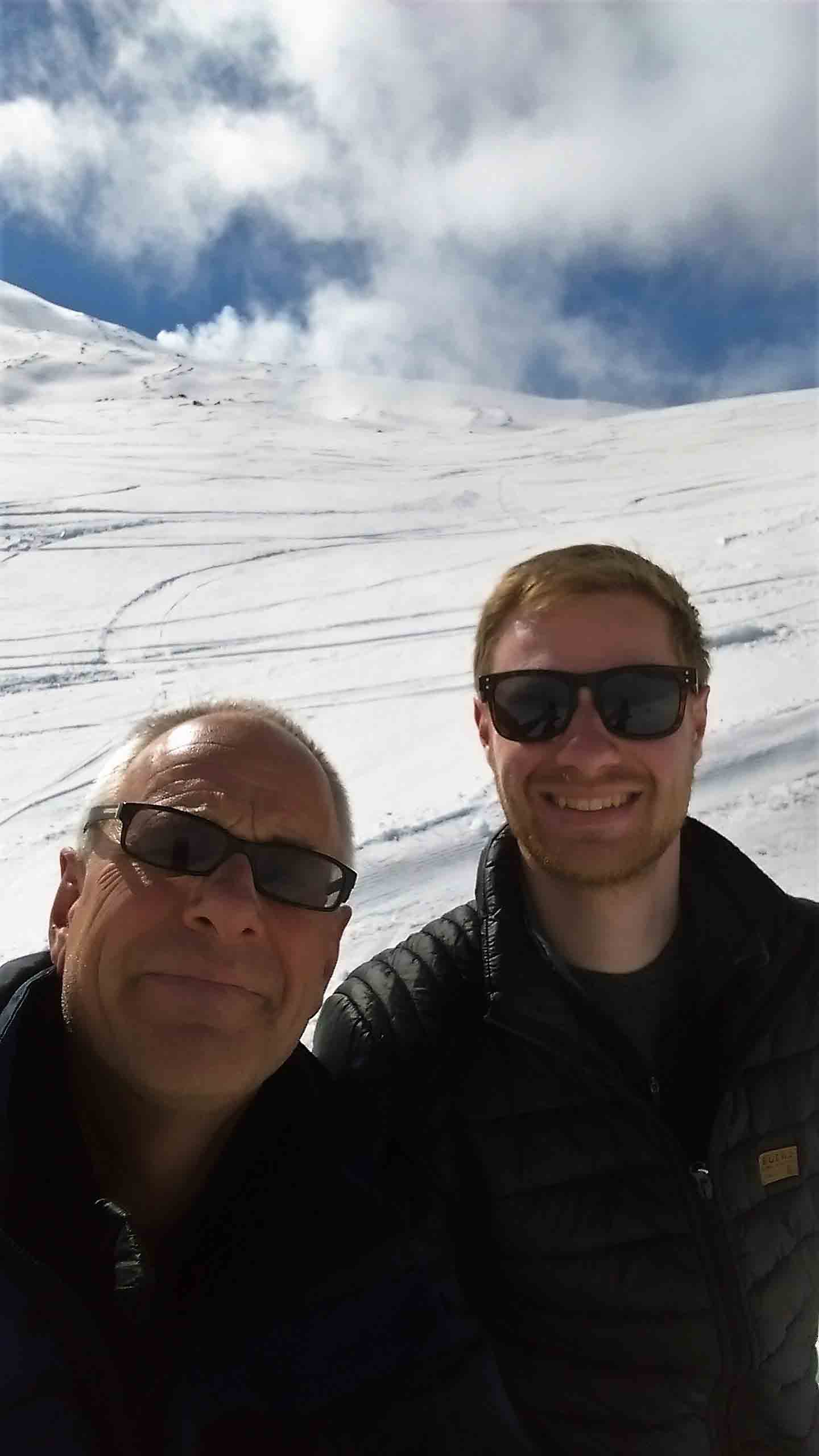
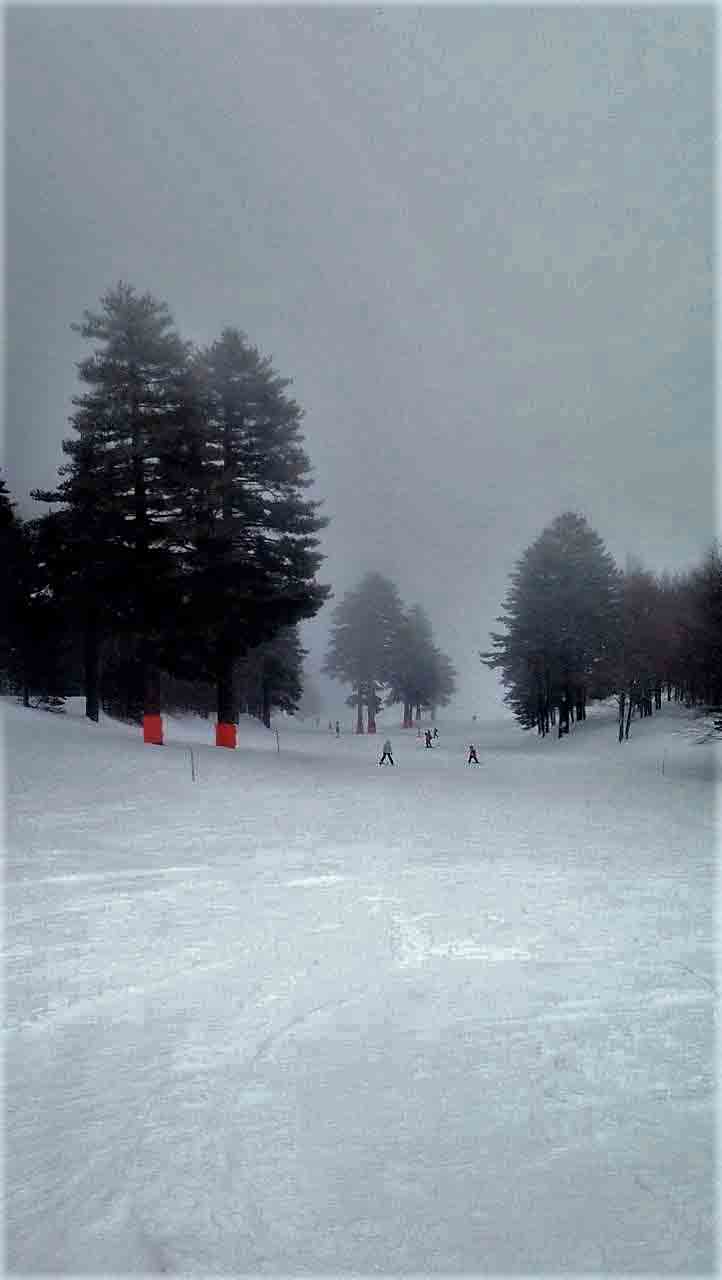
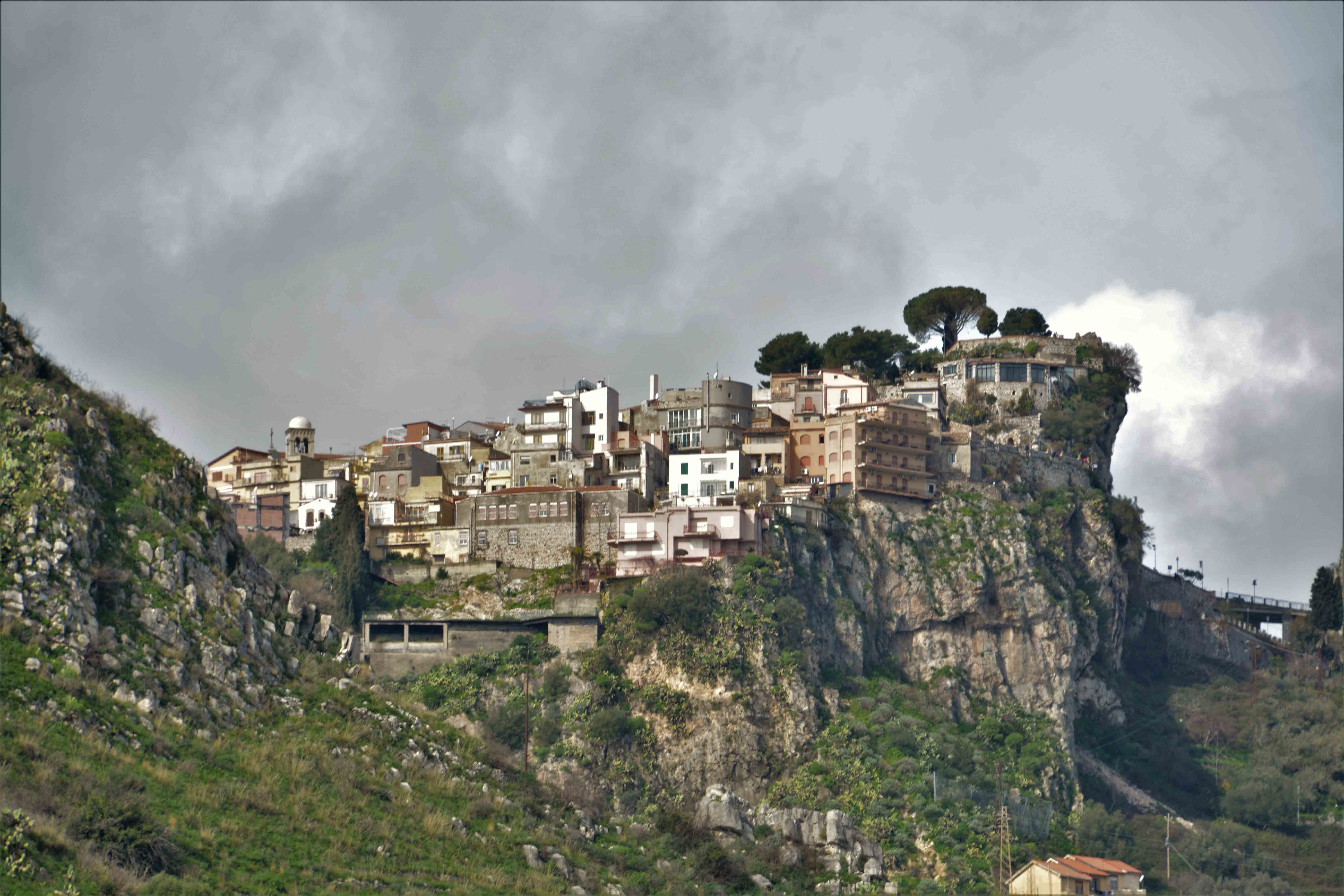
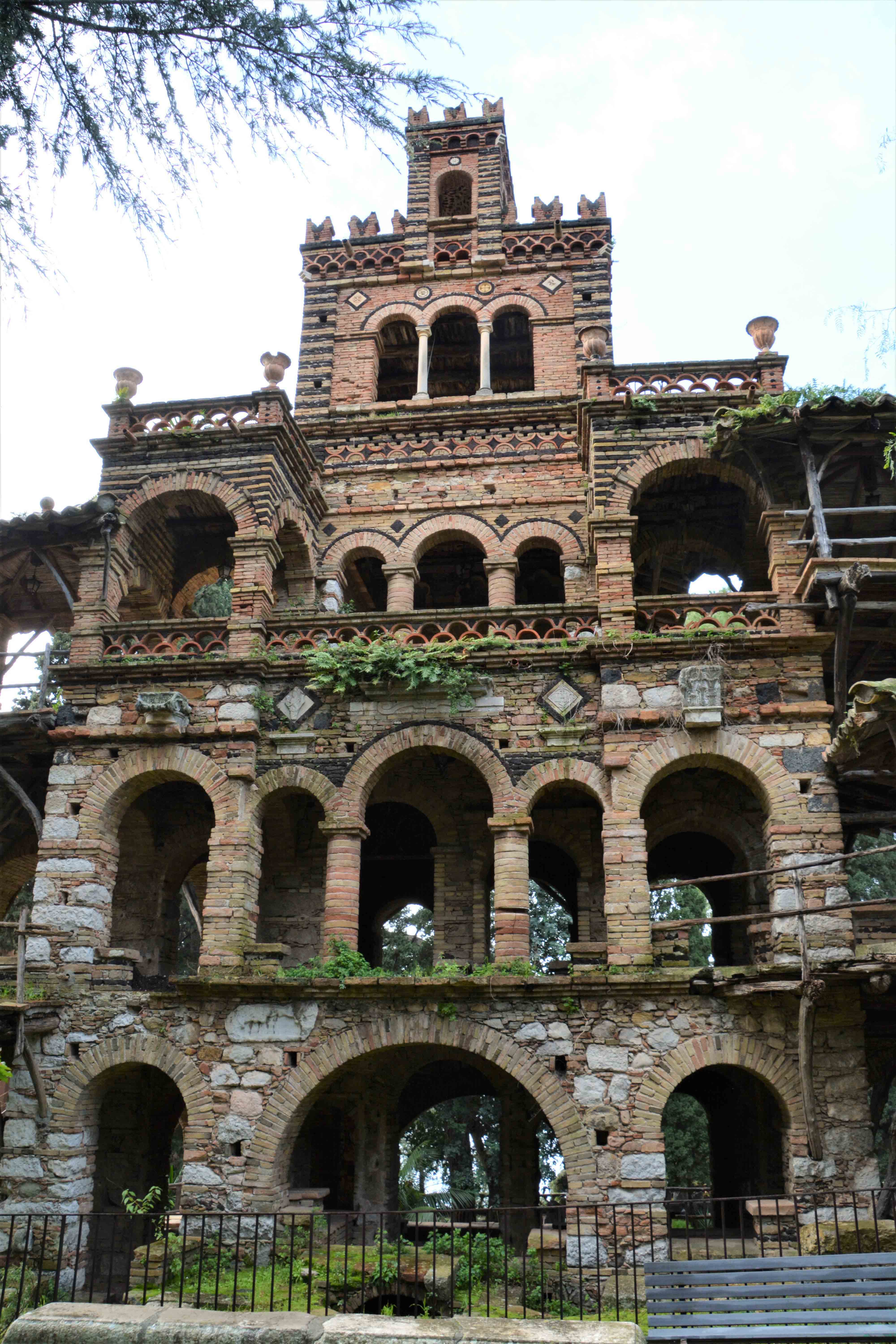
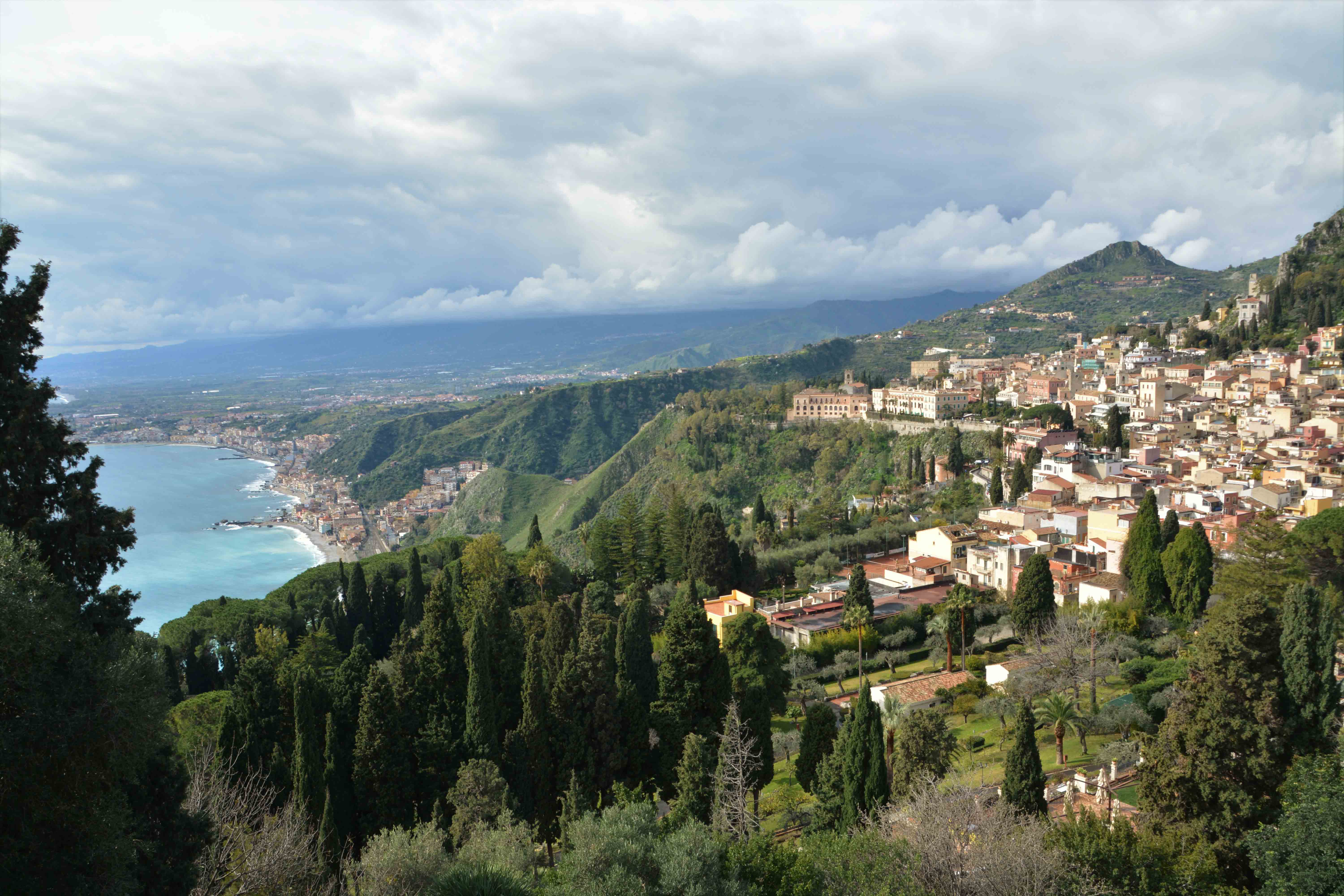 The views are truly fabulous, the Greek/Roman theatre is hugely impressive and the vertigo inducing drops at every turn add to the drama.
The views are truly fabulous, the Greek/Roman theatre is hugely impressive and the vertigo inducing drops at every turn add to the drama.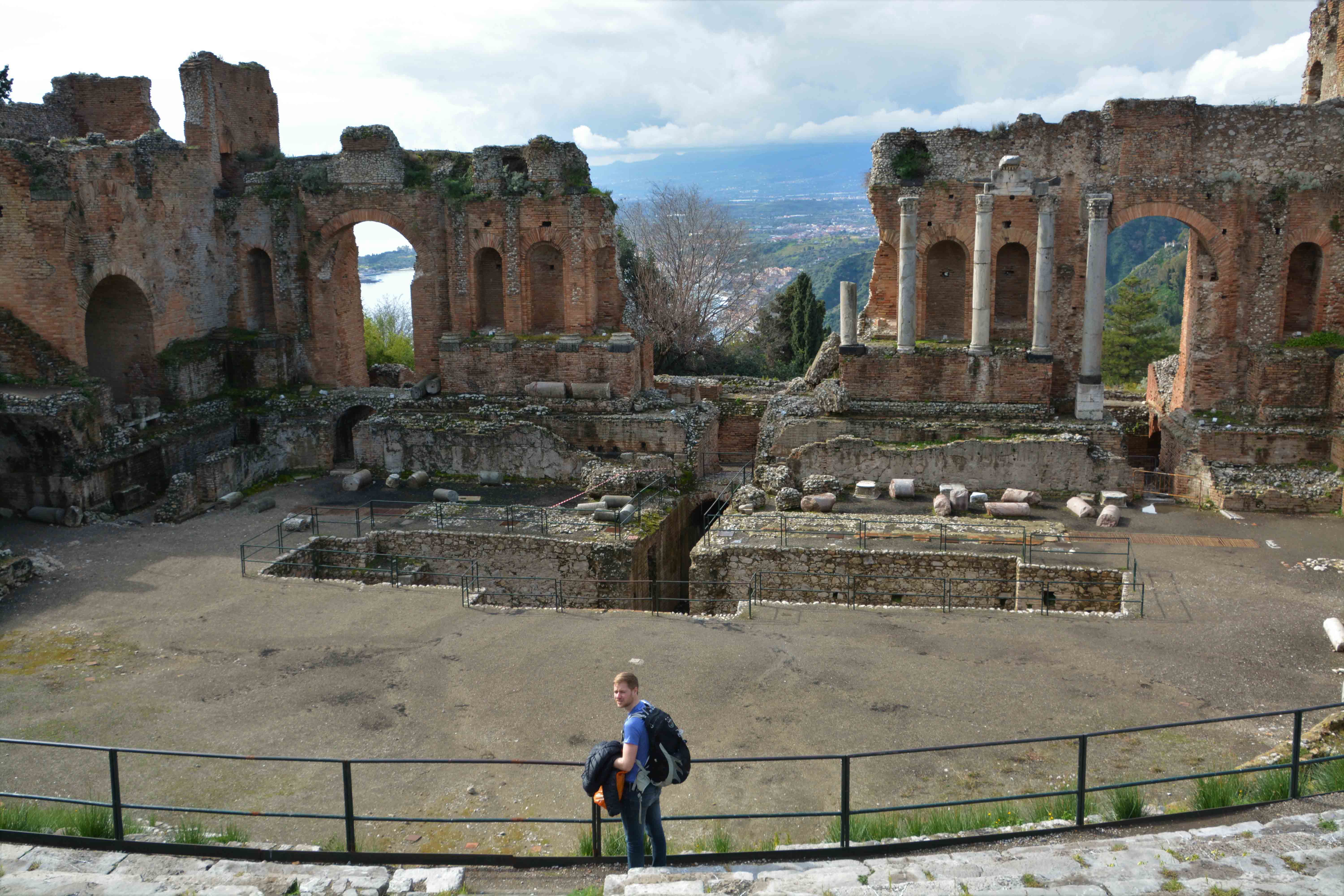
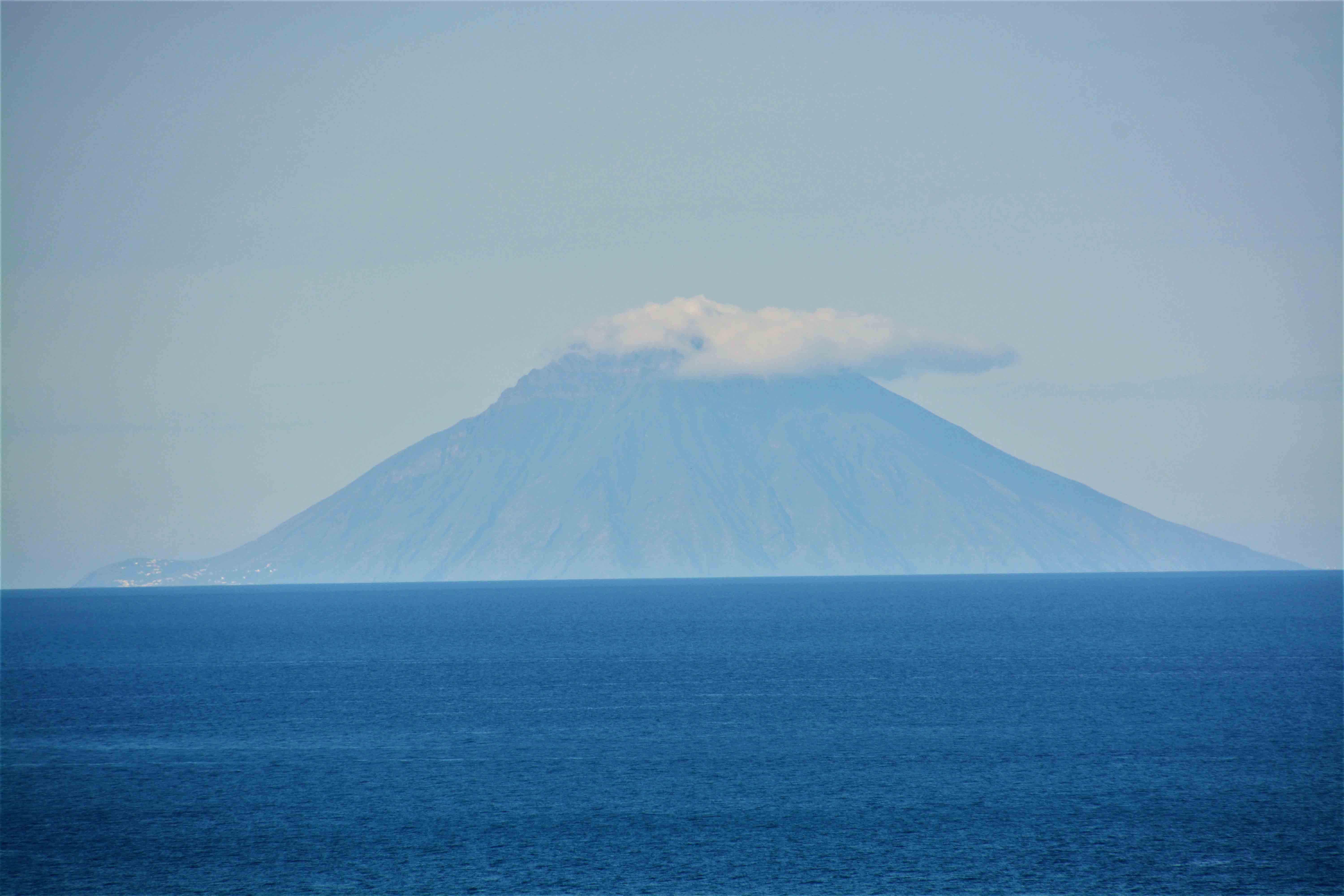 This isn’t Vulcano – it’s Stomboli from afar.
This isn’t Vulcano – it’s Stomboli from afar.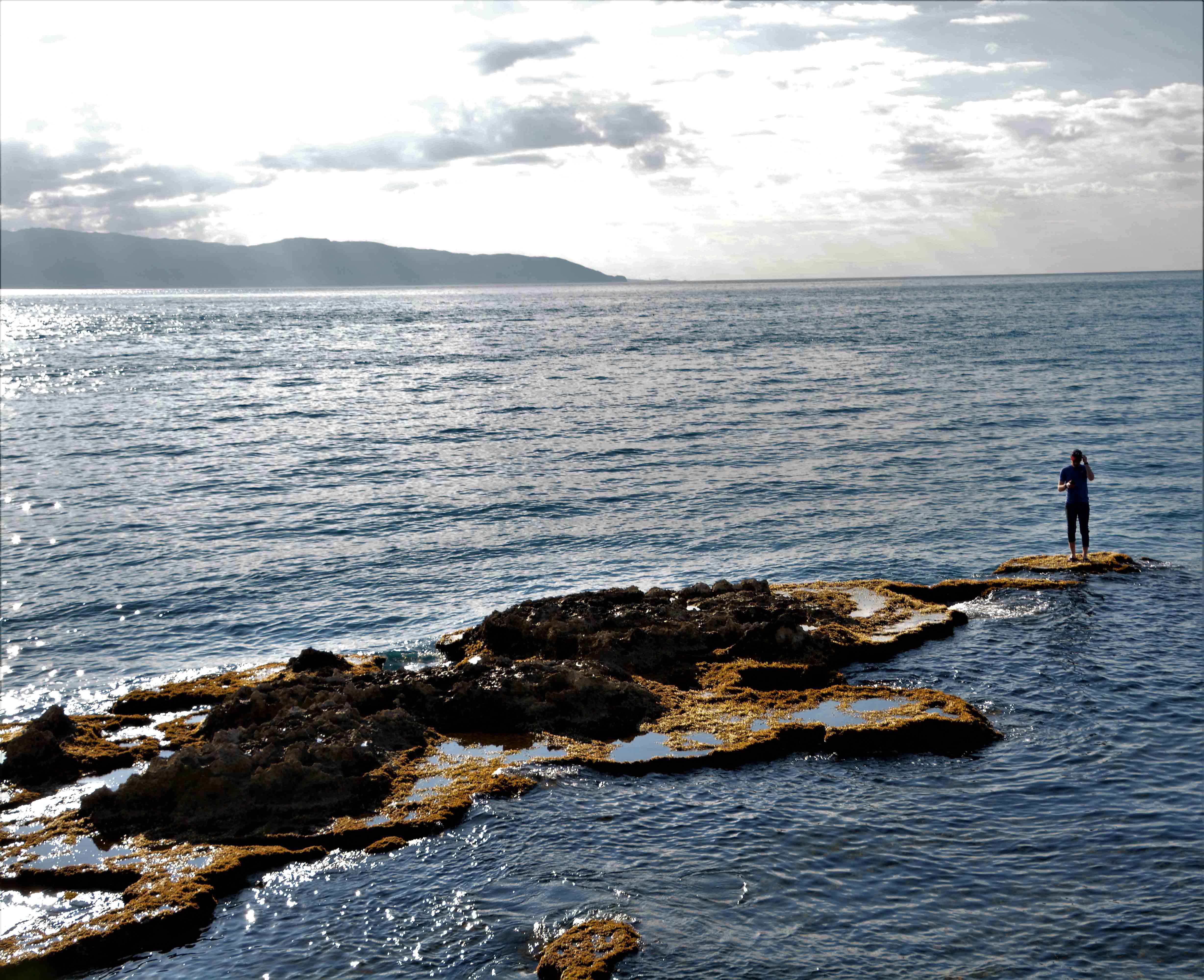 After an afternoon paddling in the sea, and as we couldn’t make it all the way to Stromboli in the time we had, we headed off from Milazzo on the hydrofoil for the 45 minute trip to Vulcano.
After an afternoon paddling in the sea, and as we couldn’t make it all the way to Stromboli in the time we had, we headed off from Milazzo on the hydrofoil for the 45 minute trip to Vulcano.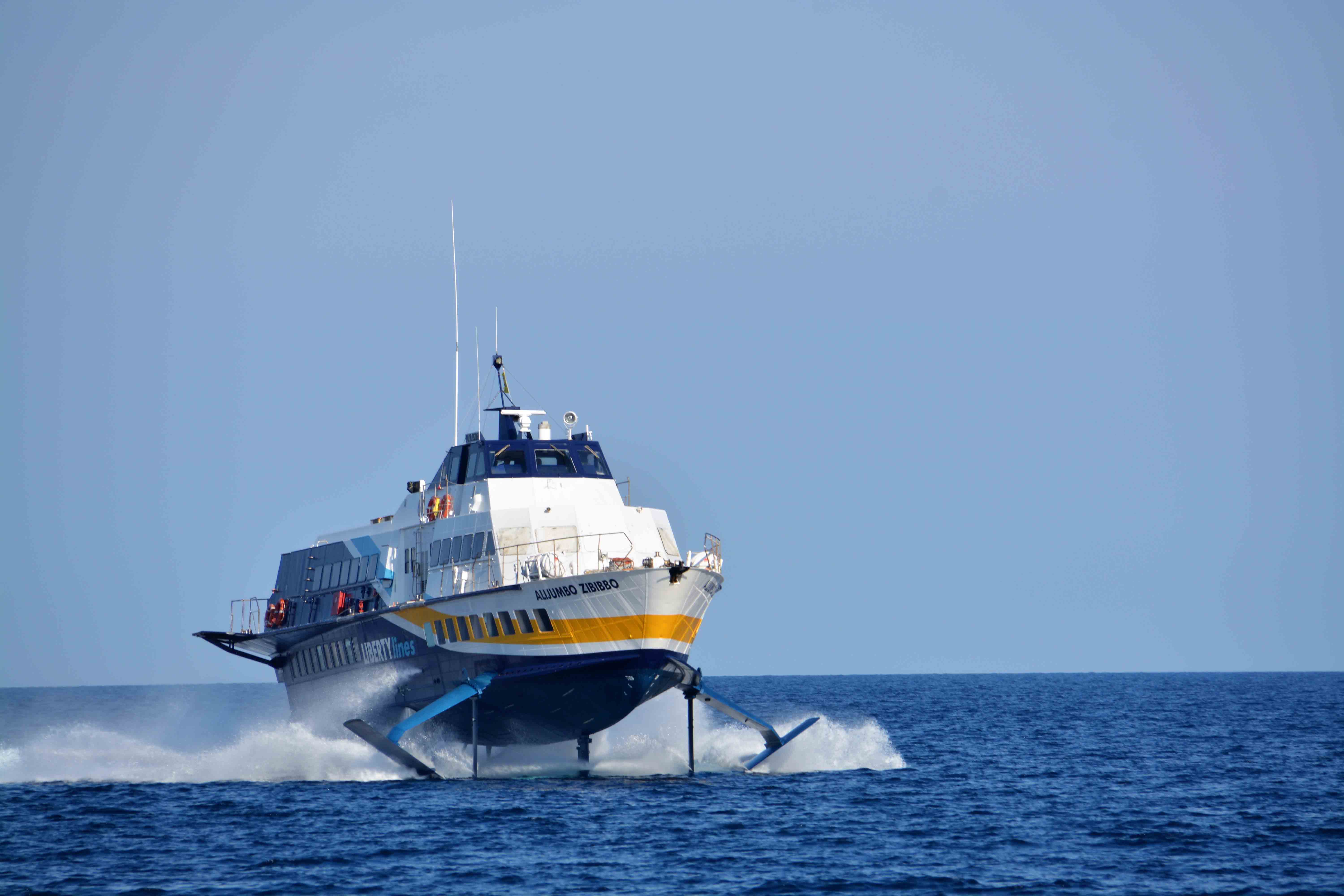
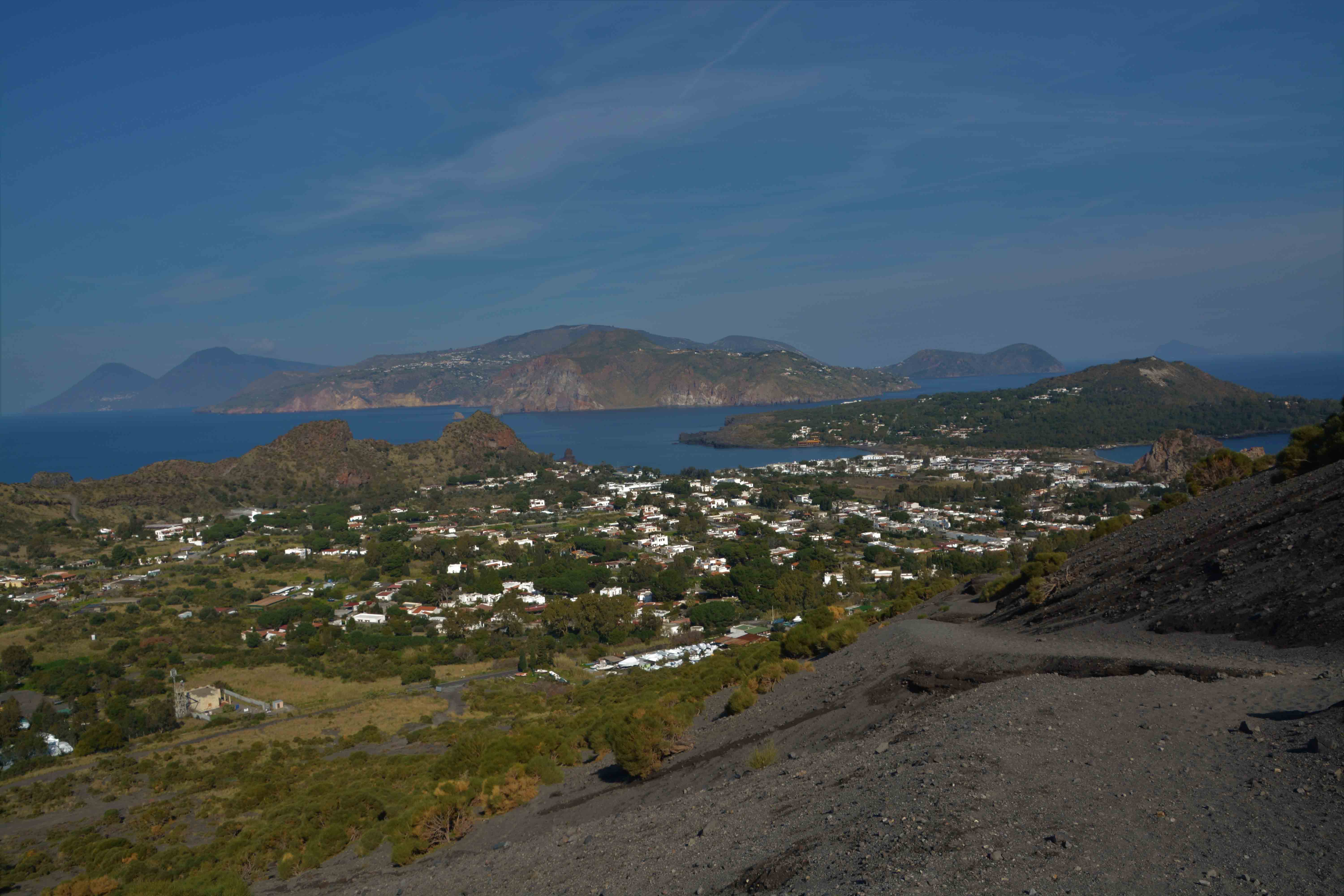
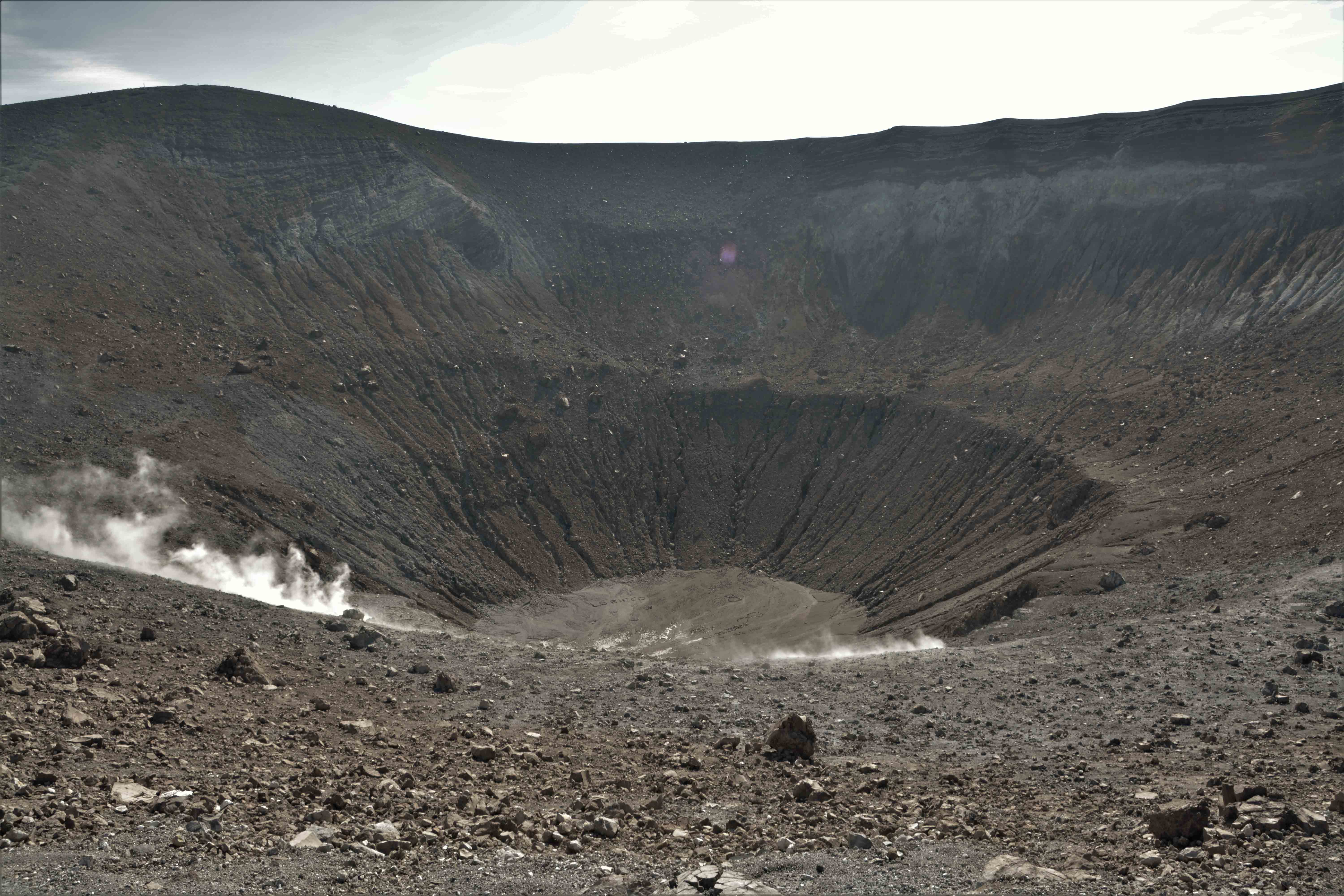
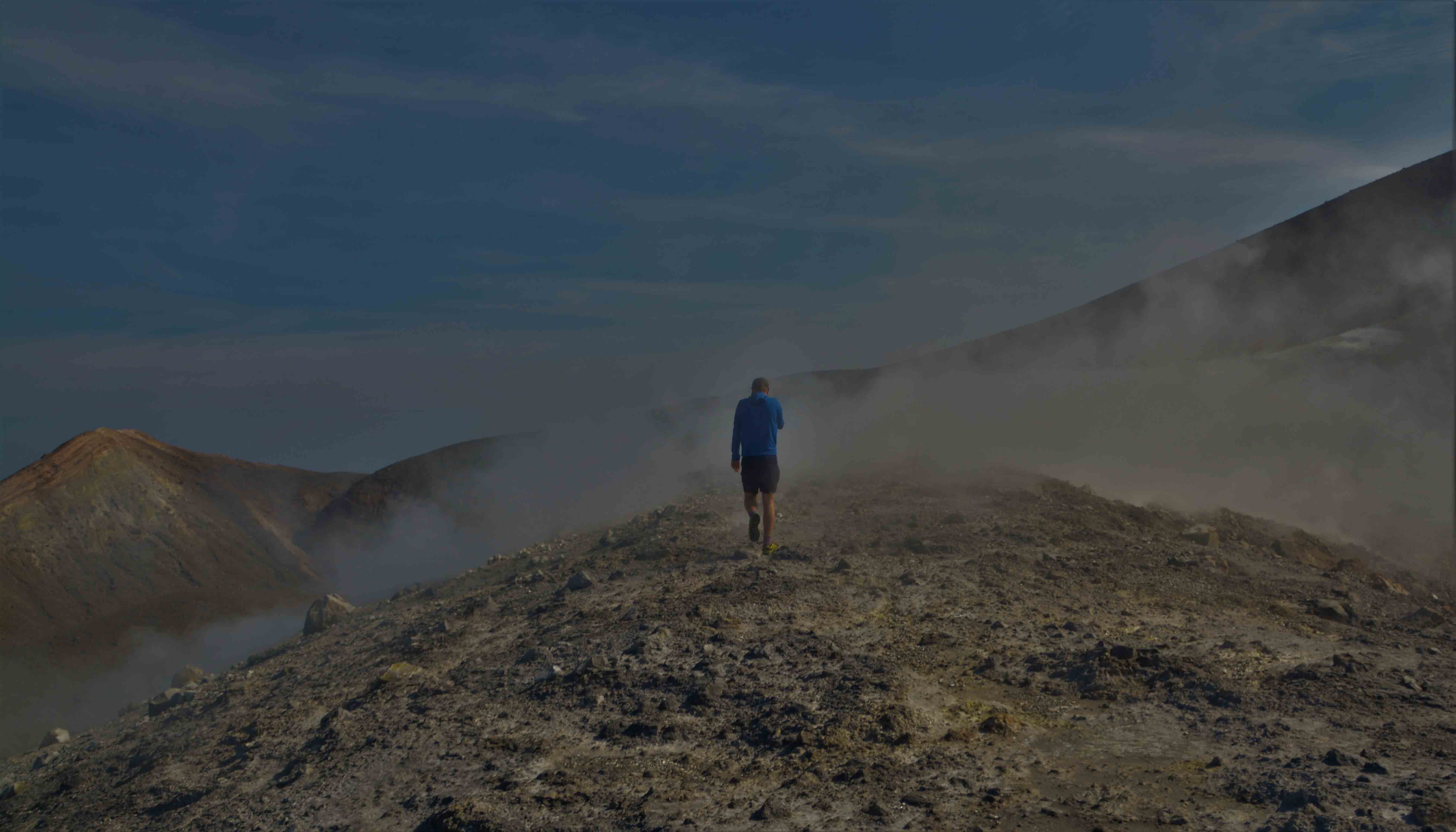 Heading along the edge of the volcano, holding our breath and walking through the clouds of sulphurous steam and then further up to the main summit was quite an experience.
Heading along the edge of the volcano, holding our breath and walking through the clouds of sulphurous steam and then further up to the main summit was quite an experience.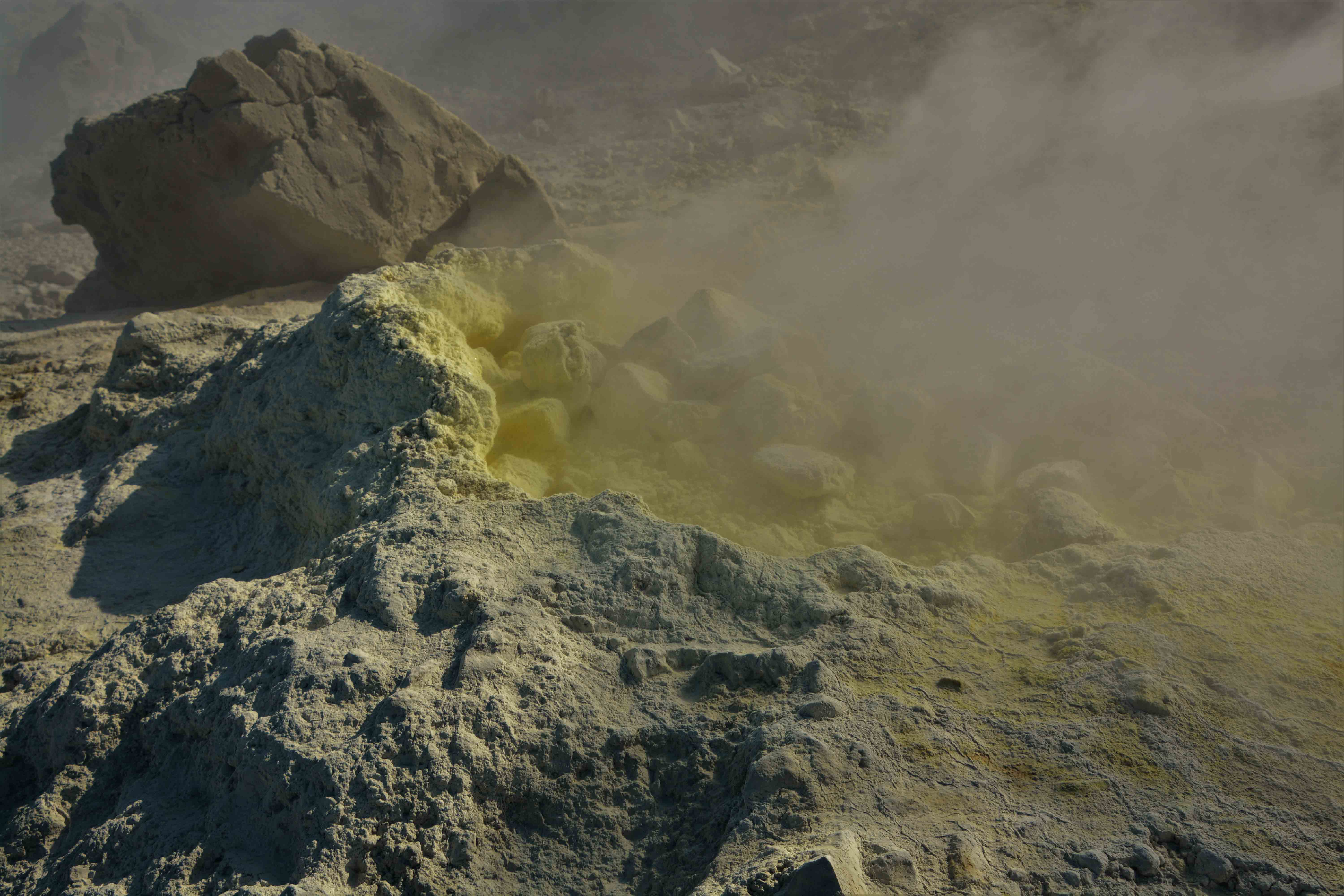
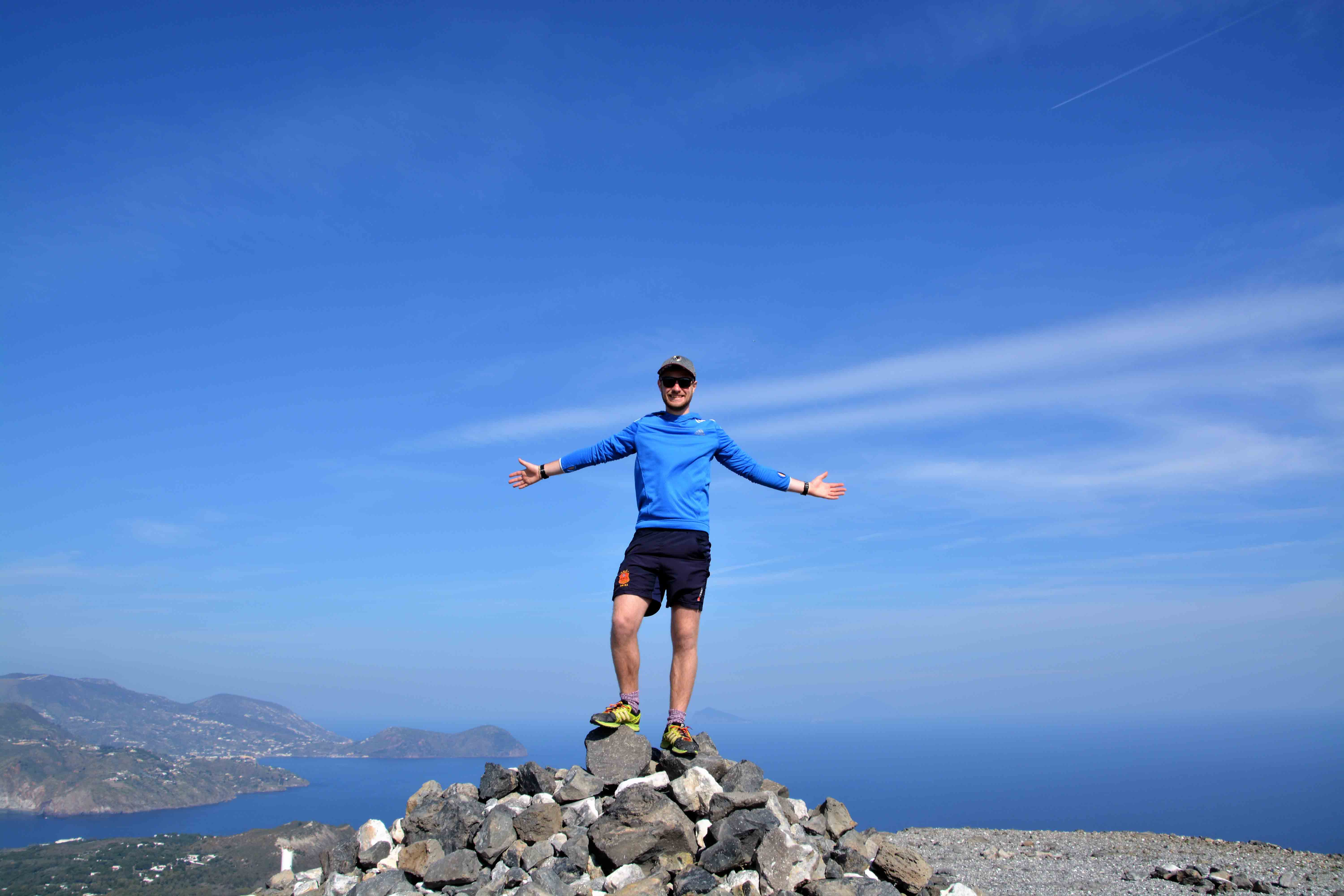
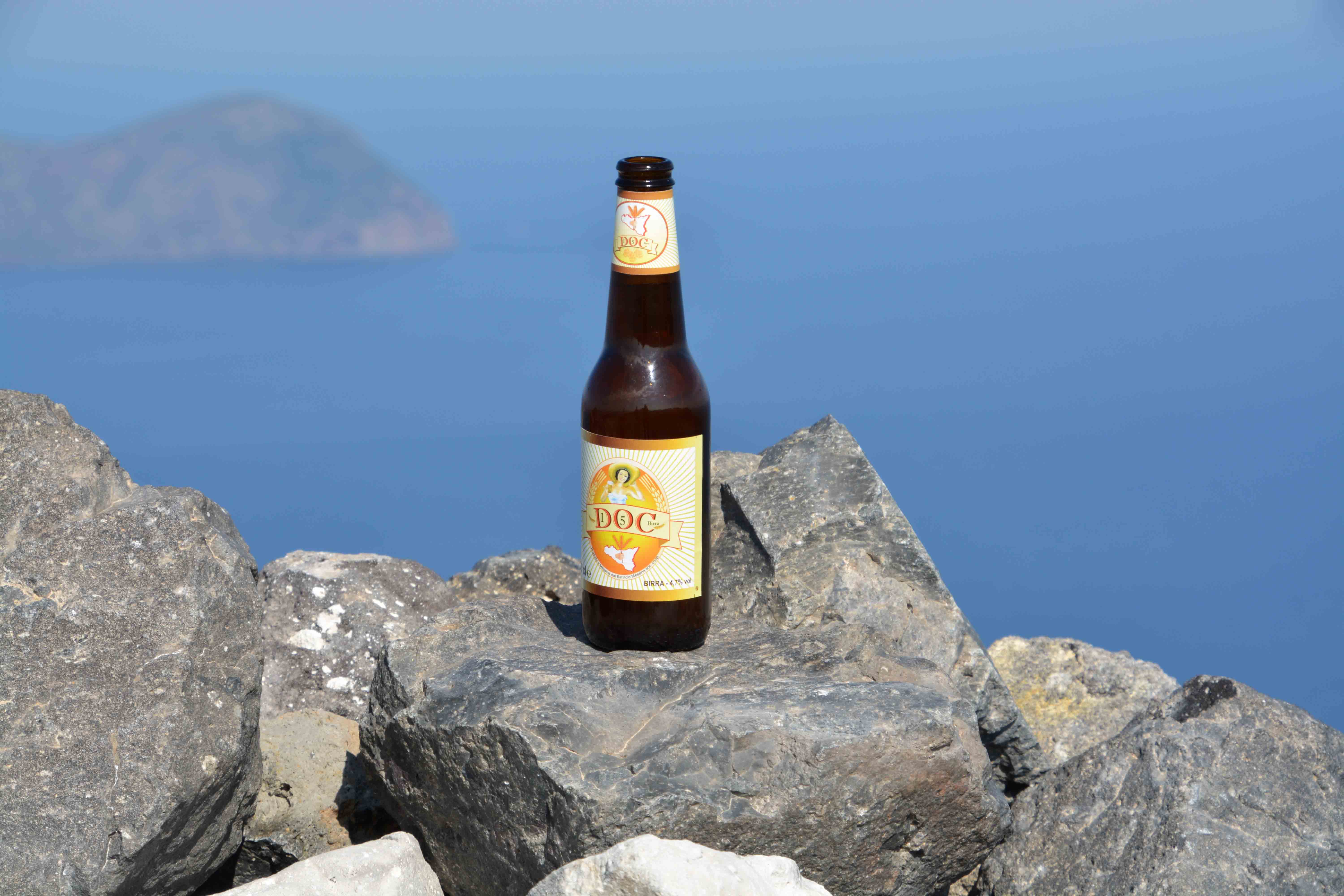
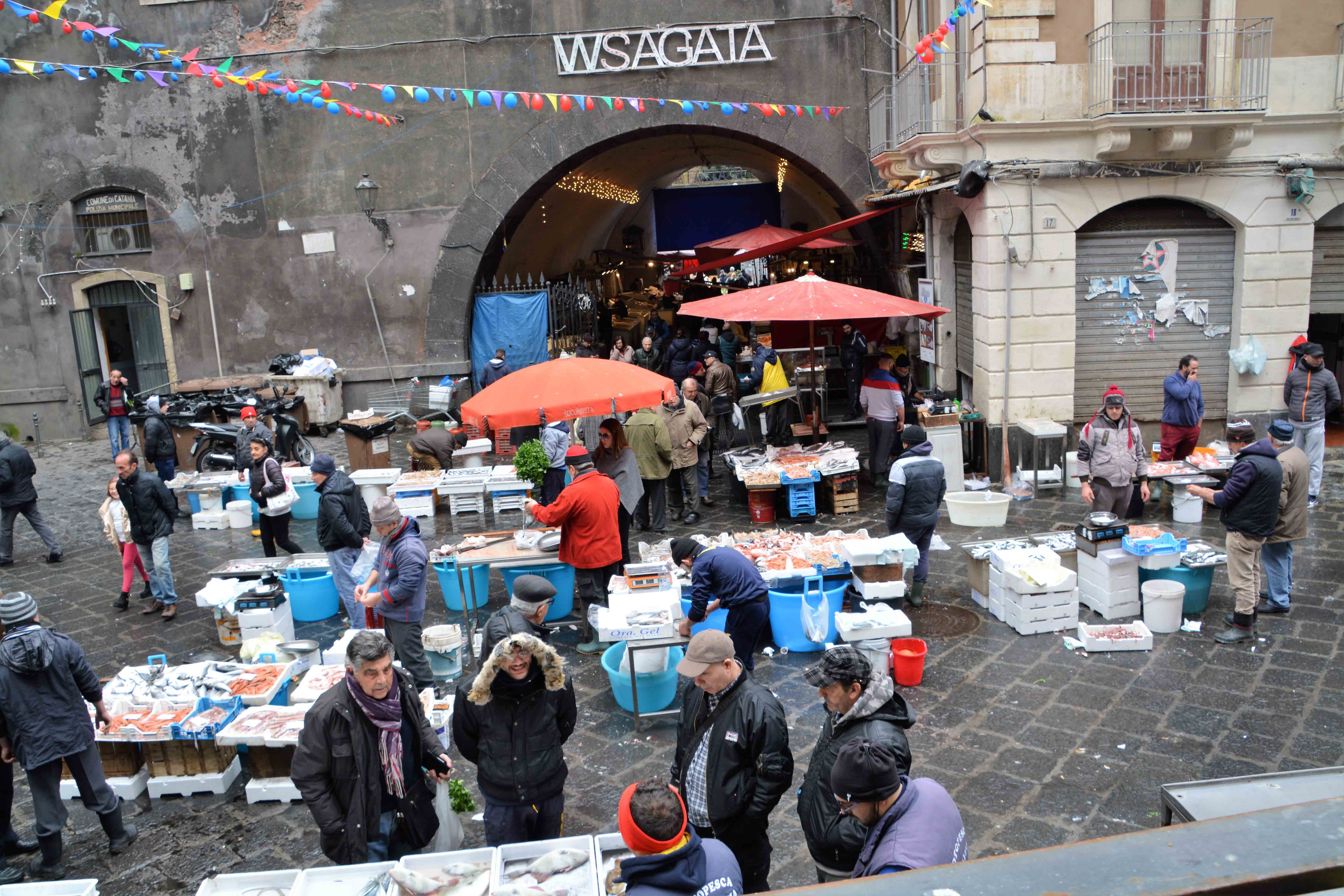
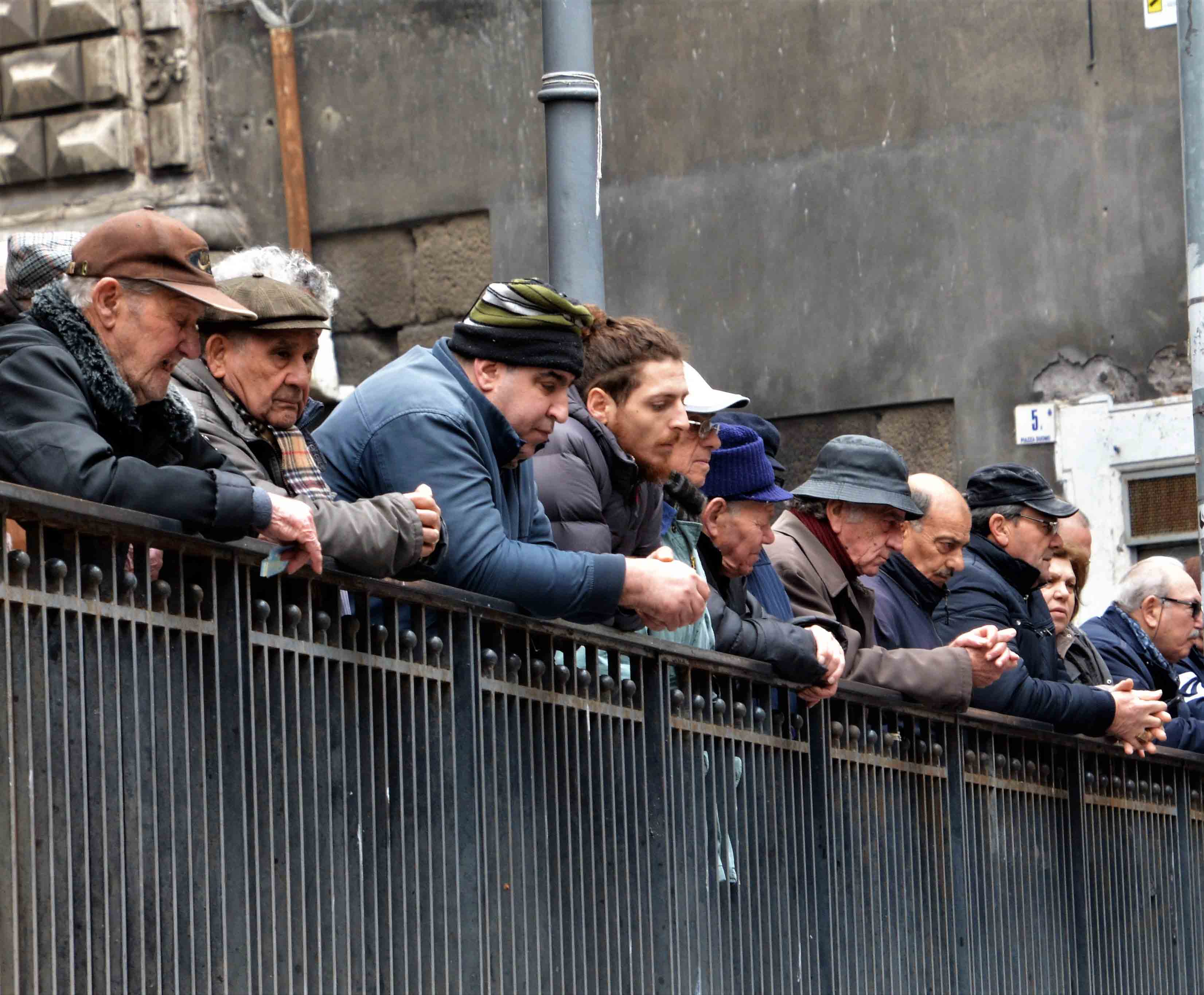 A great way to while away the morning but not many laughs…although this chap was having a blast…
A great way to while away the morning but not many laughs…although this chap was having a blast…